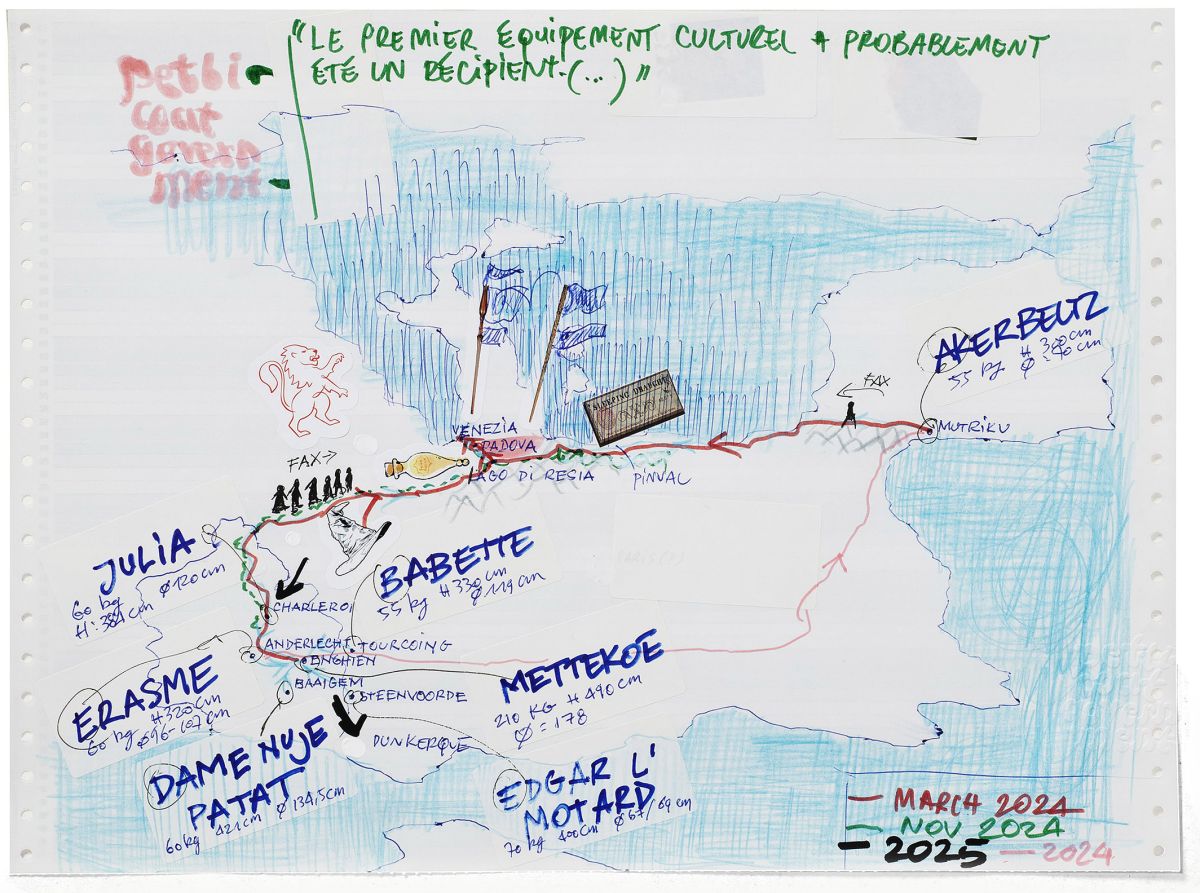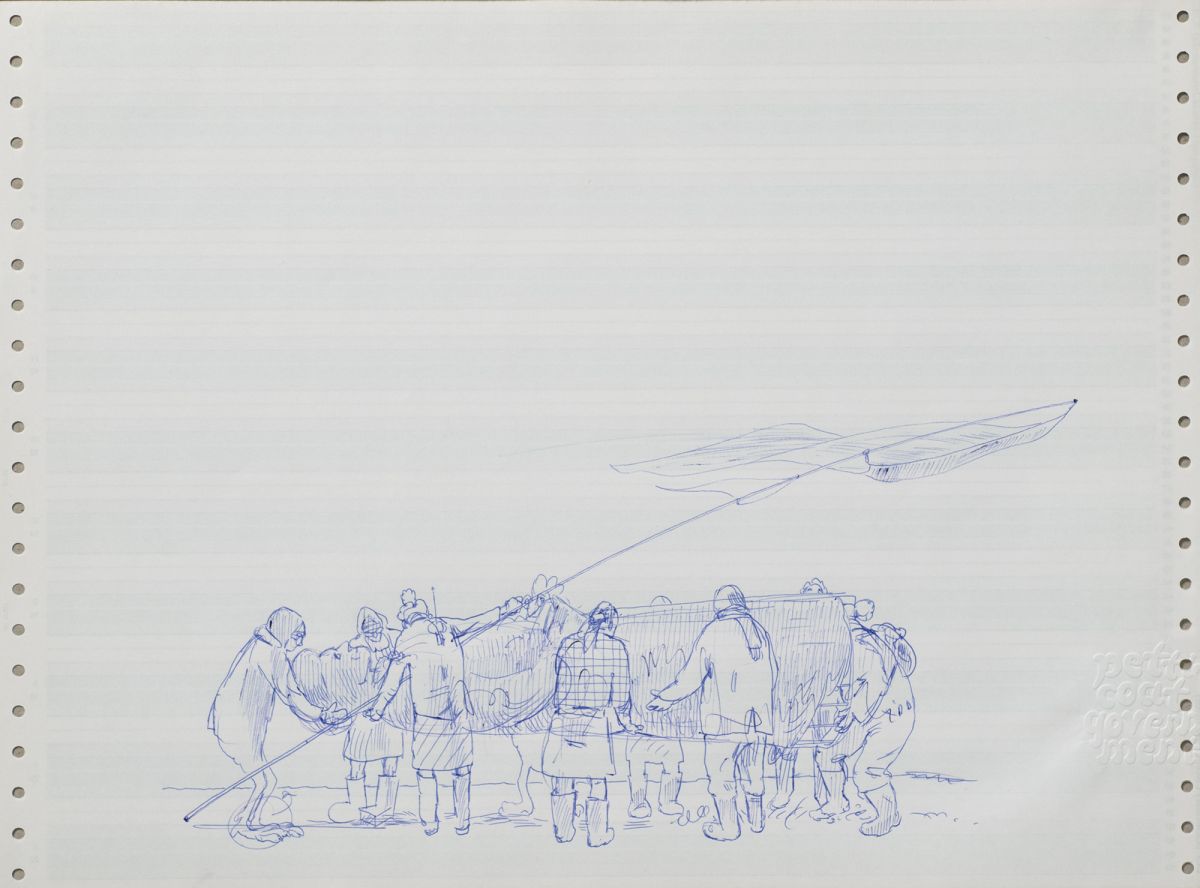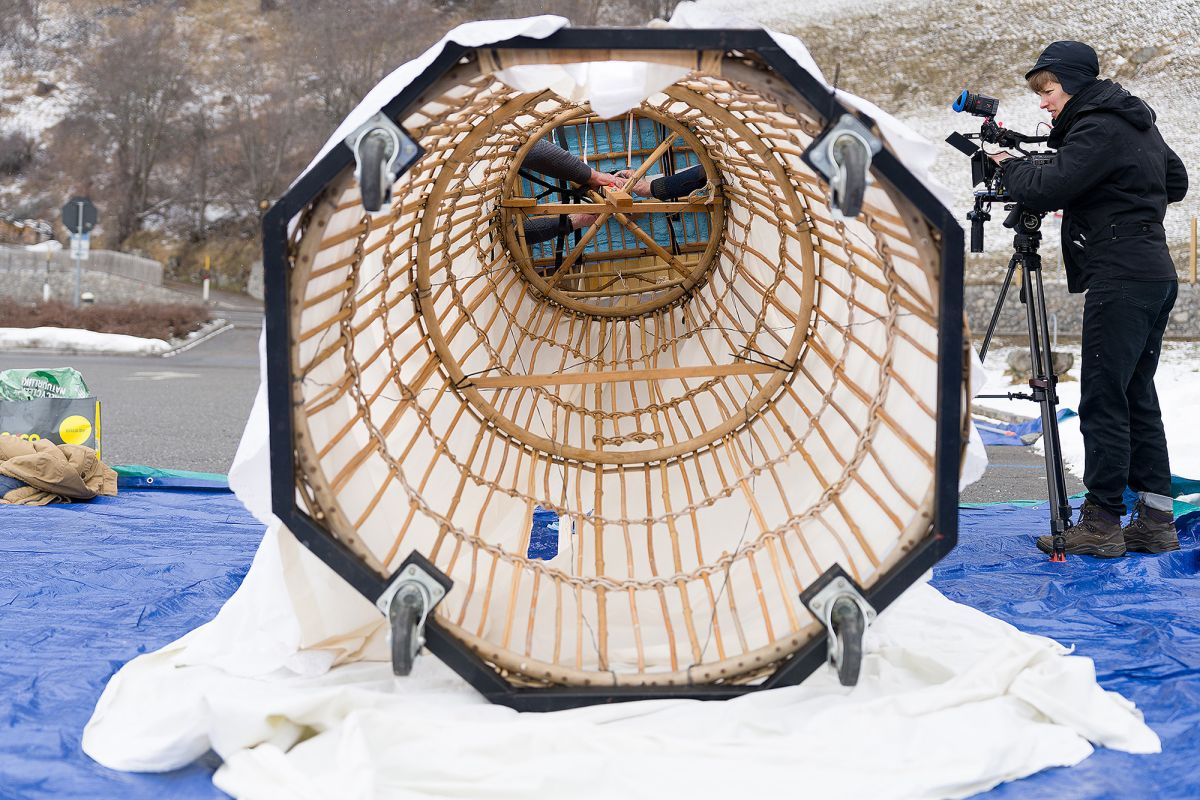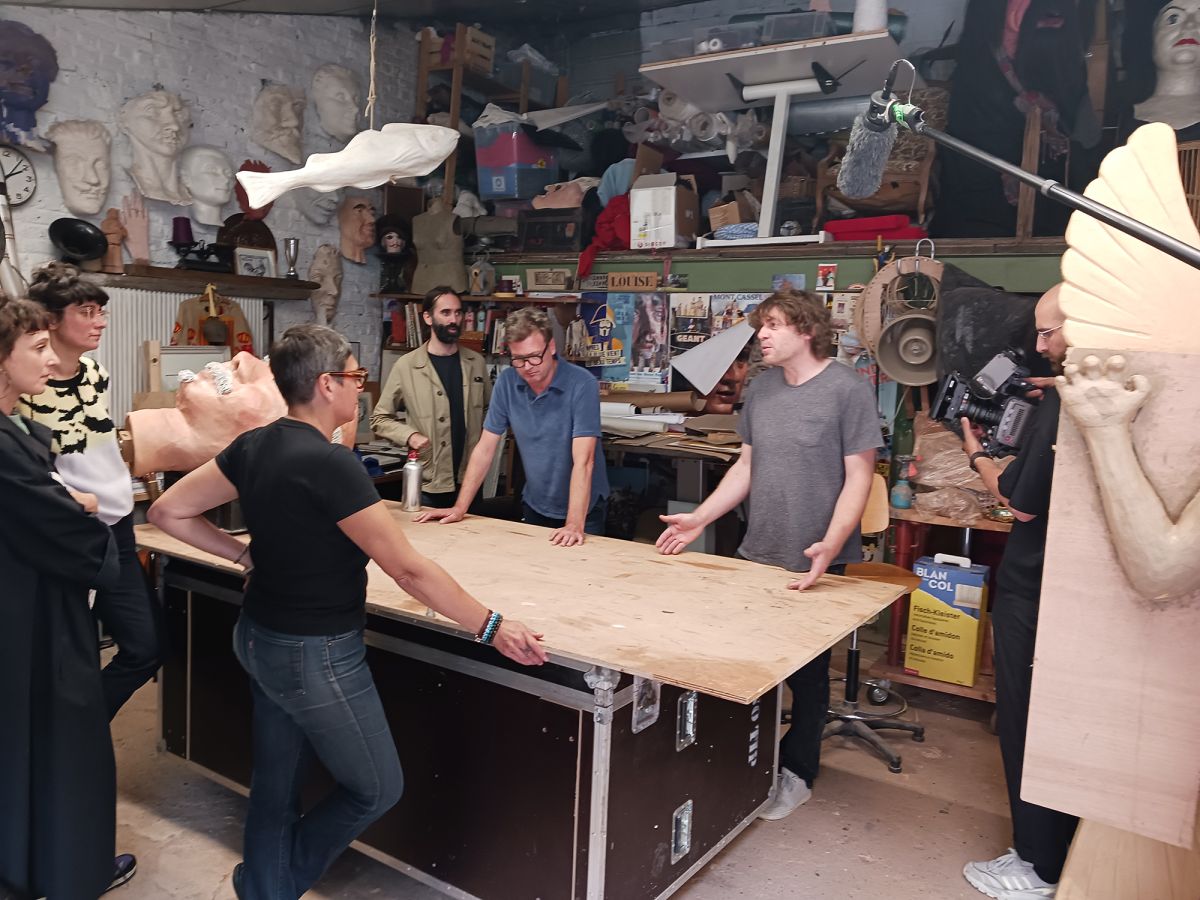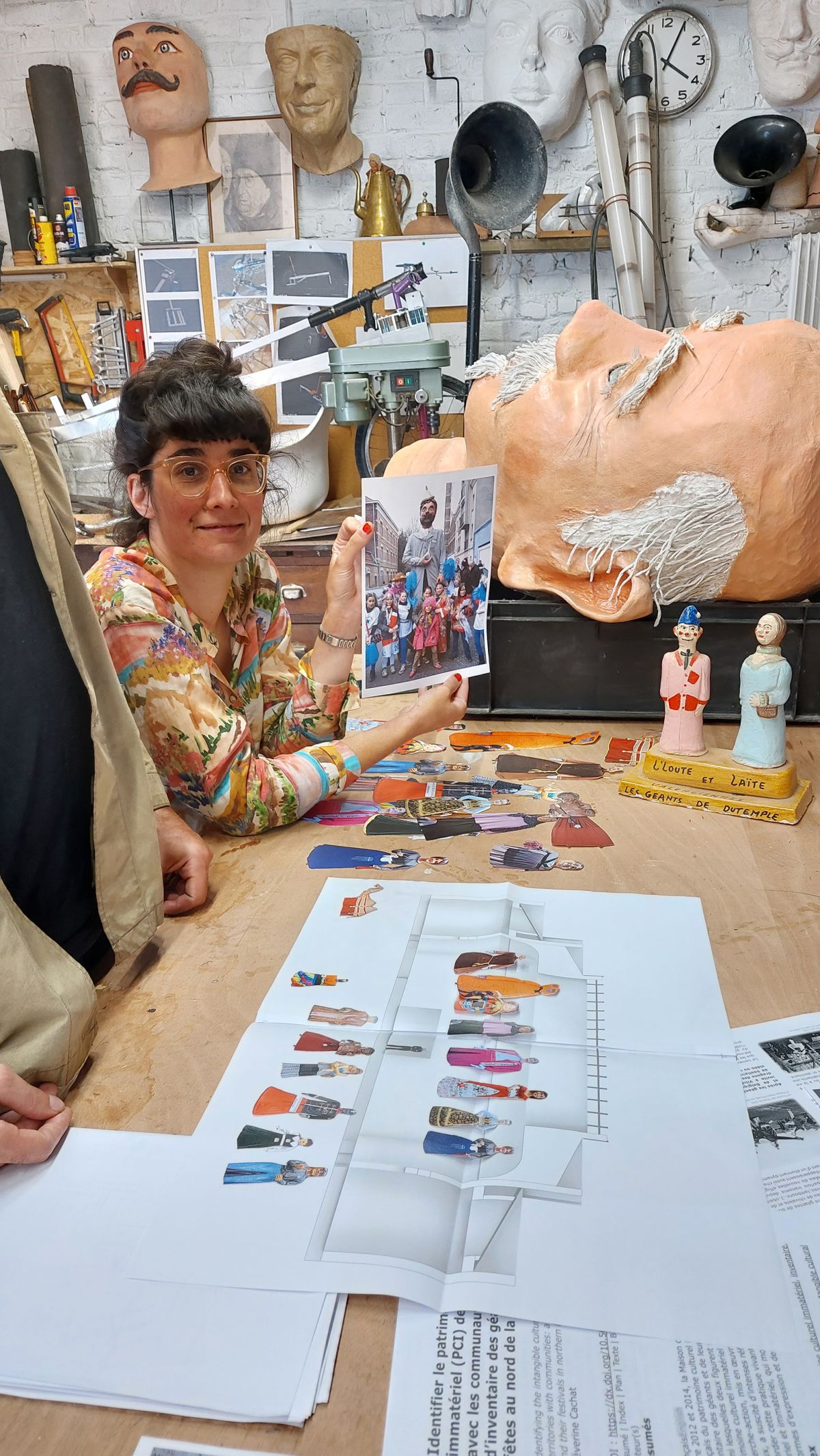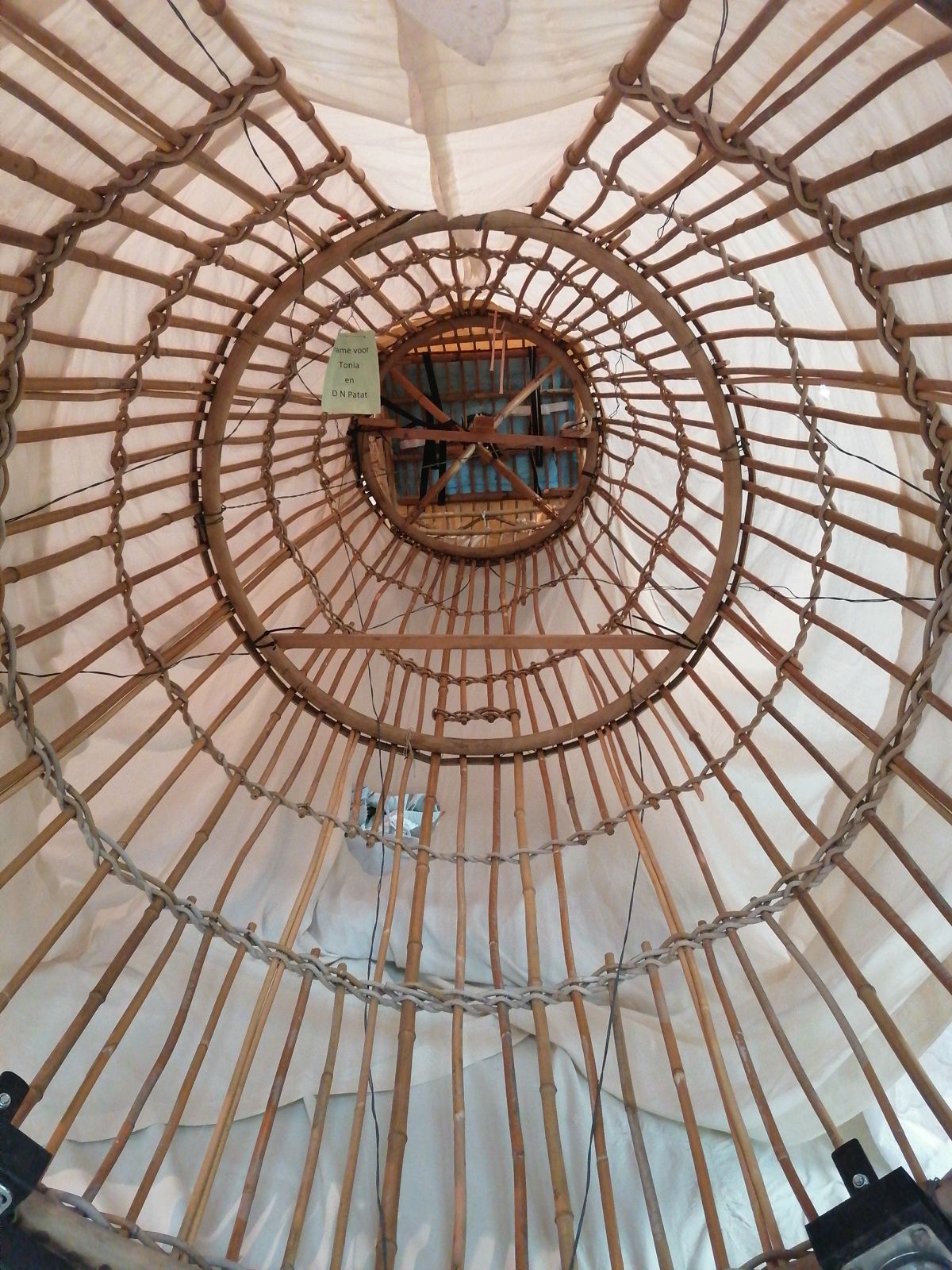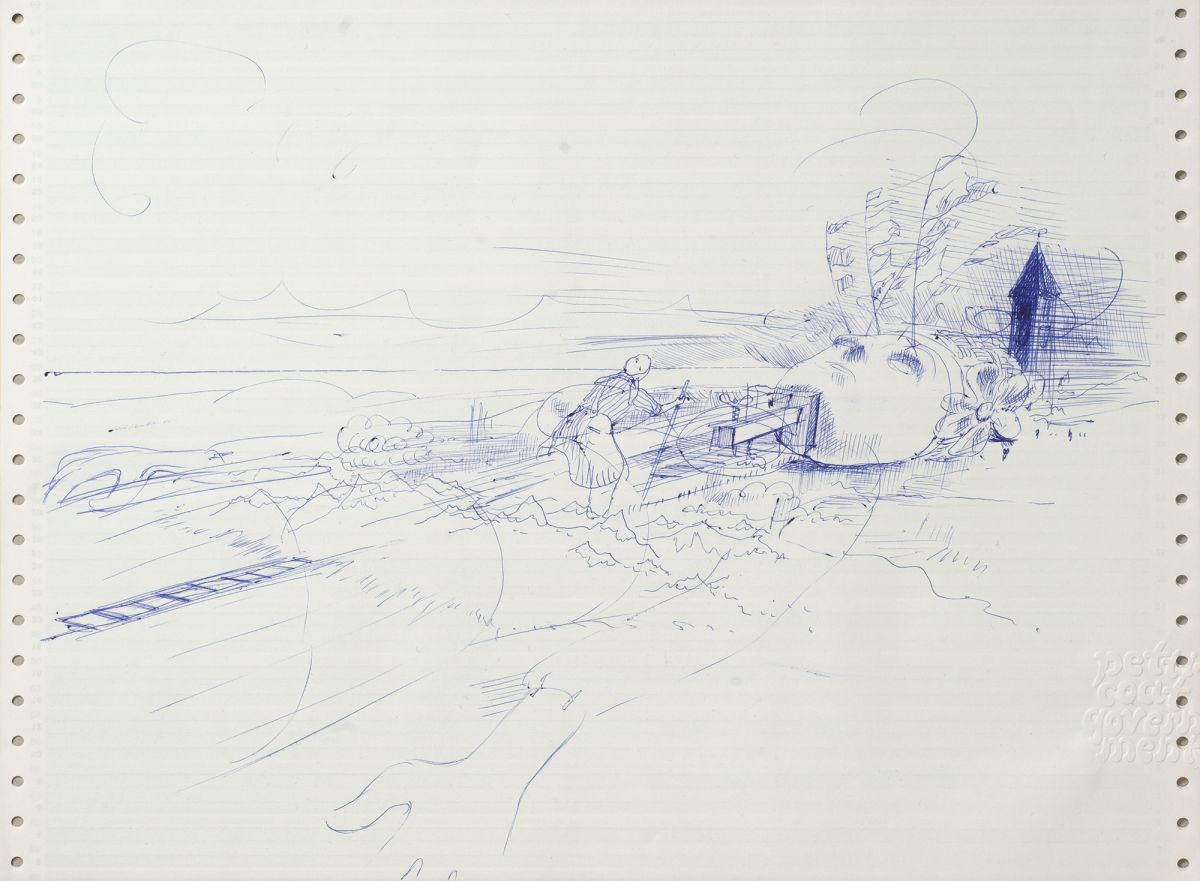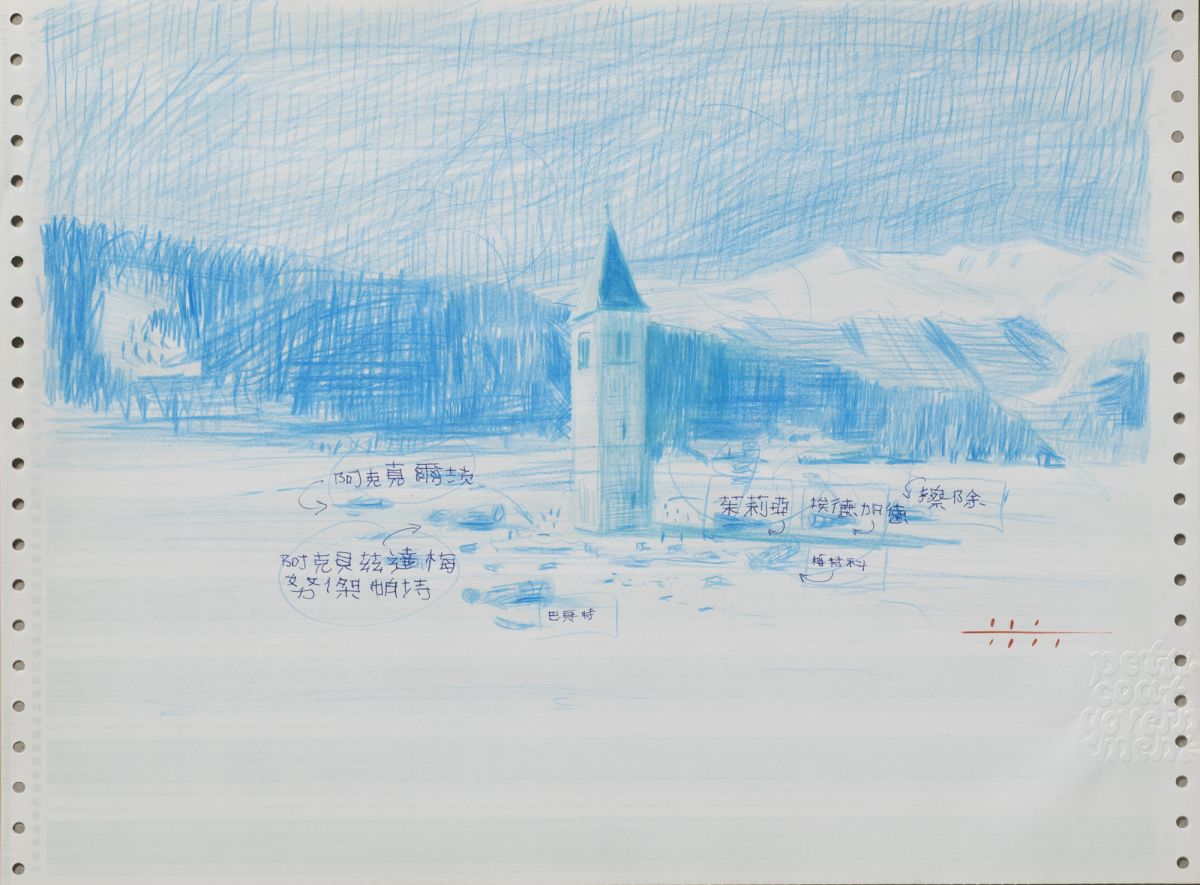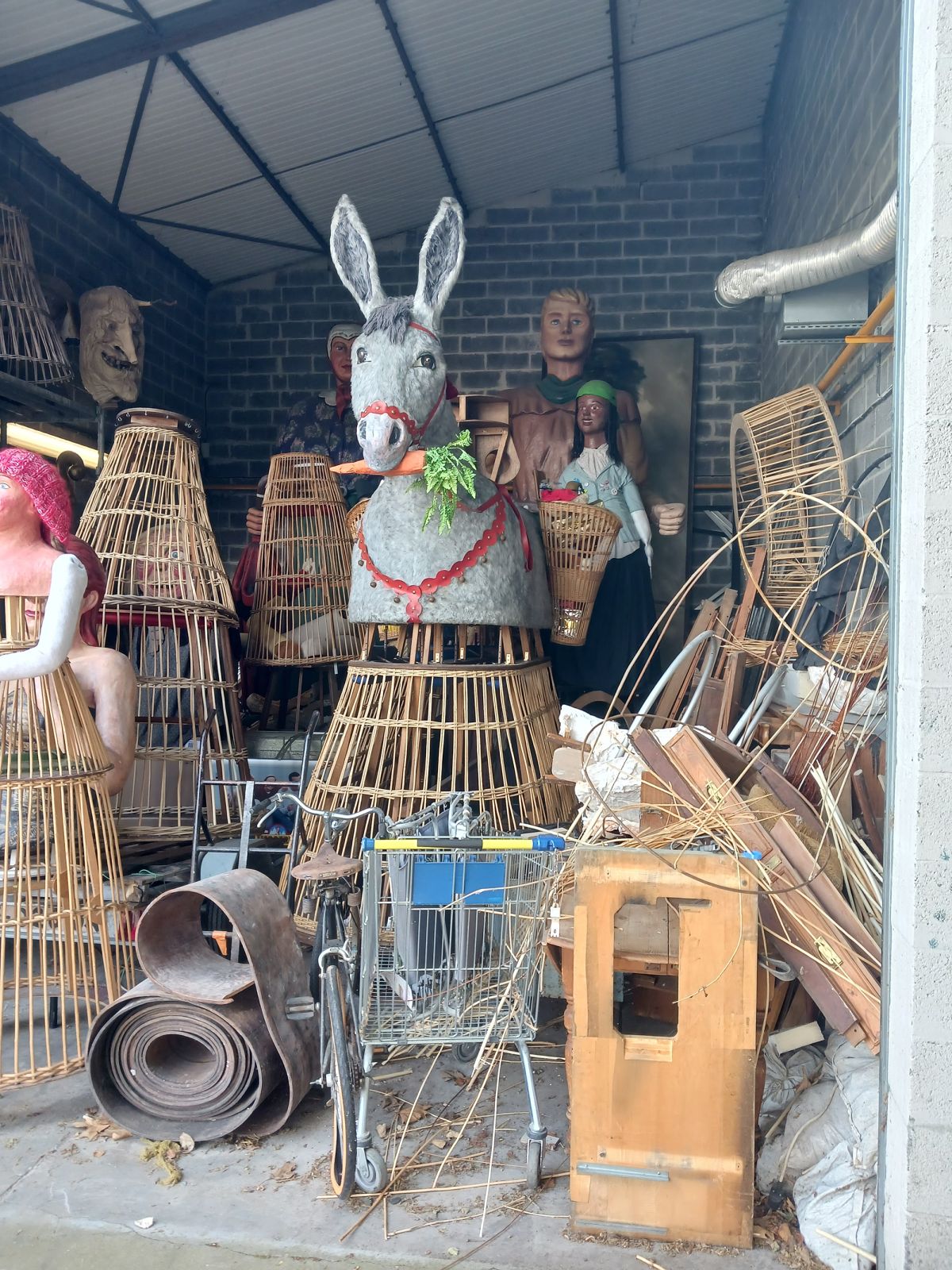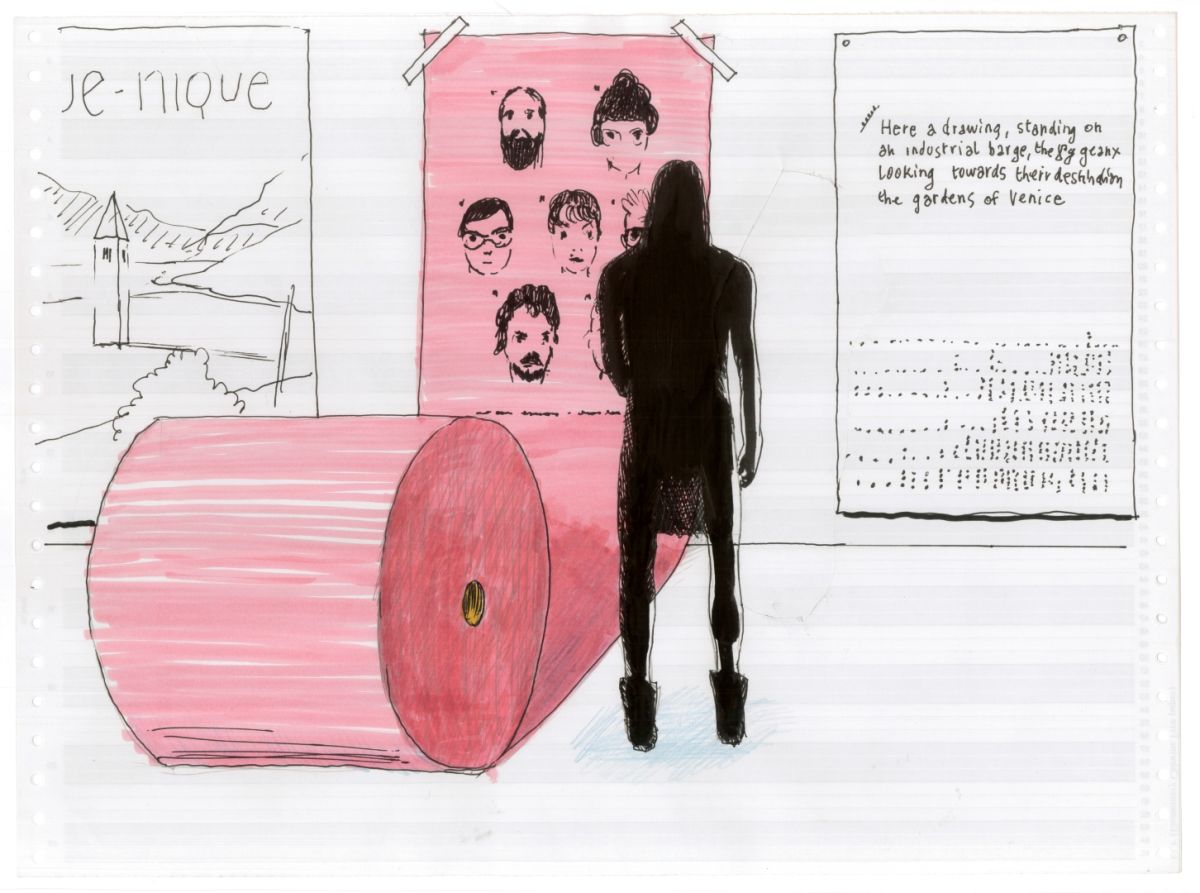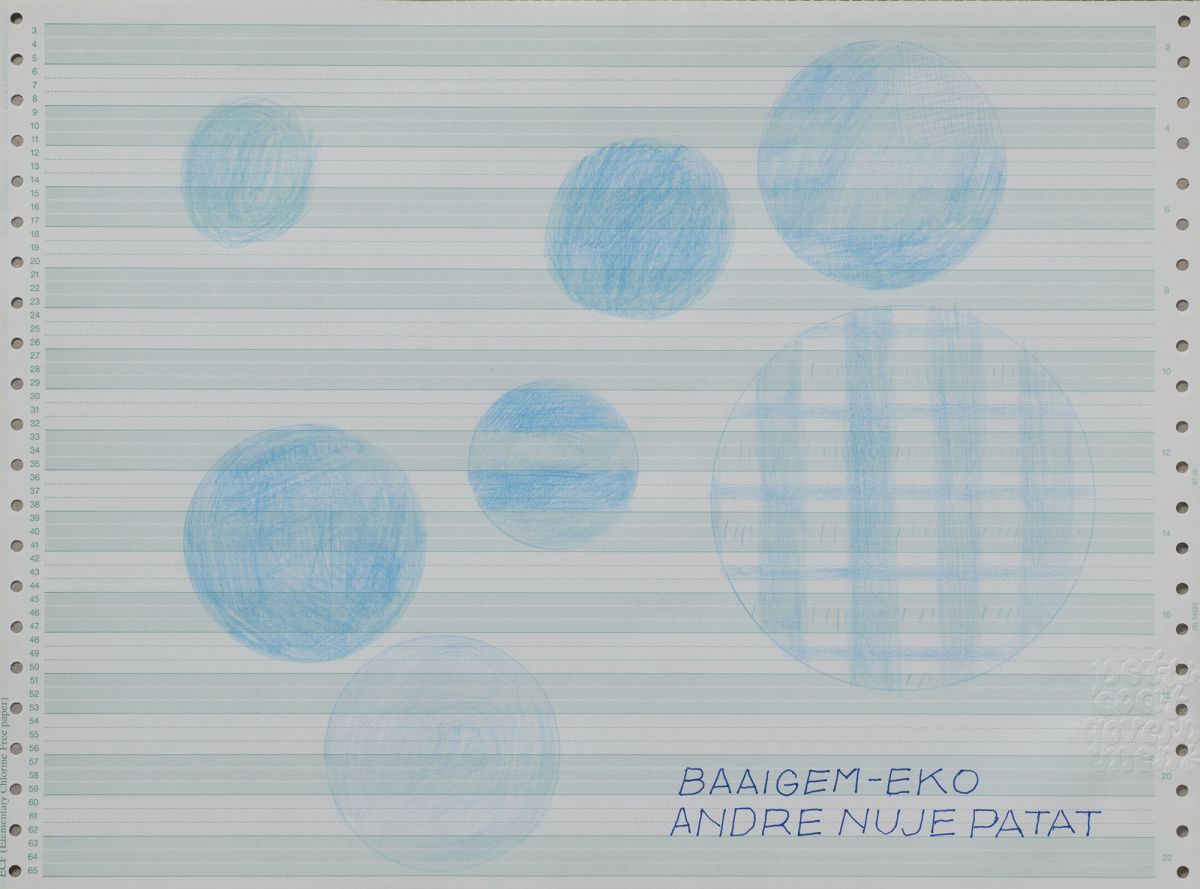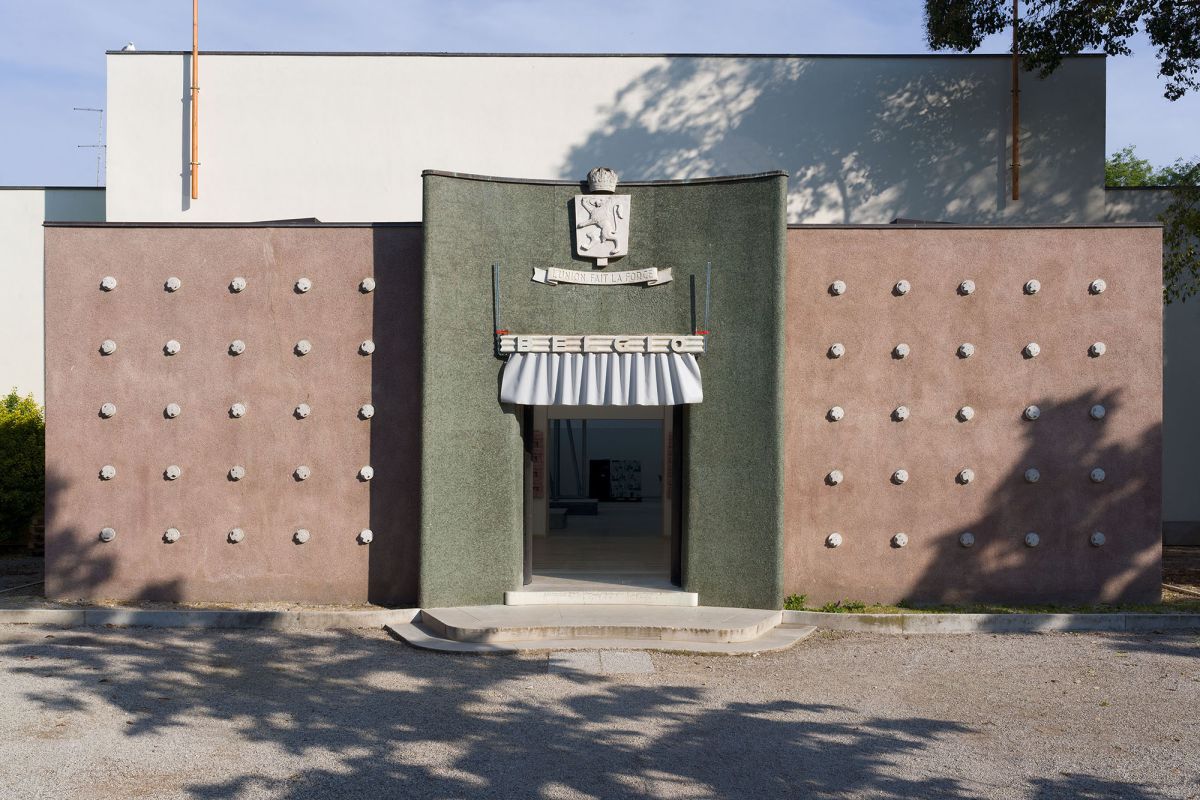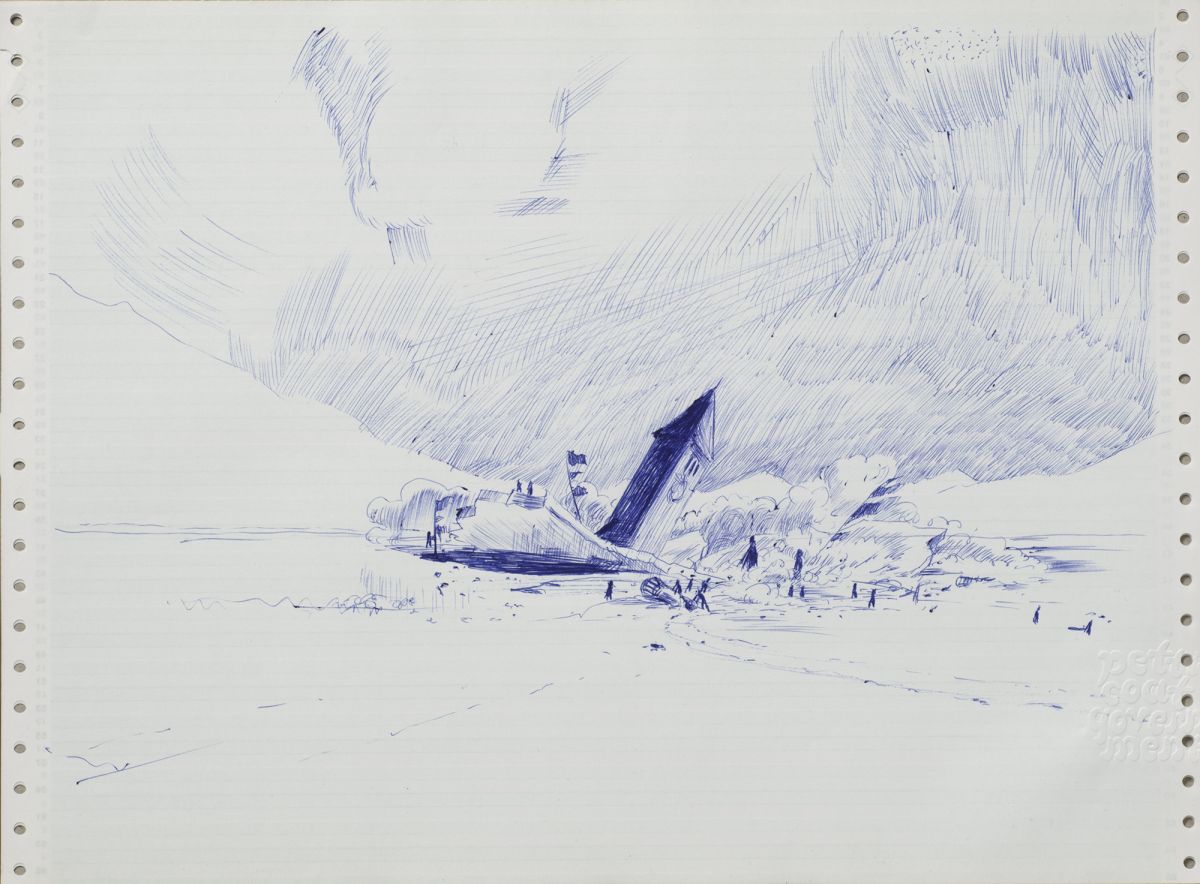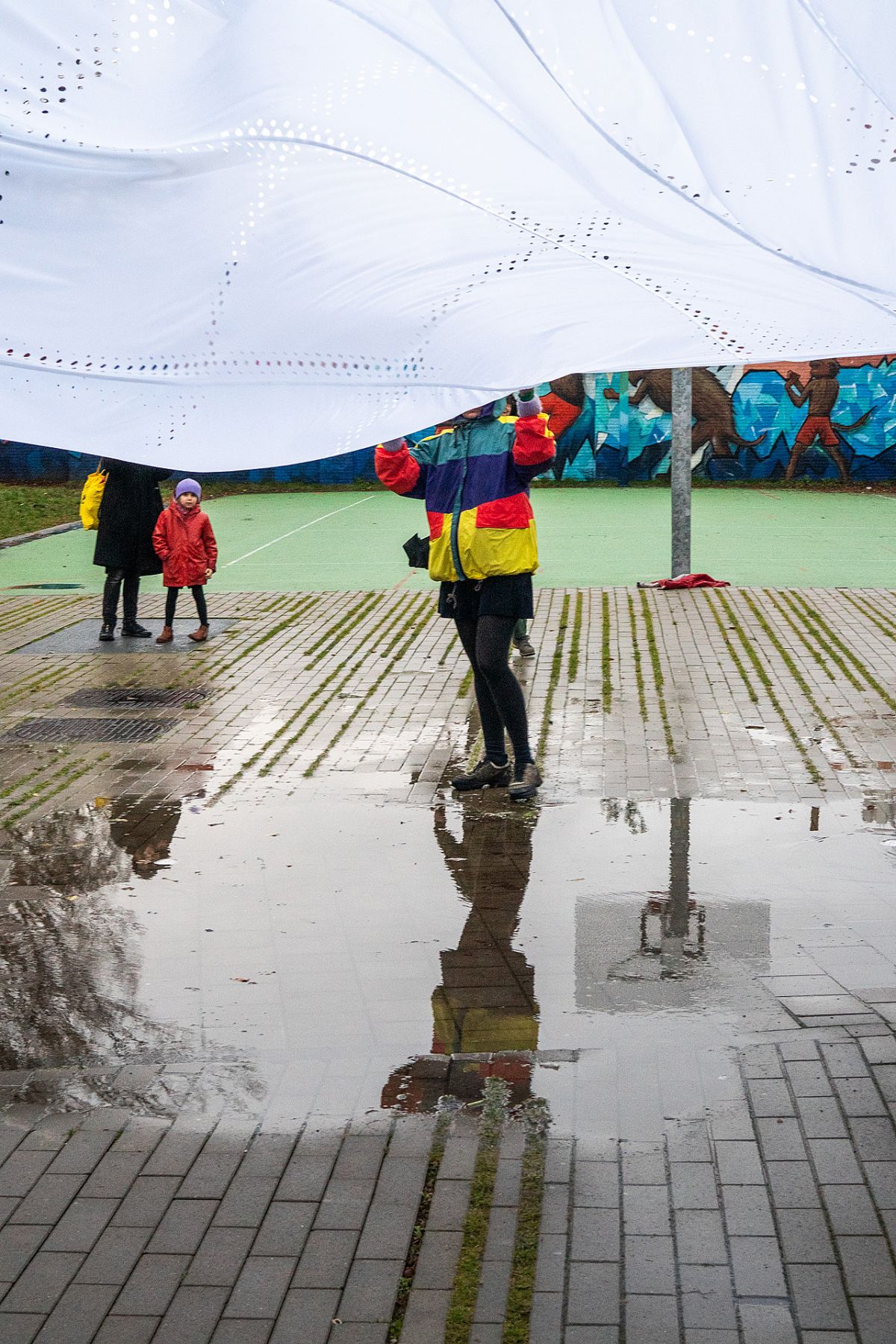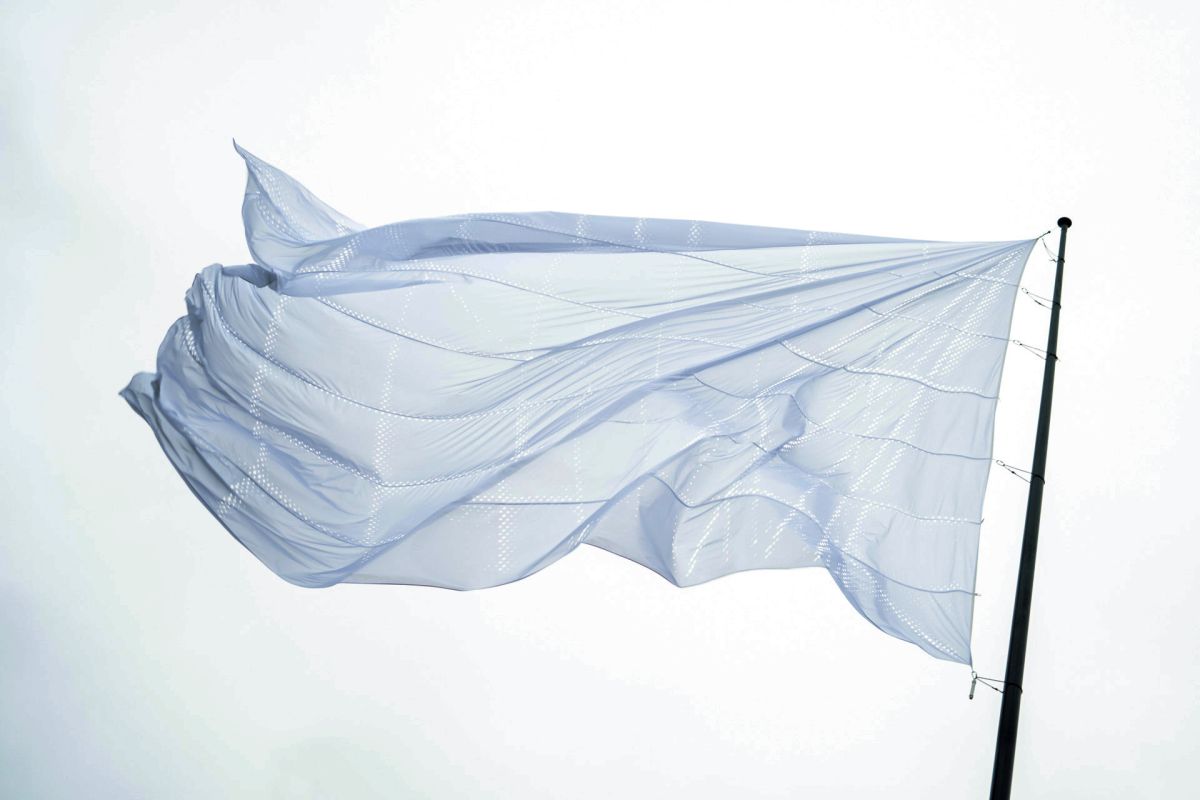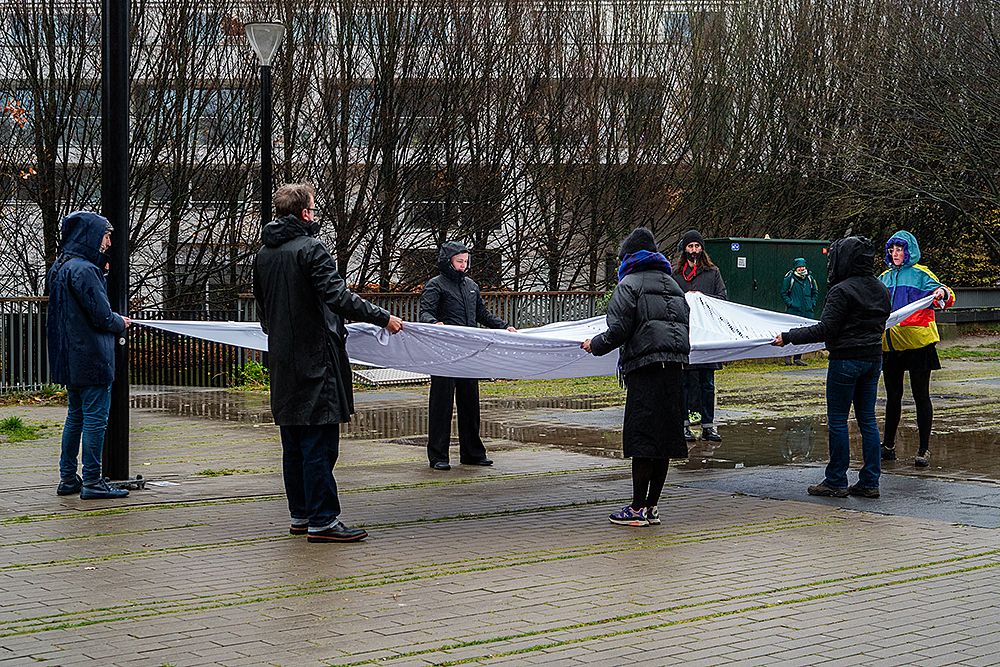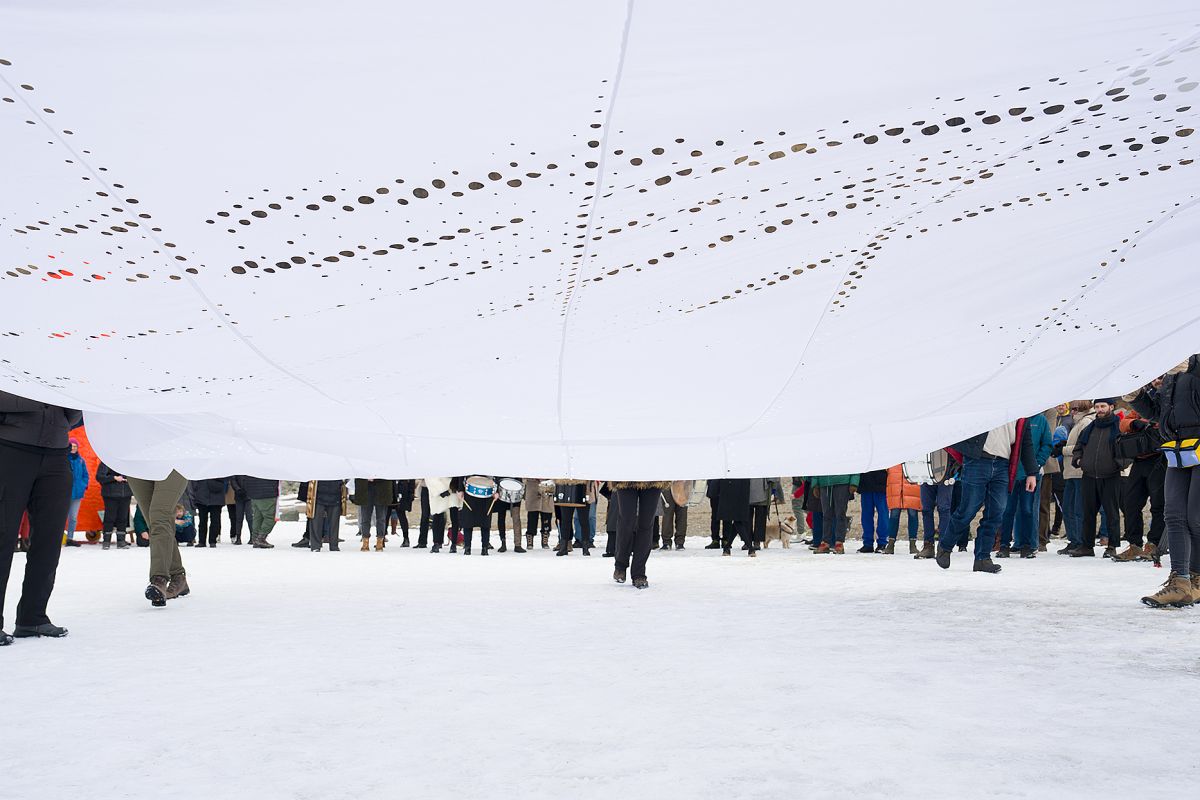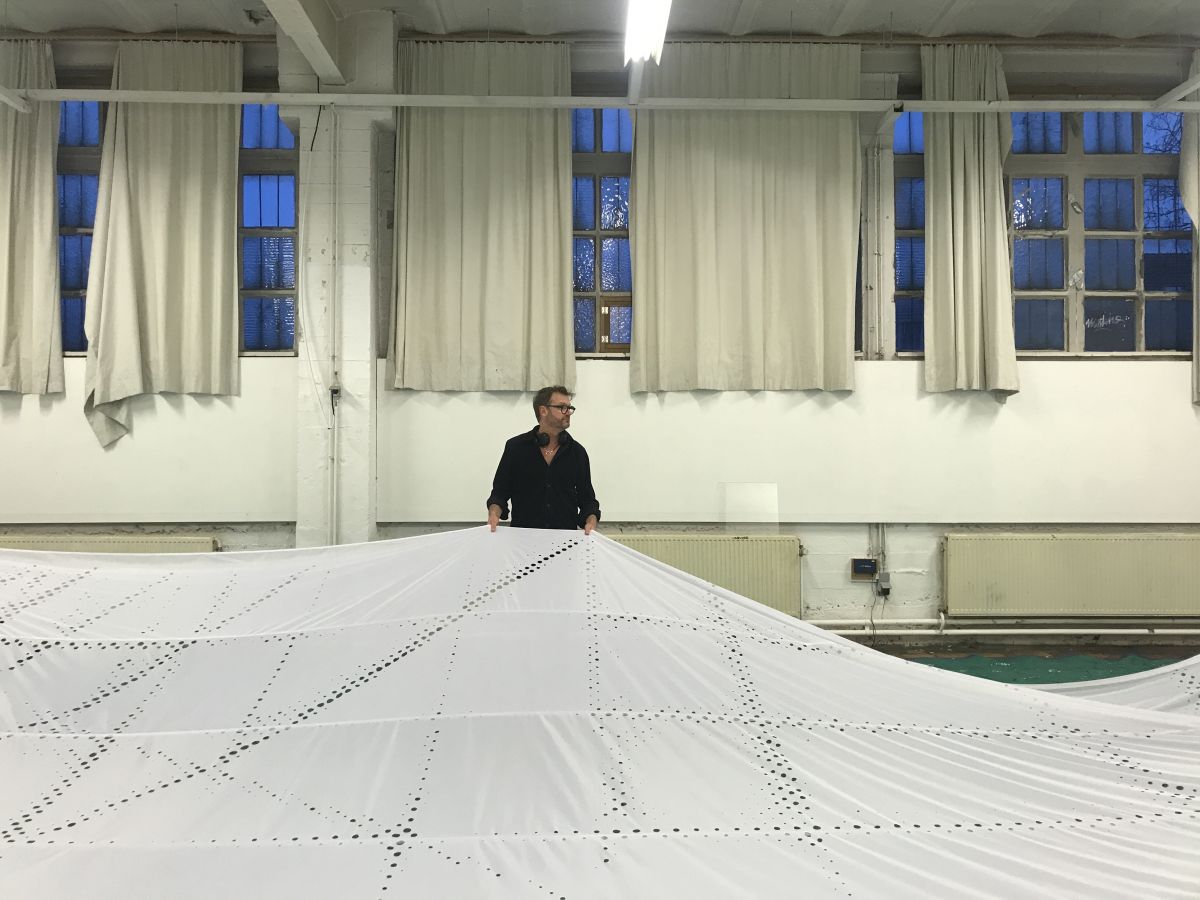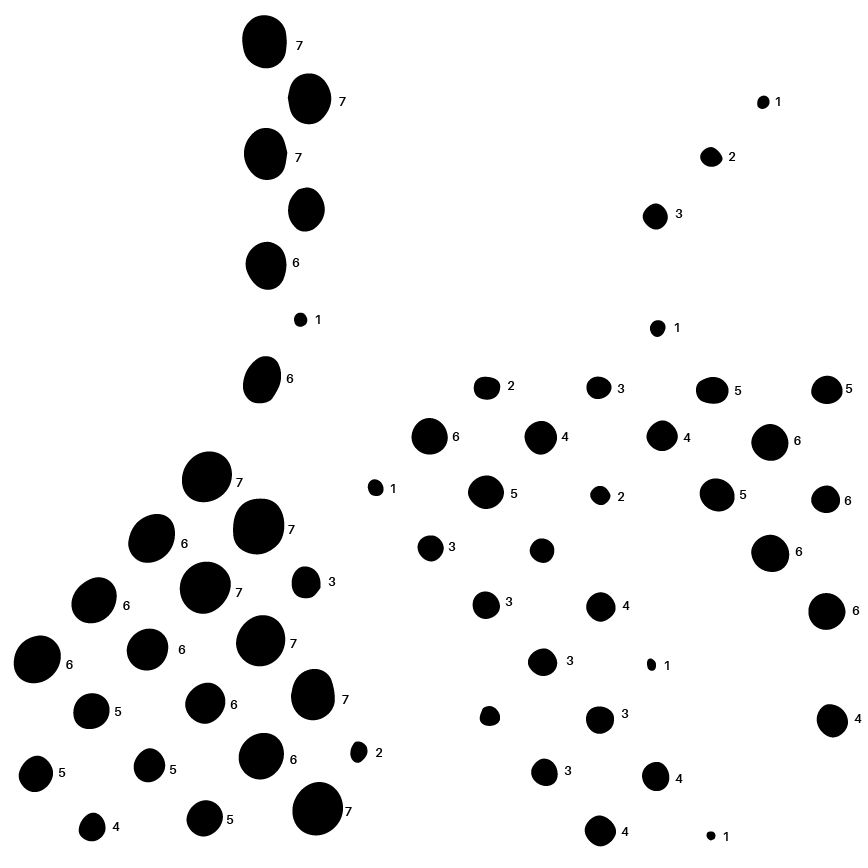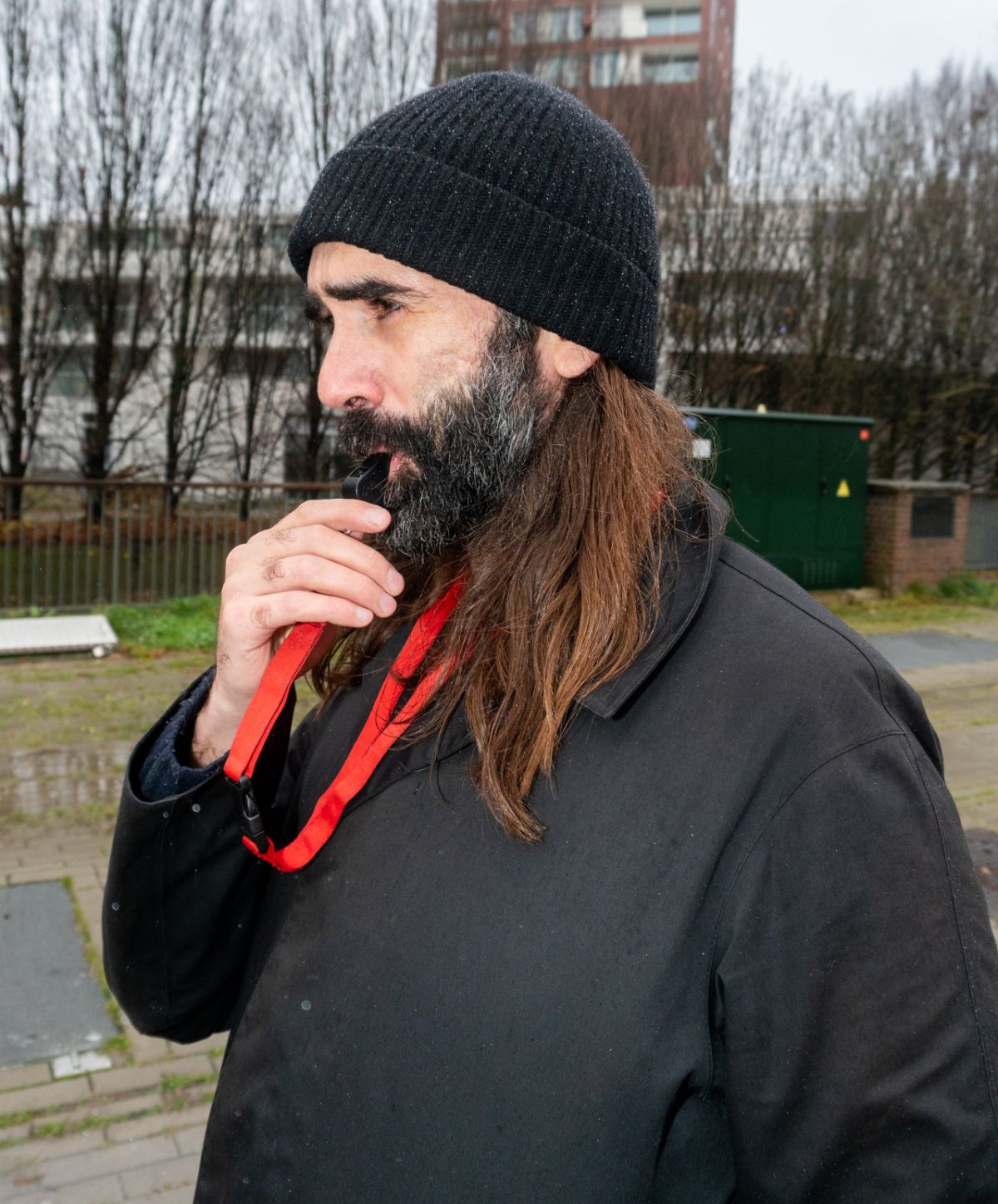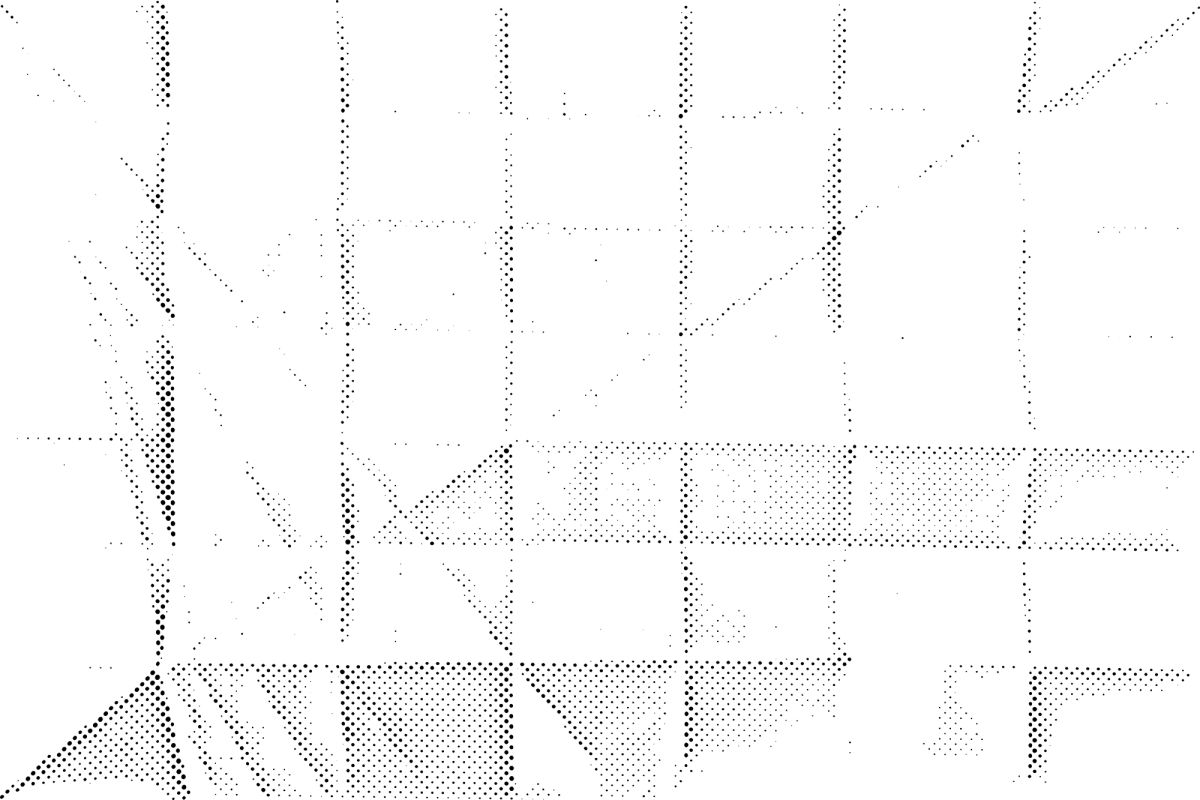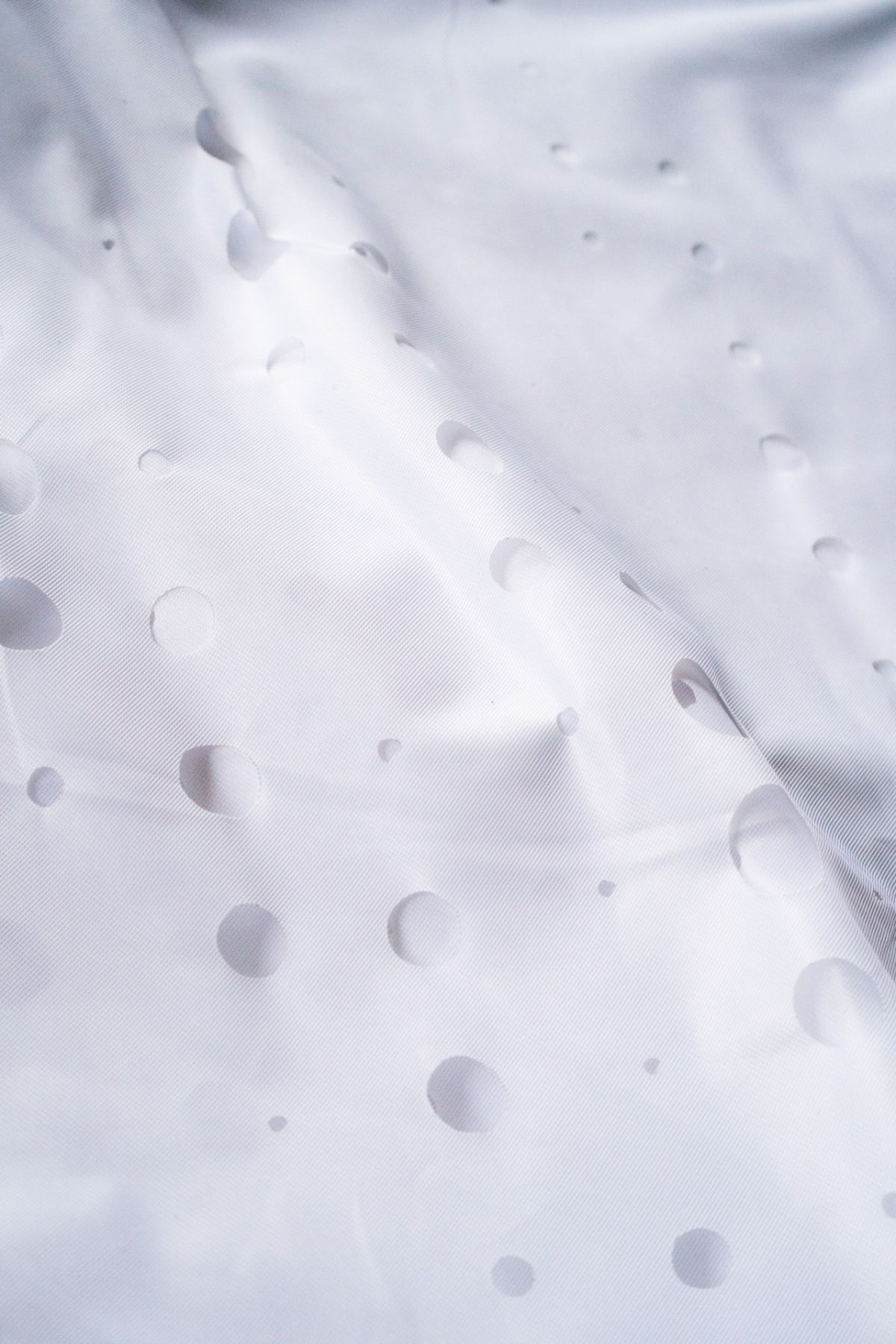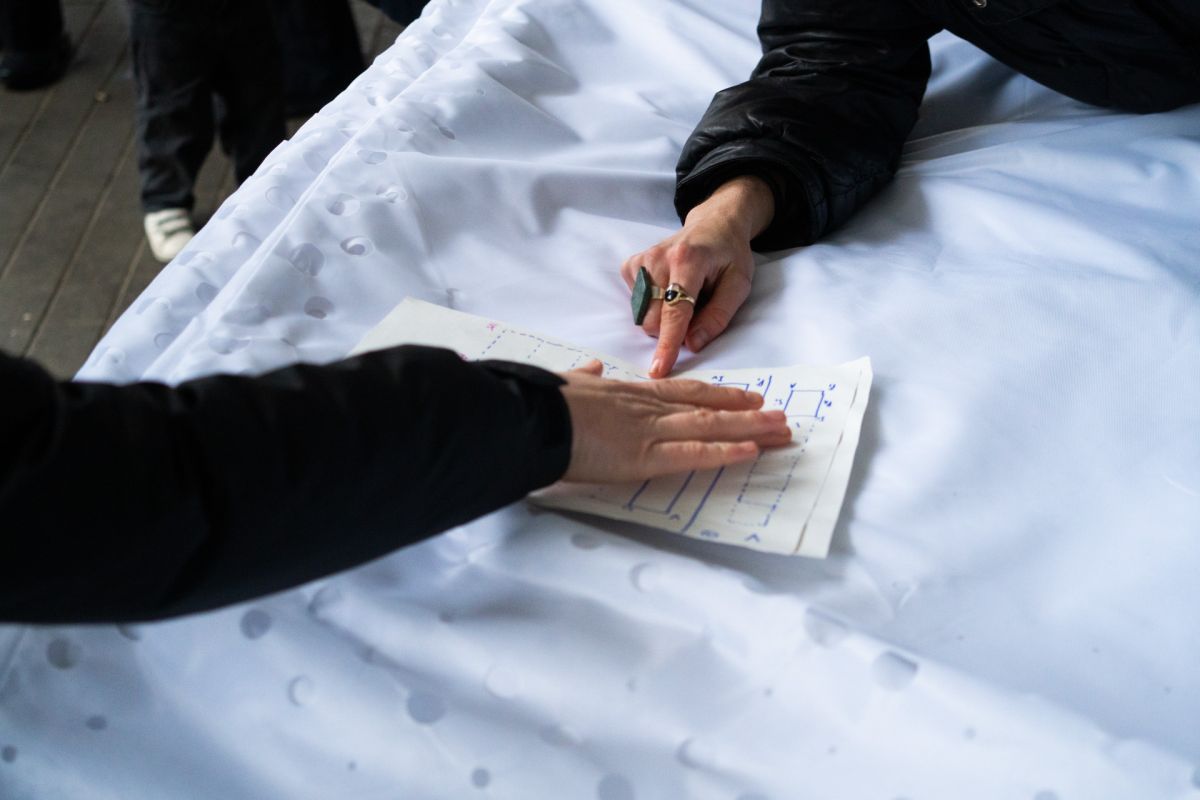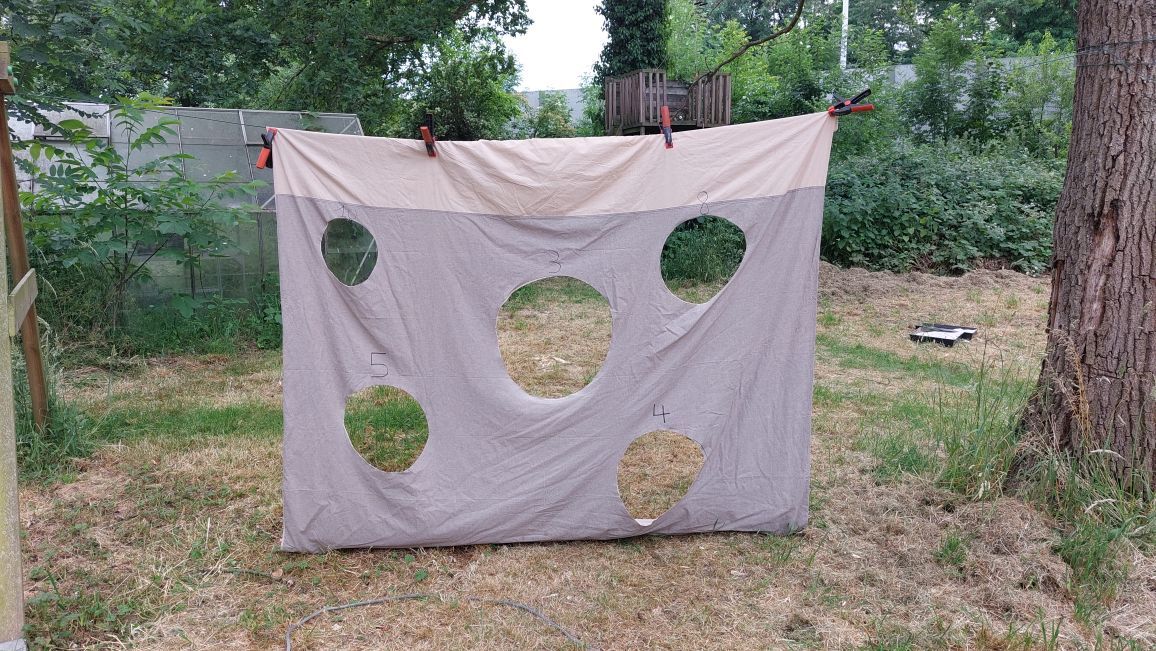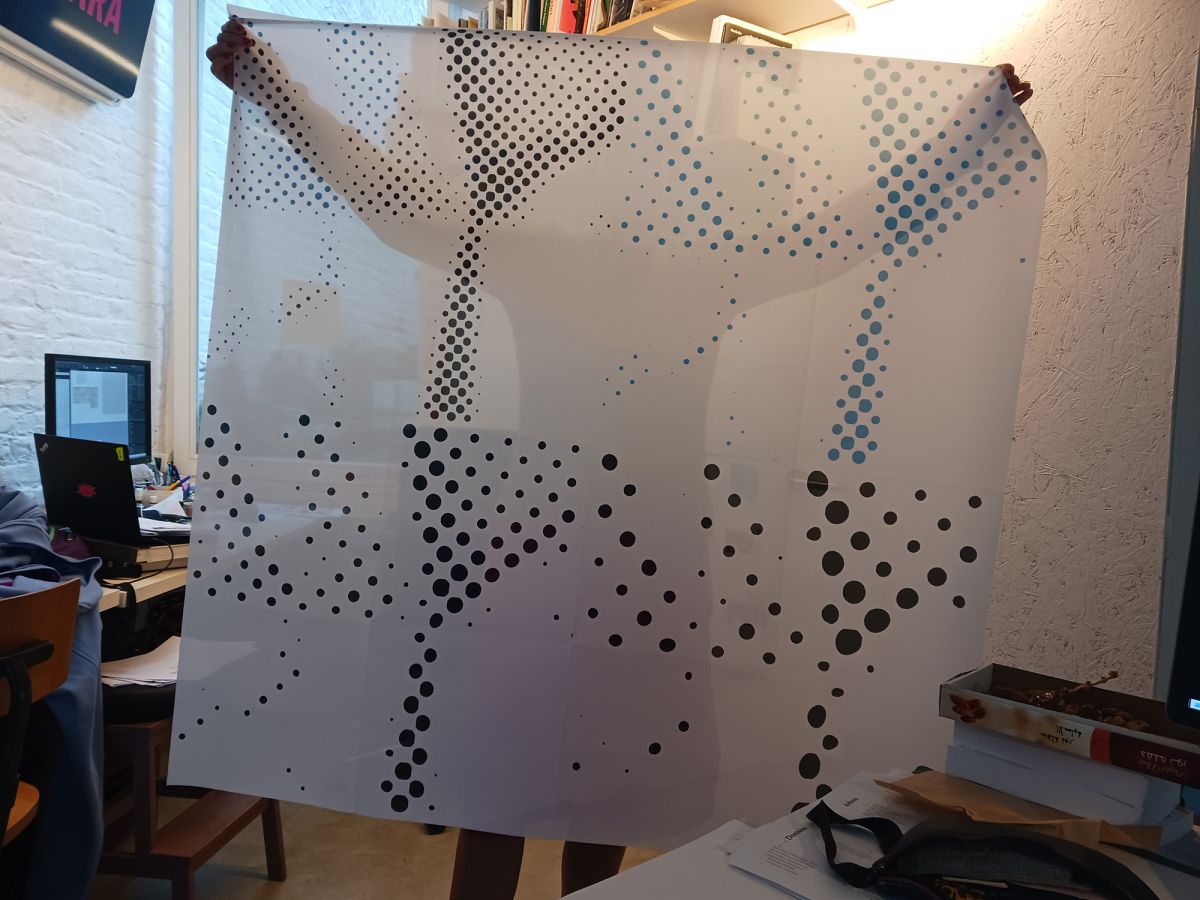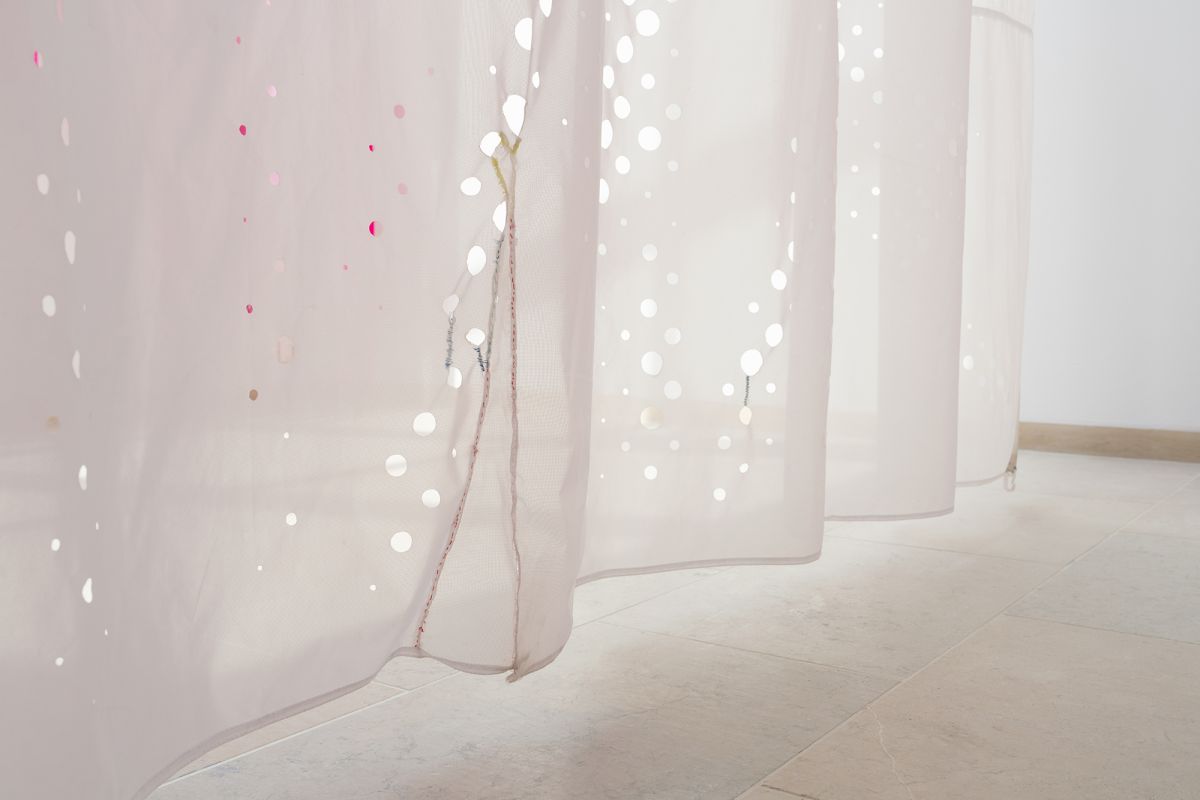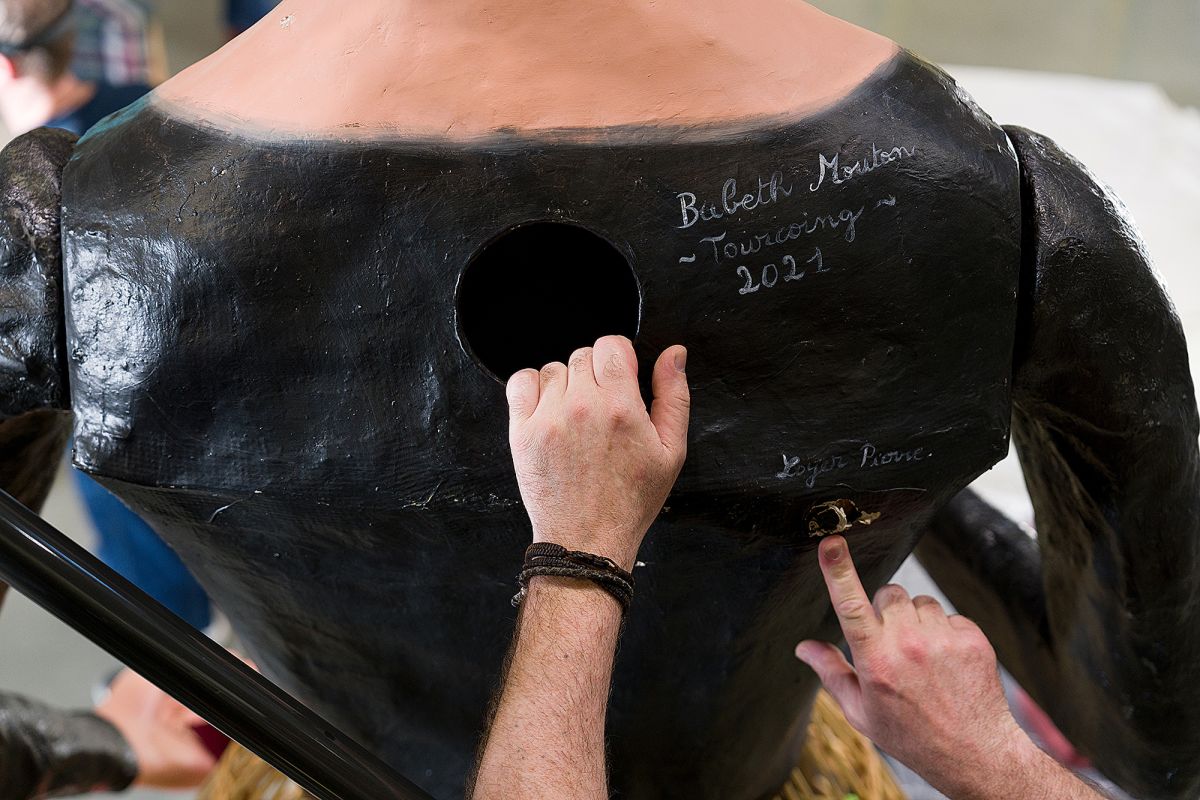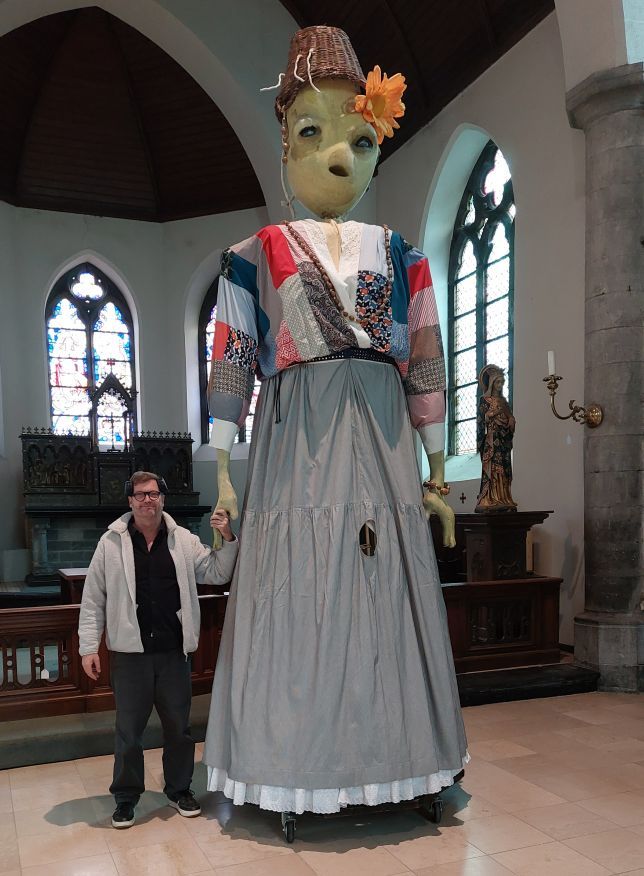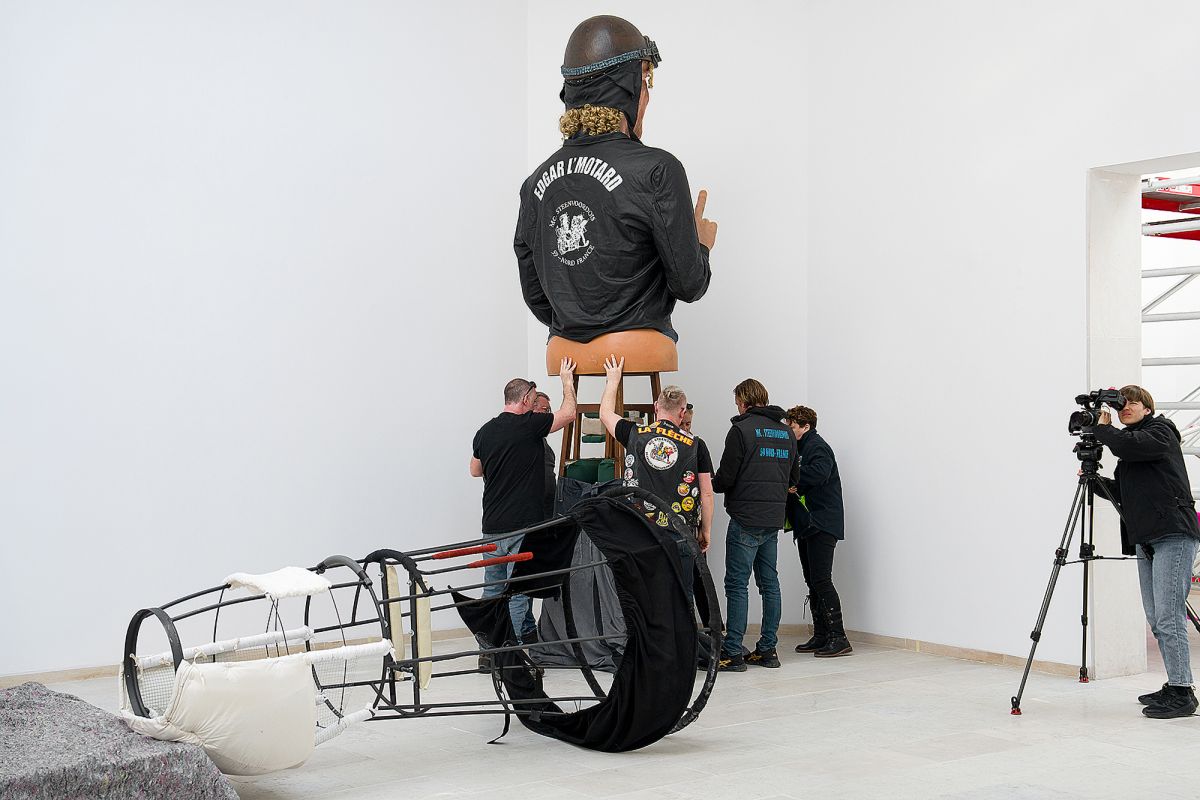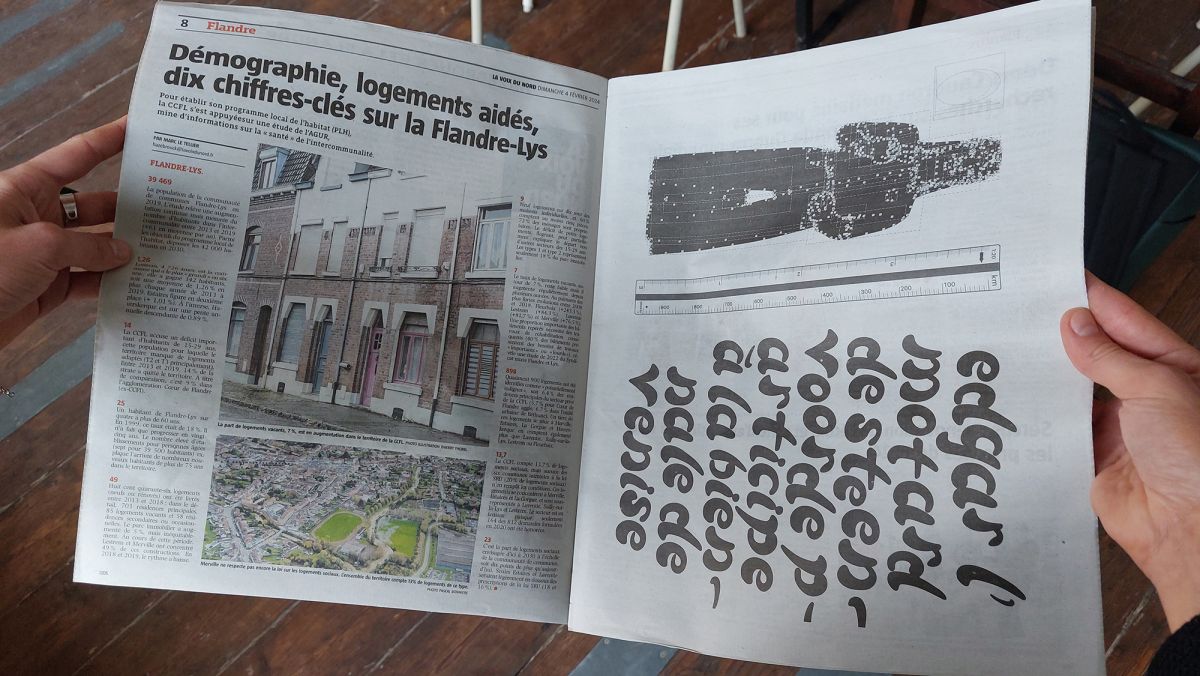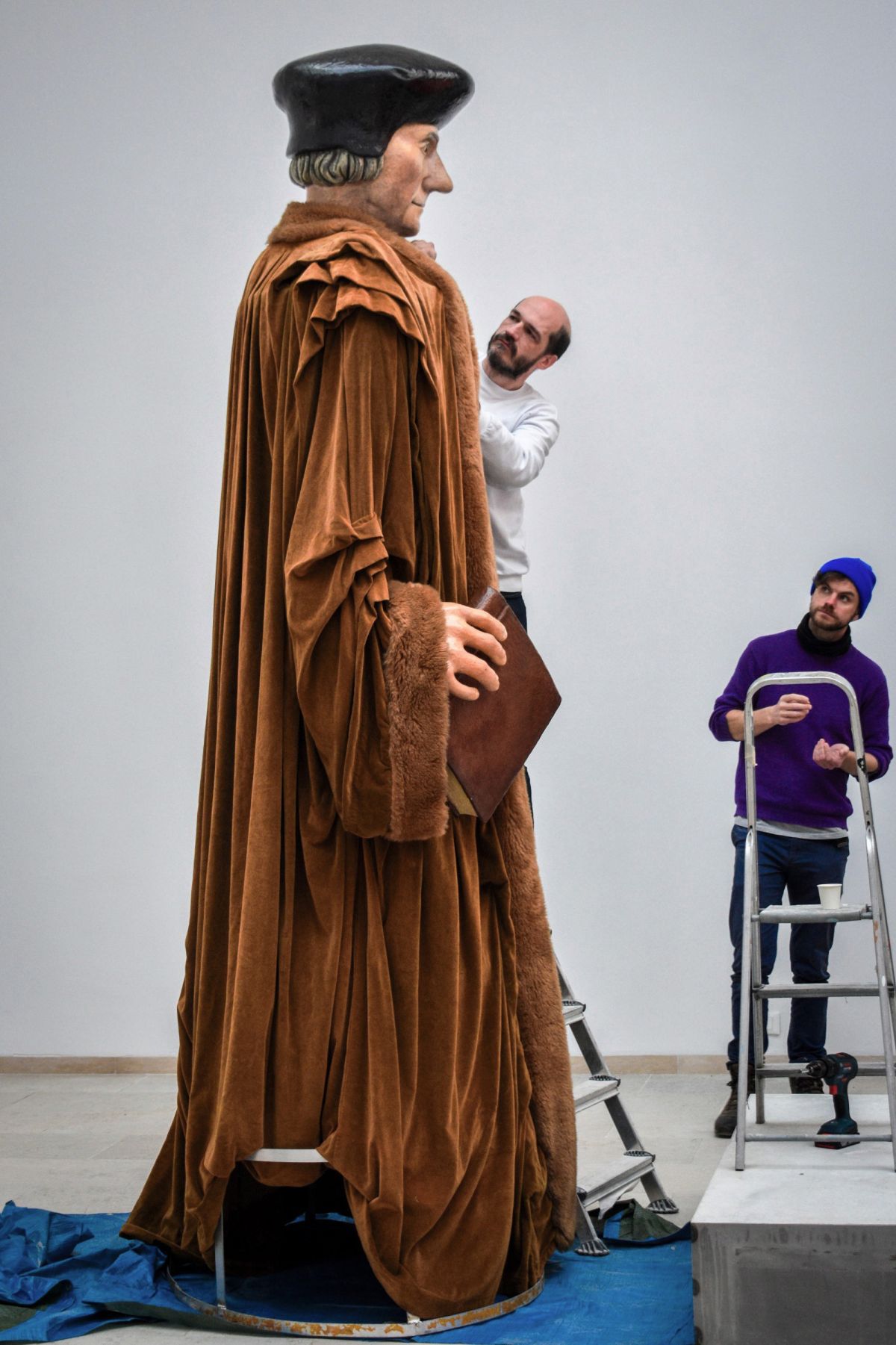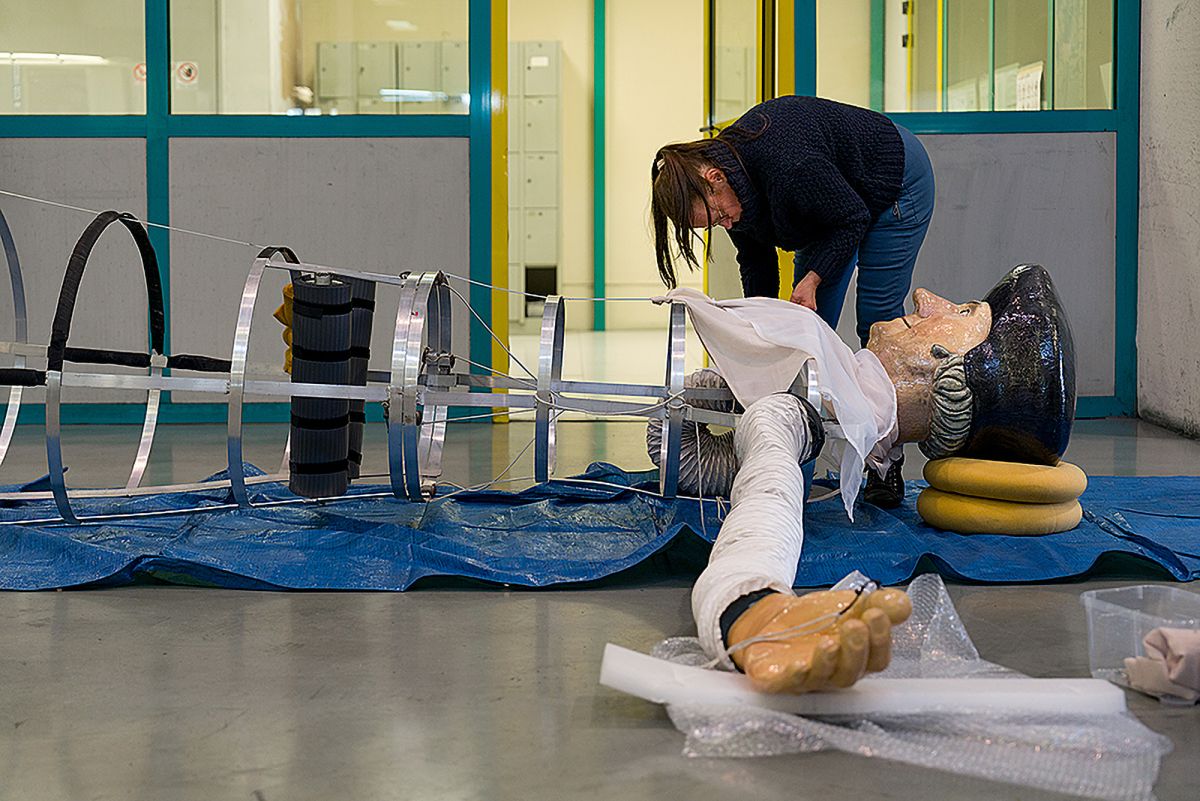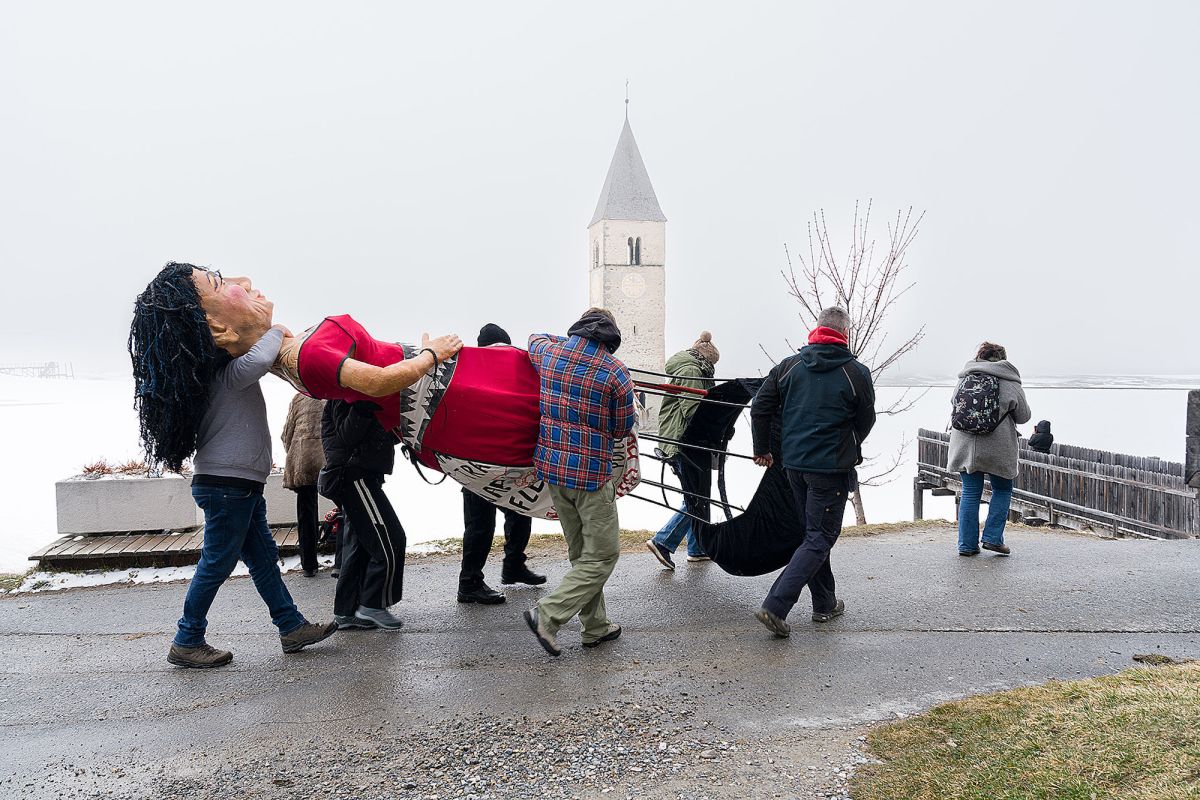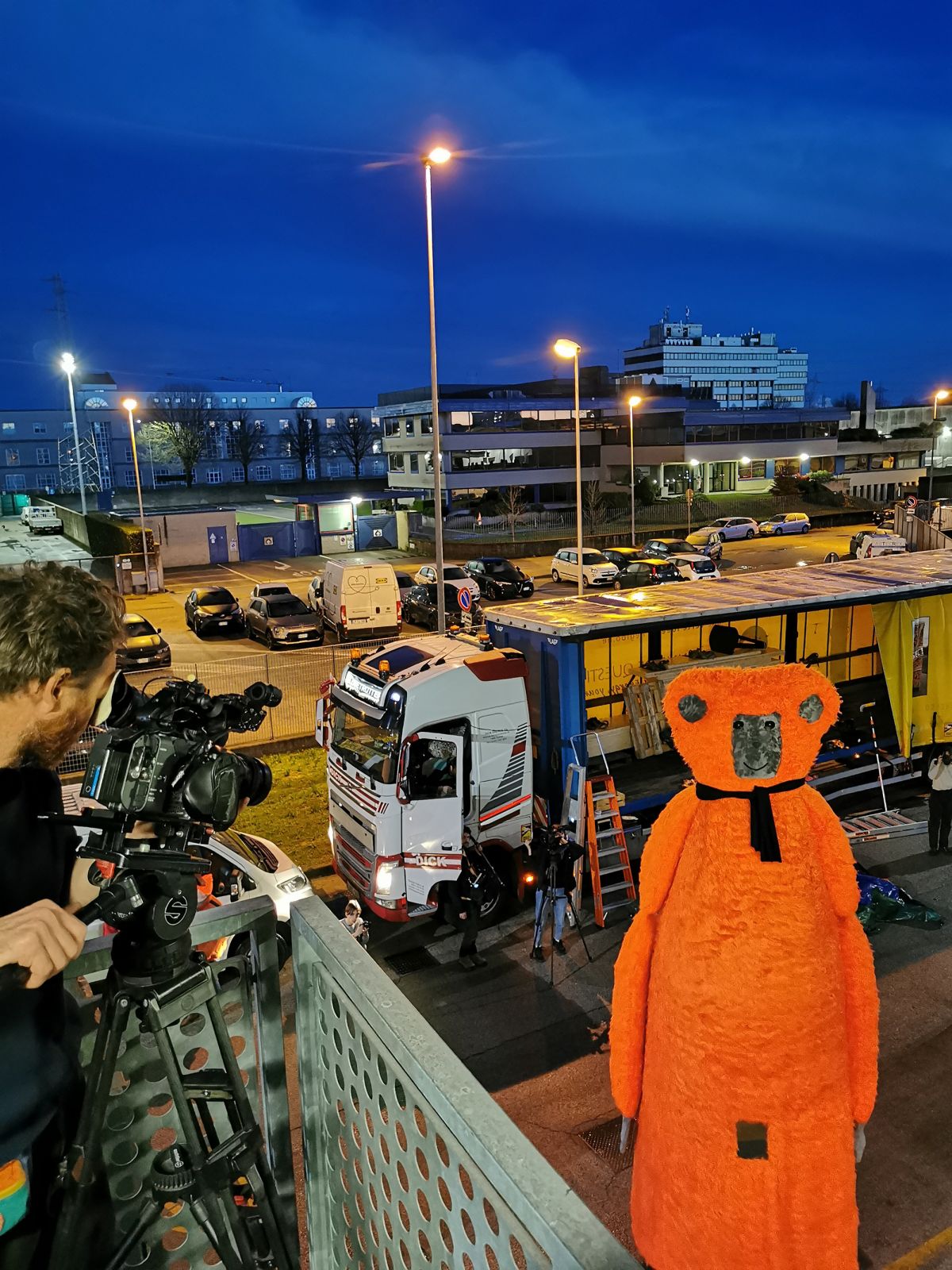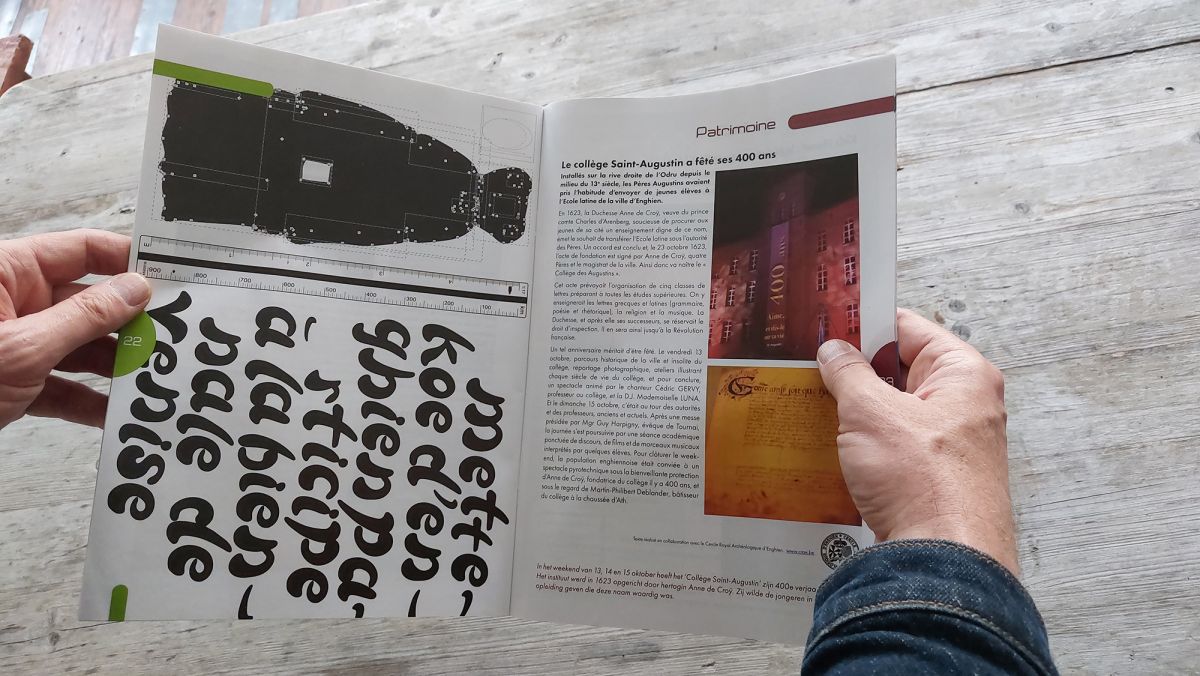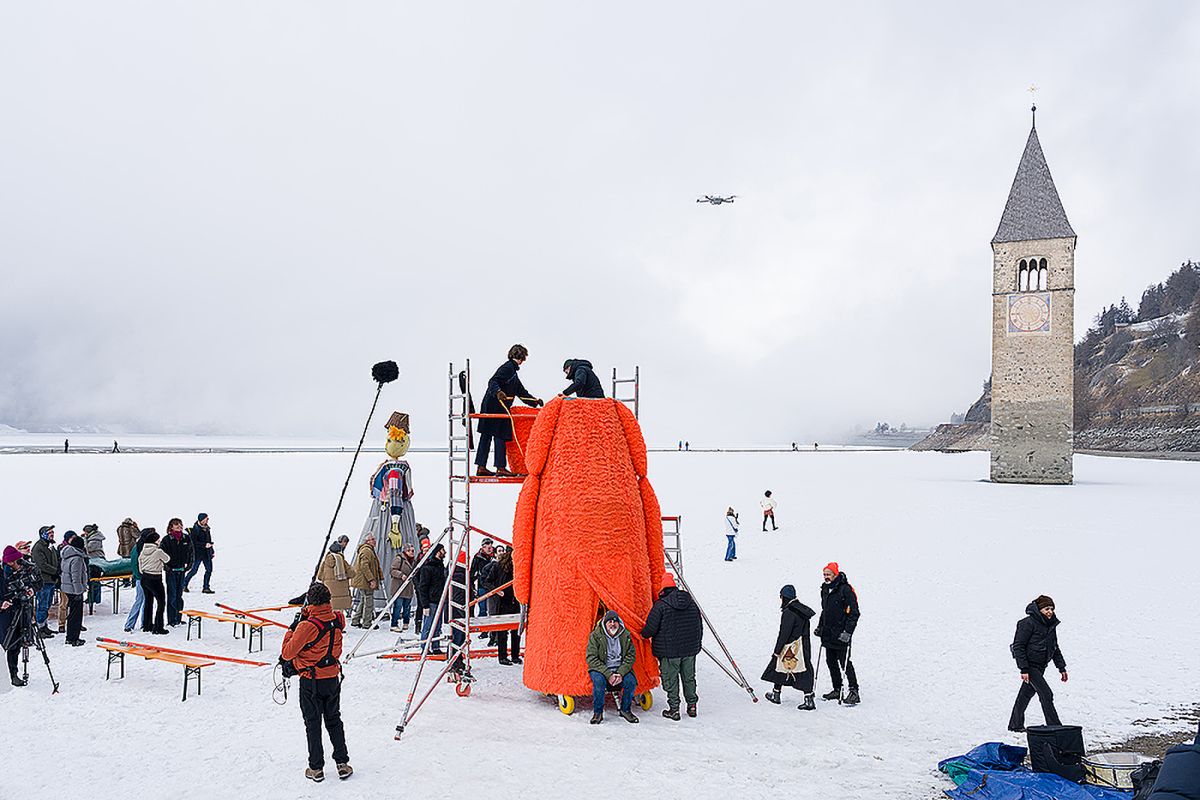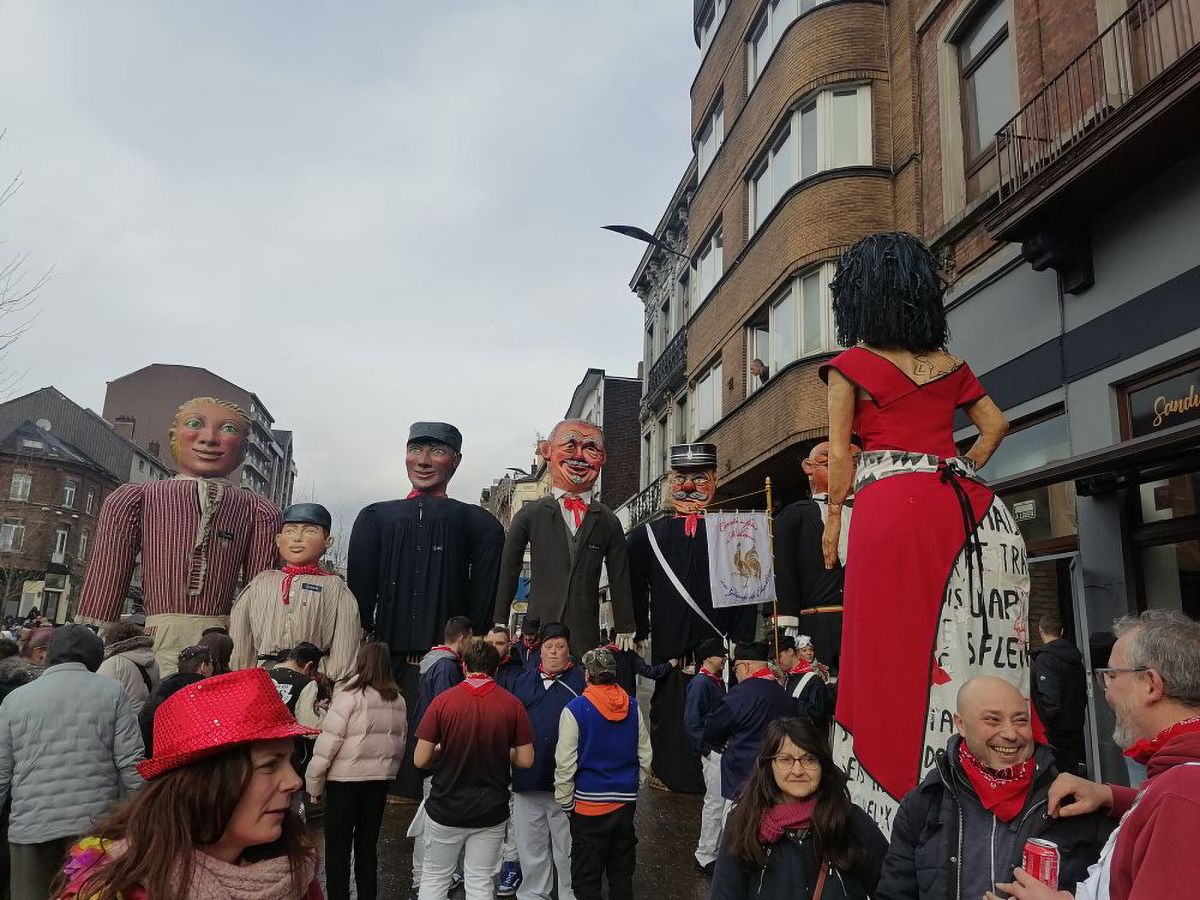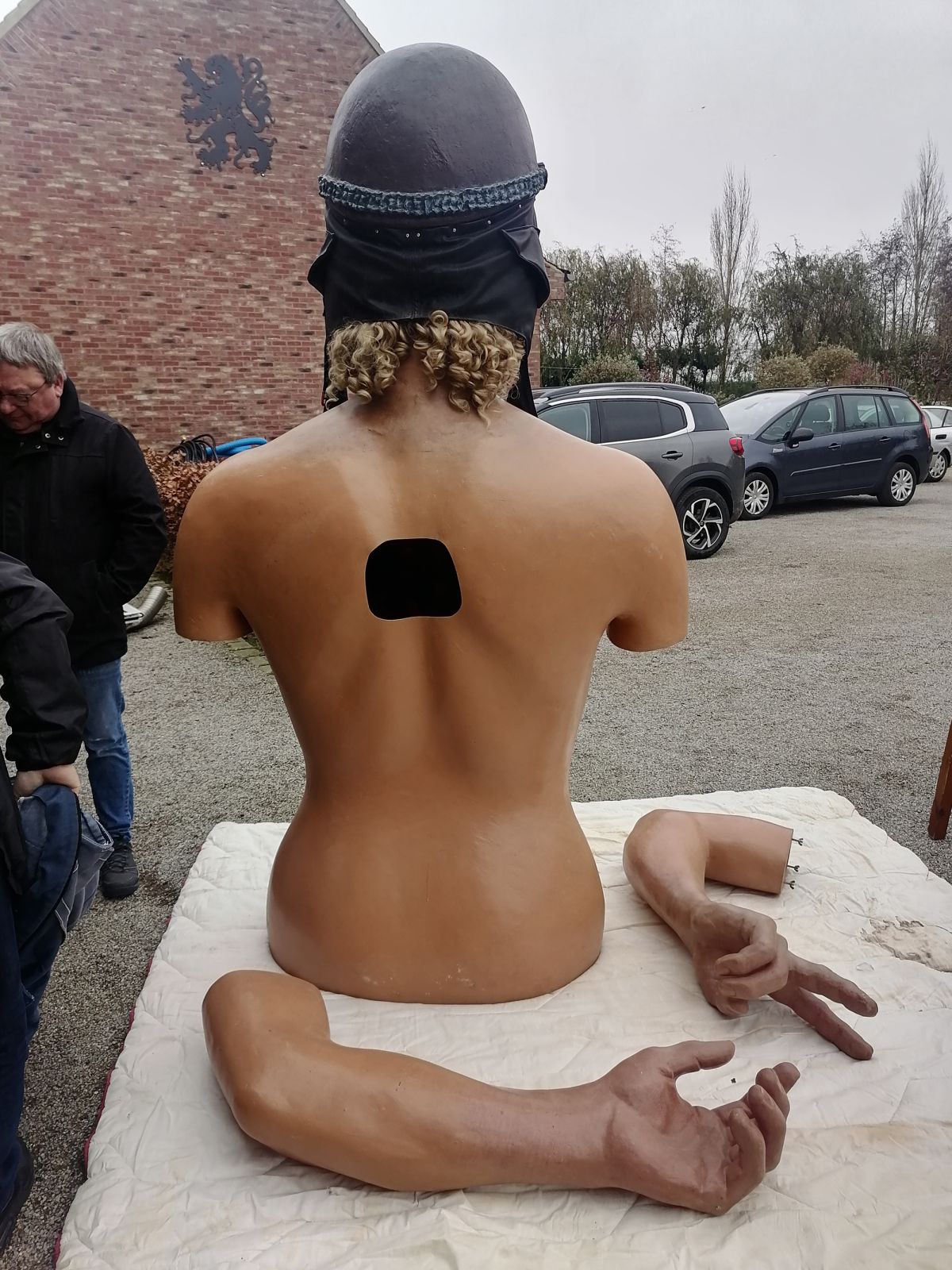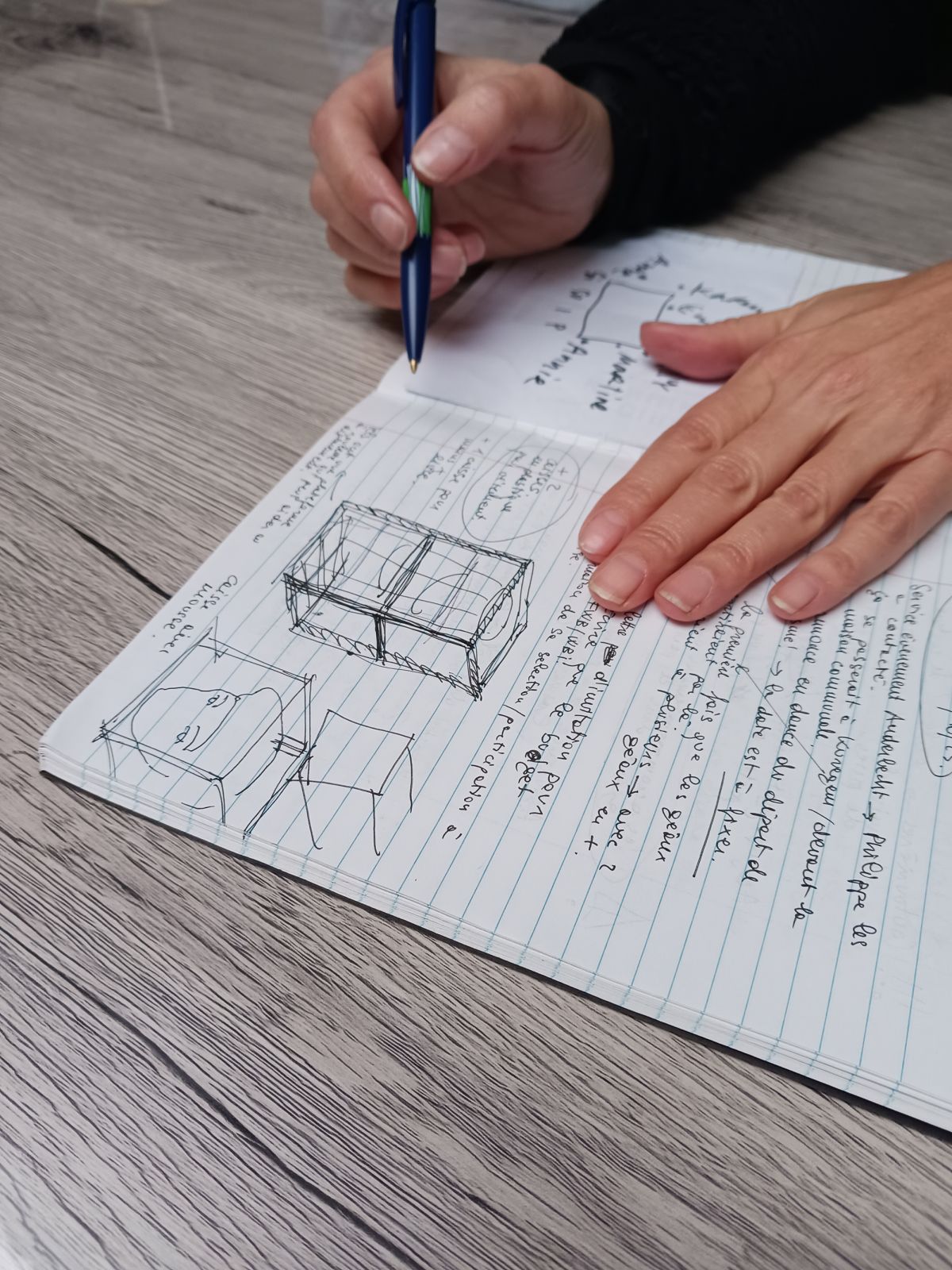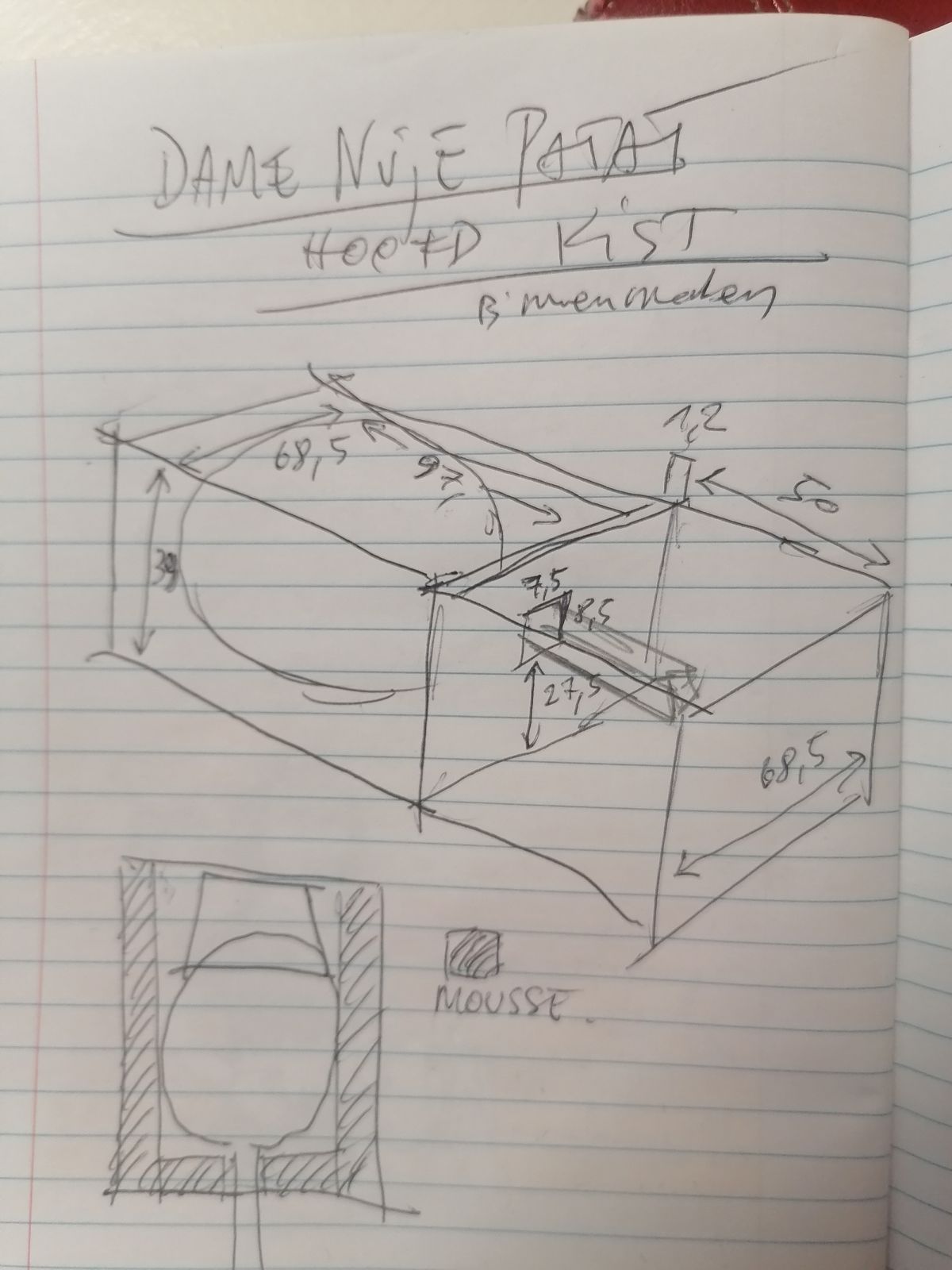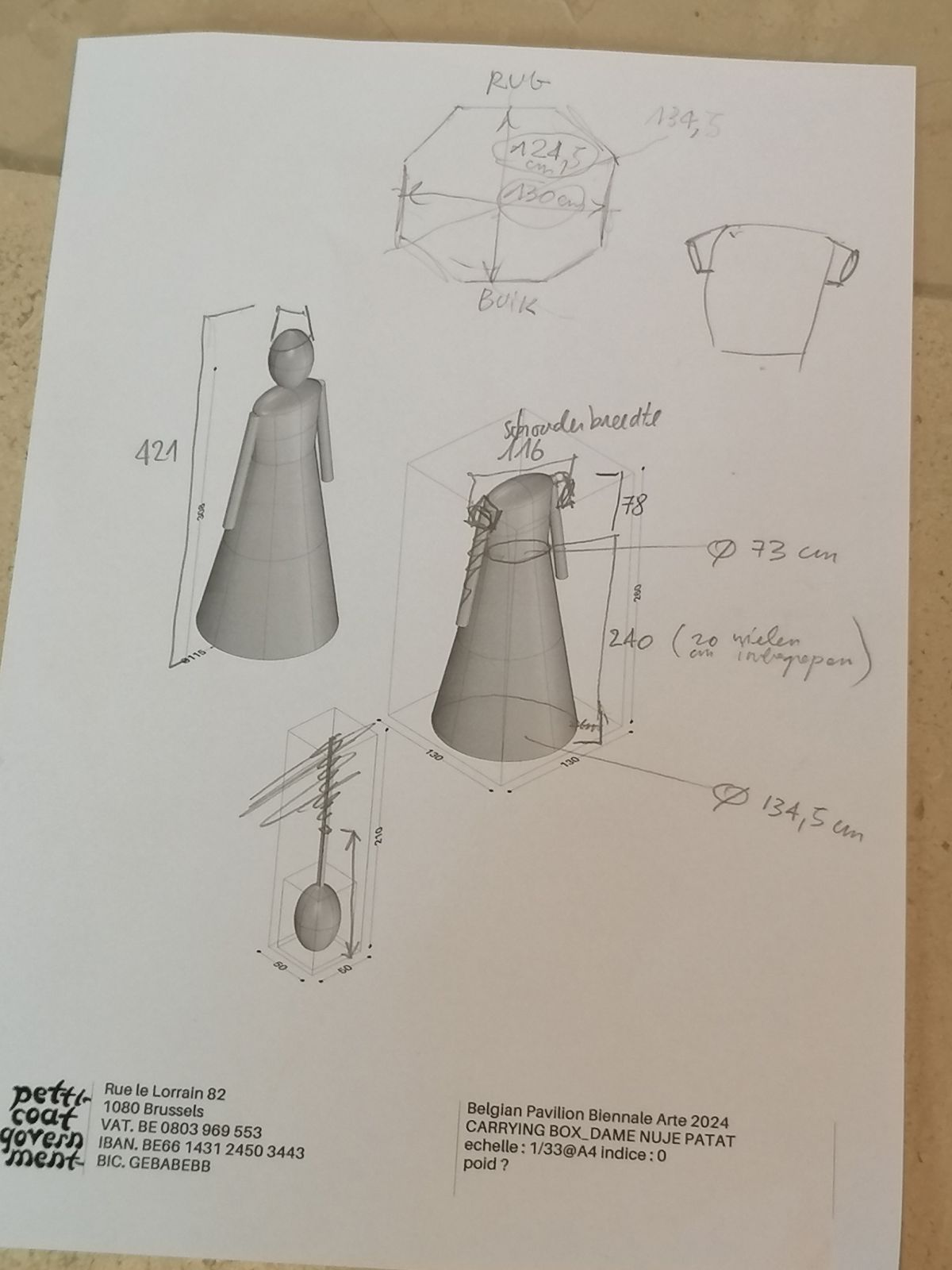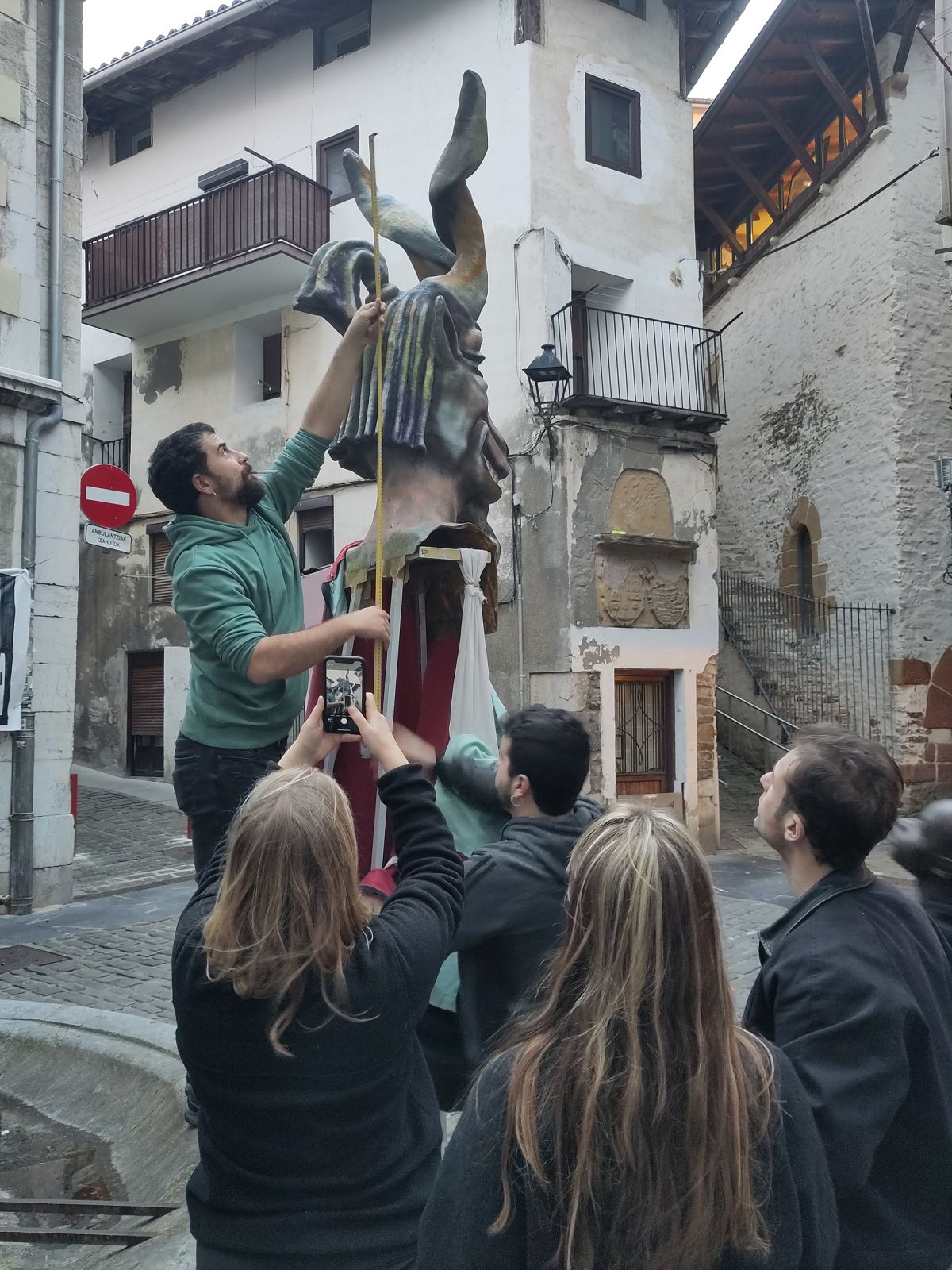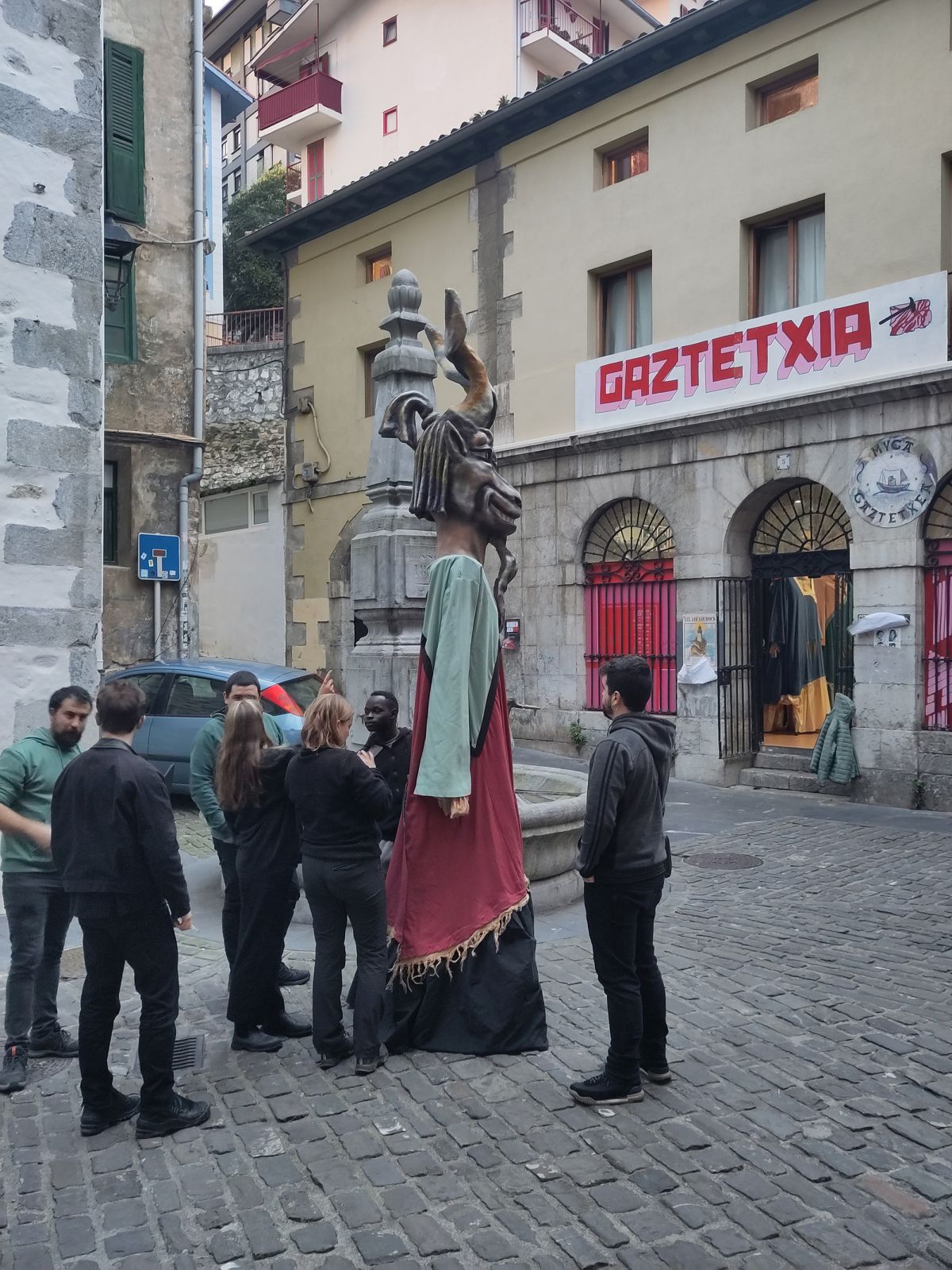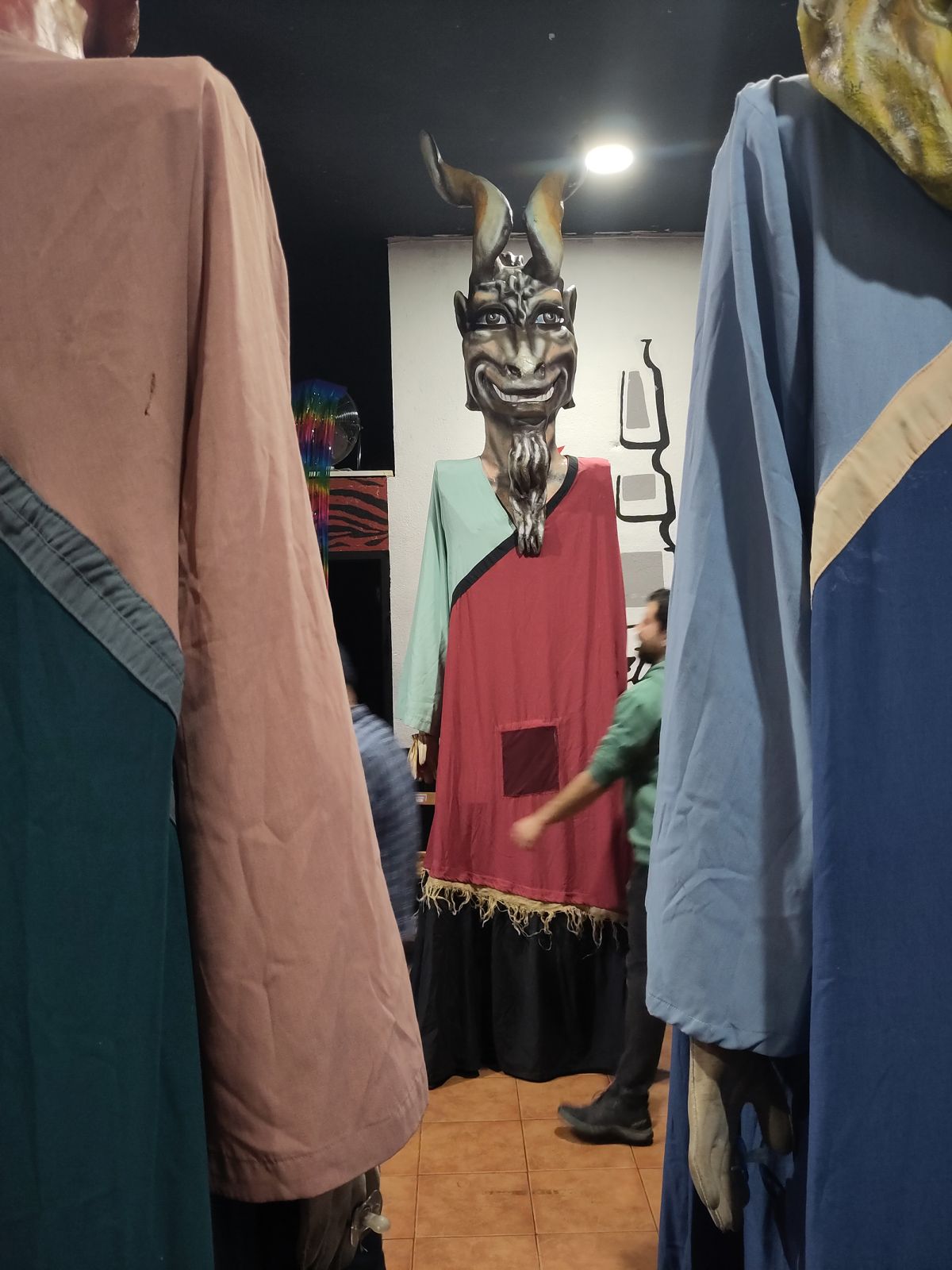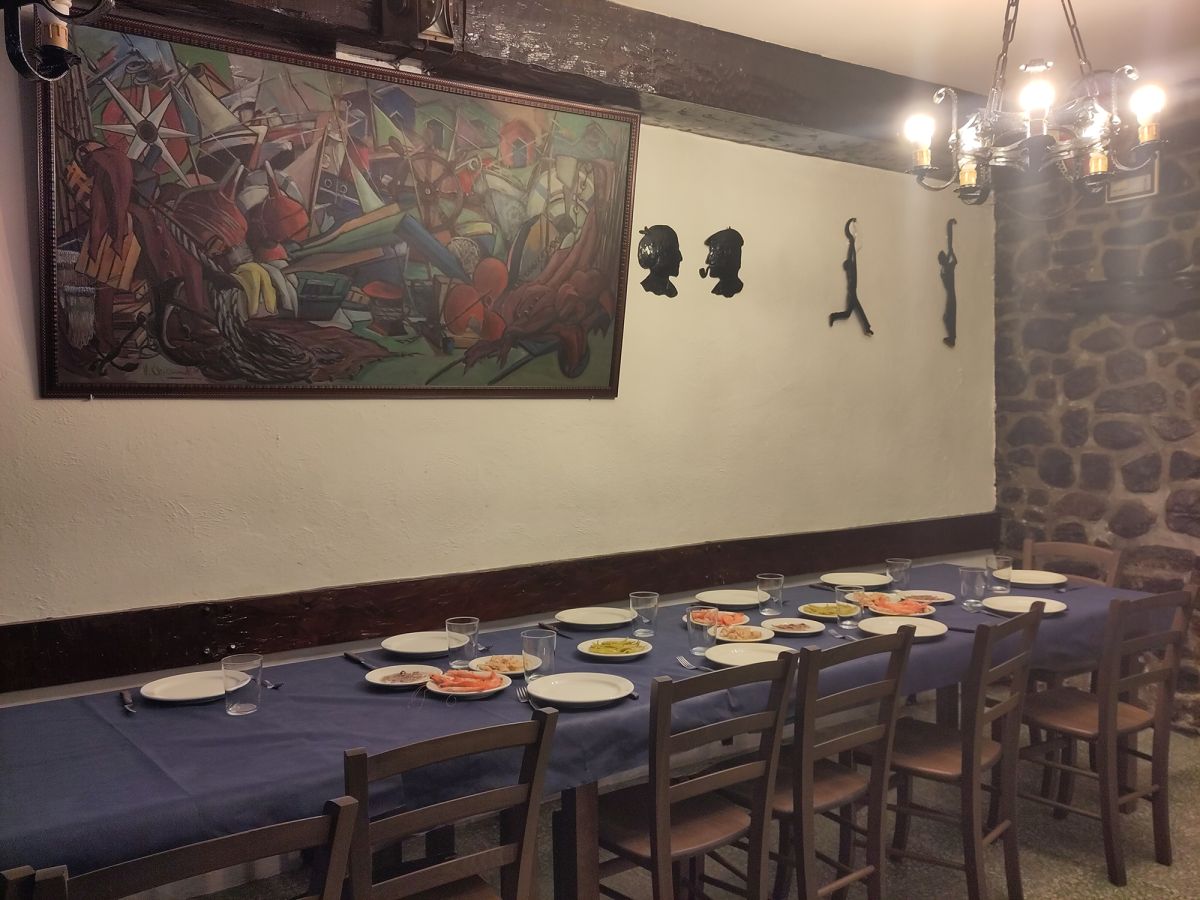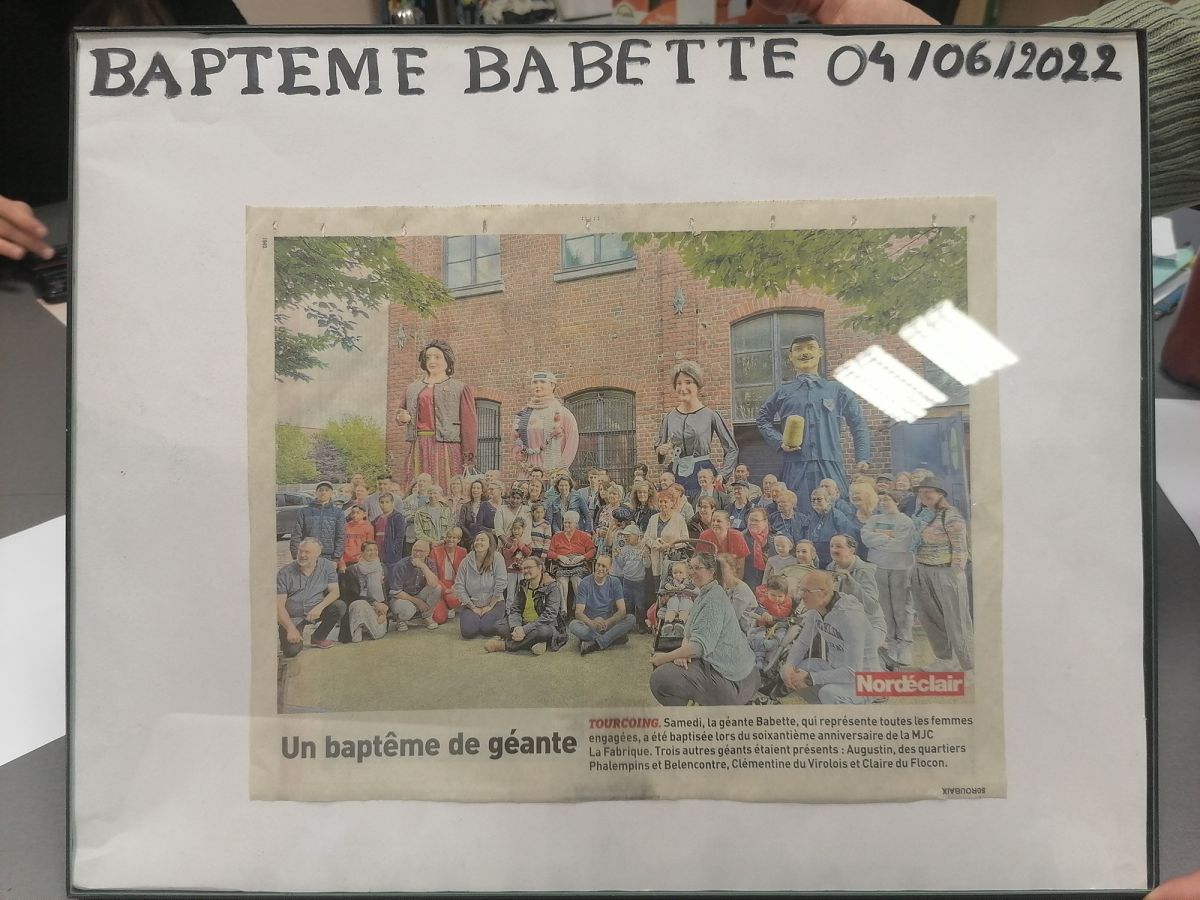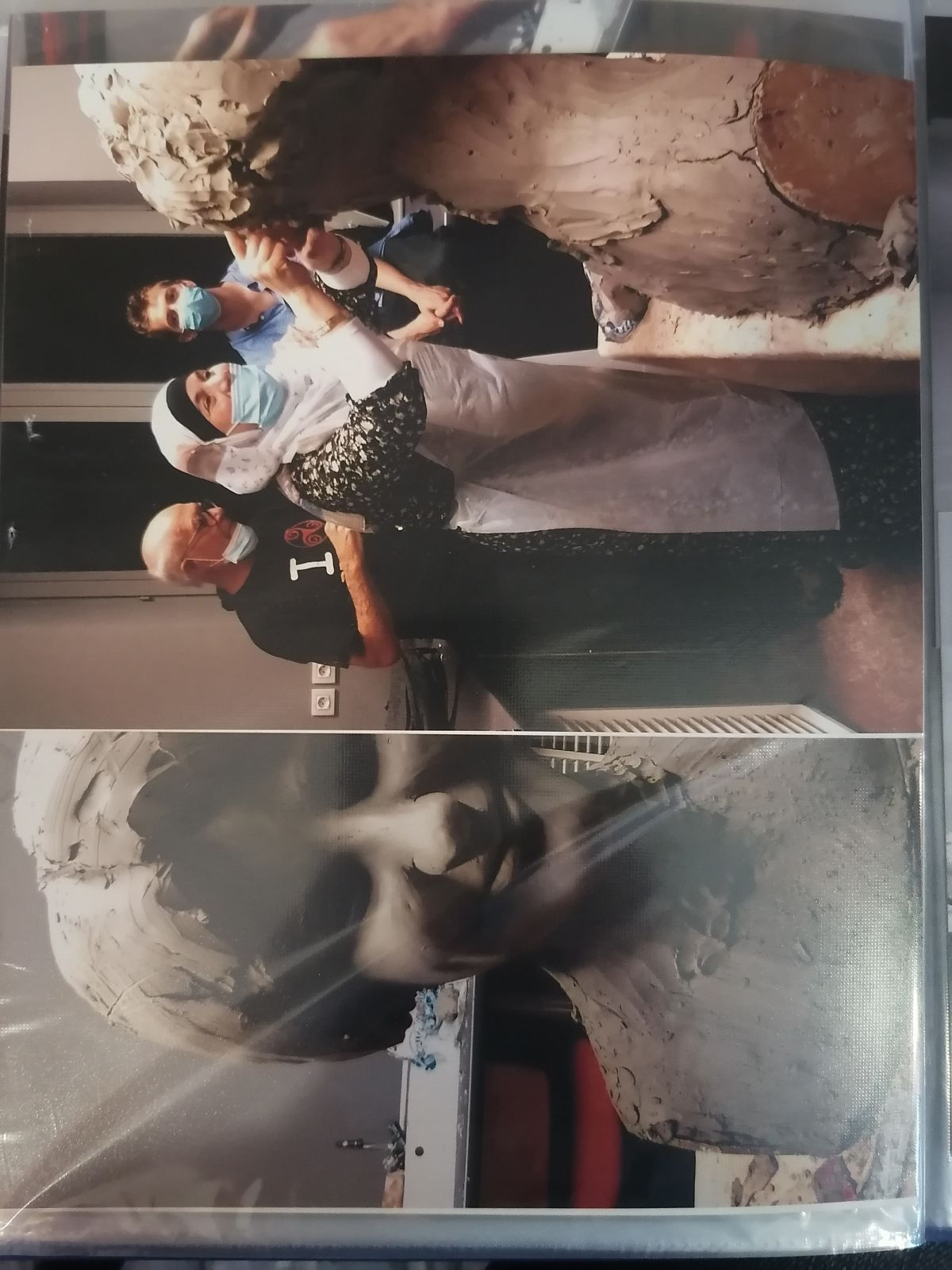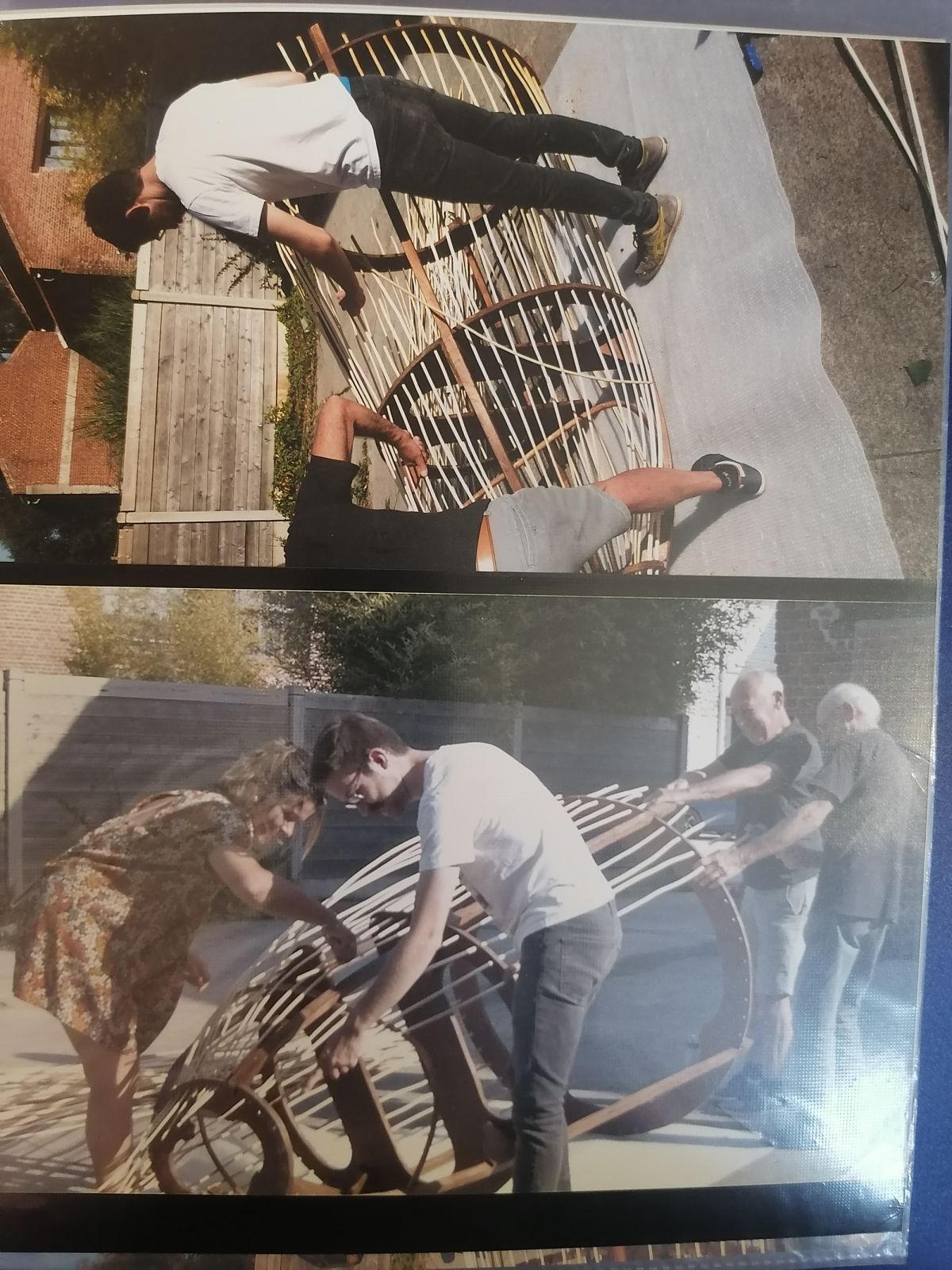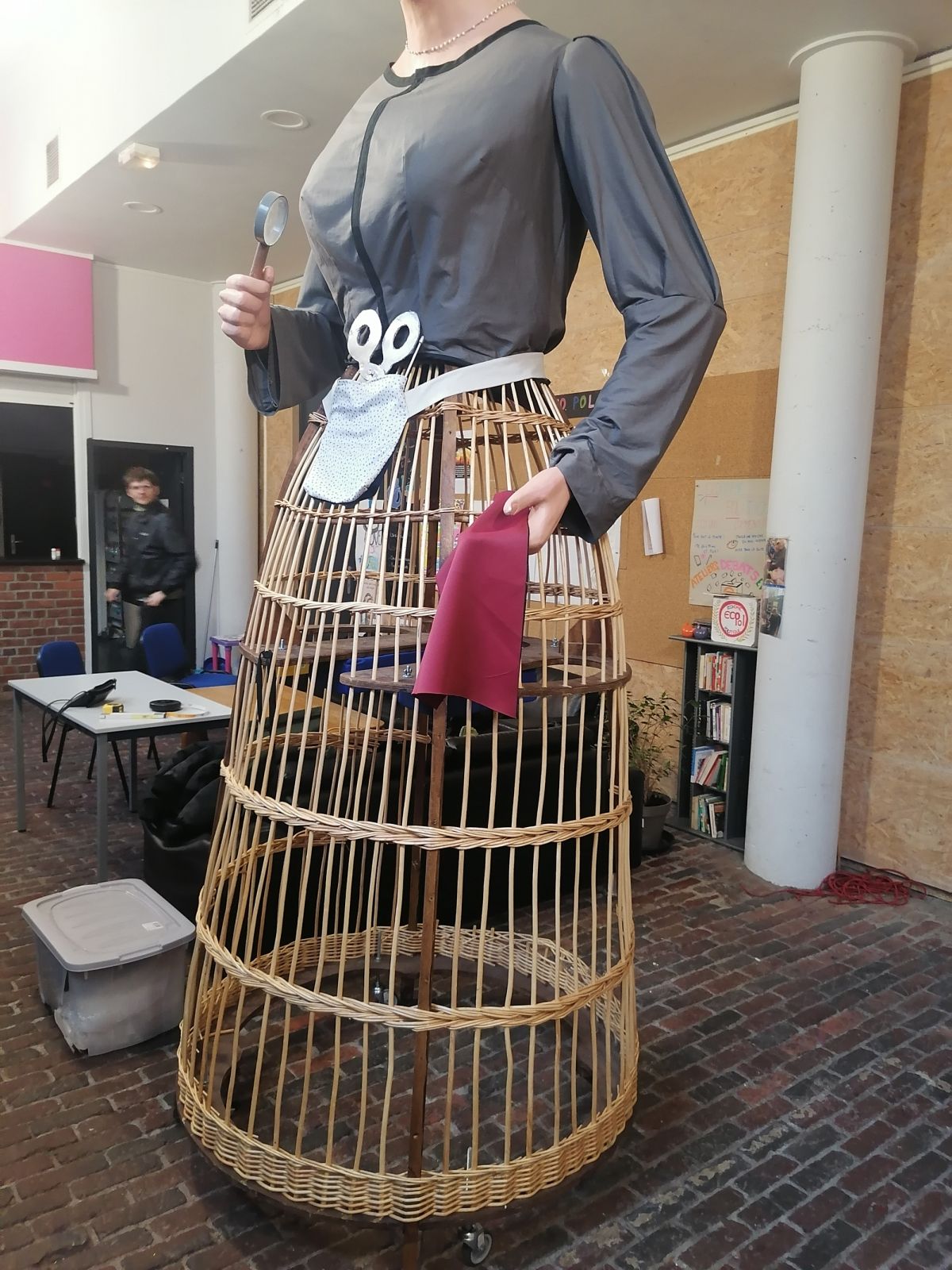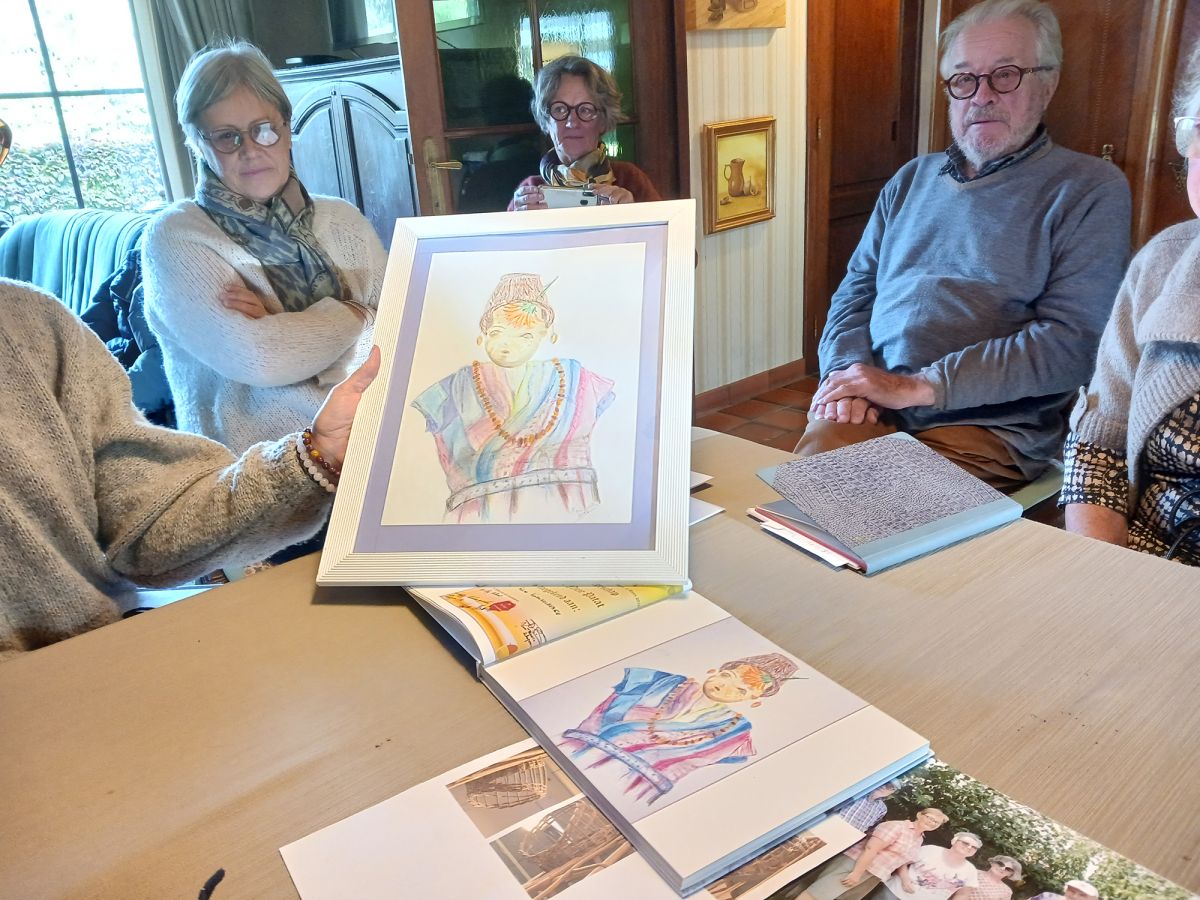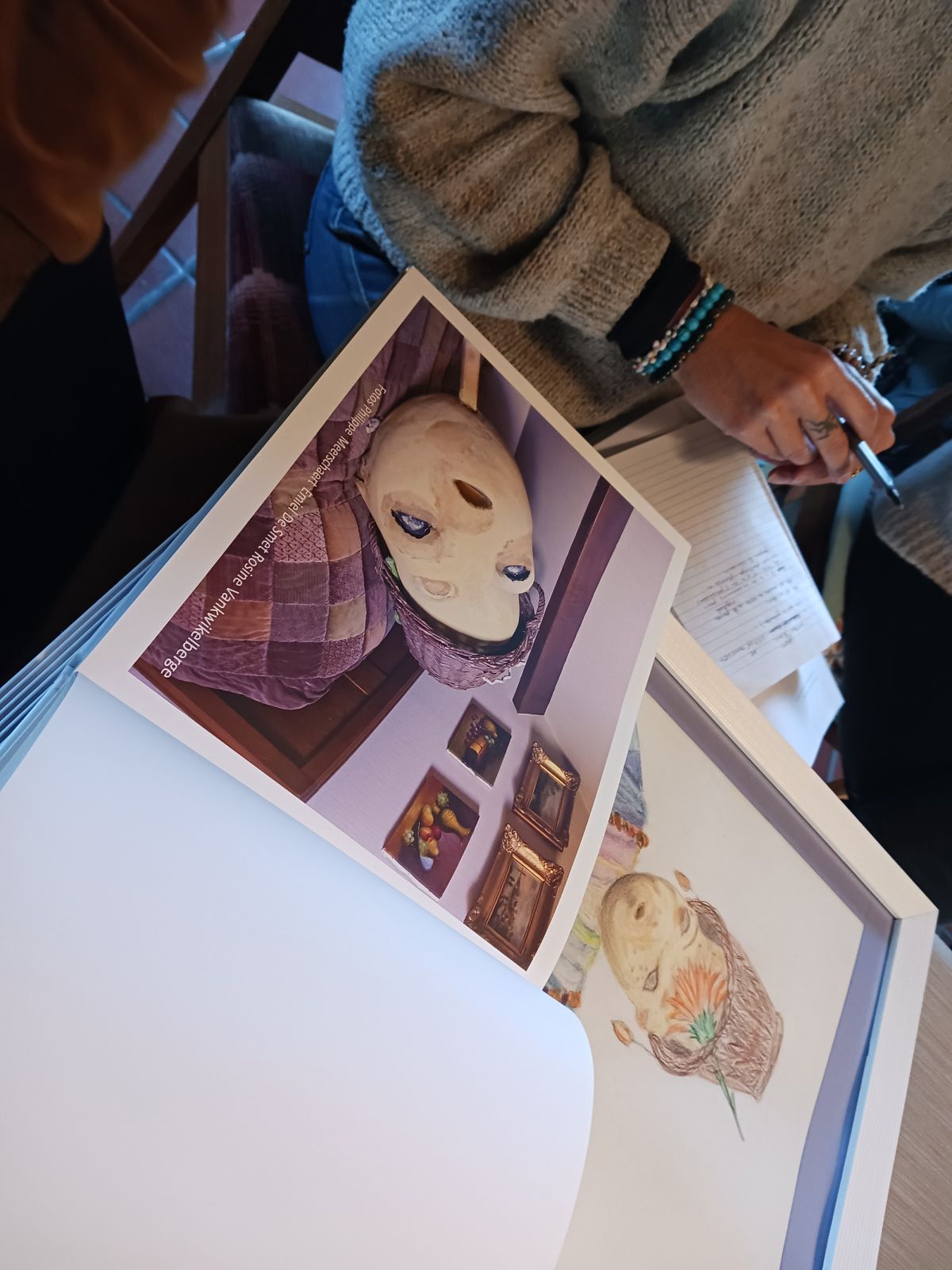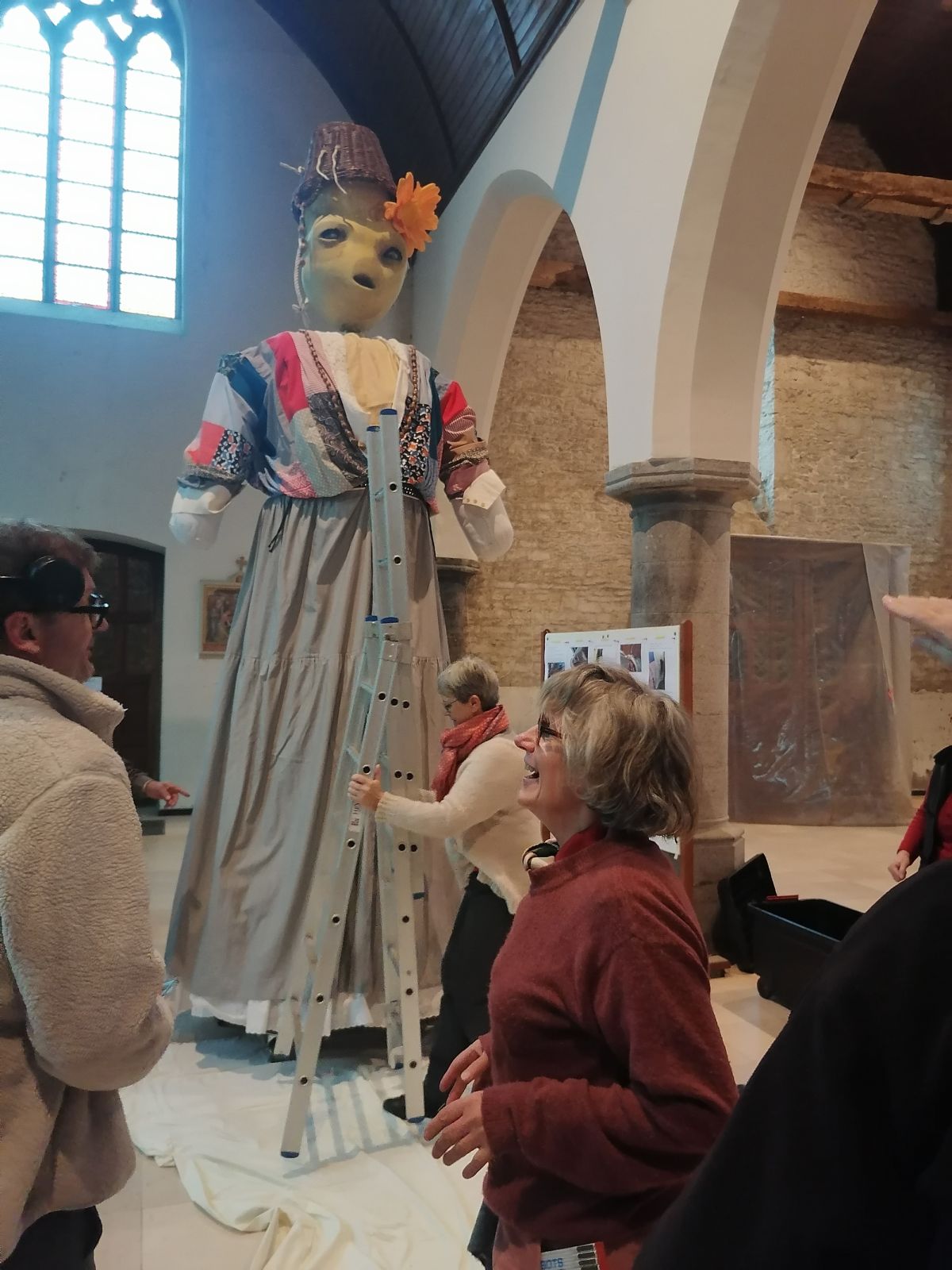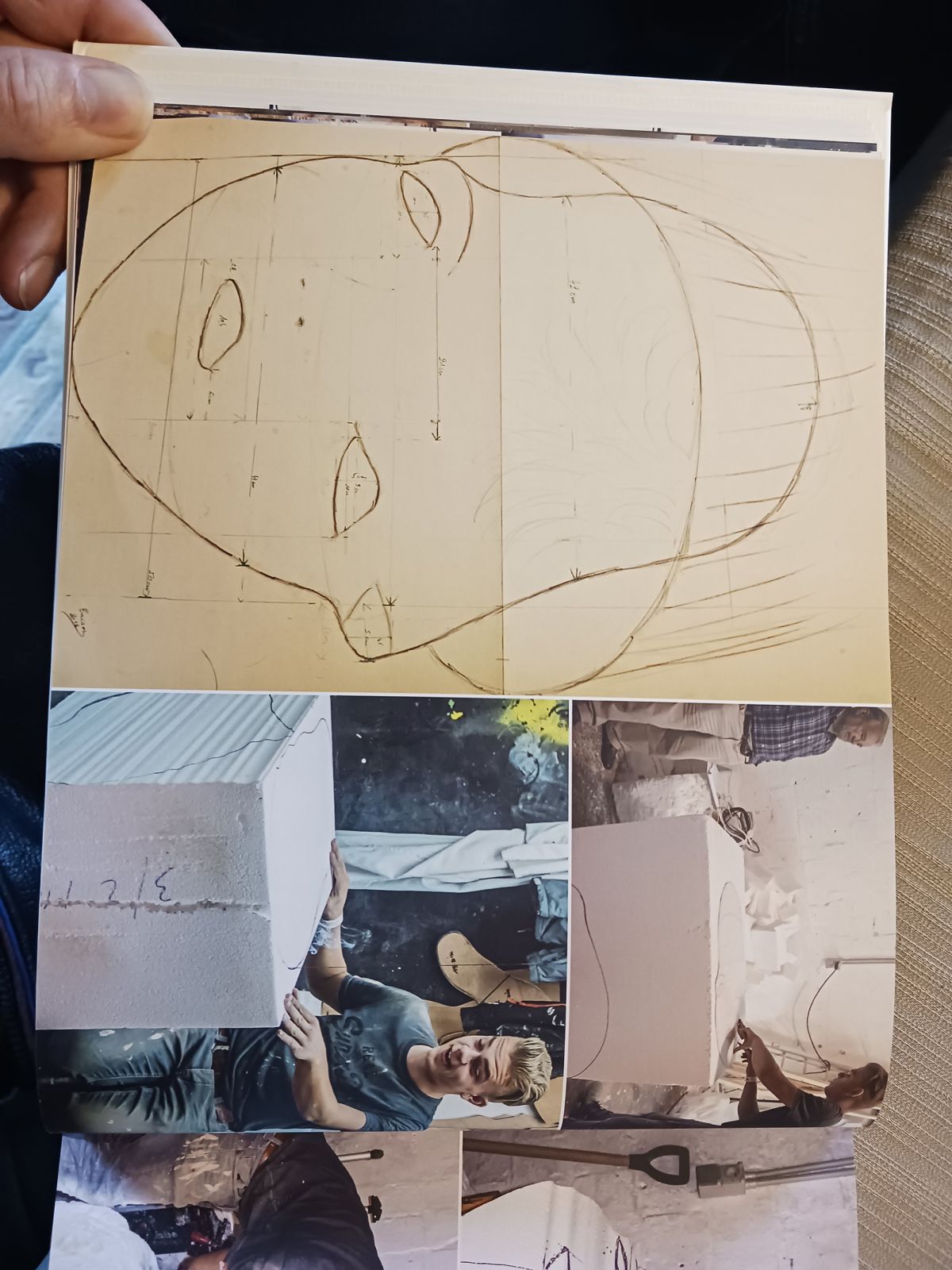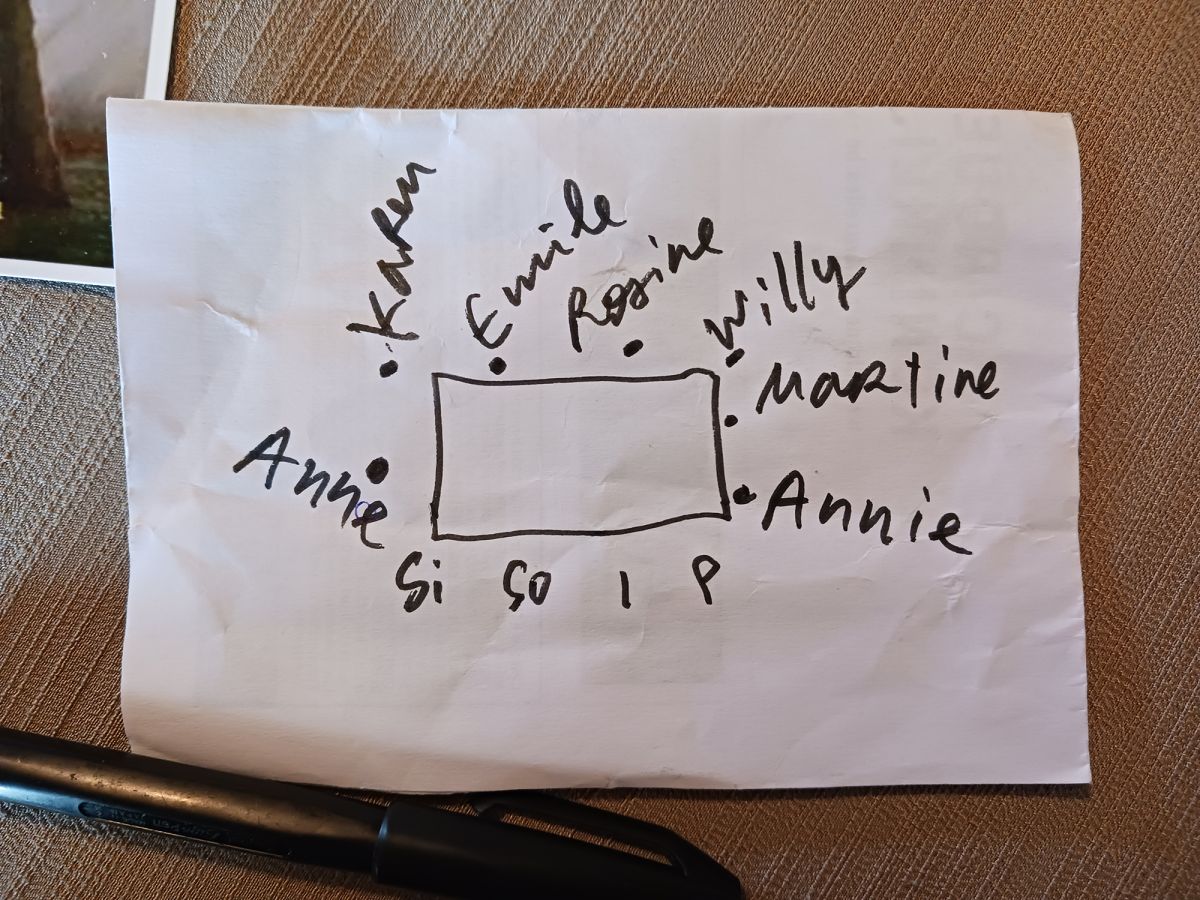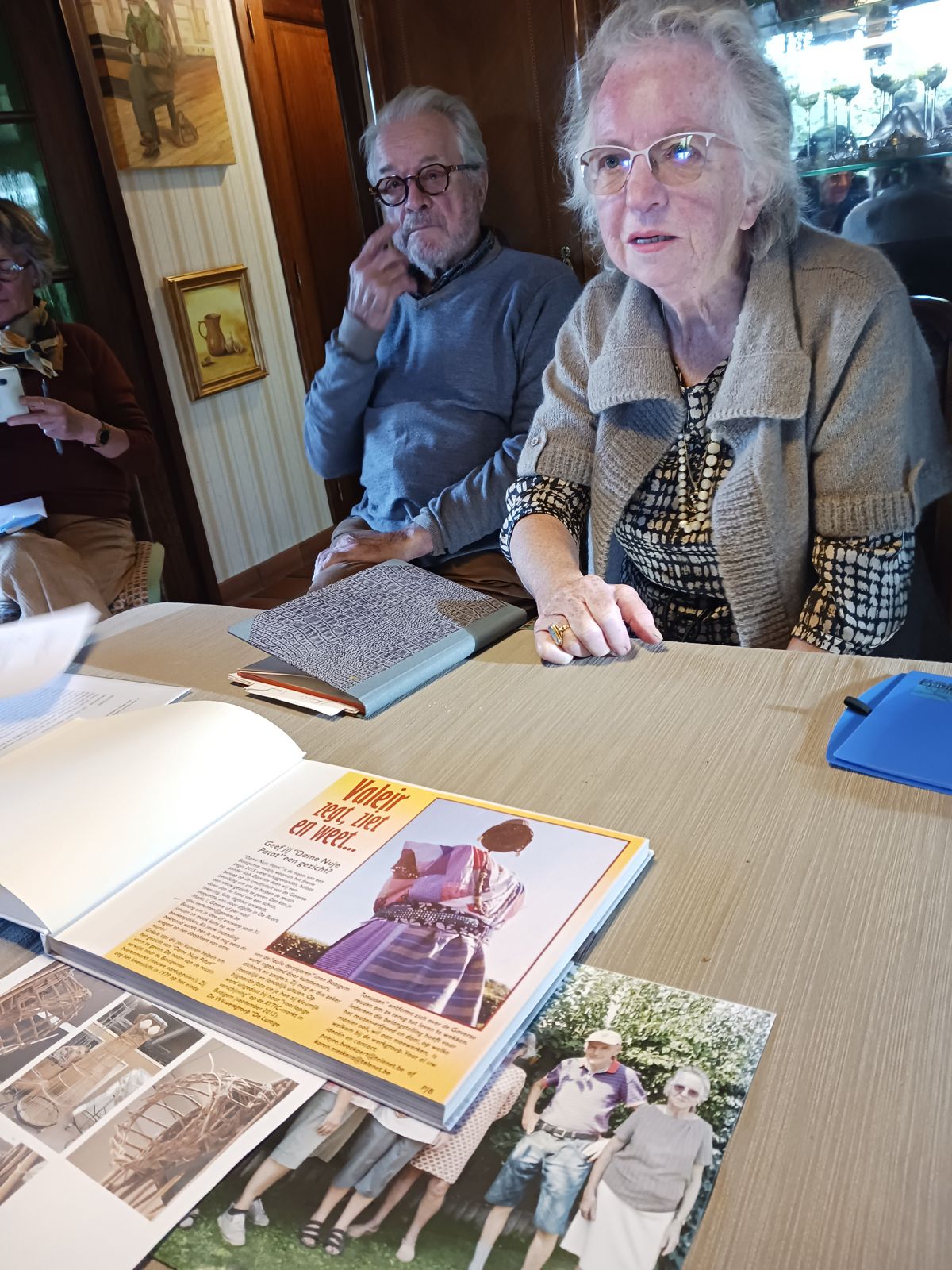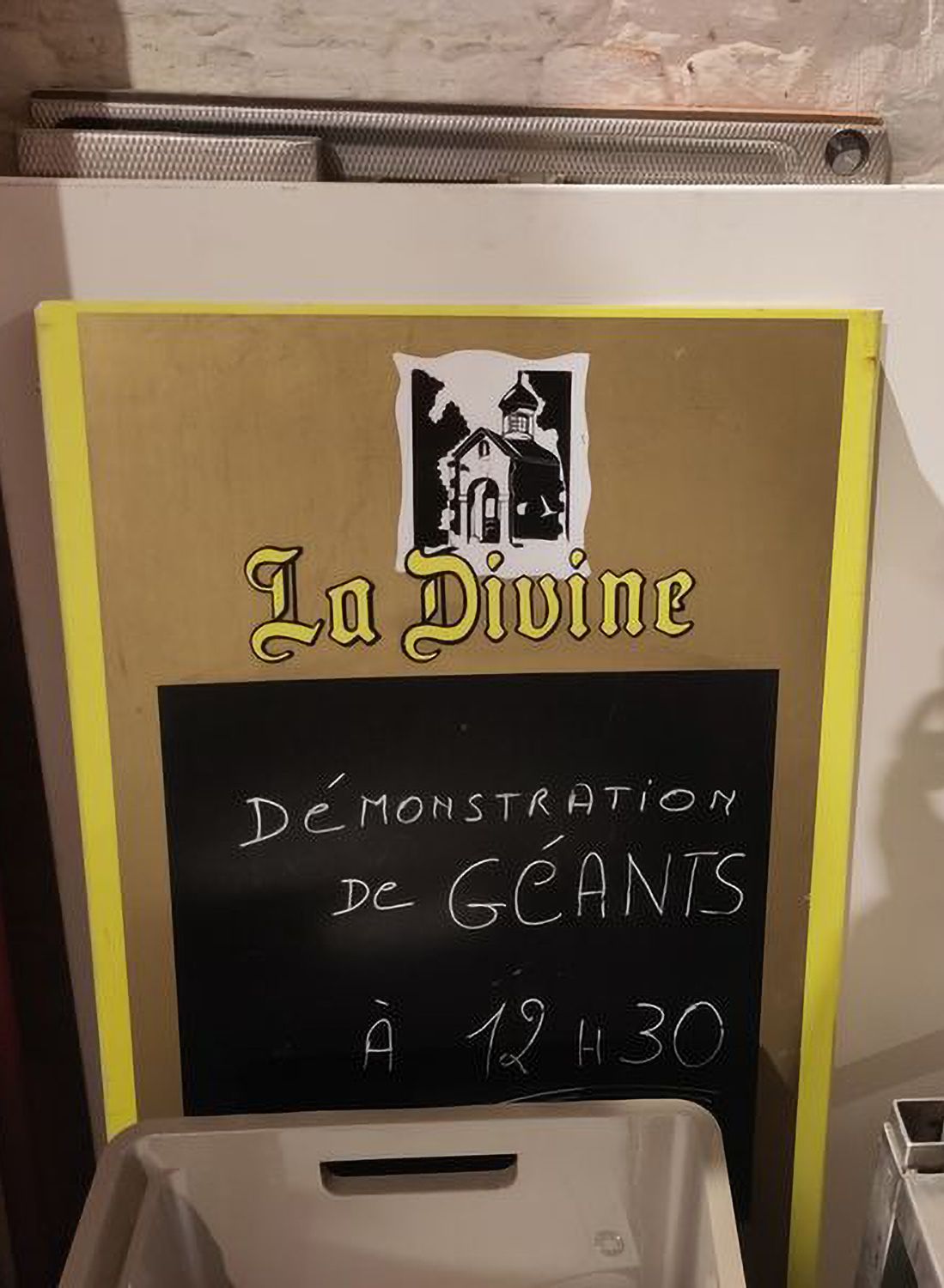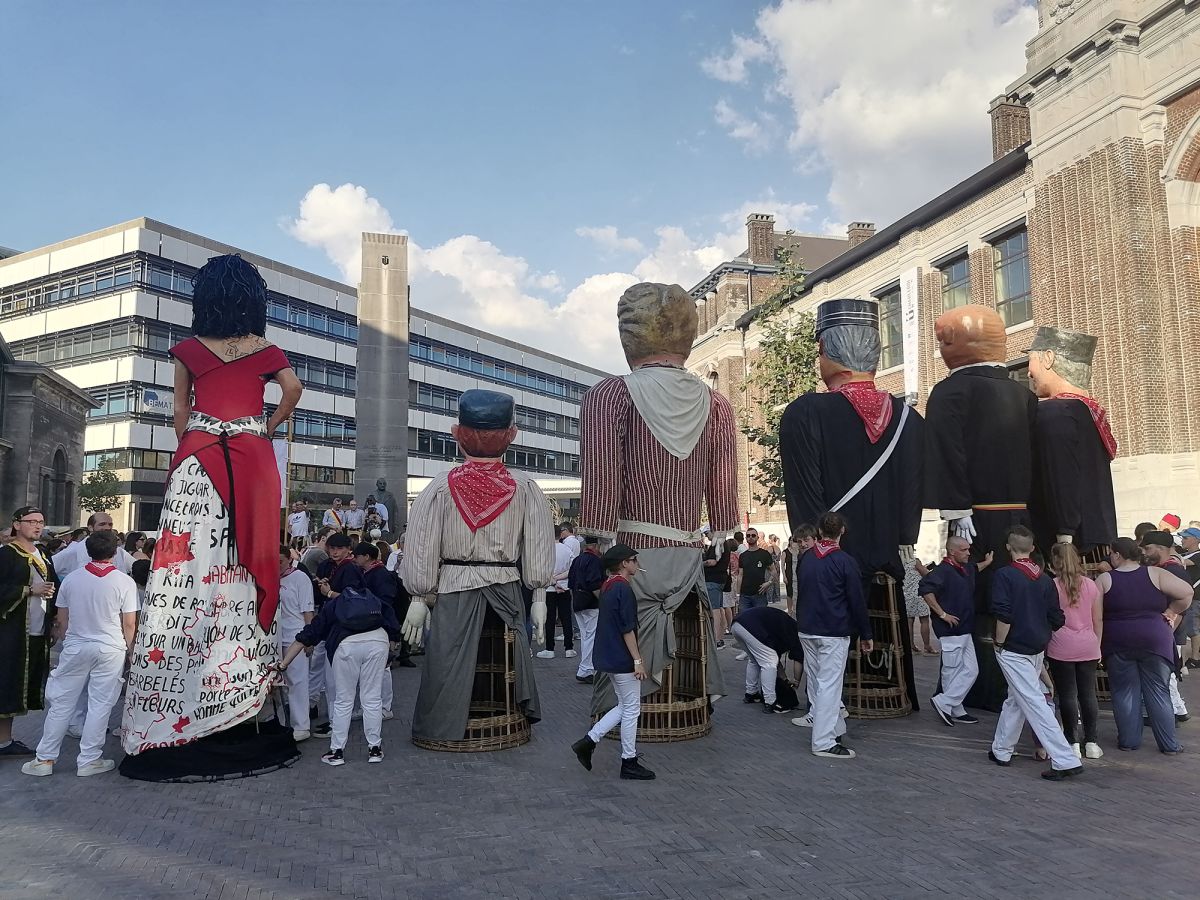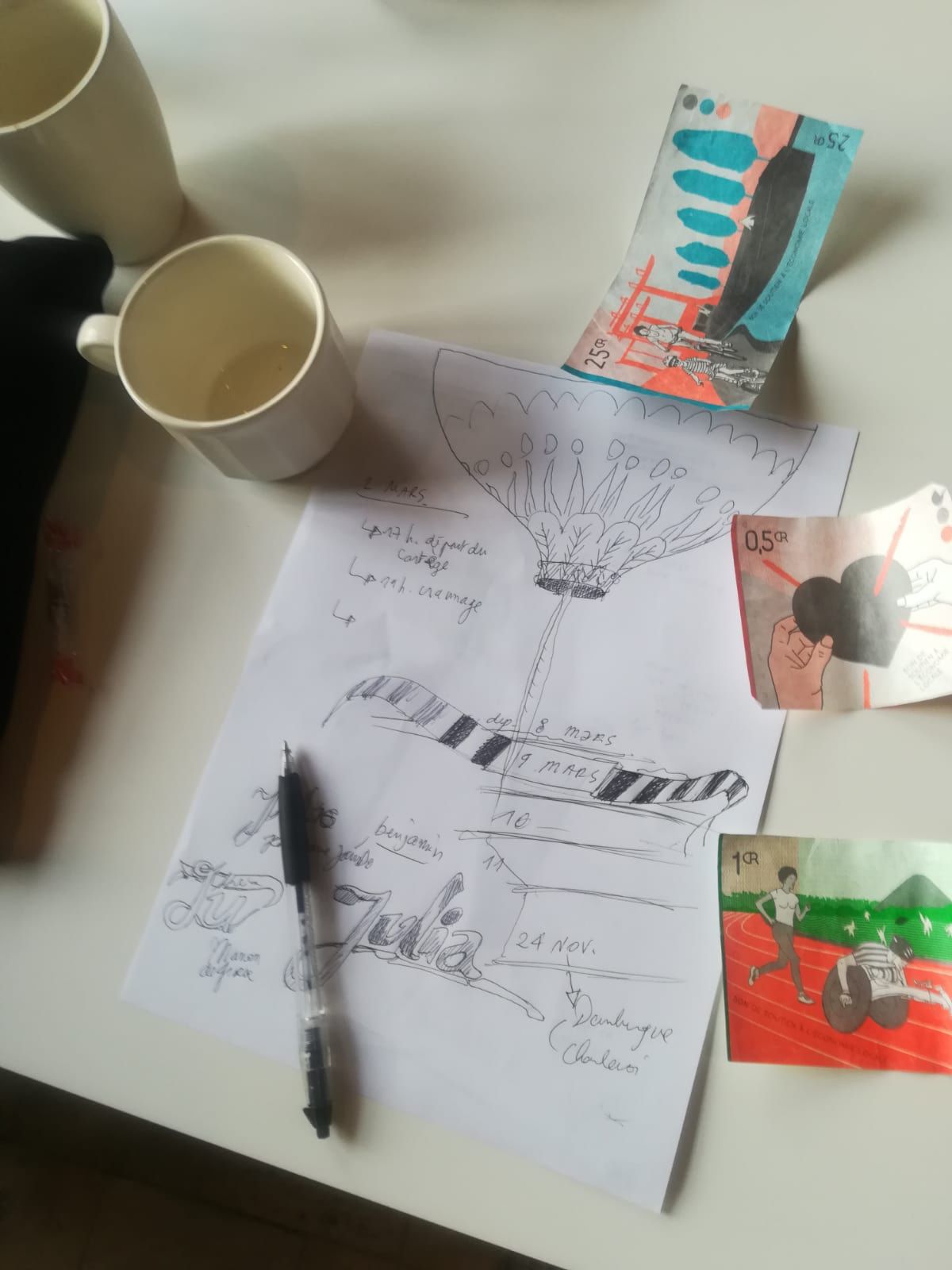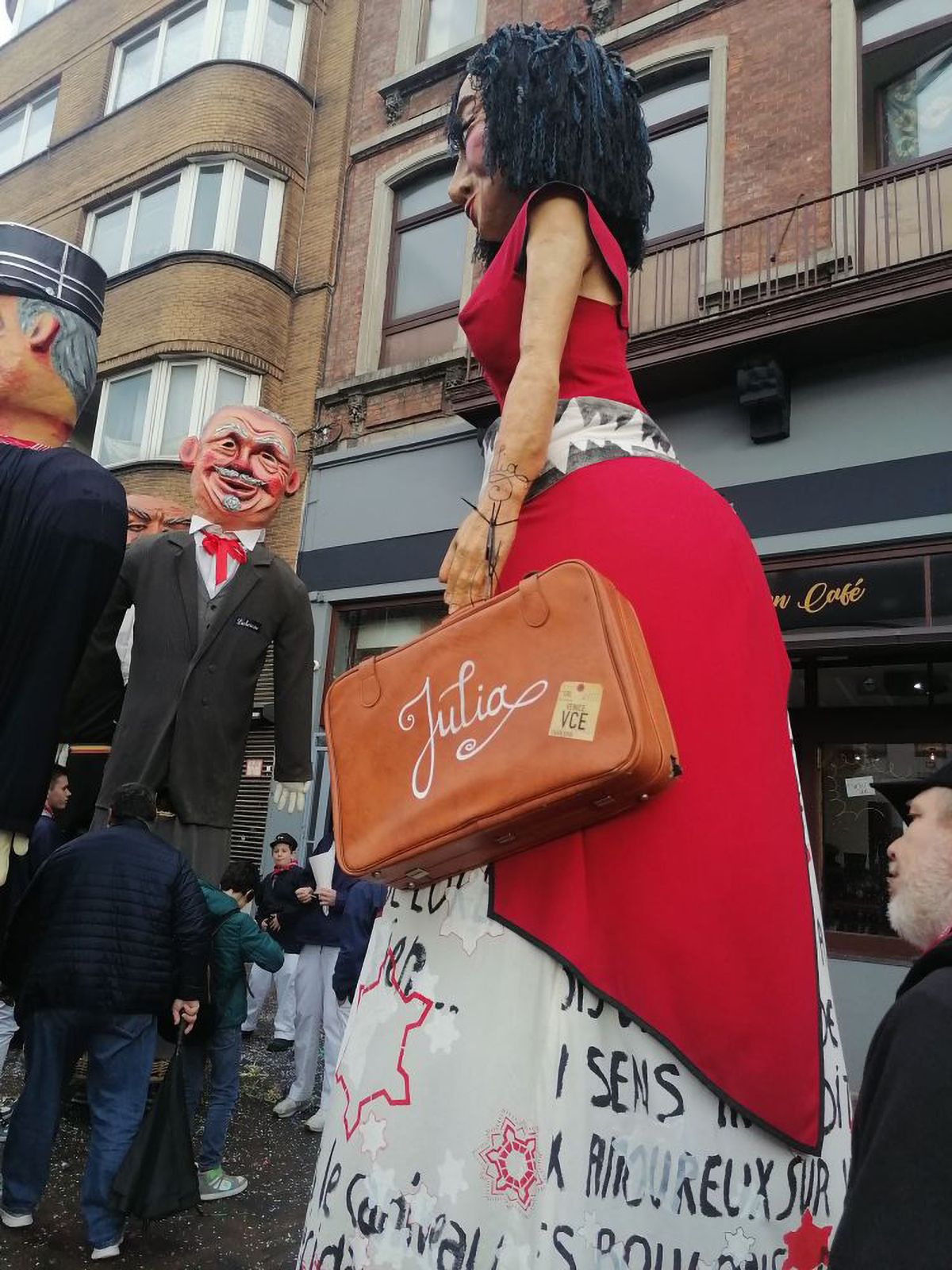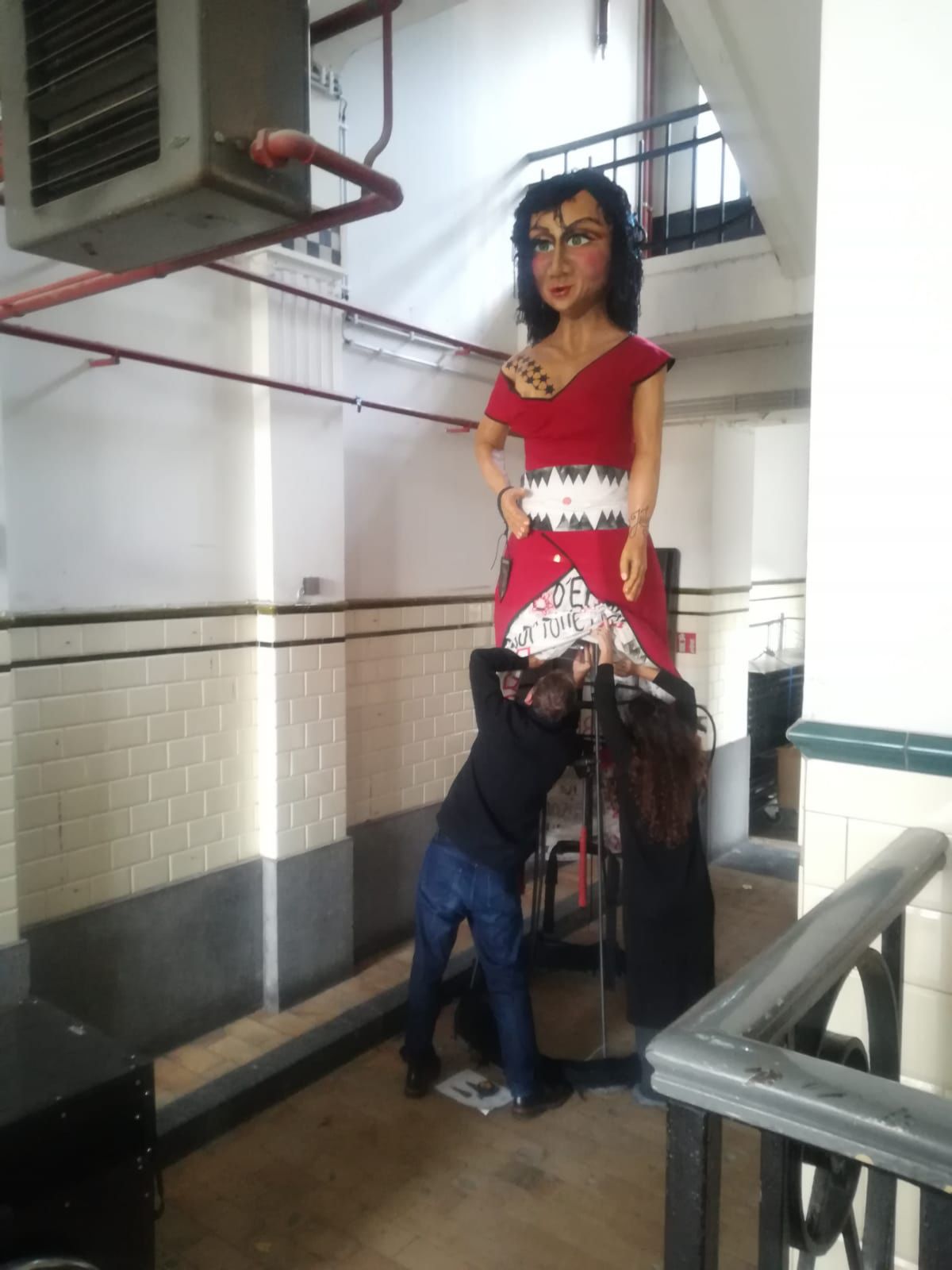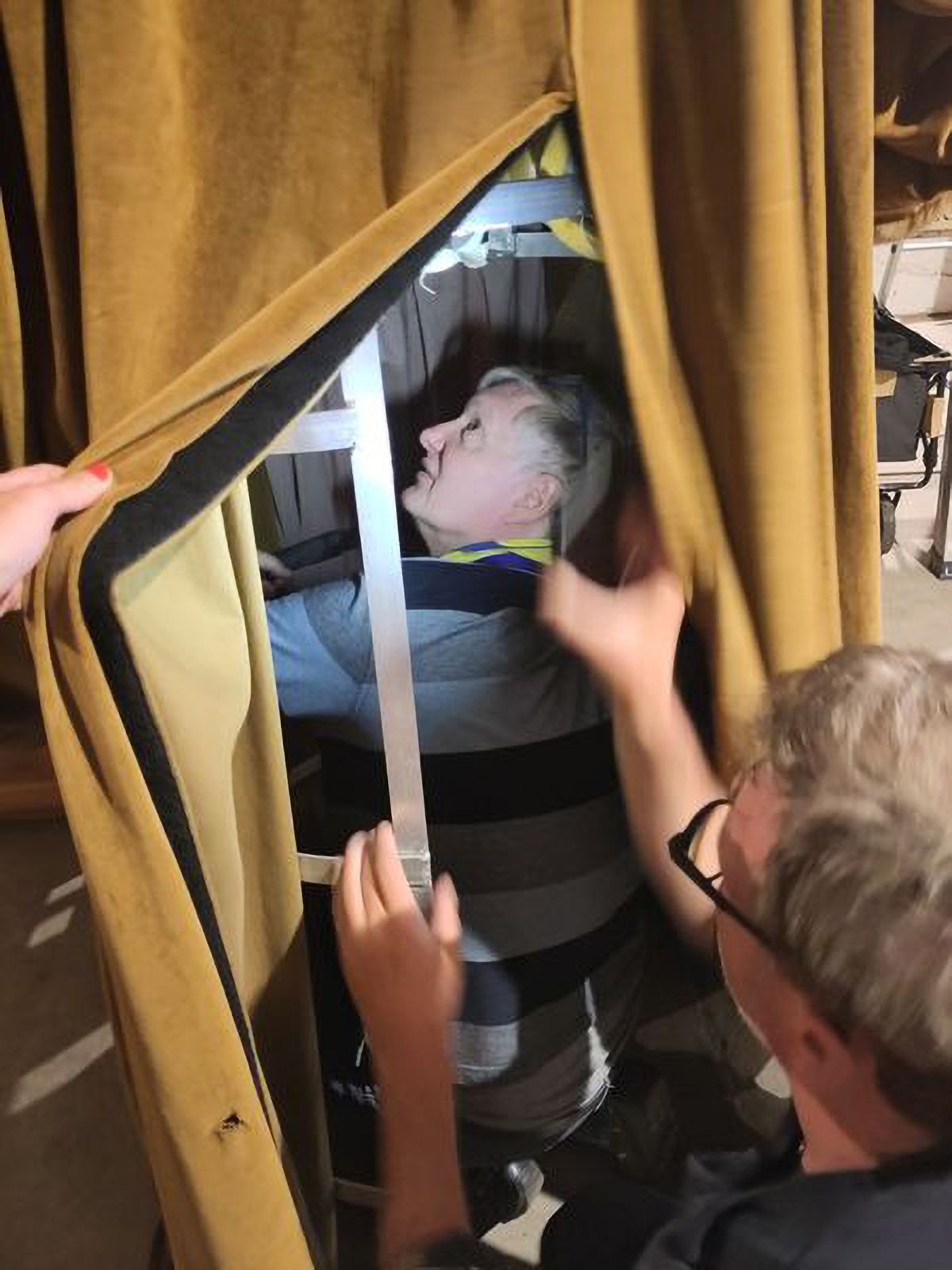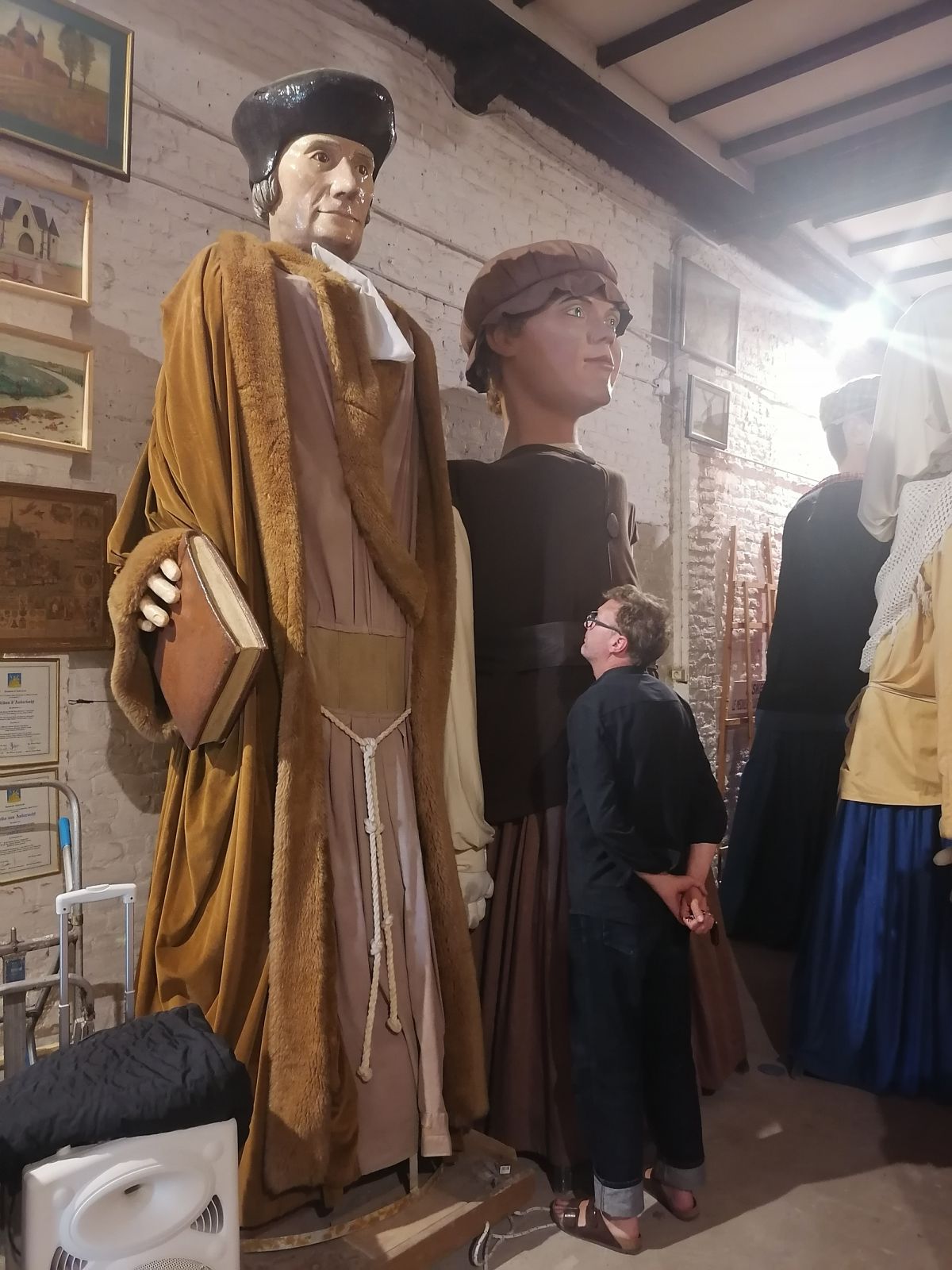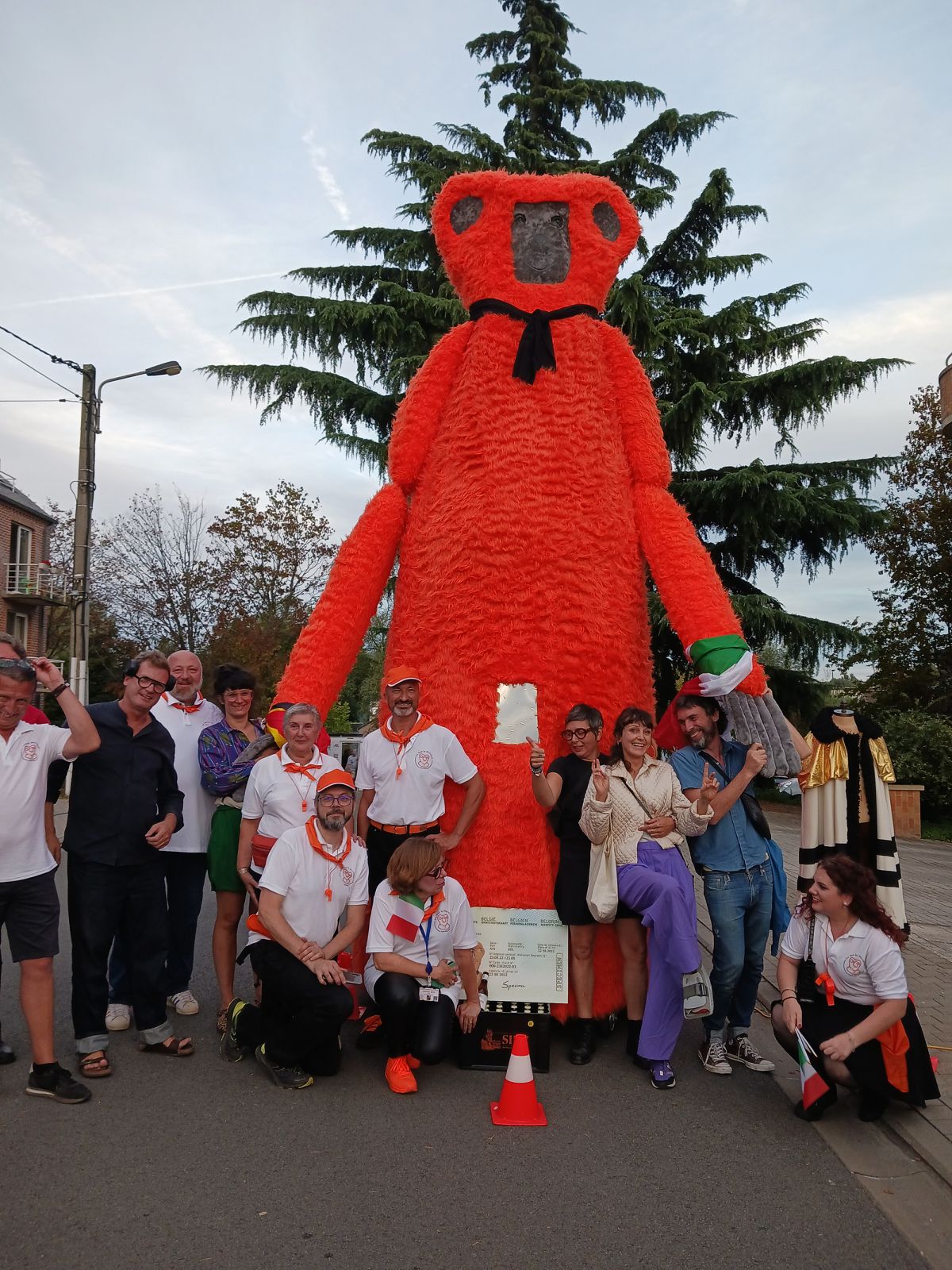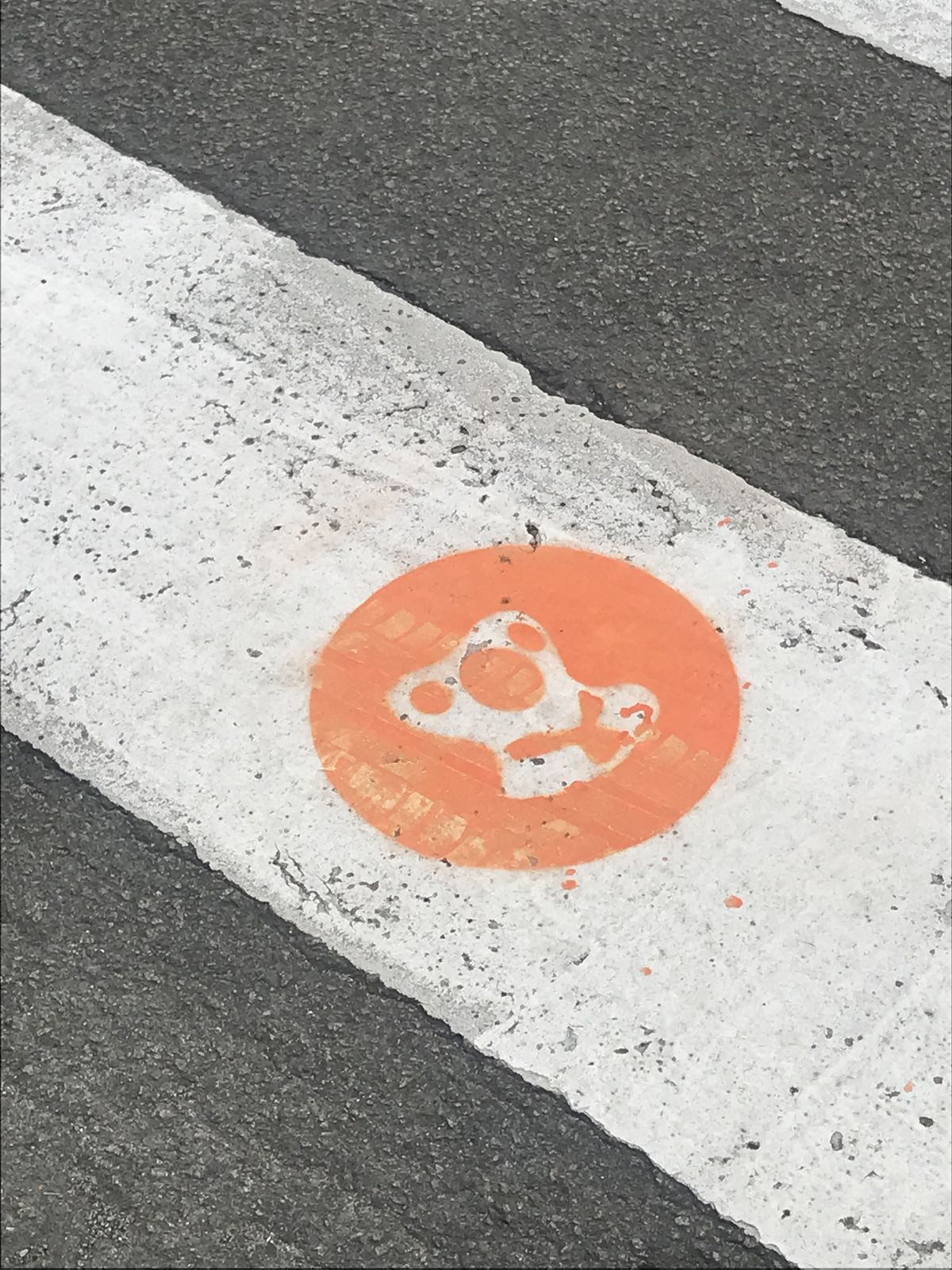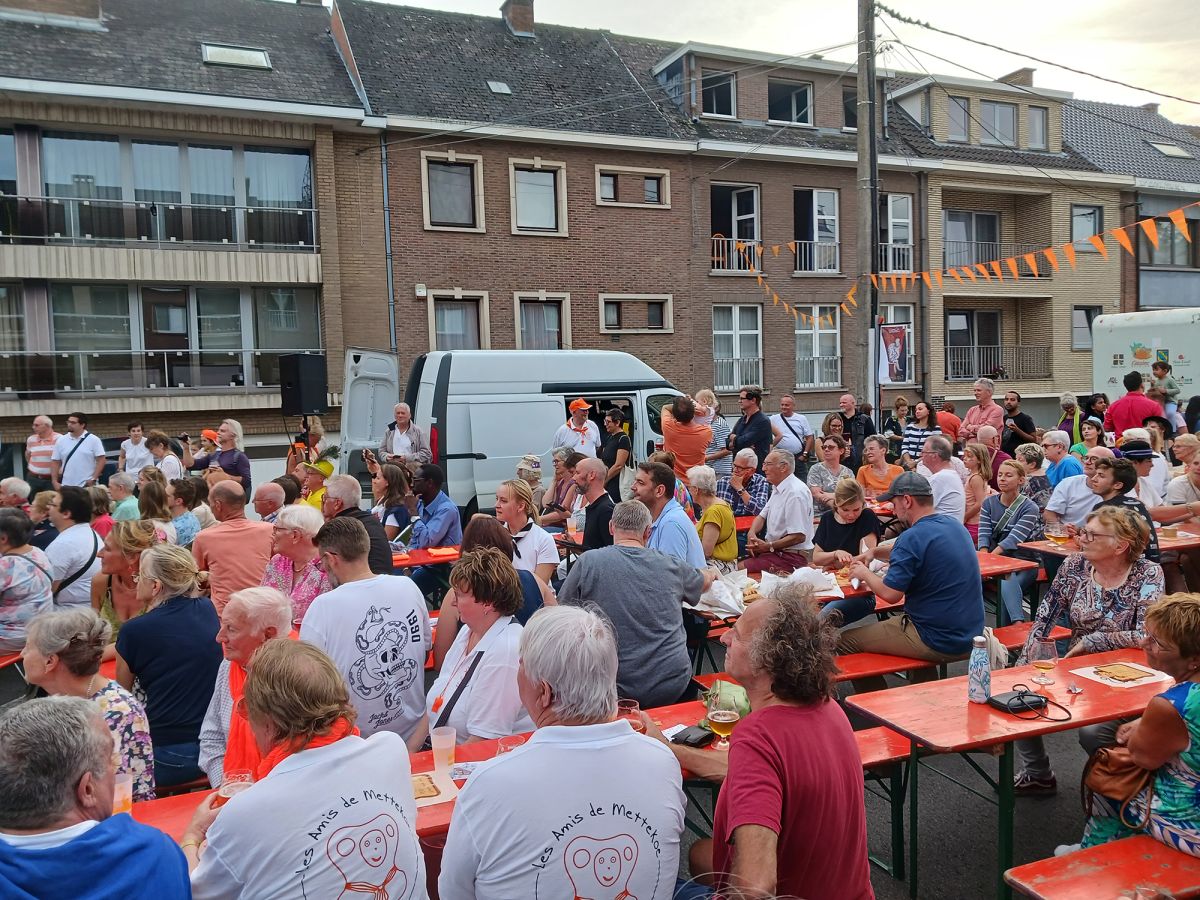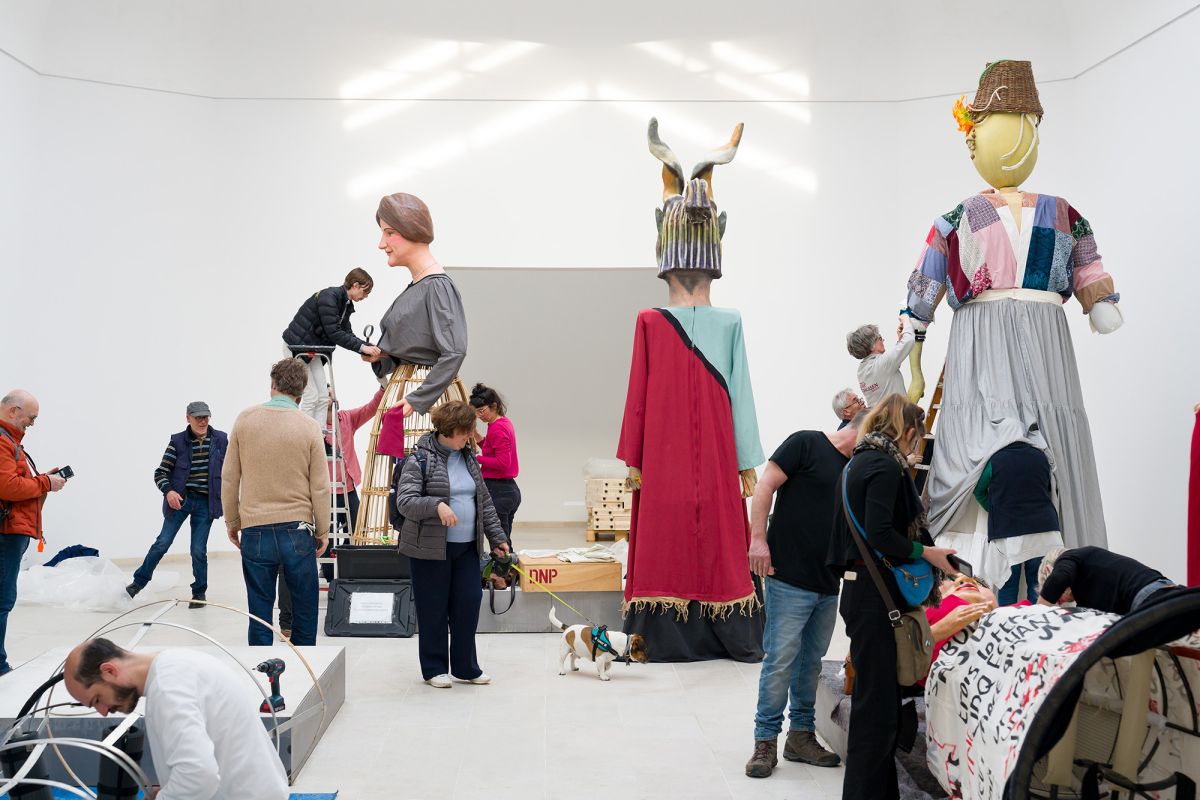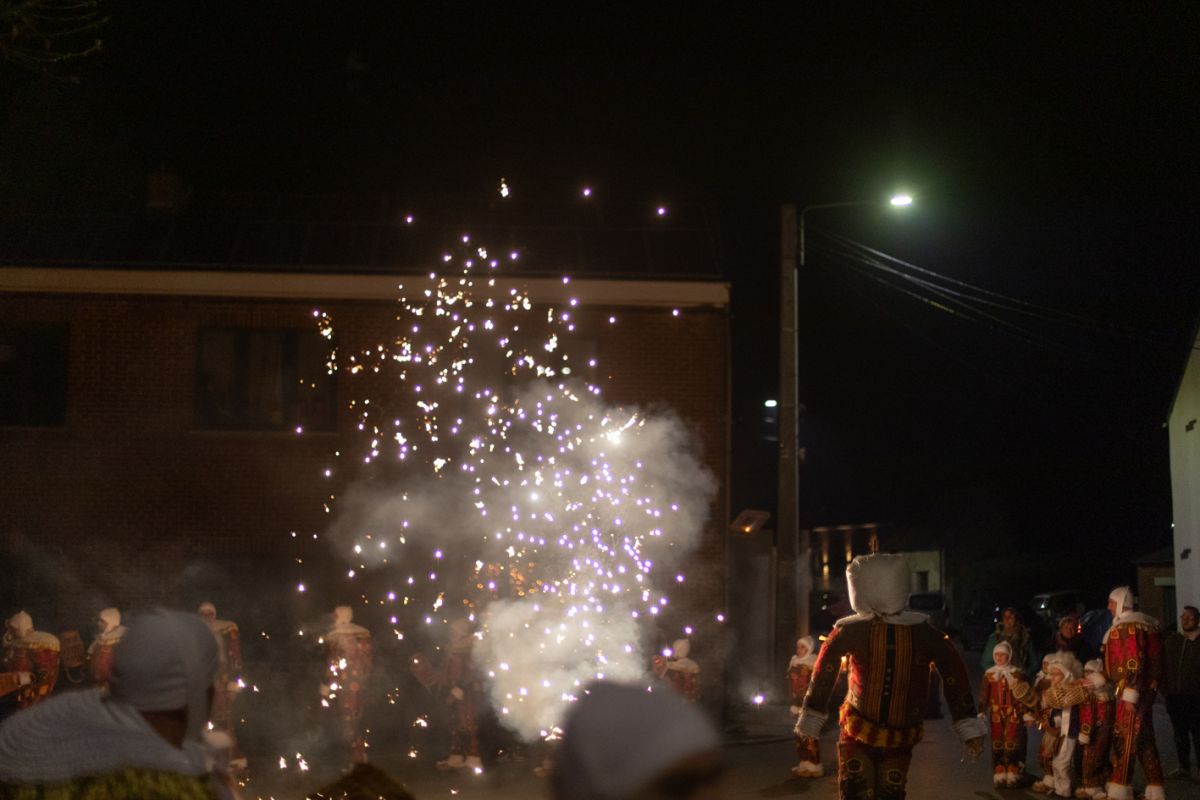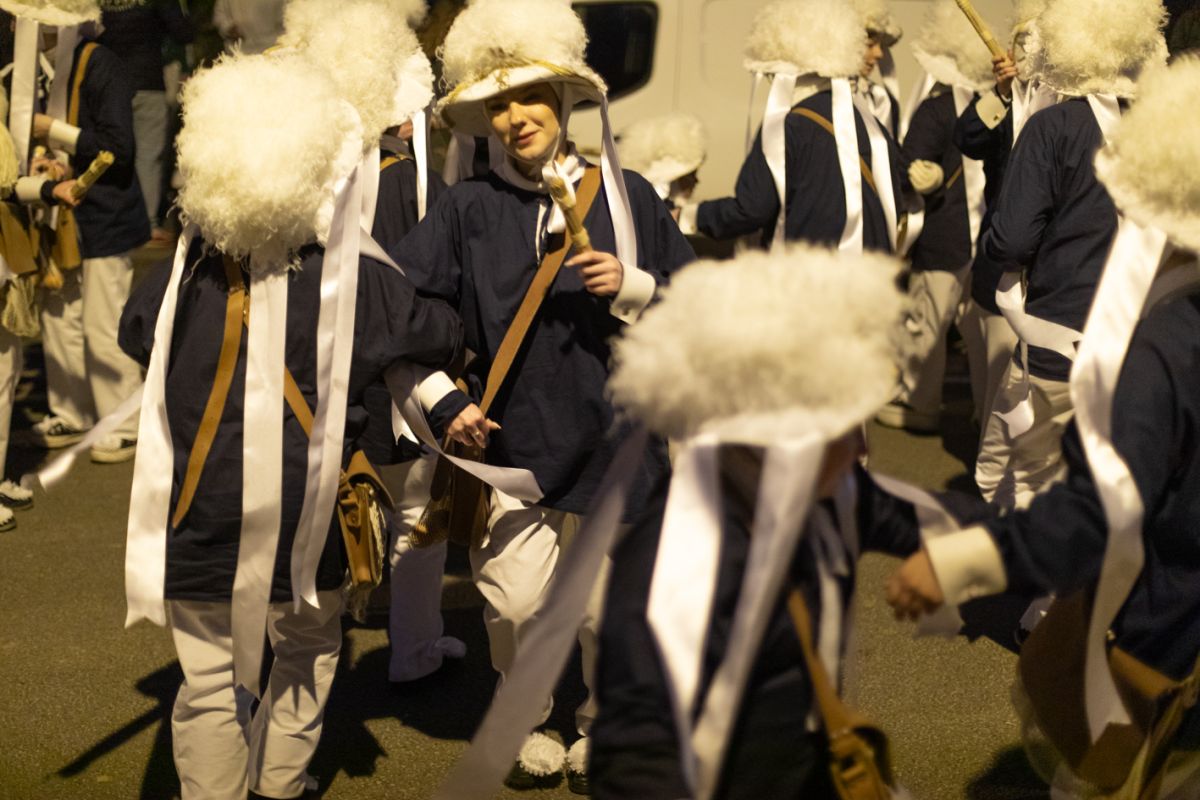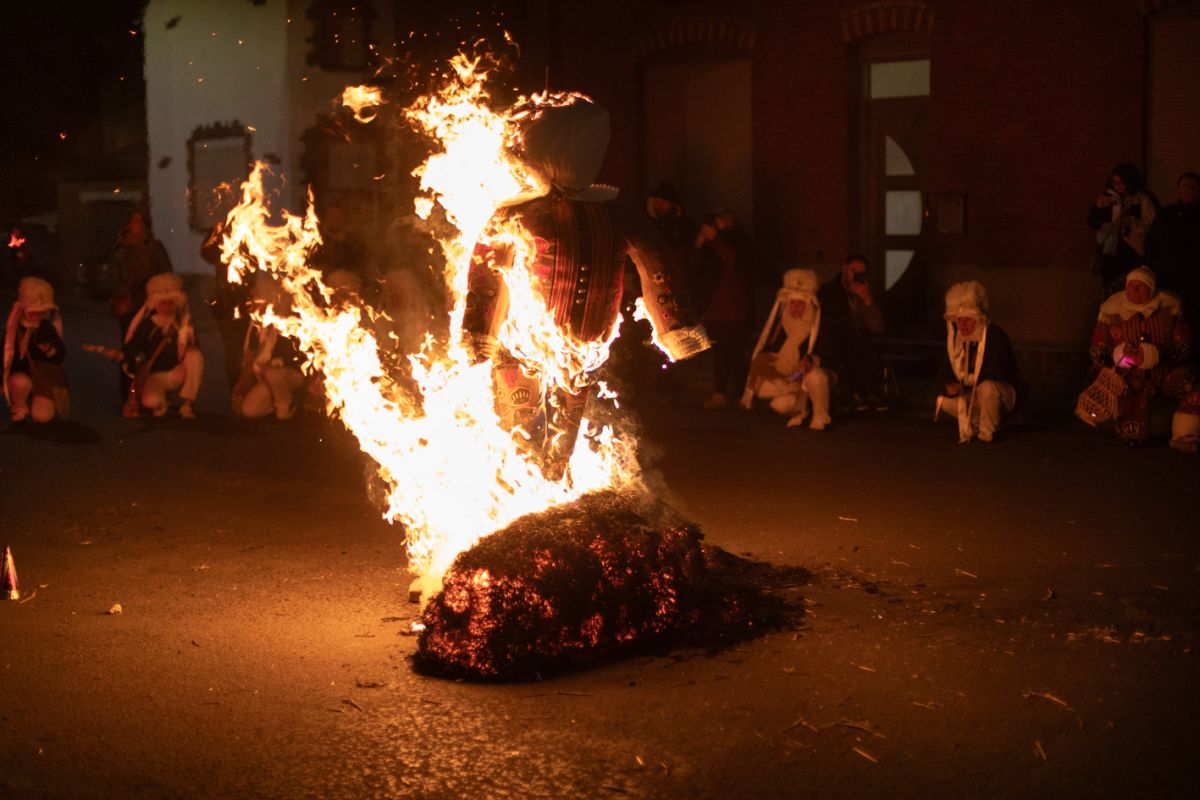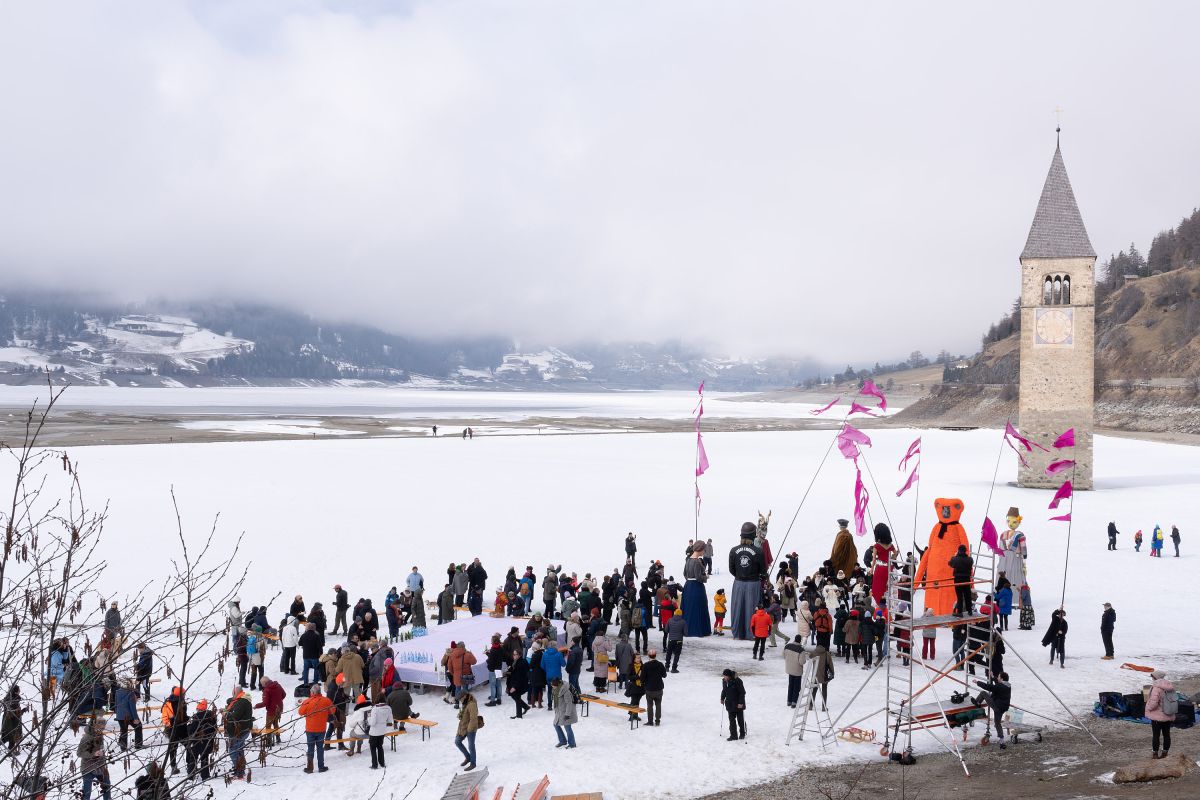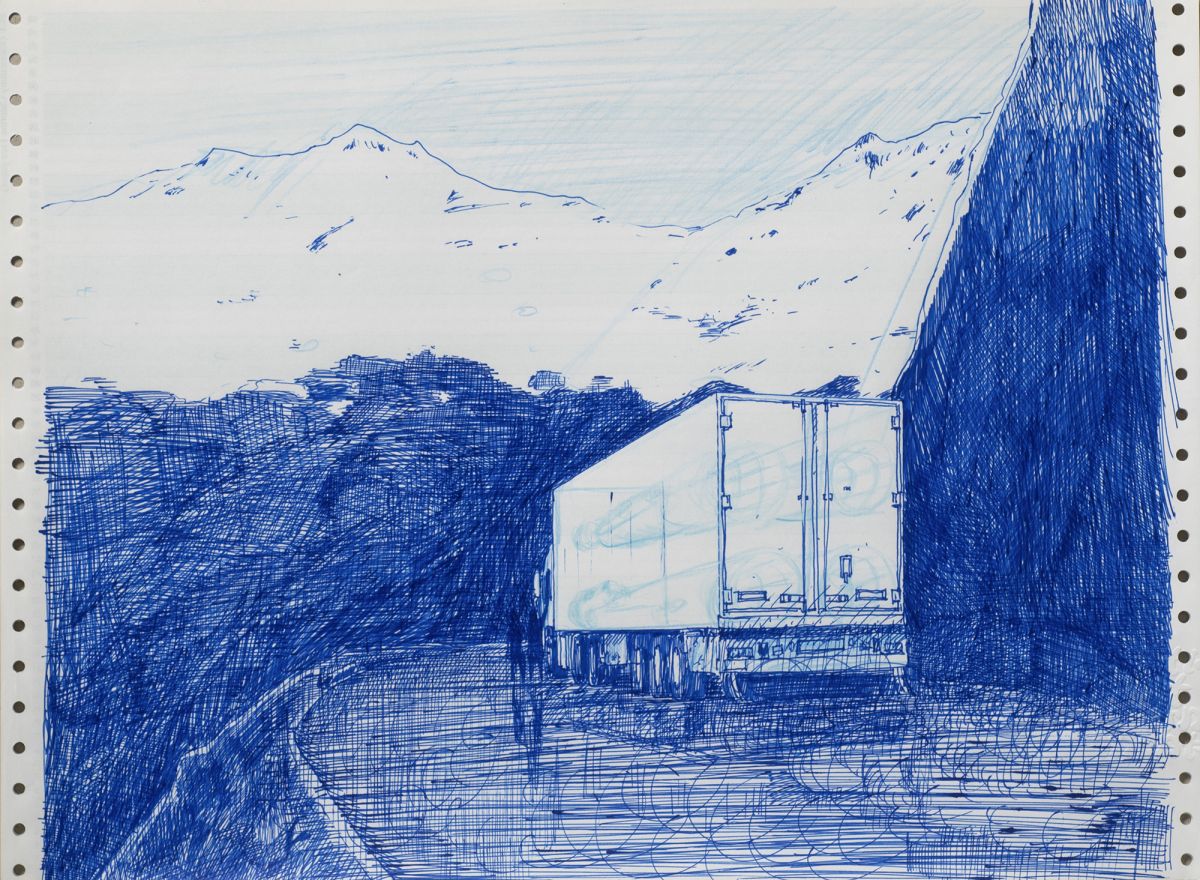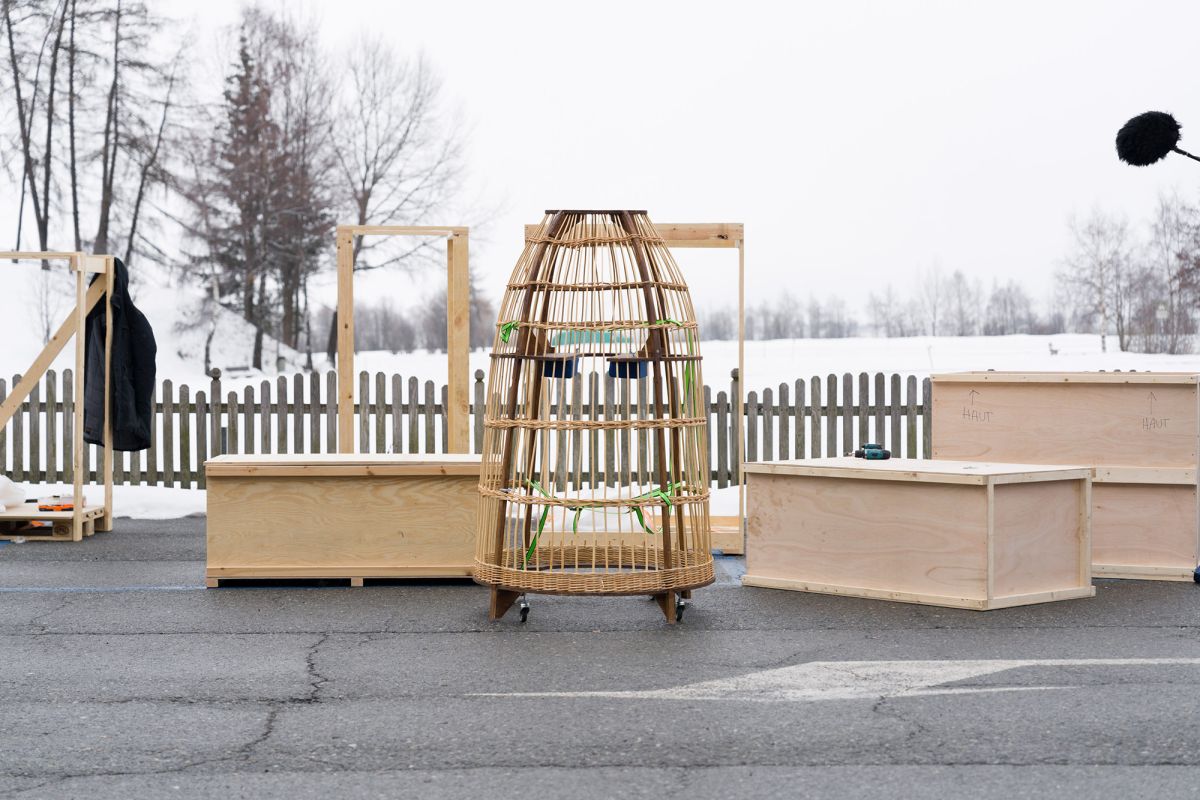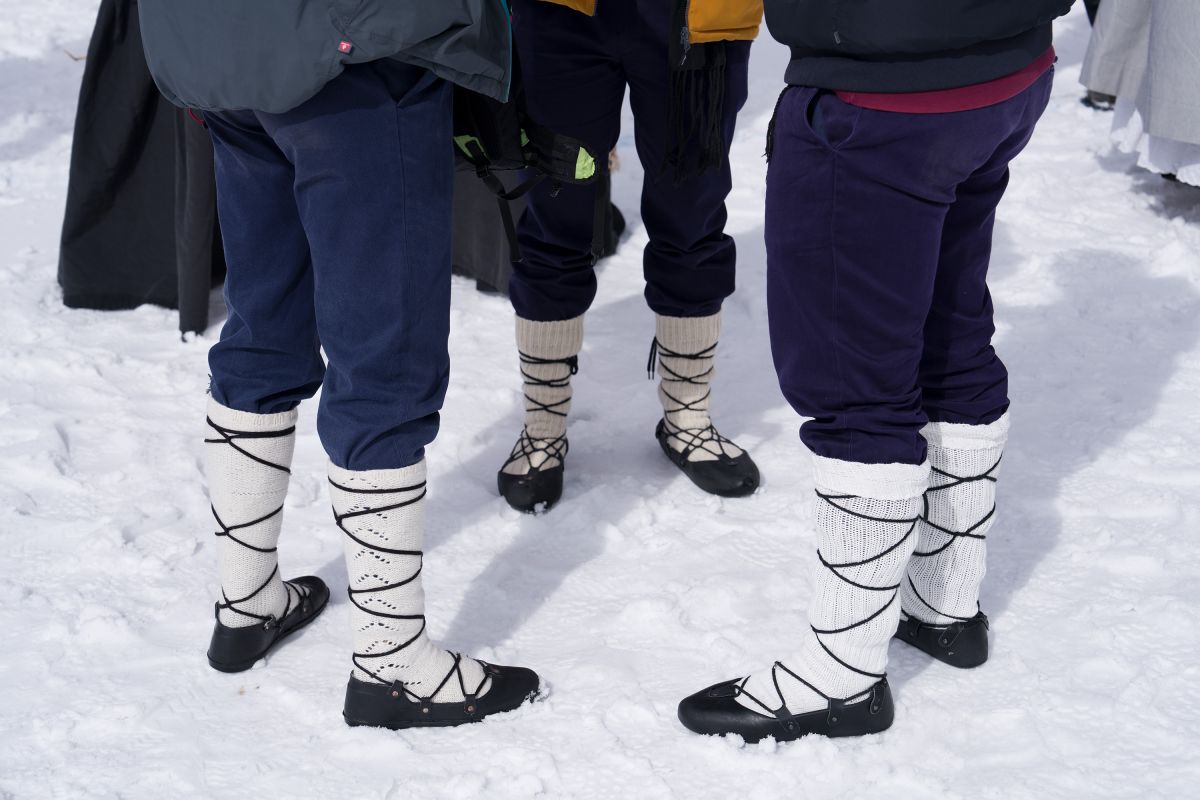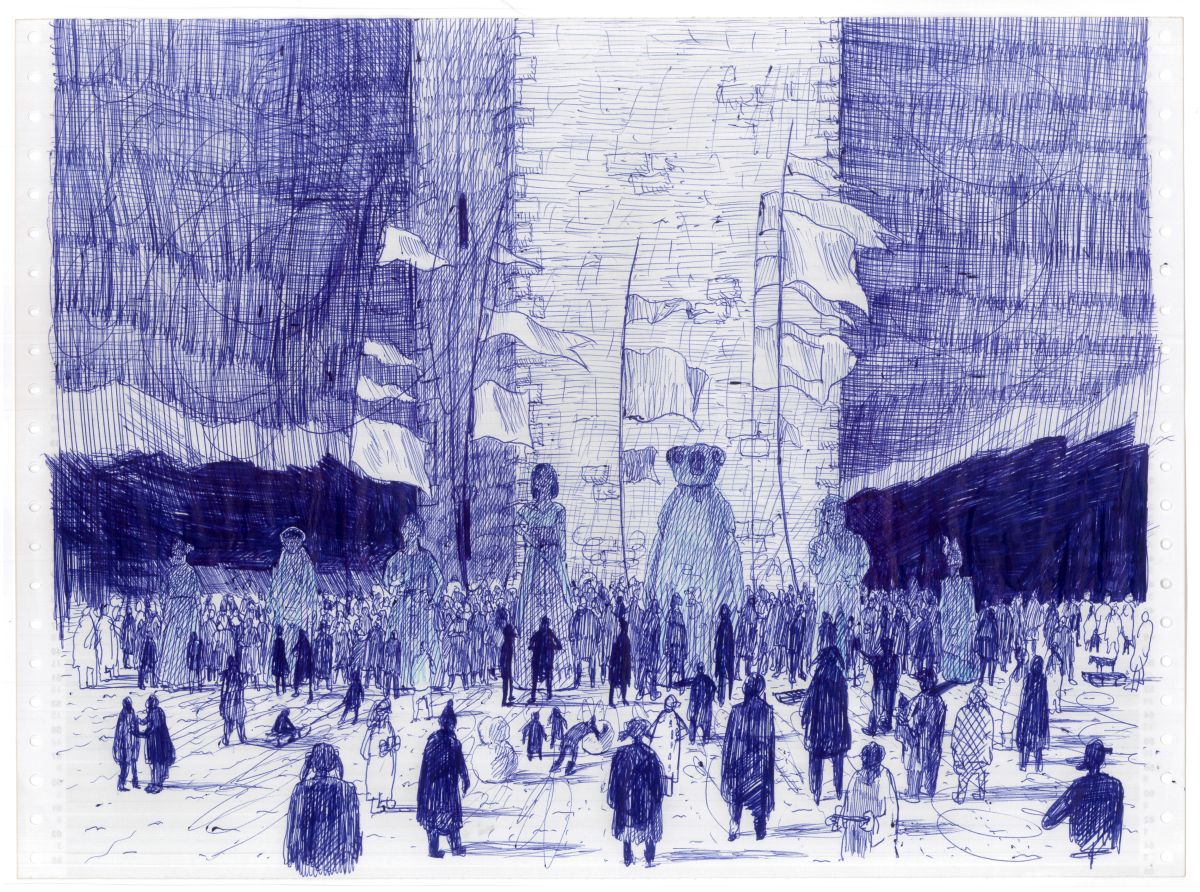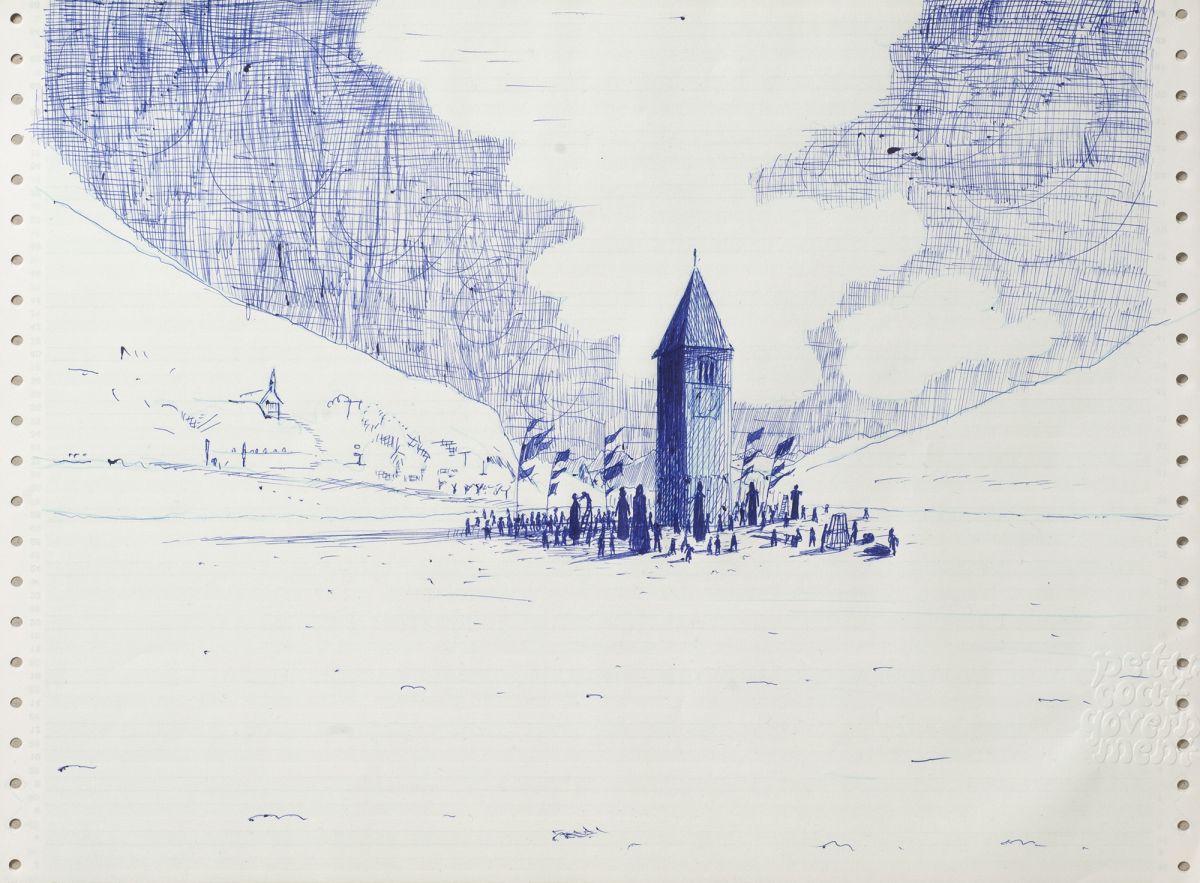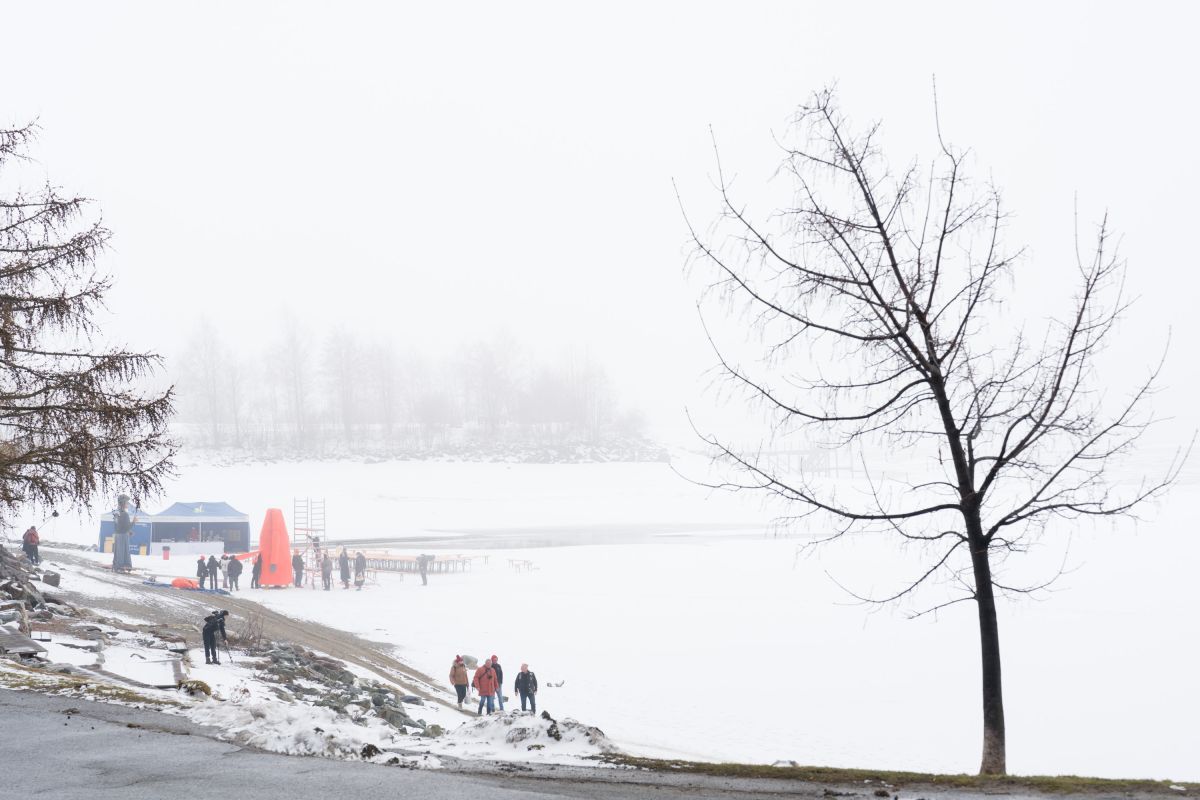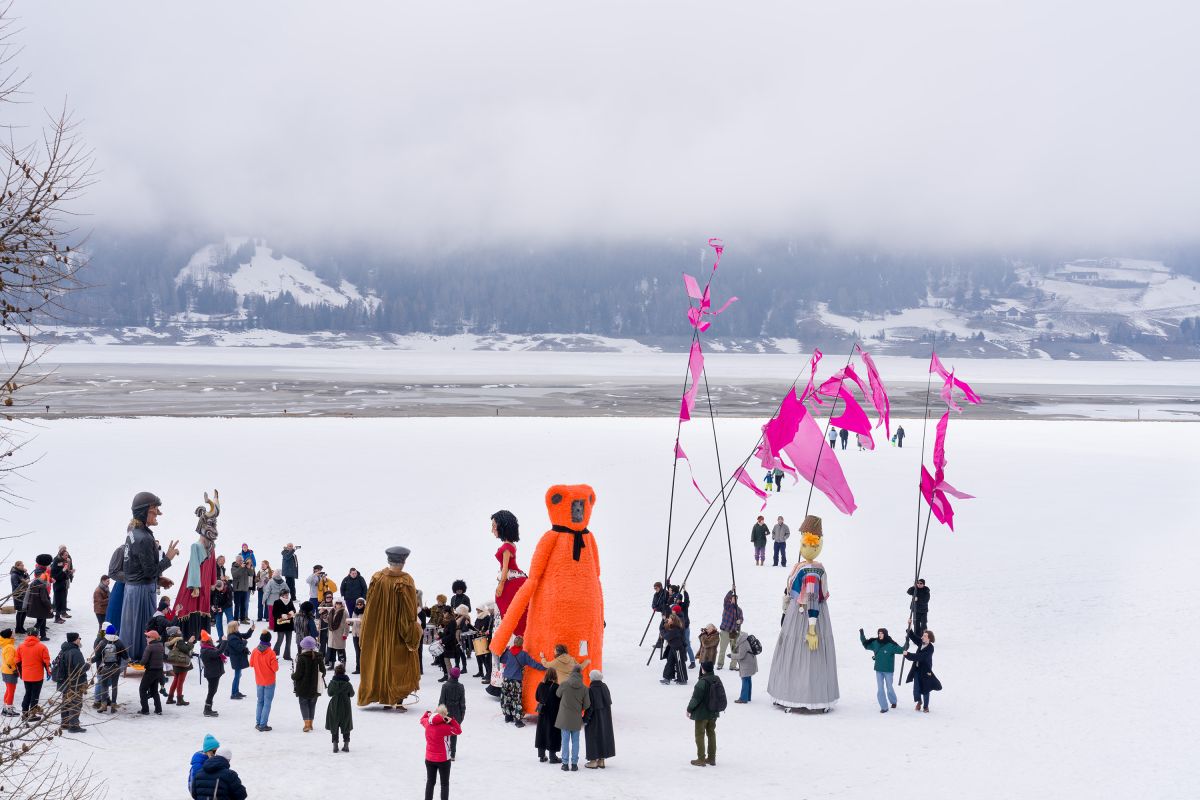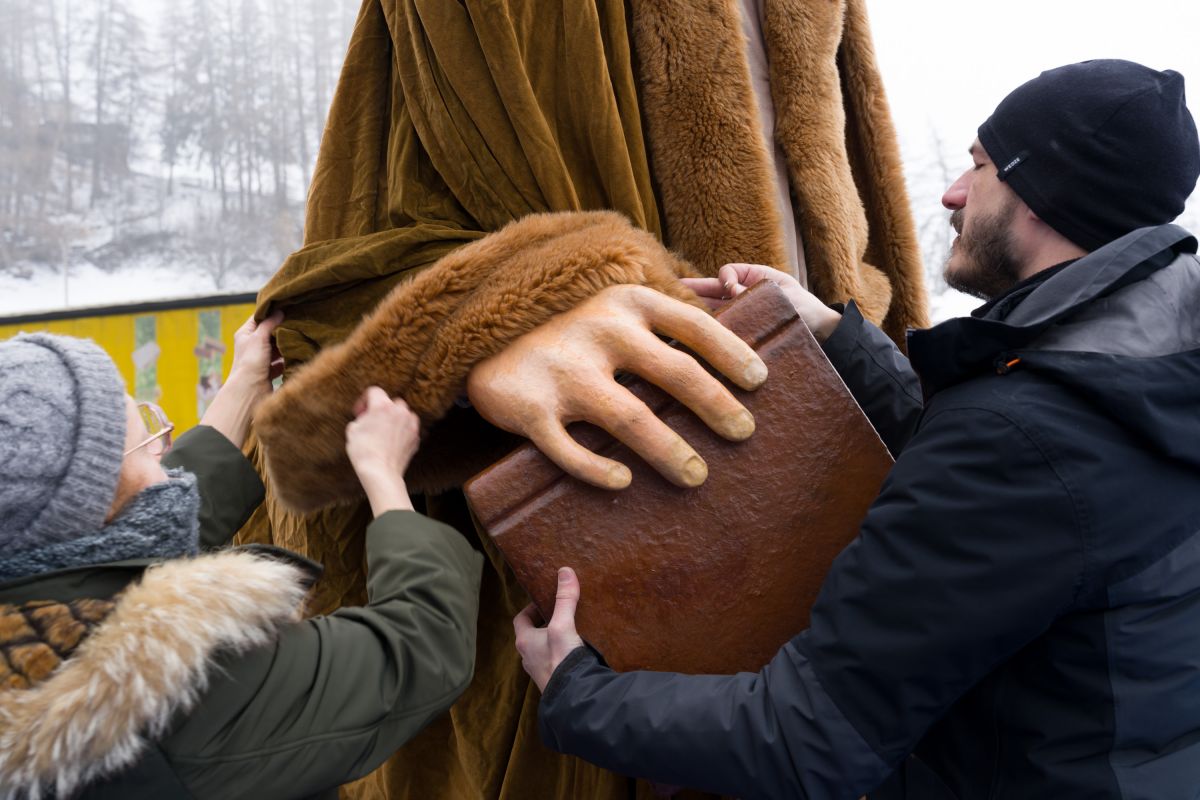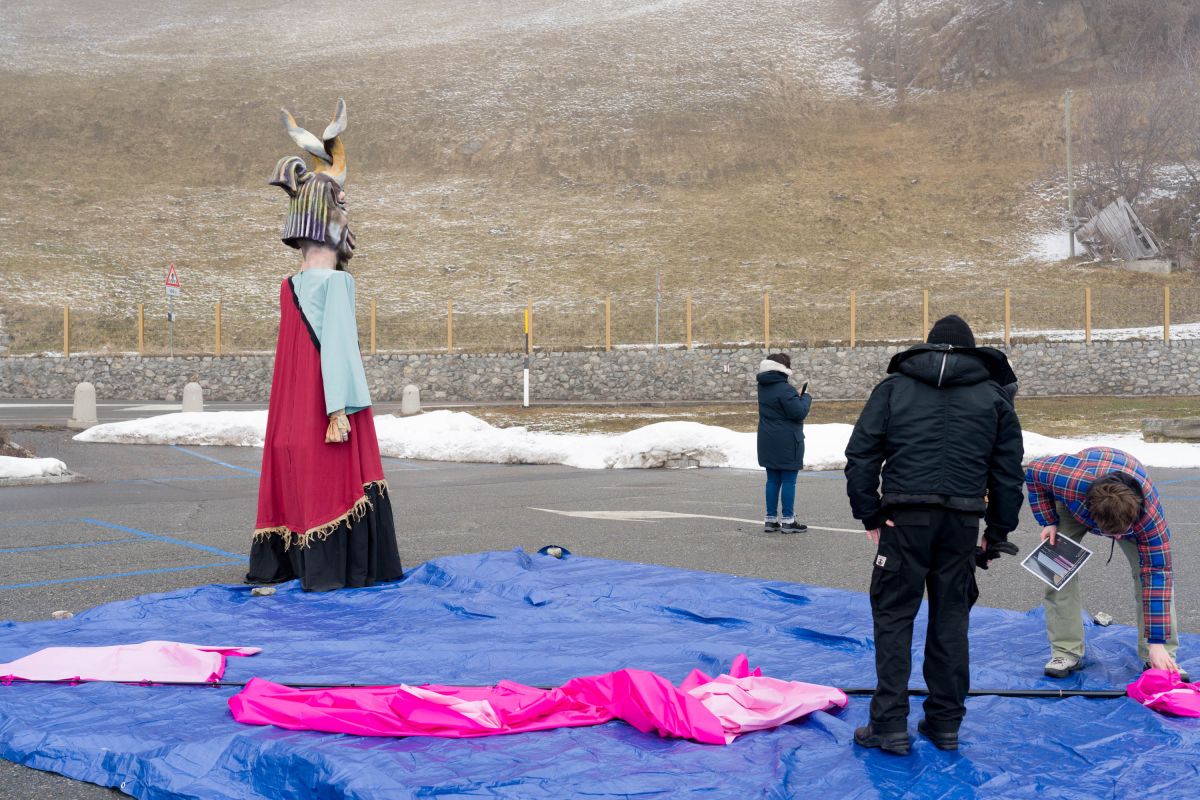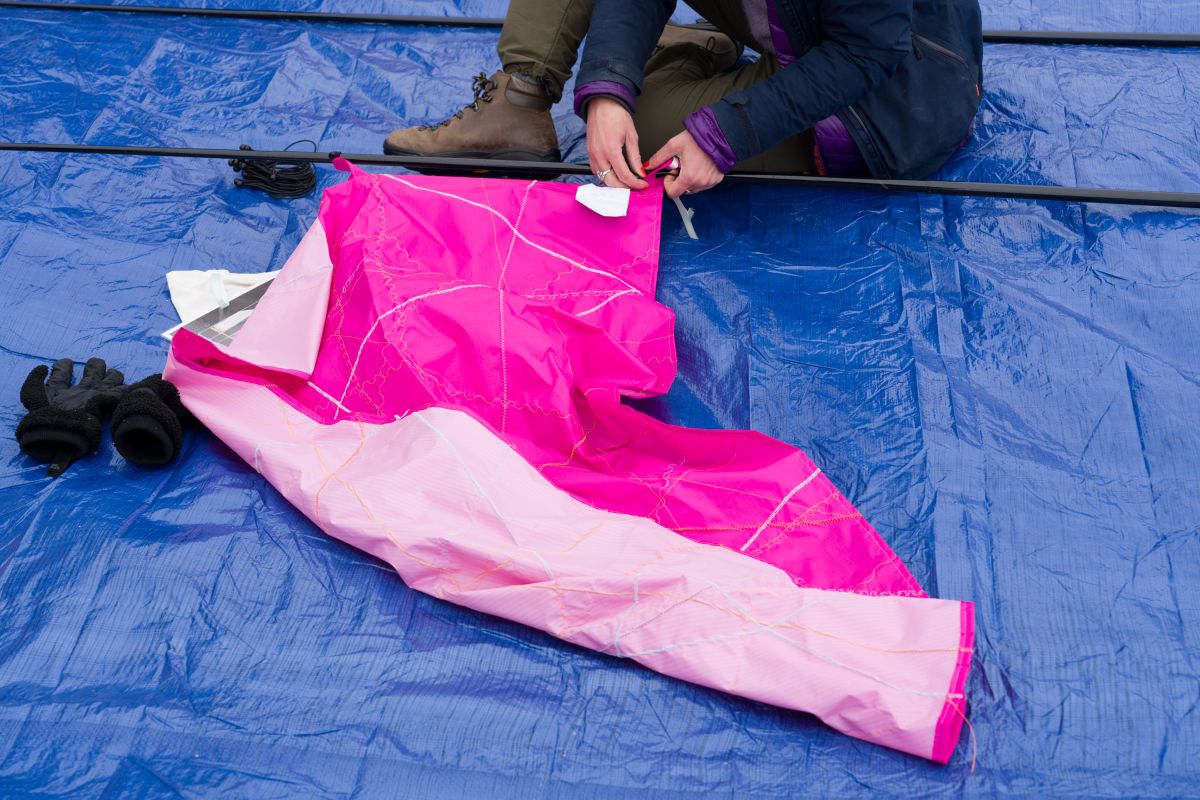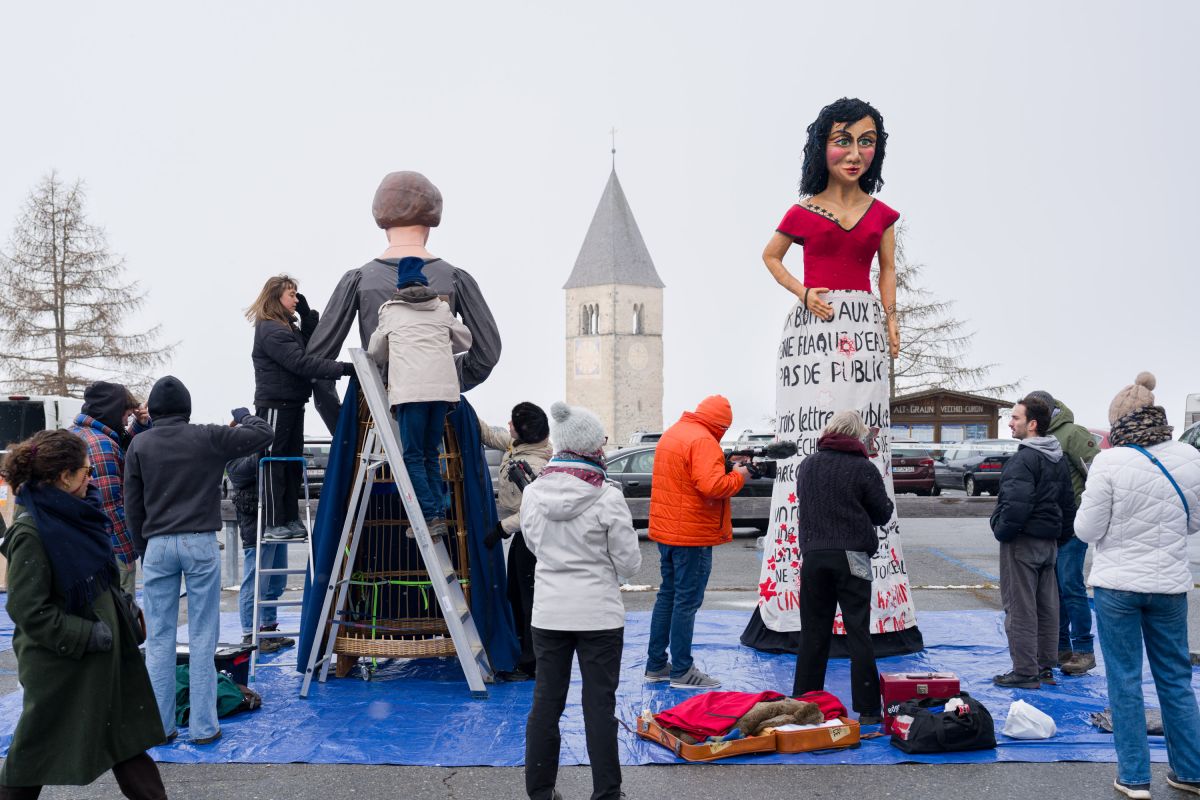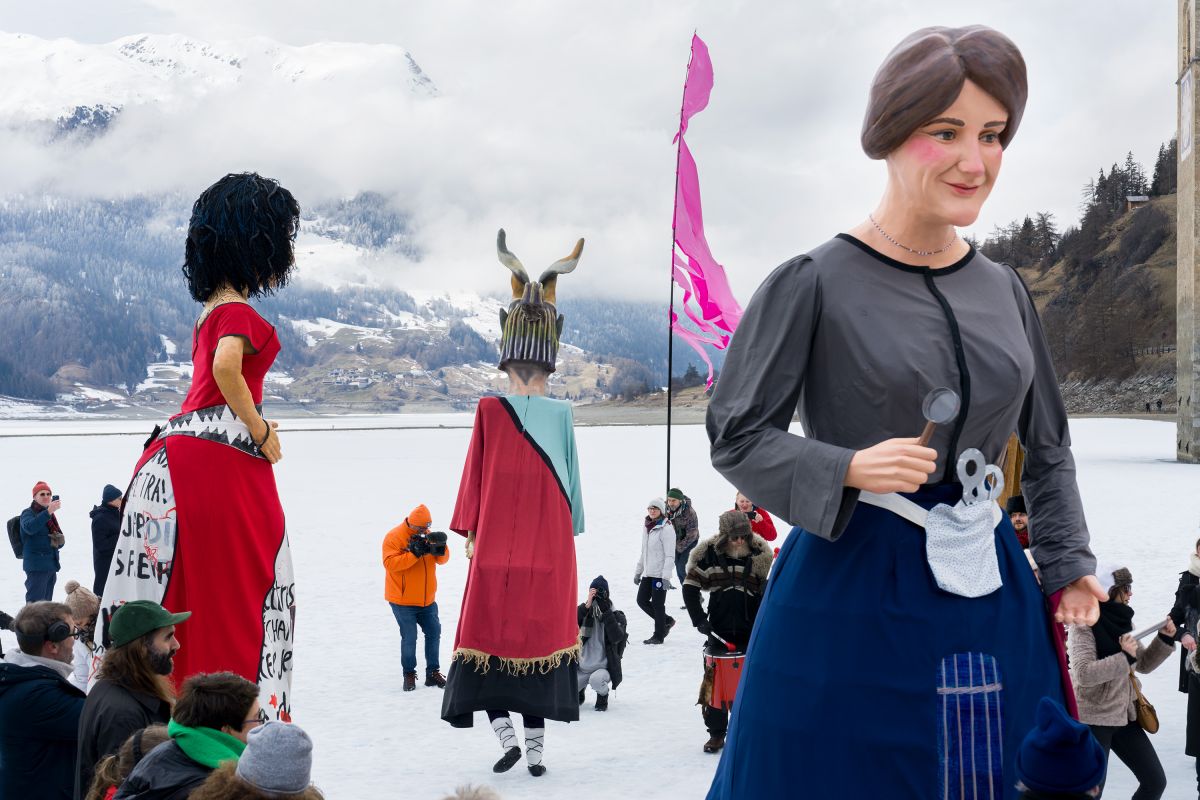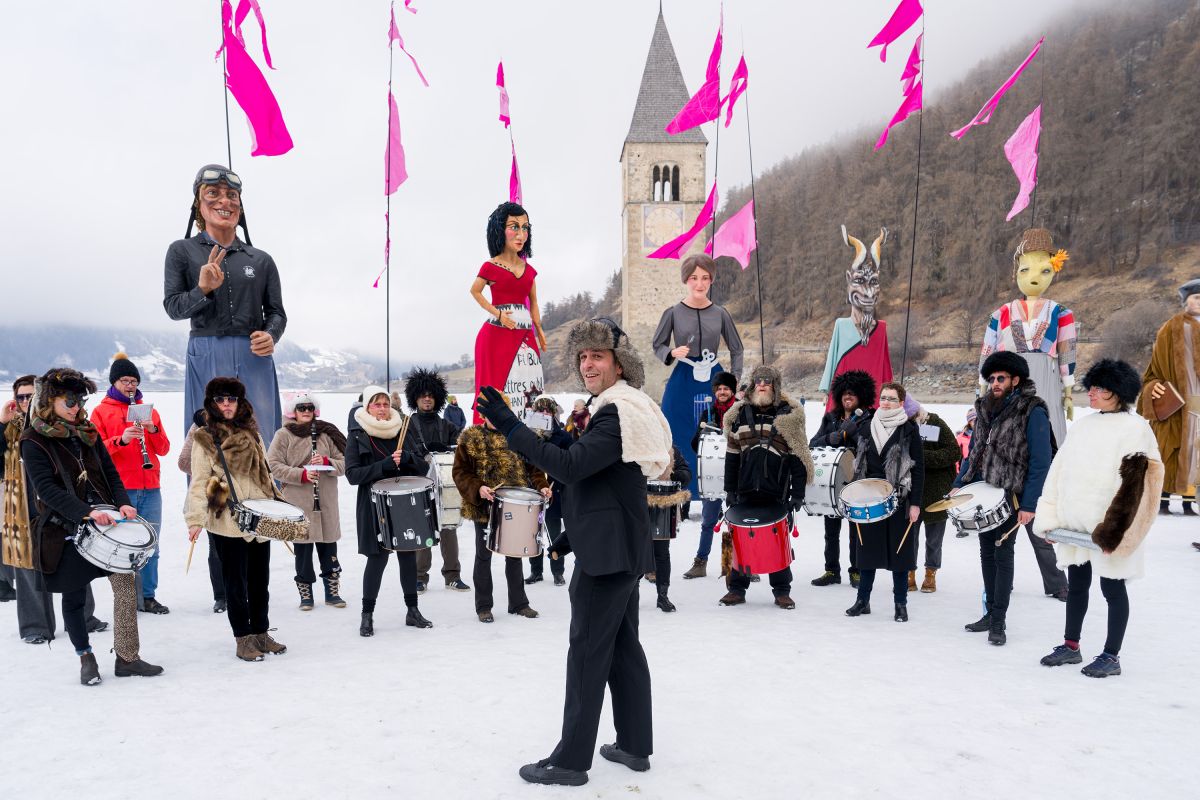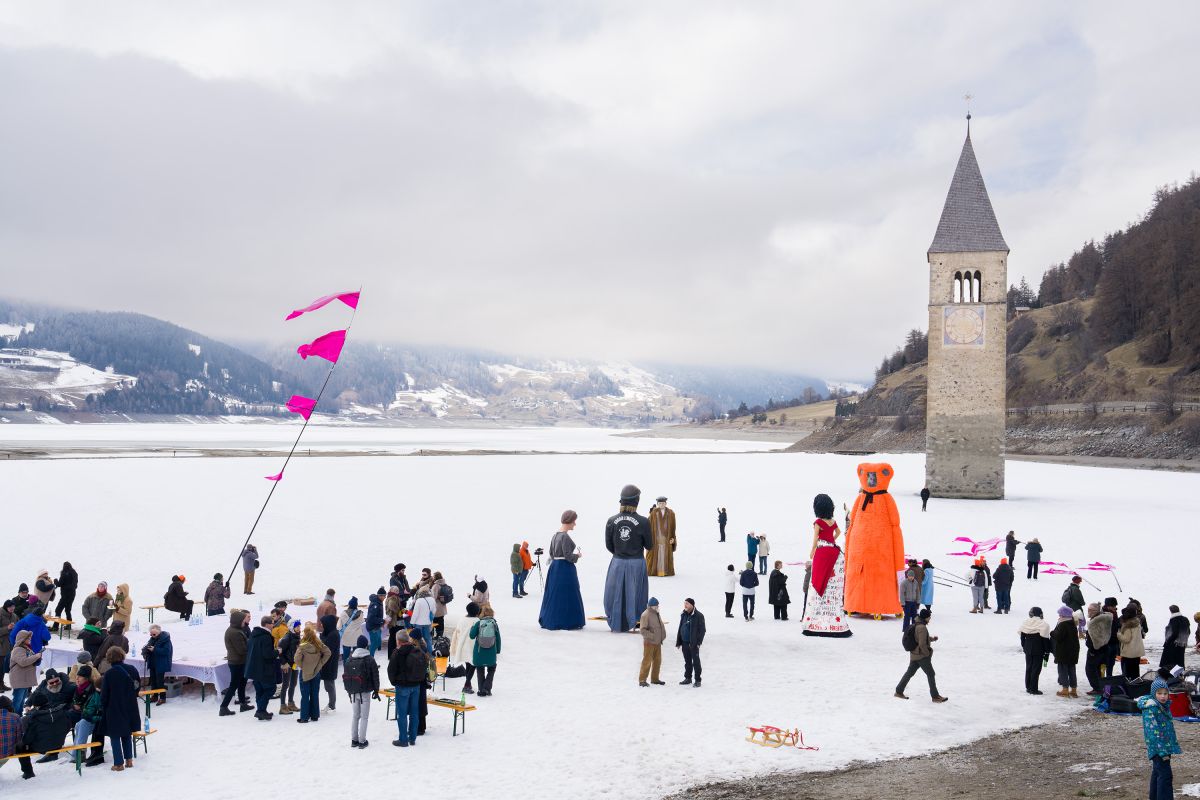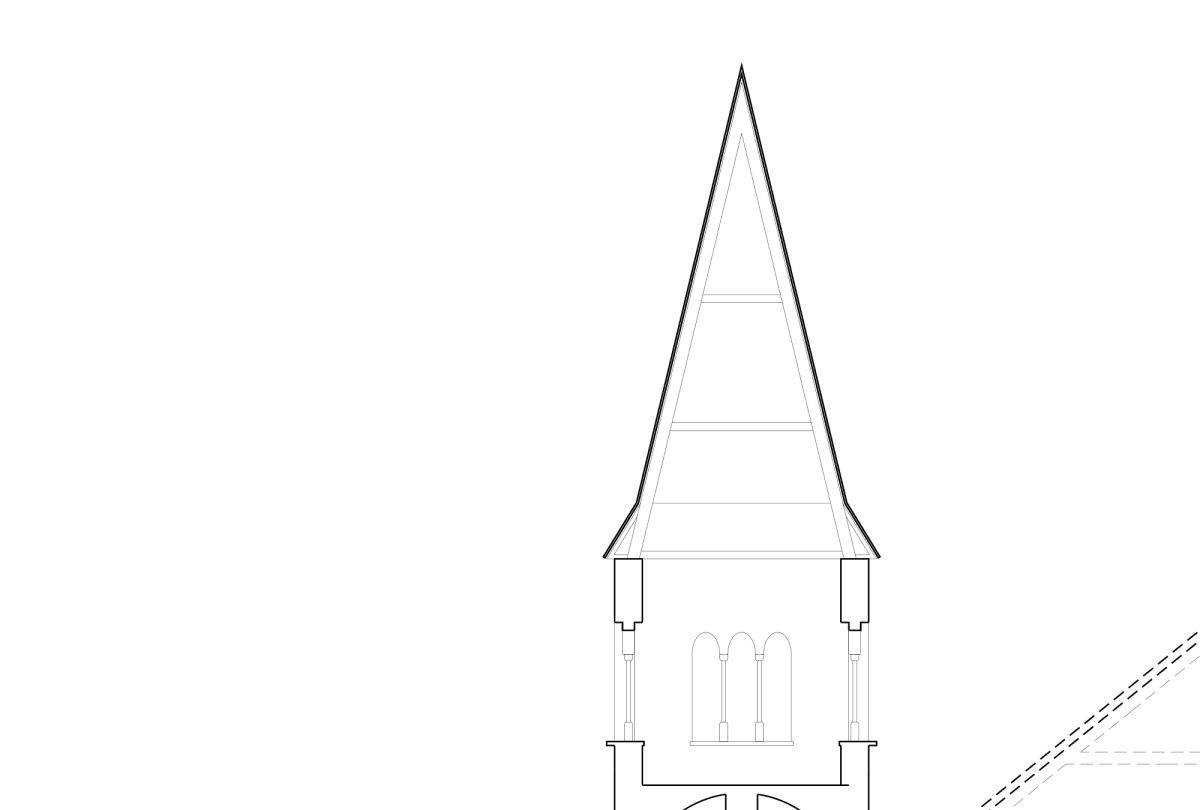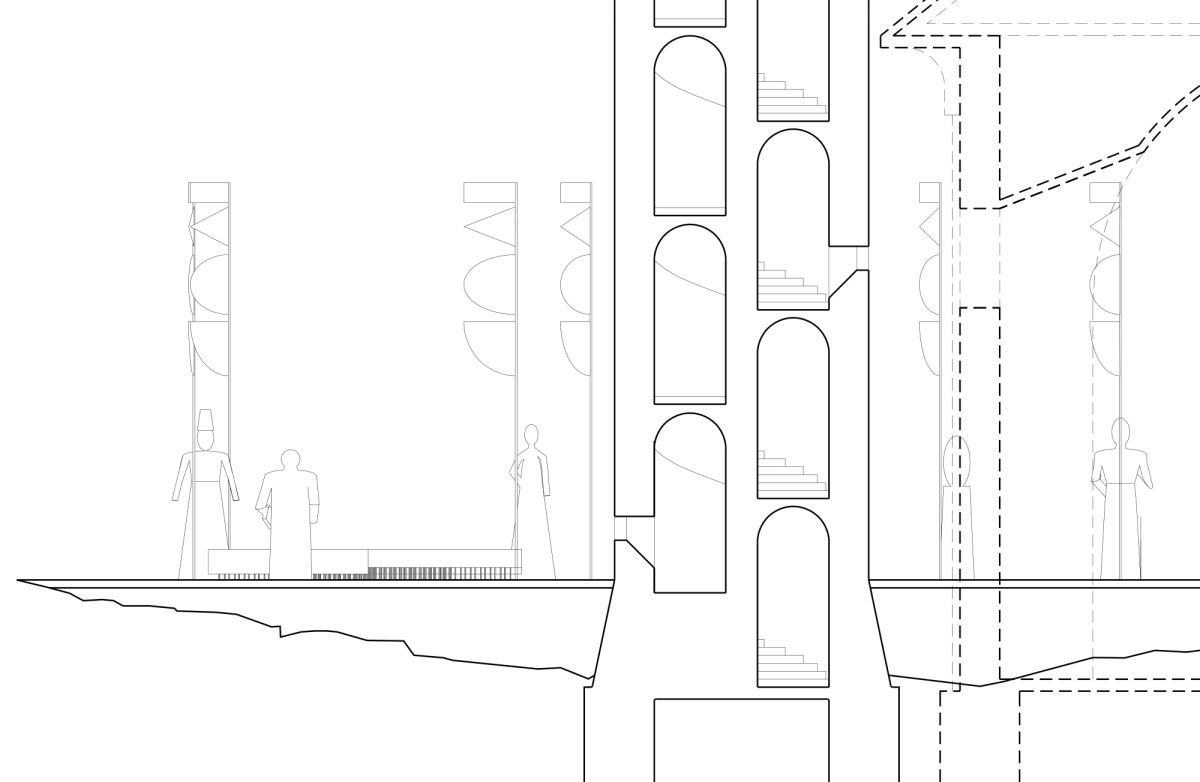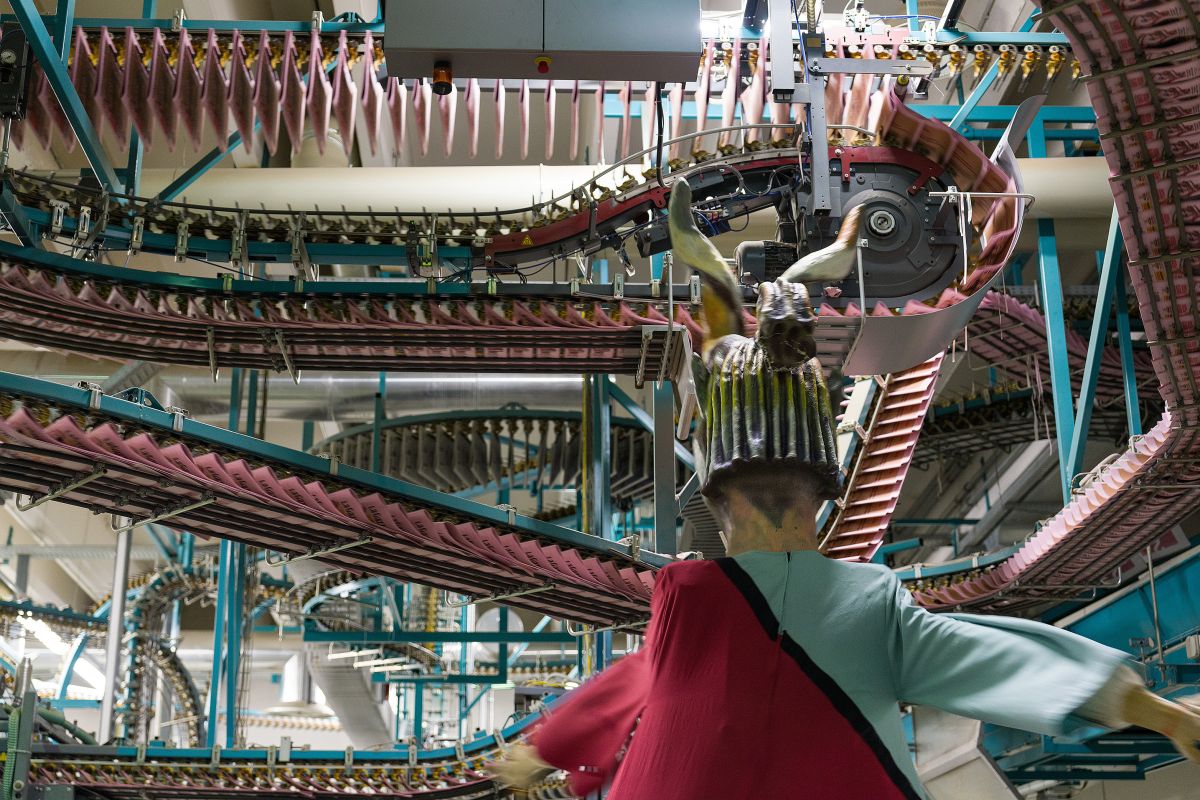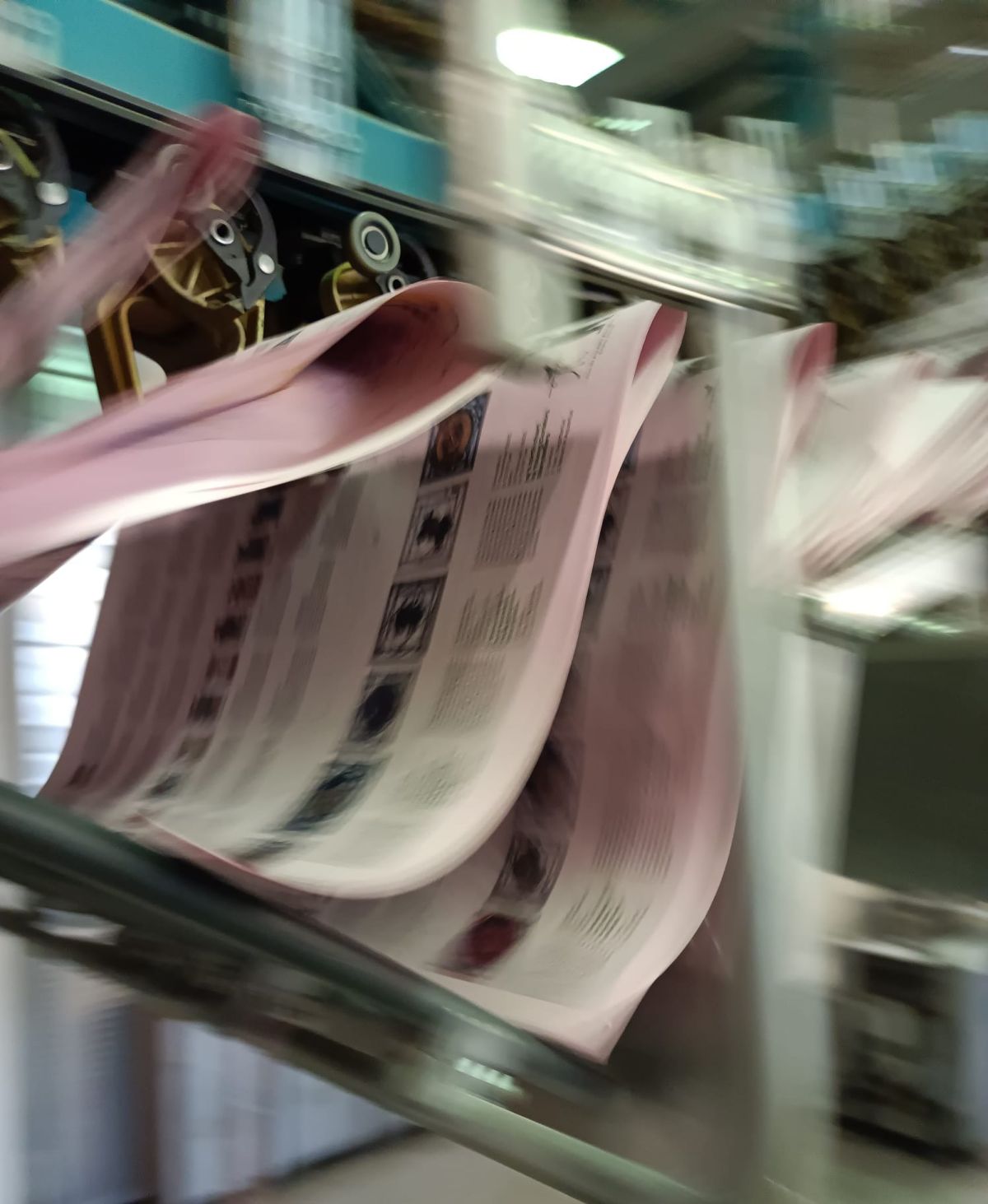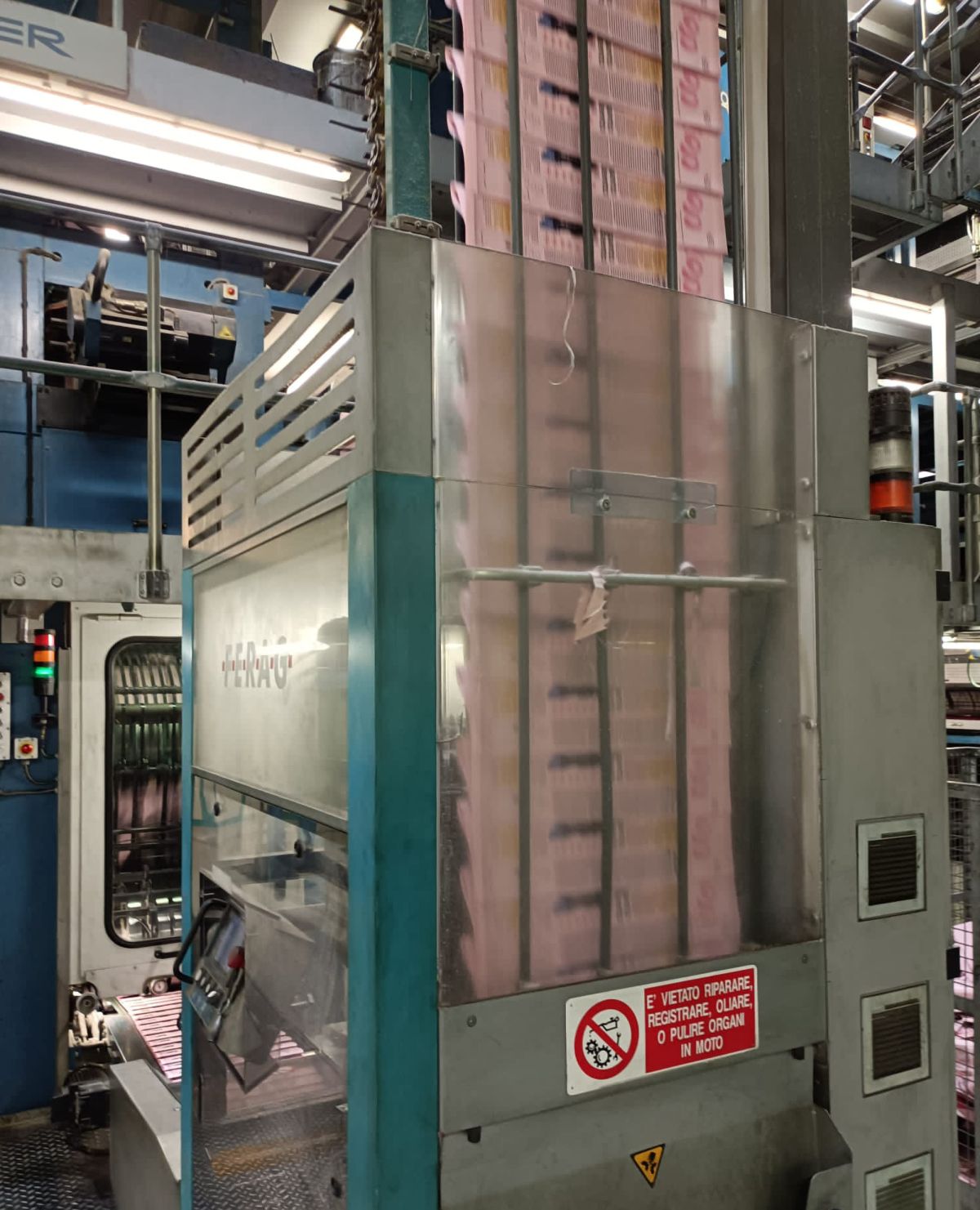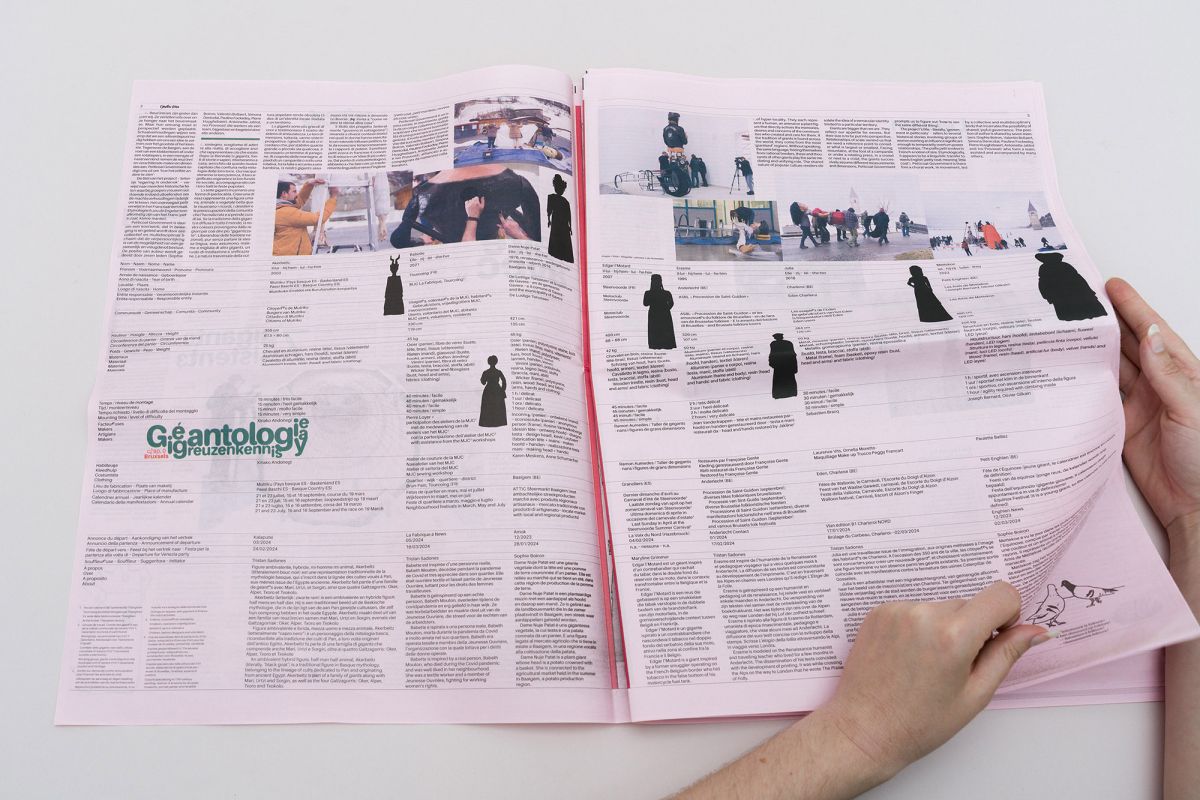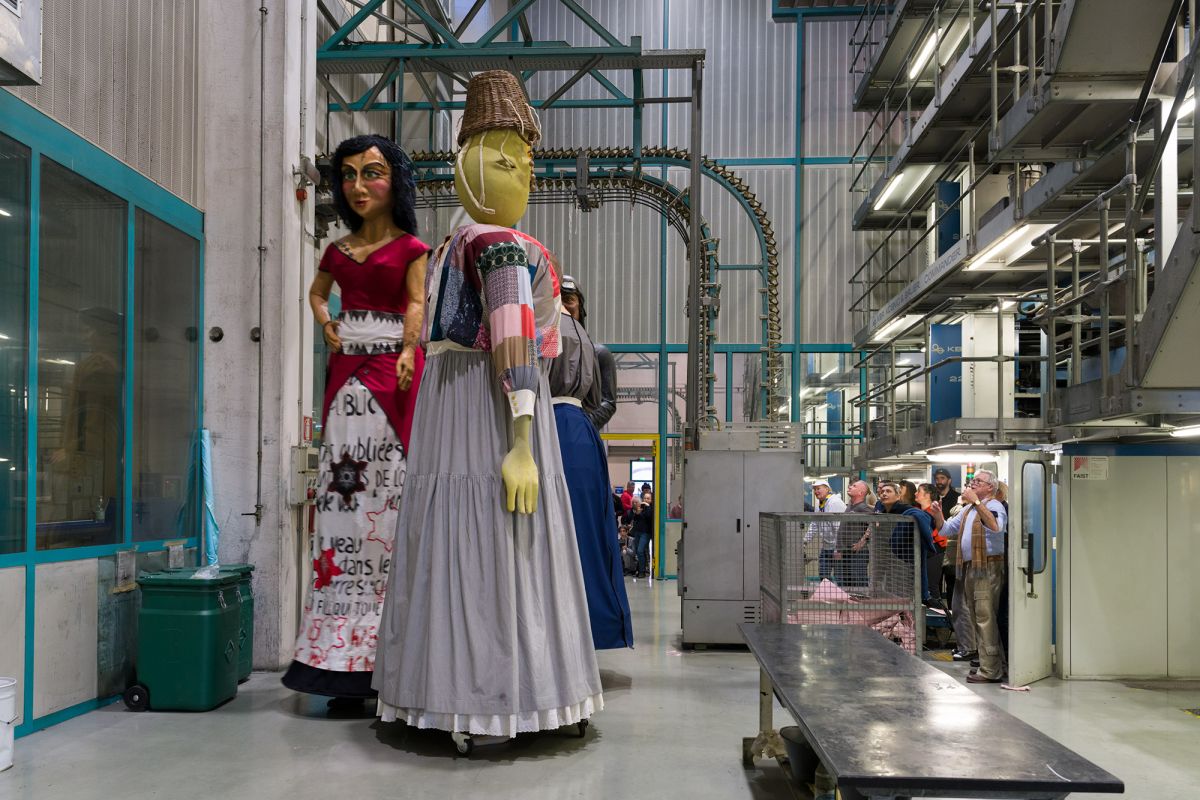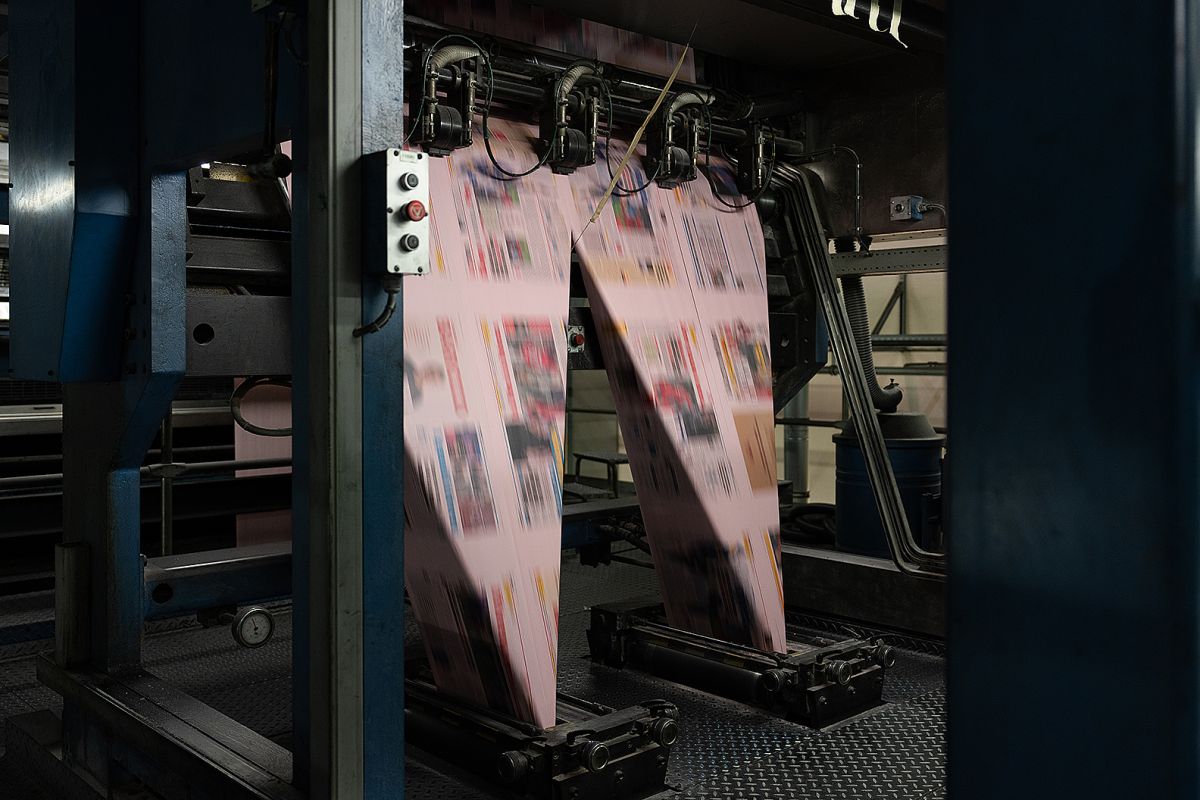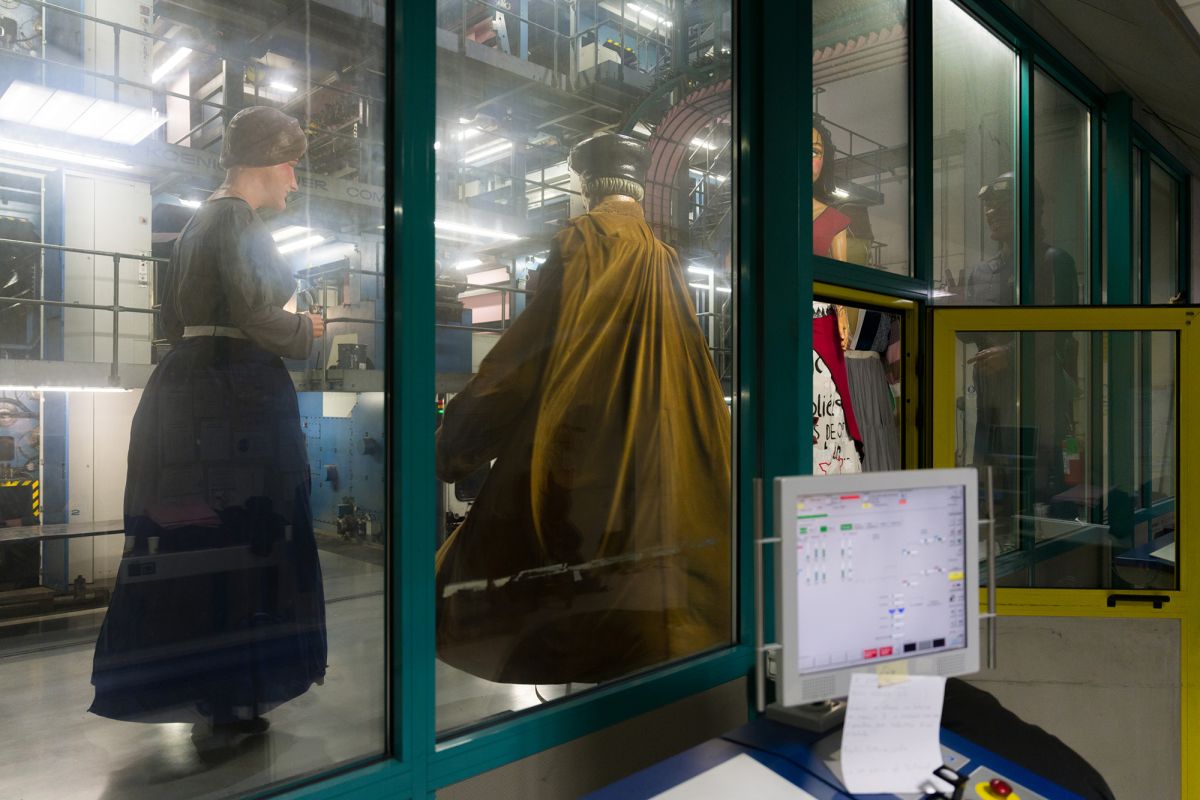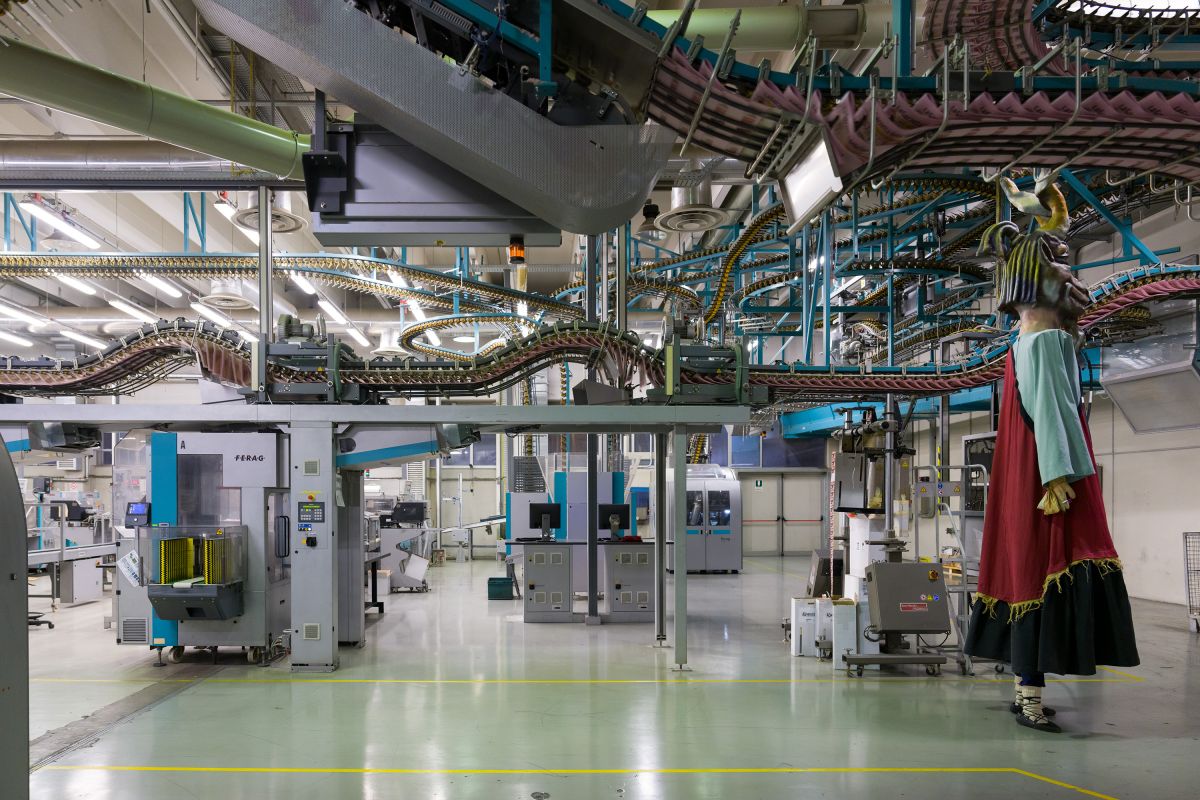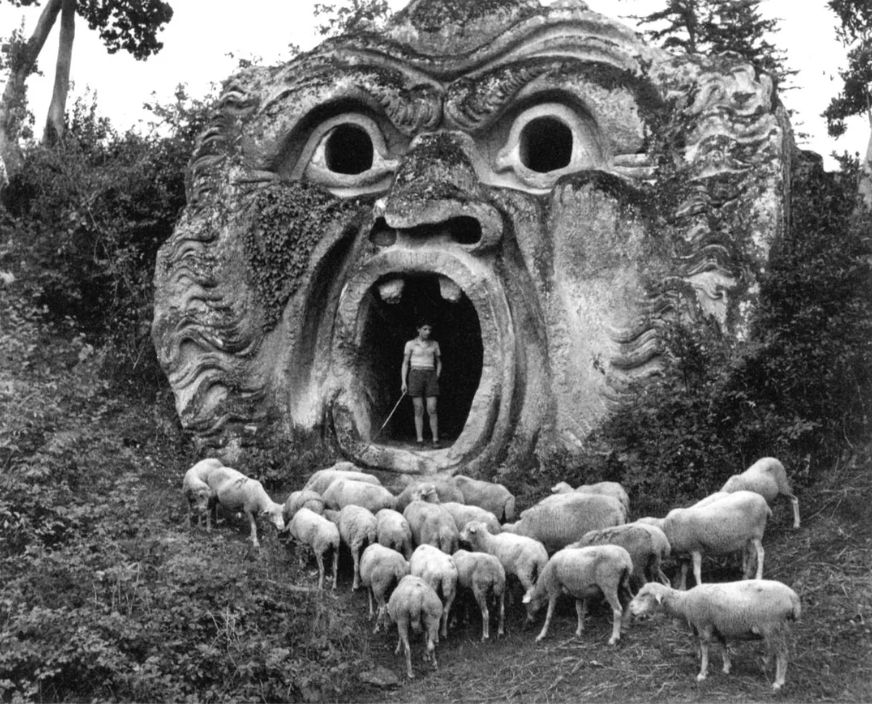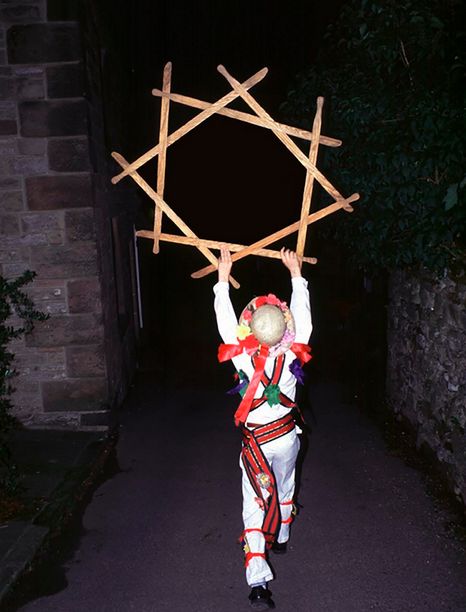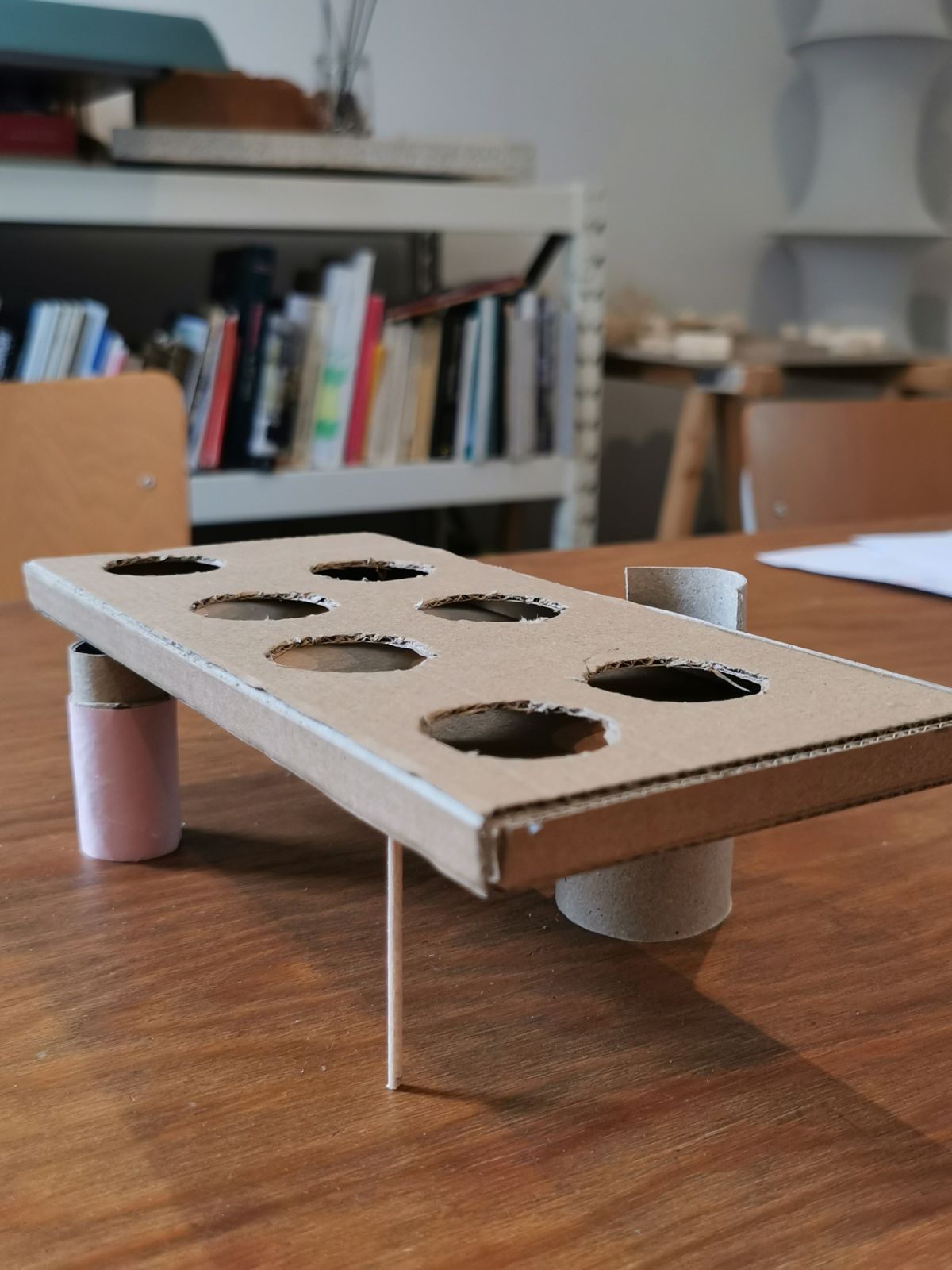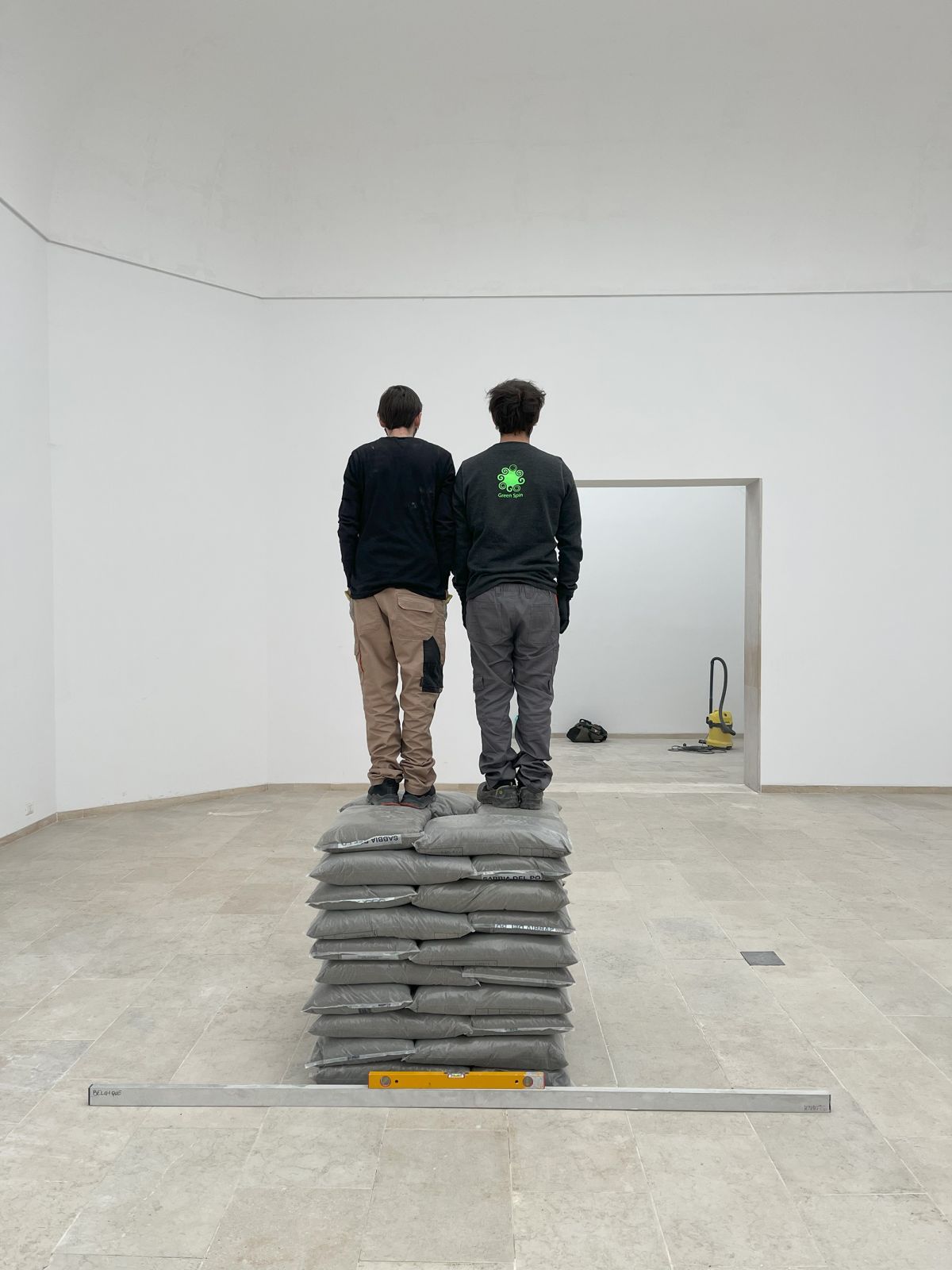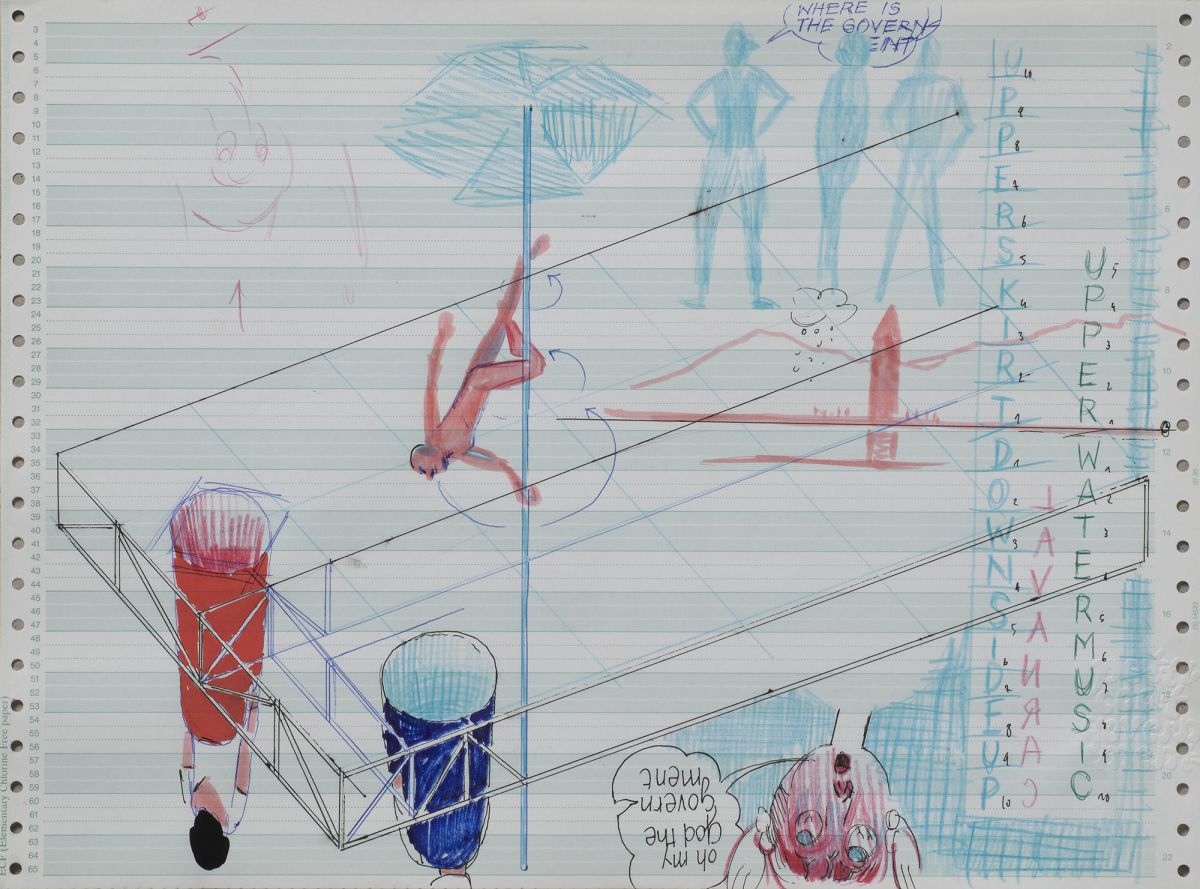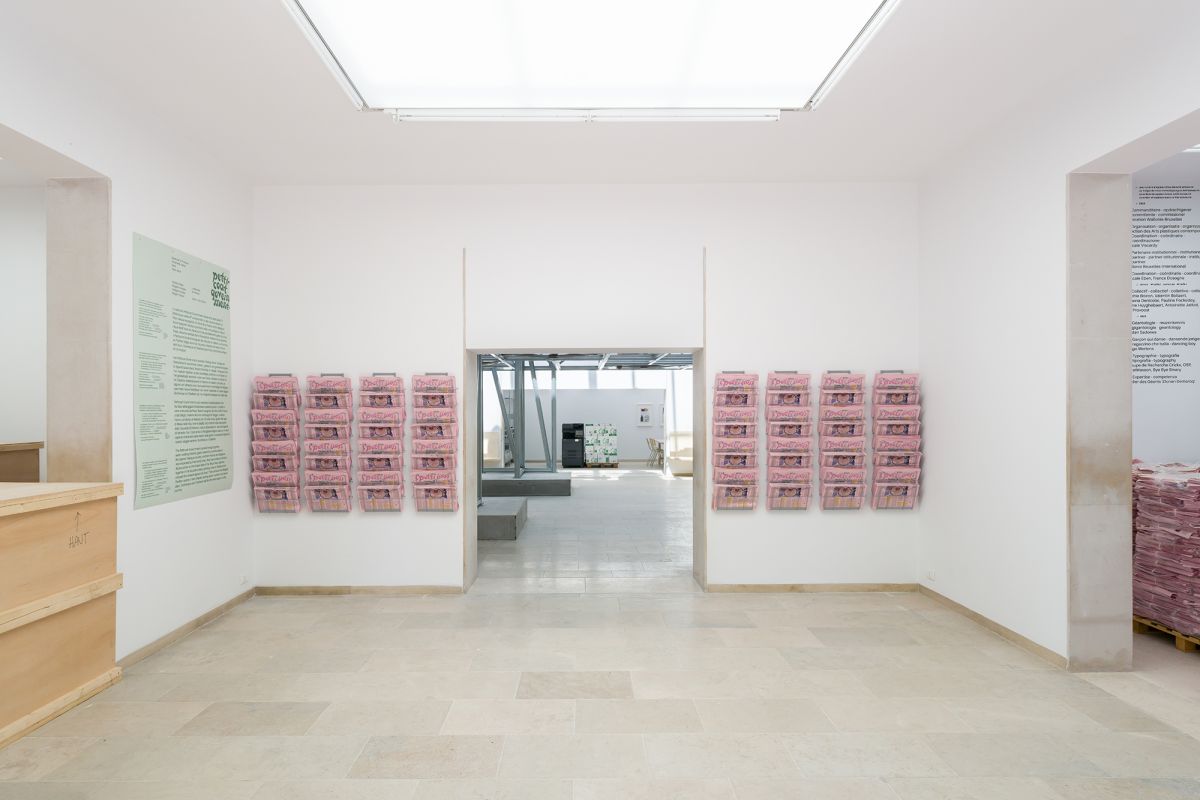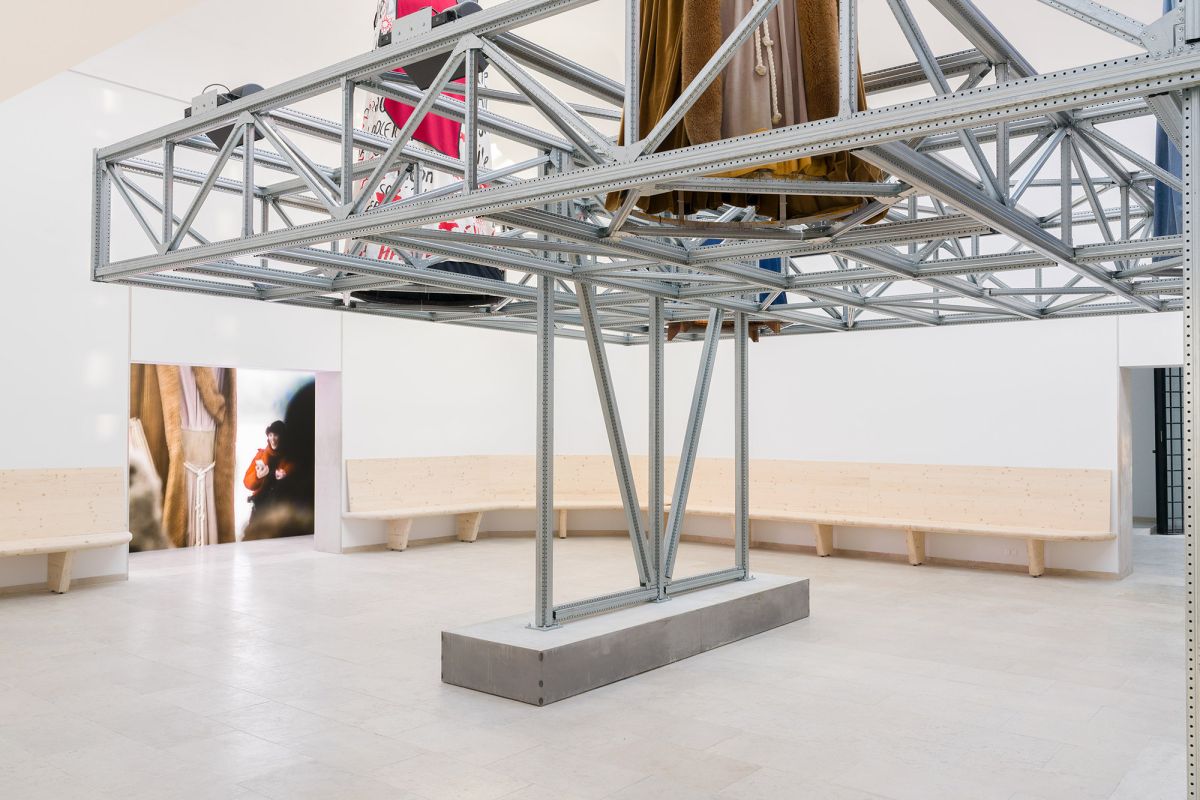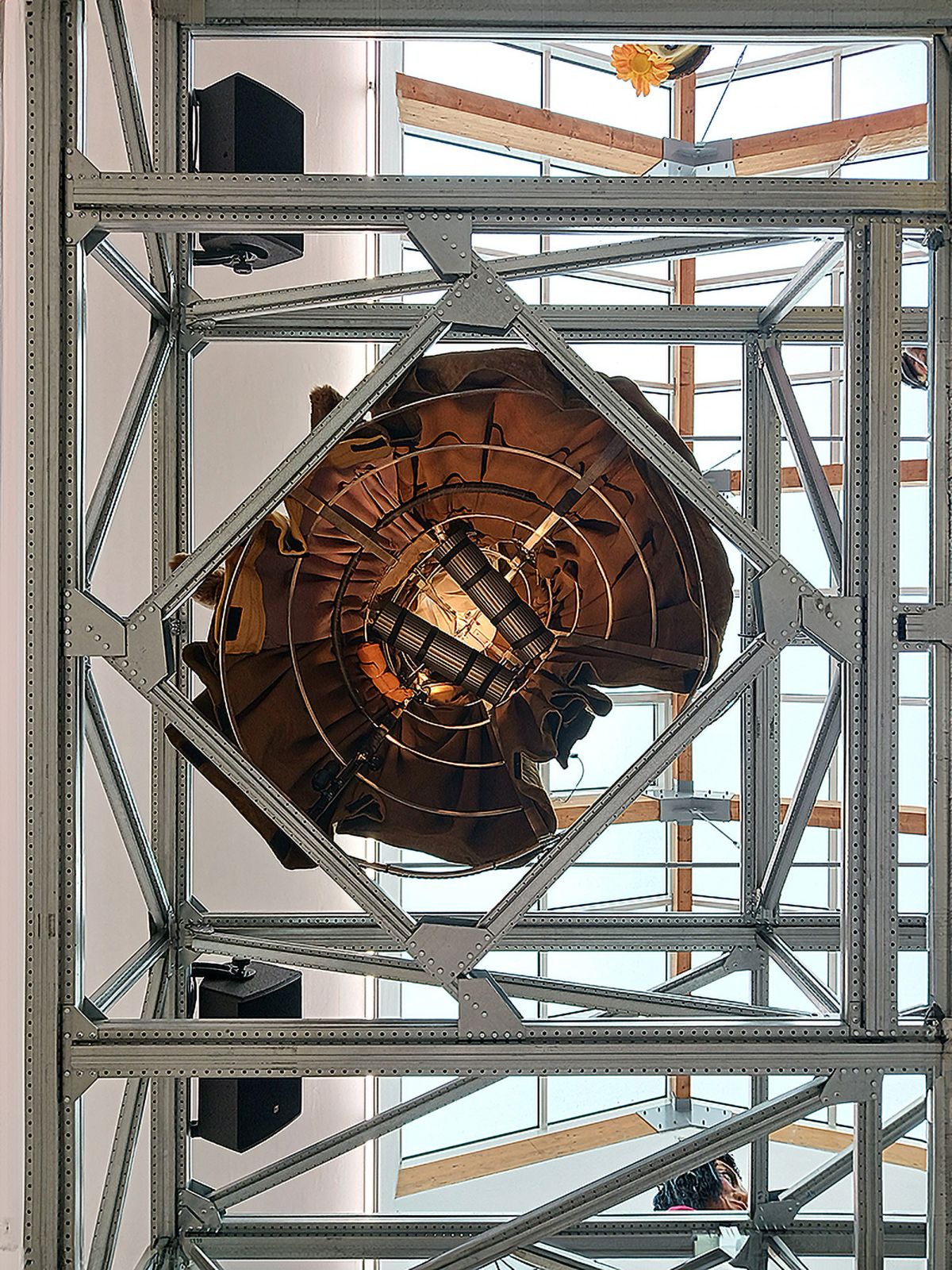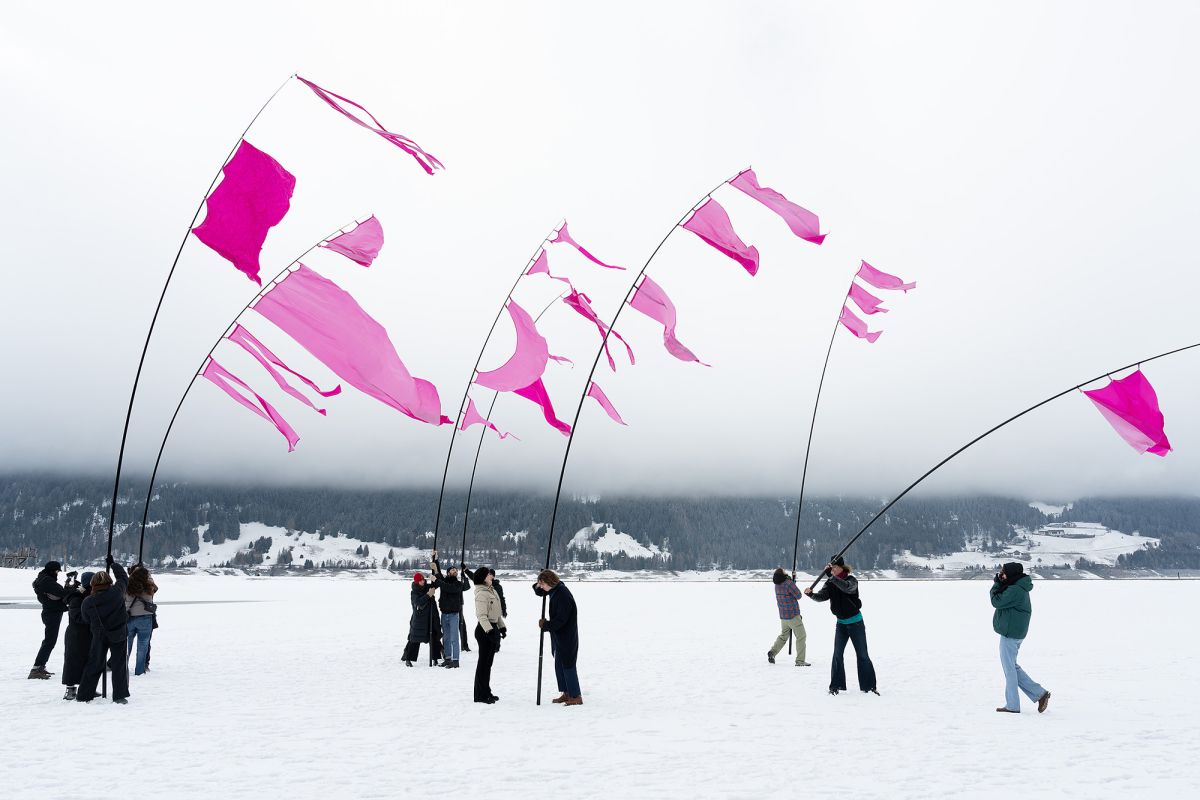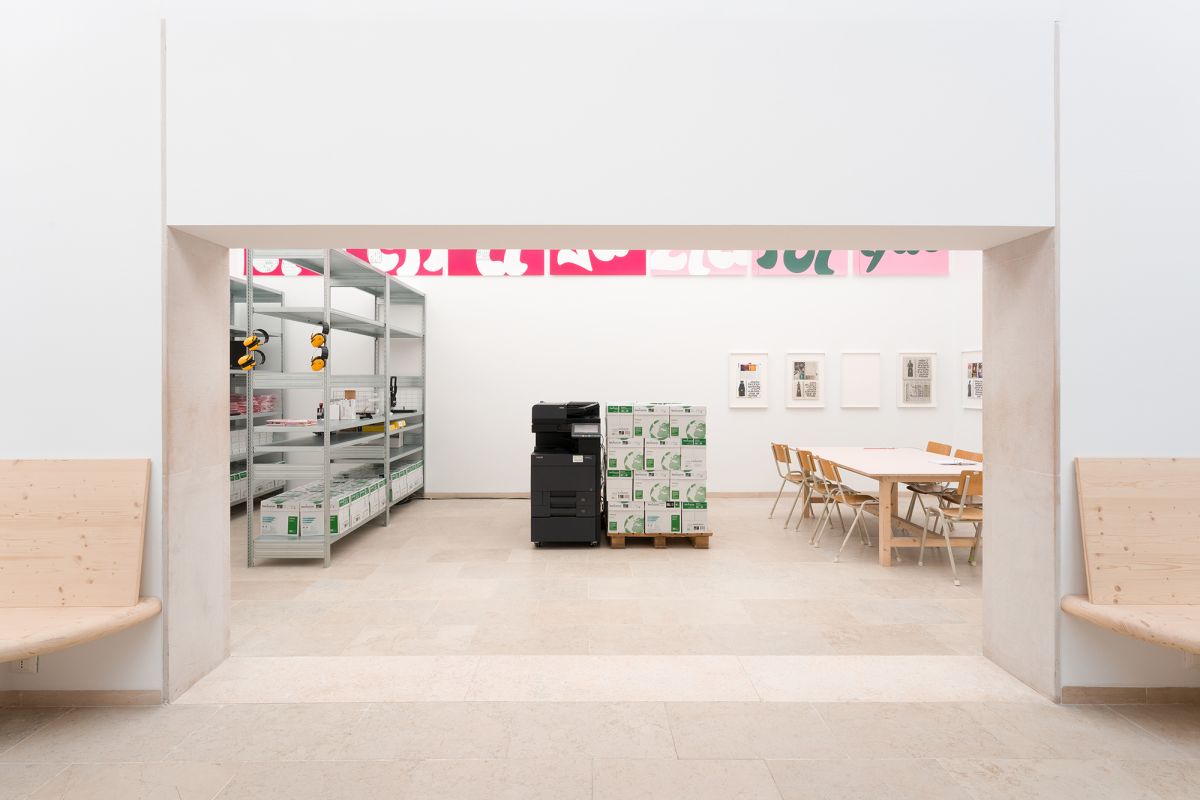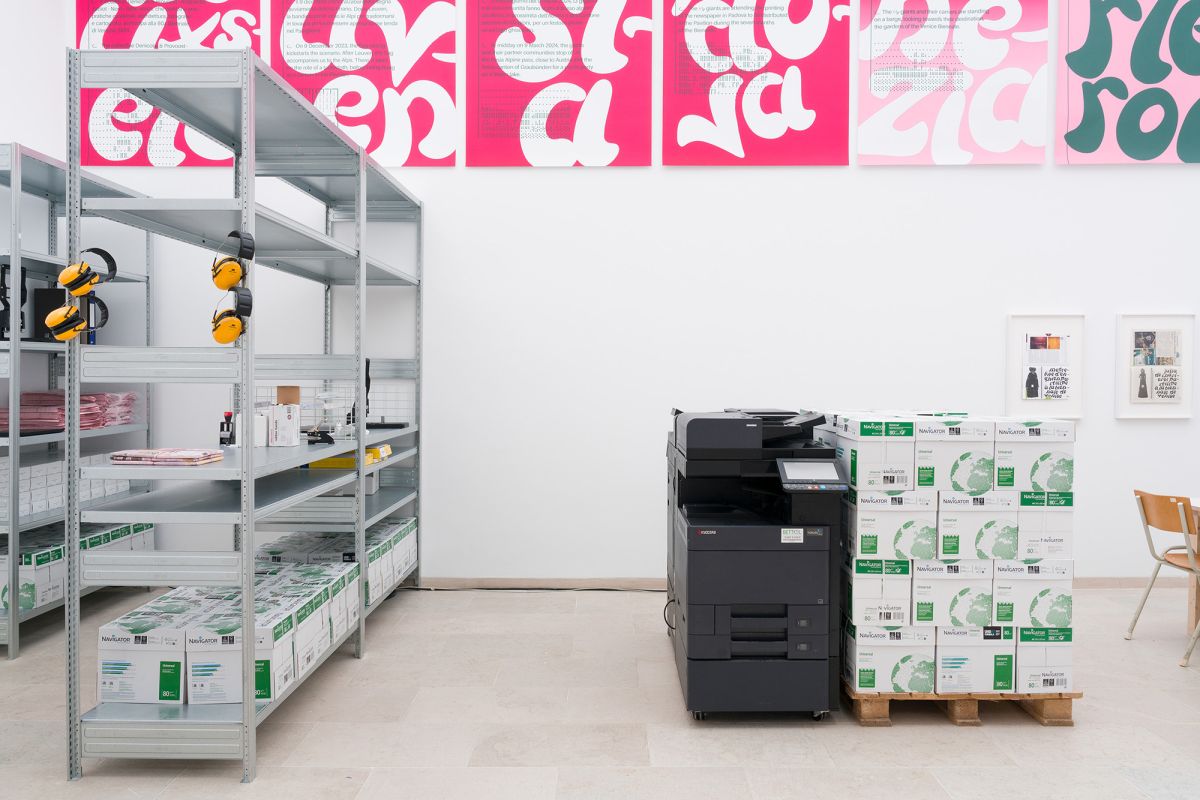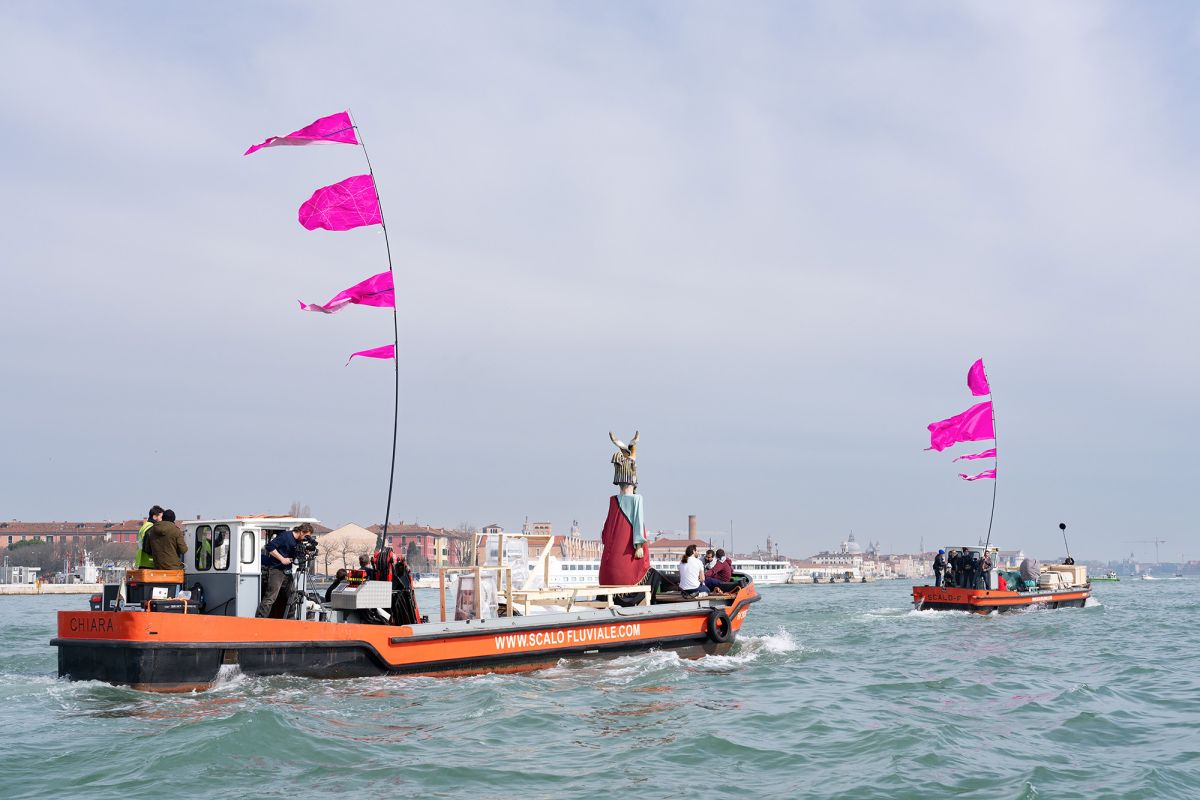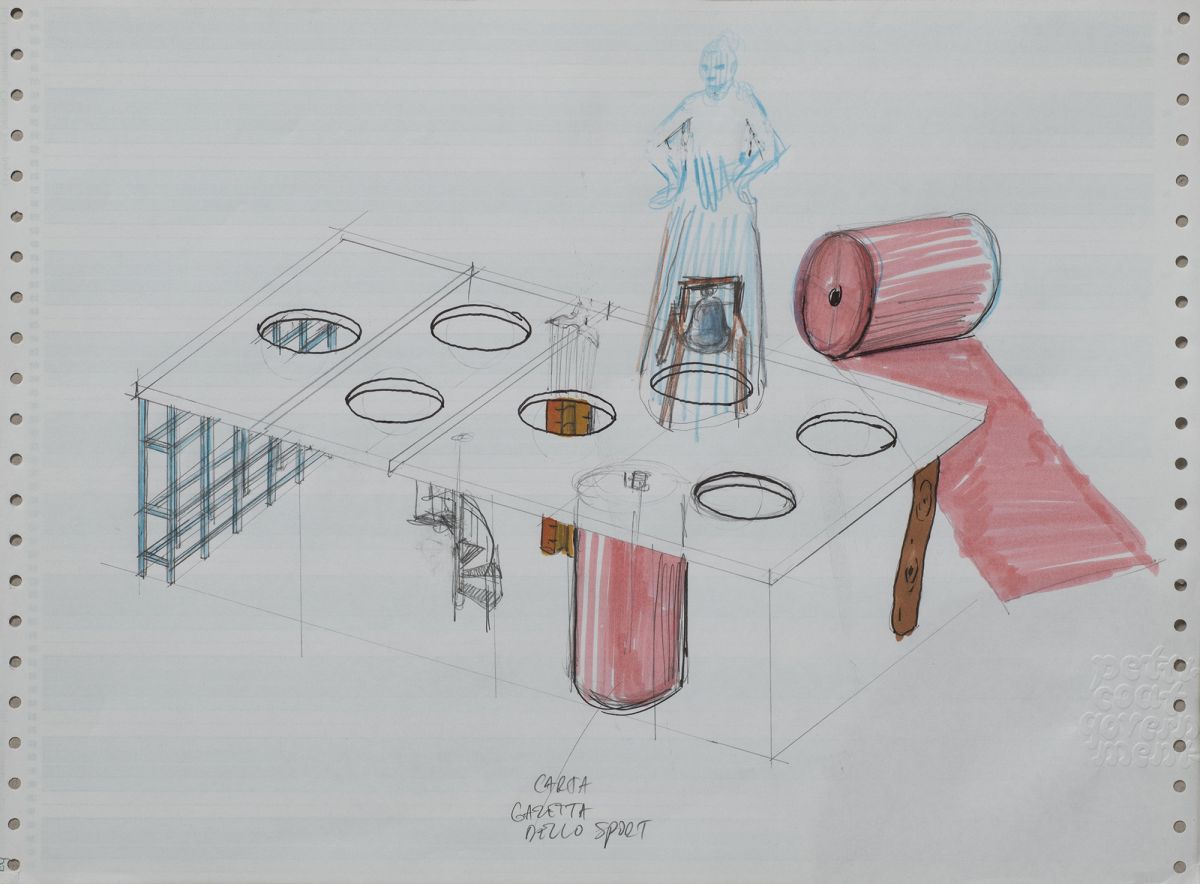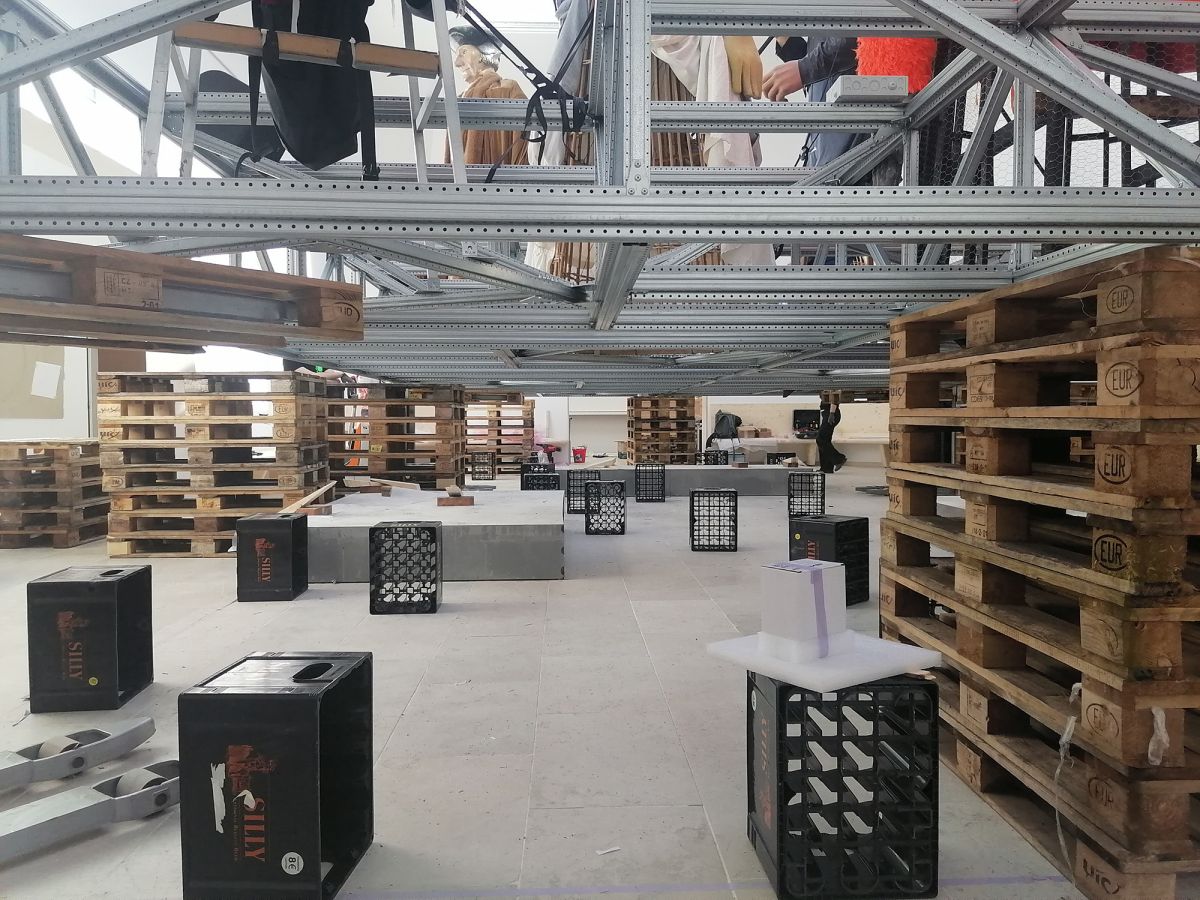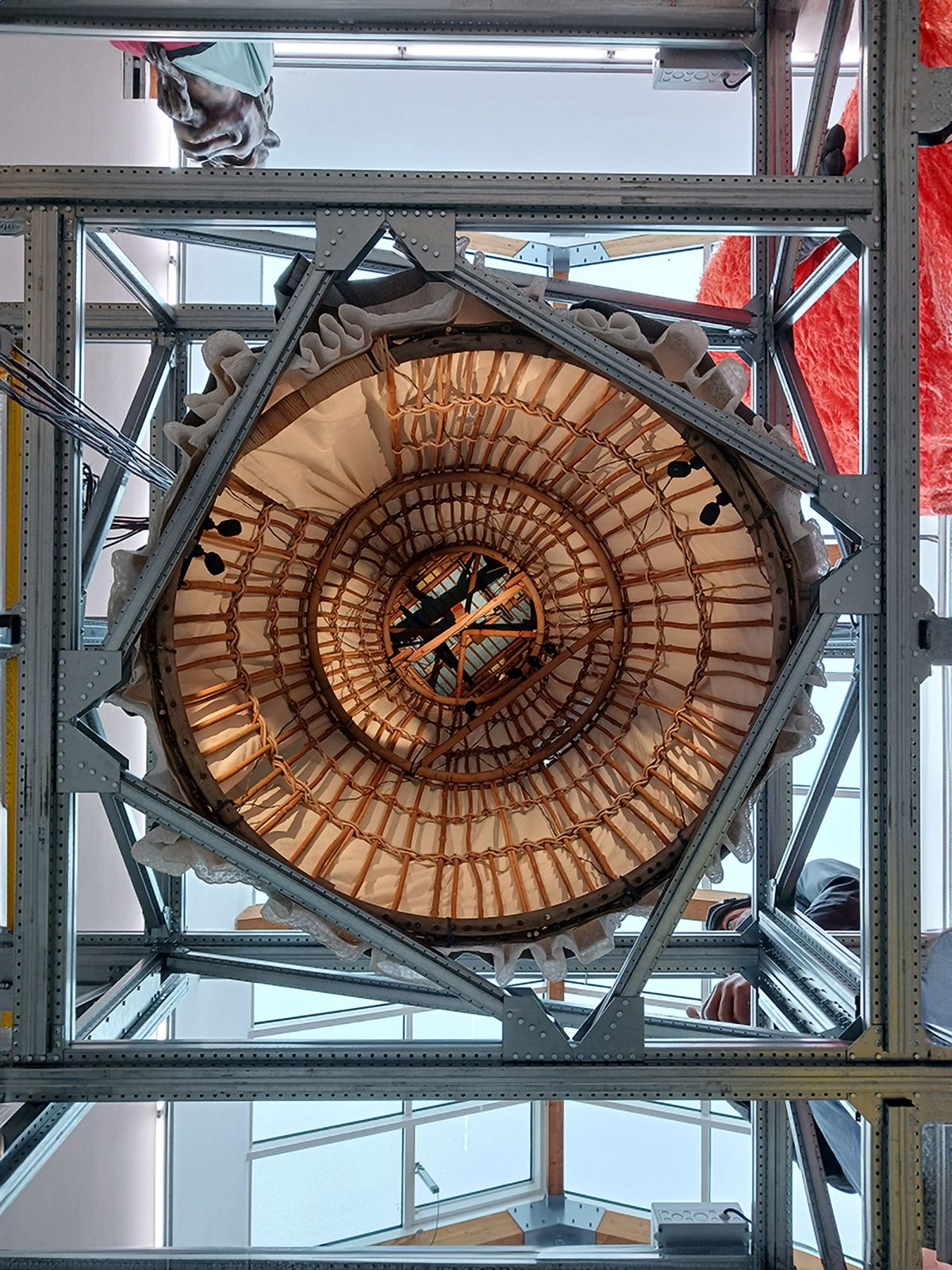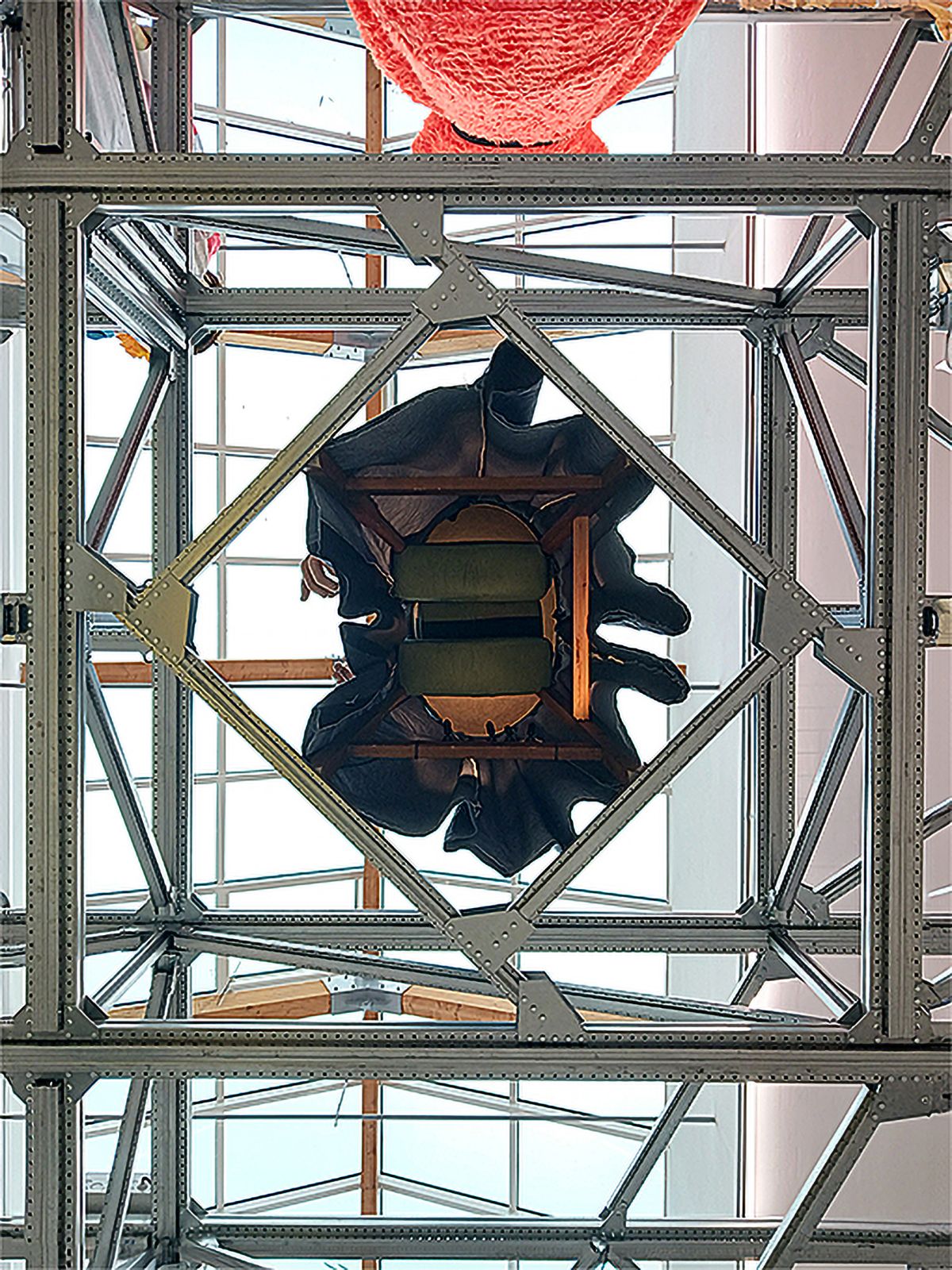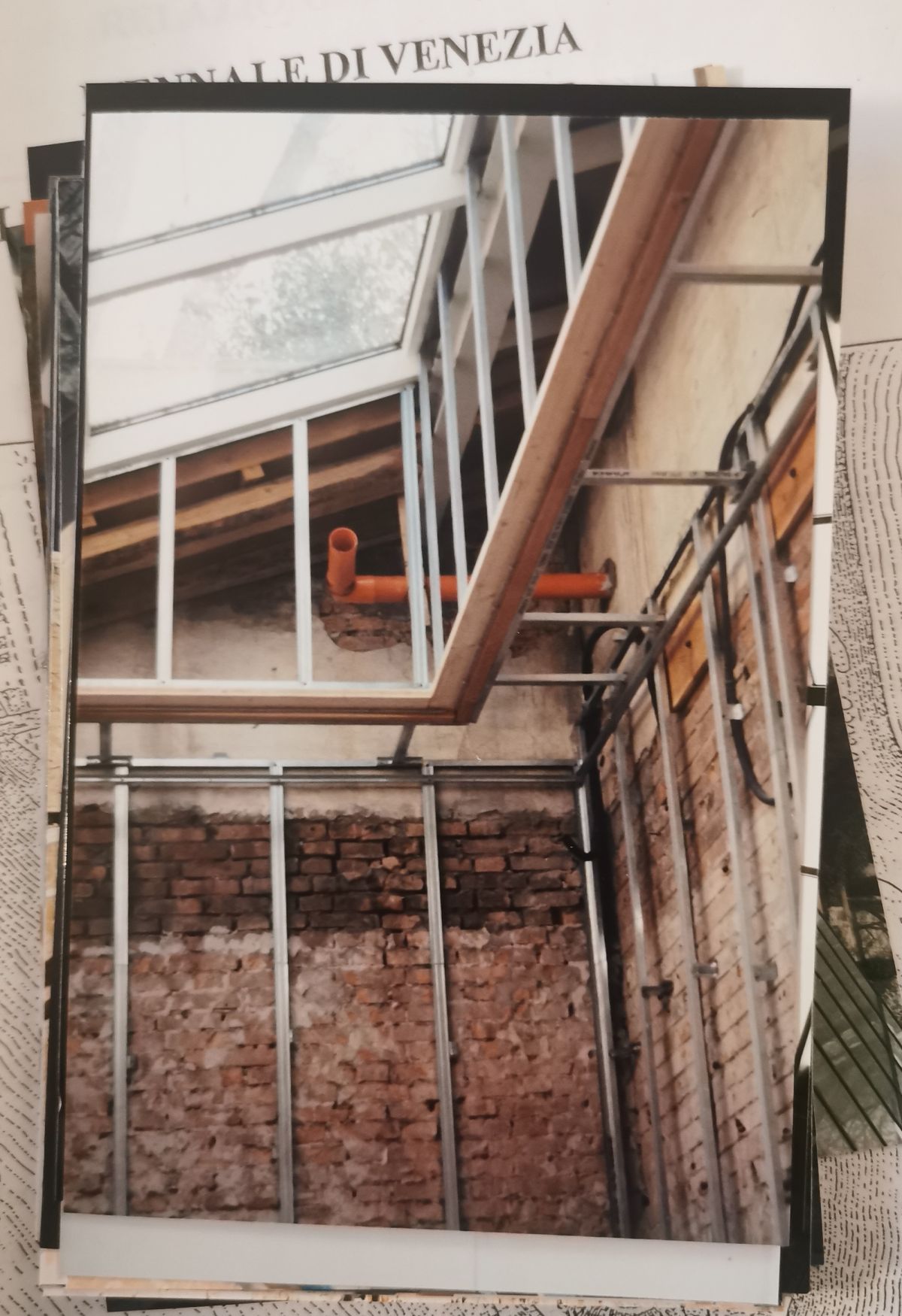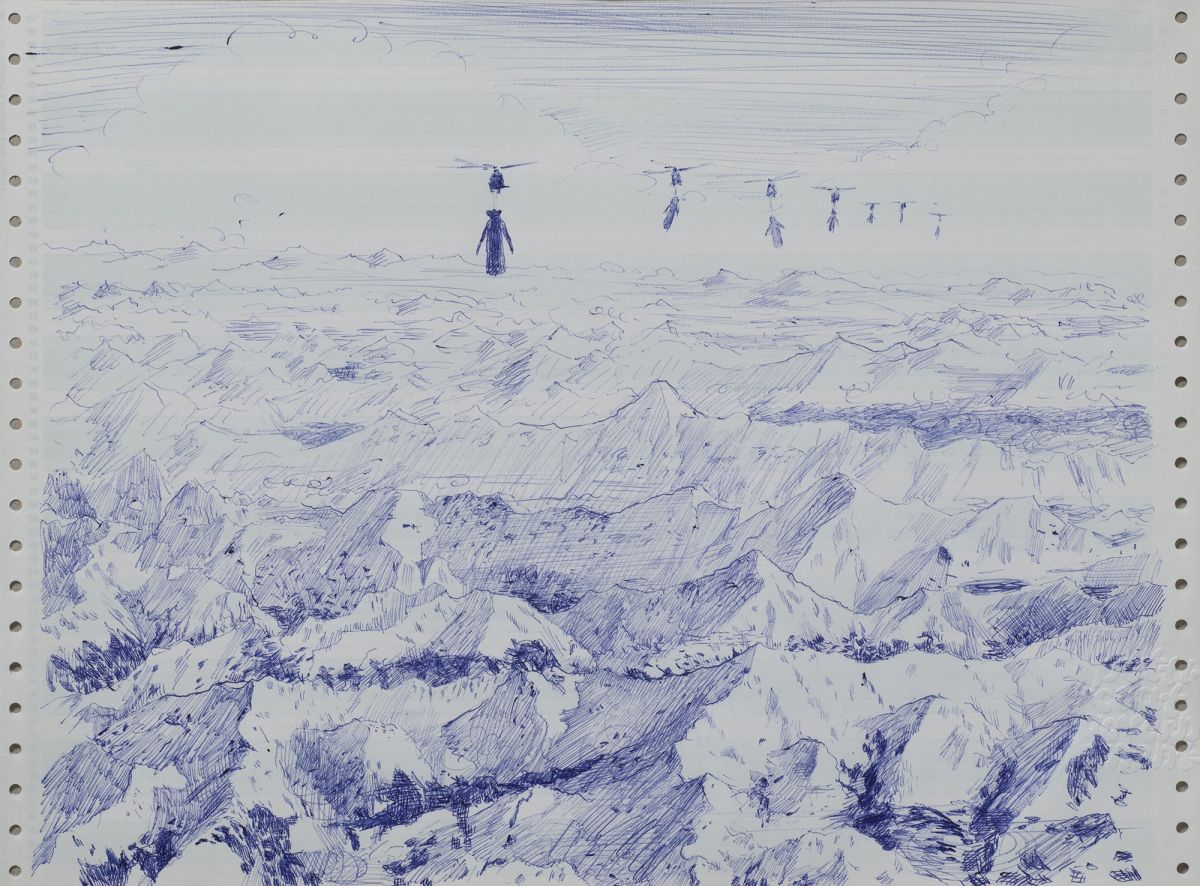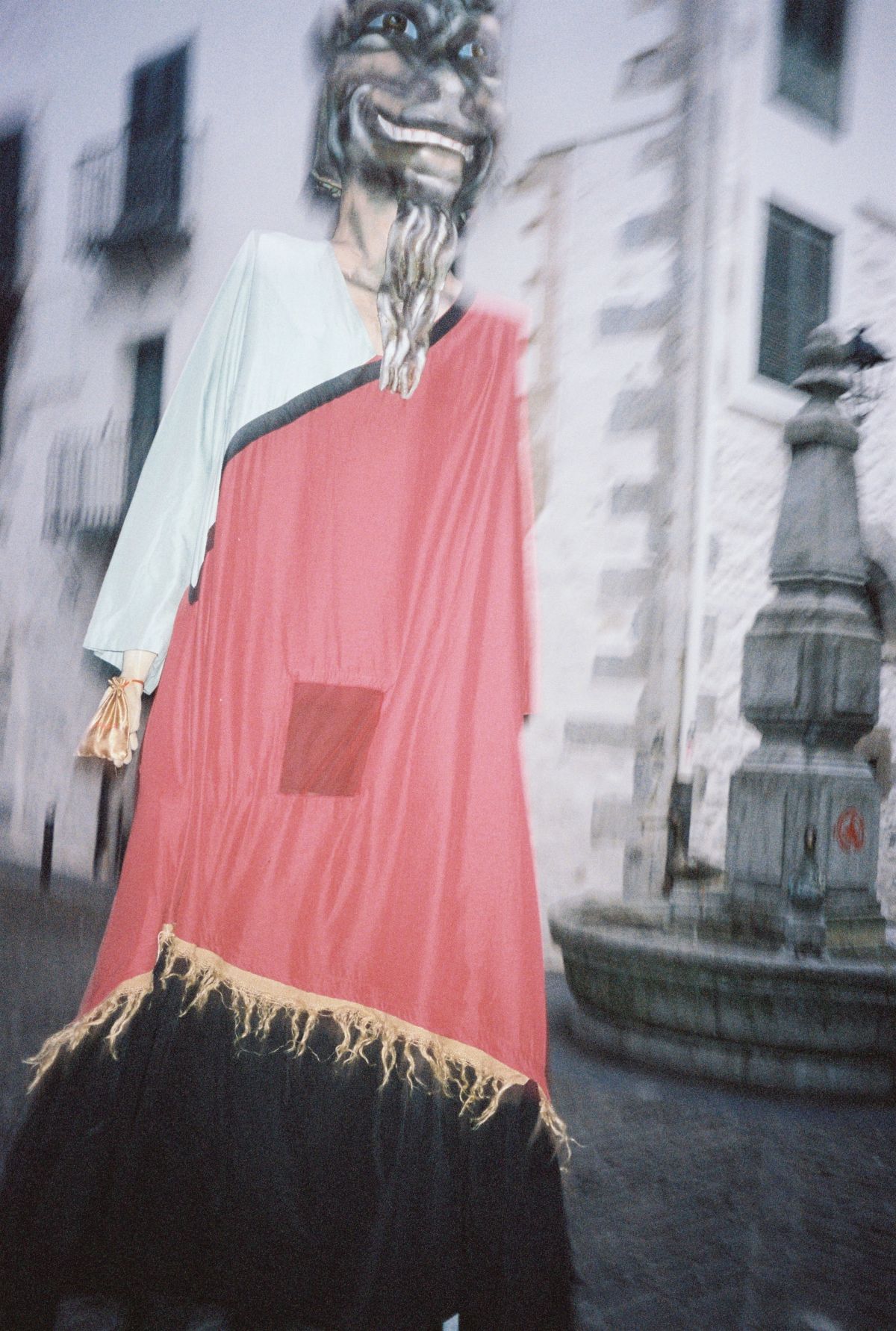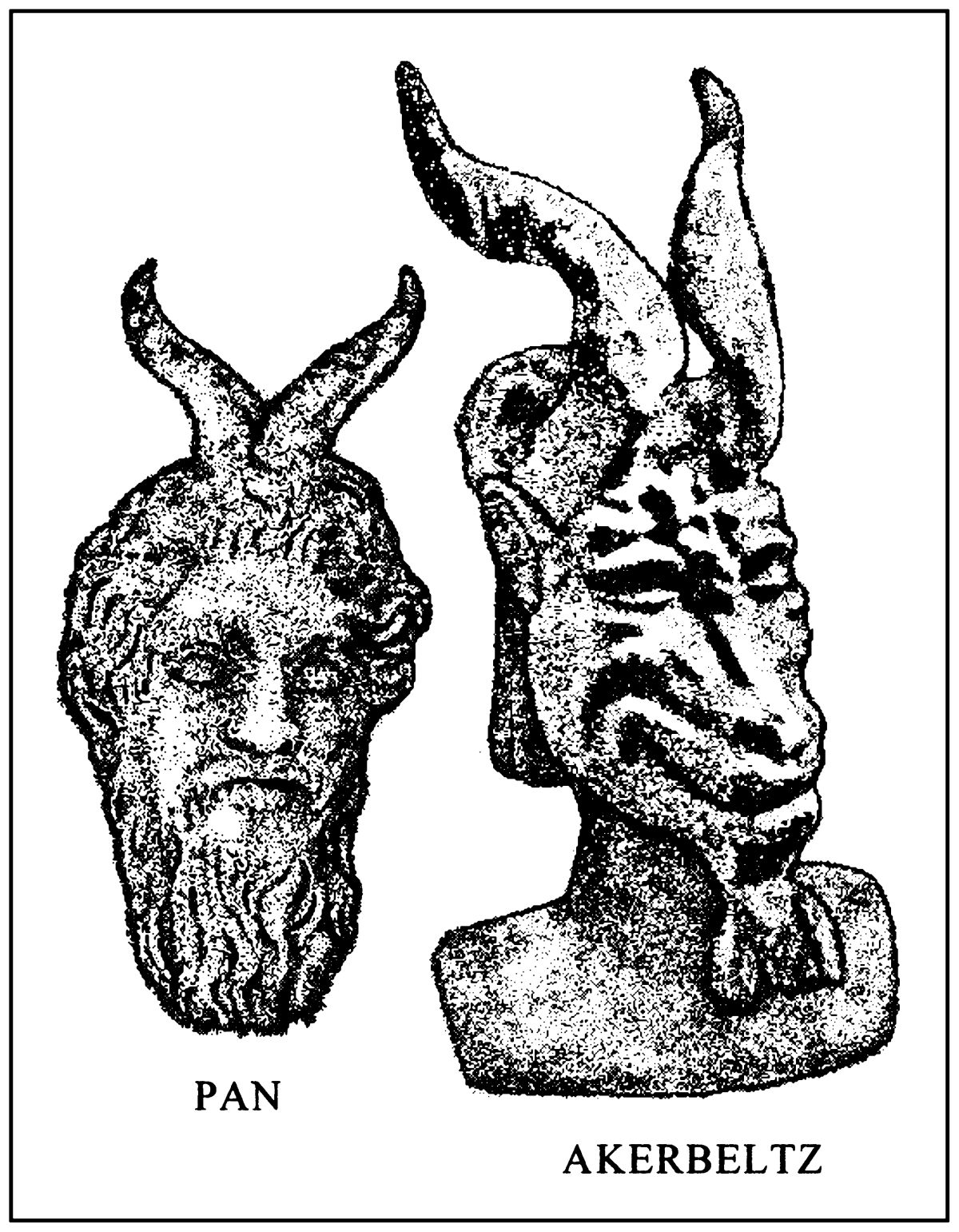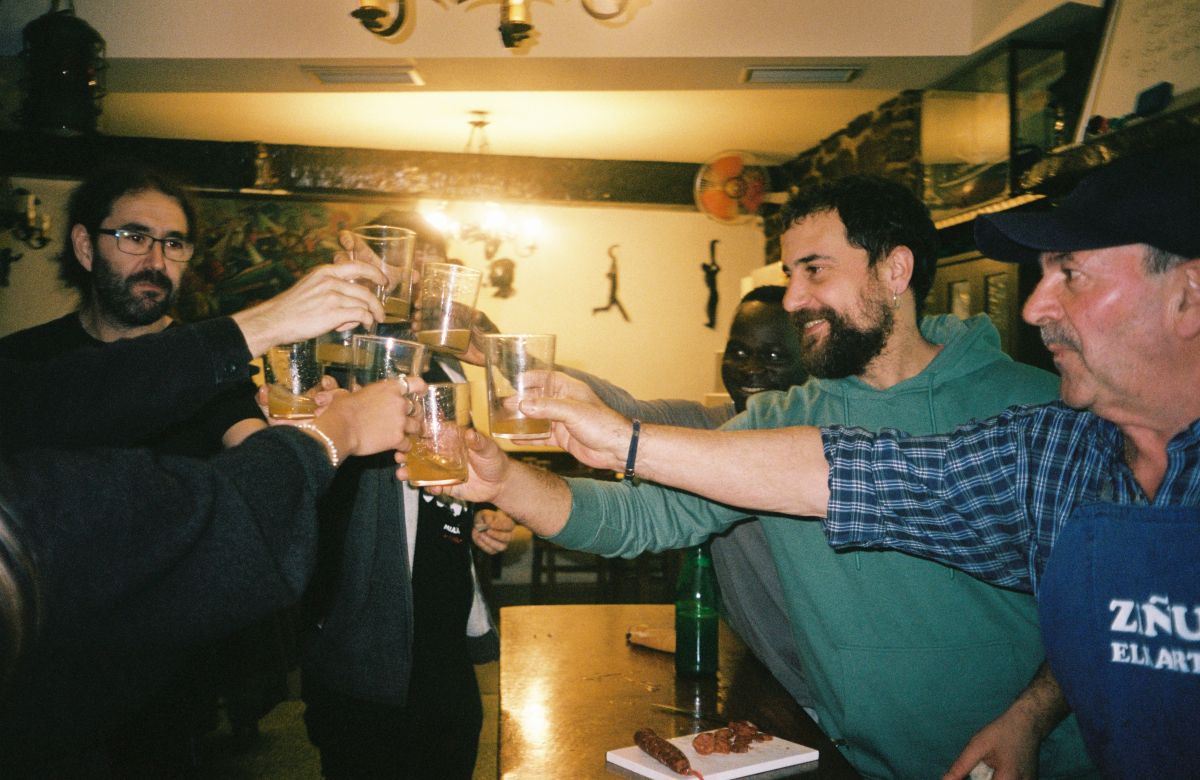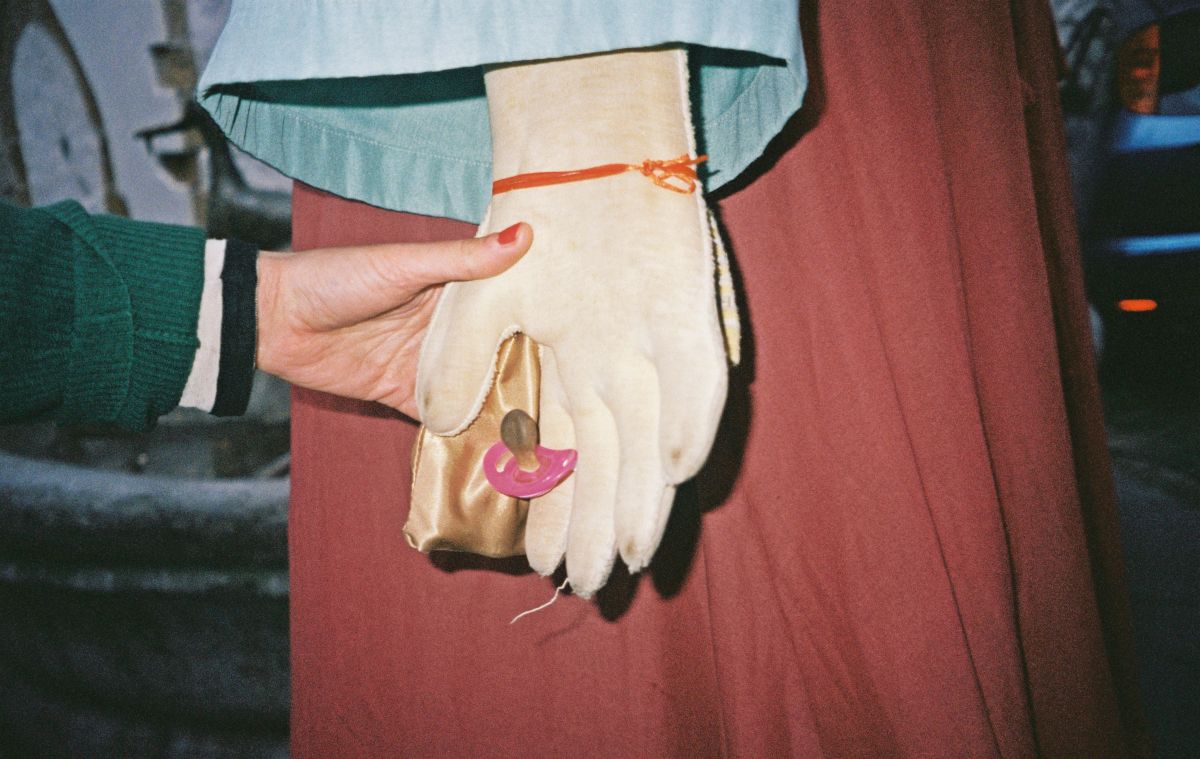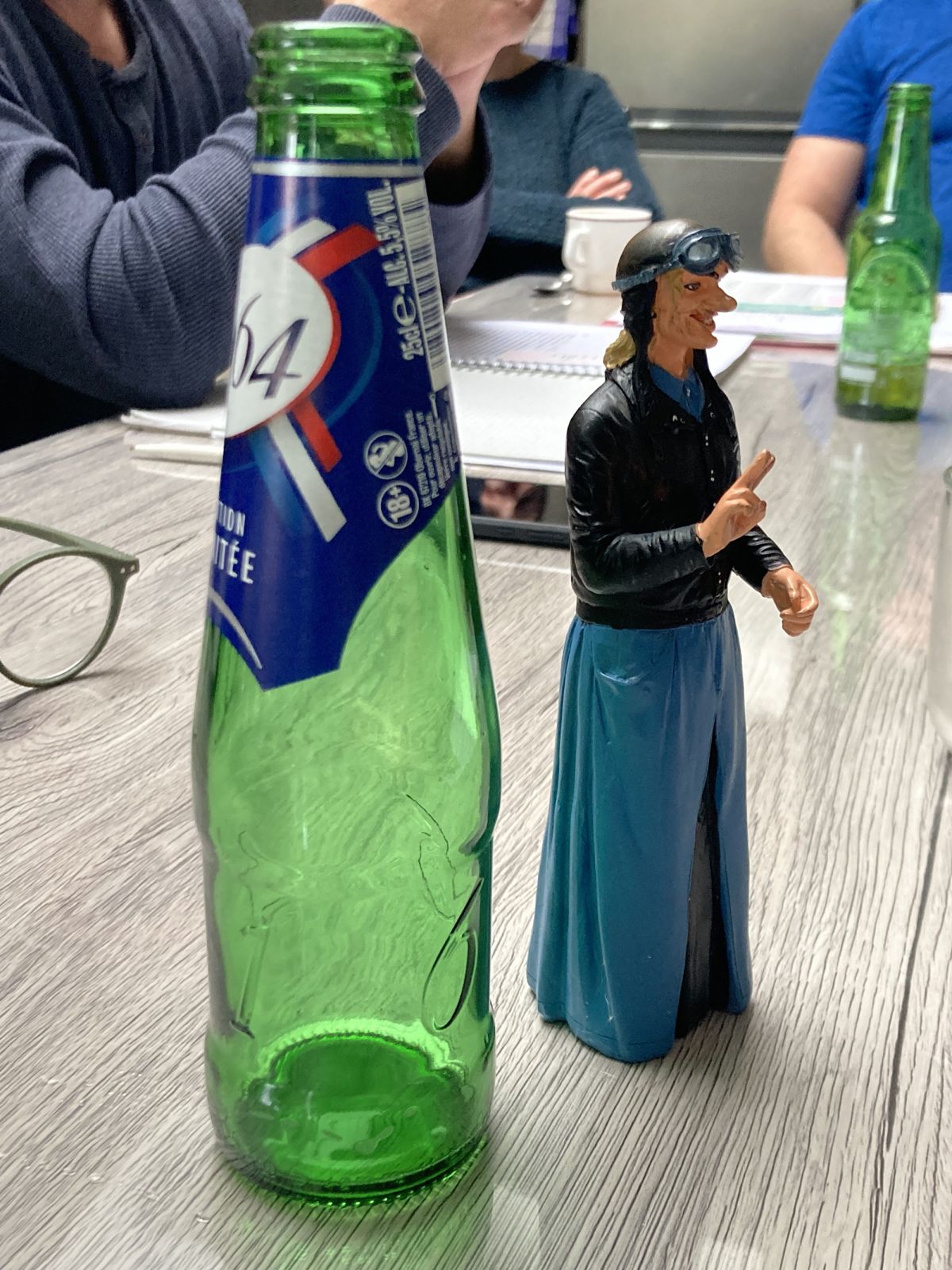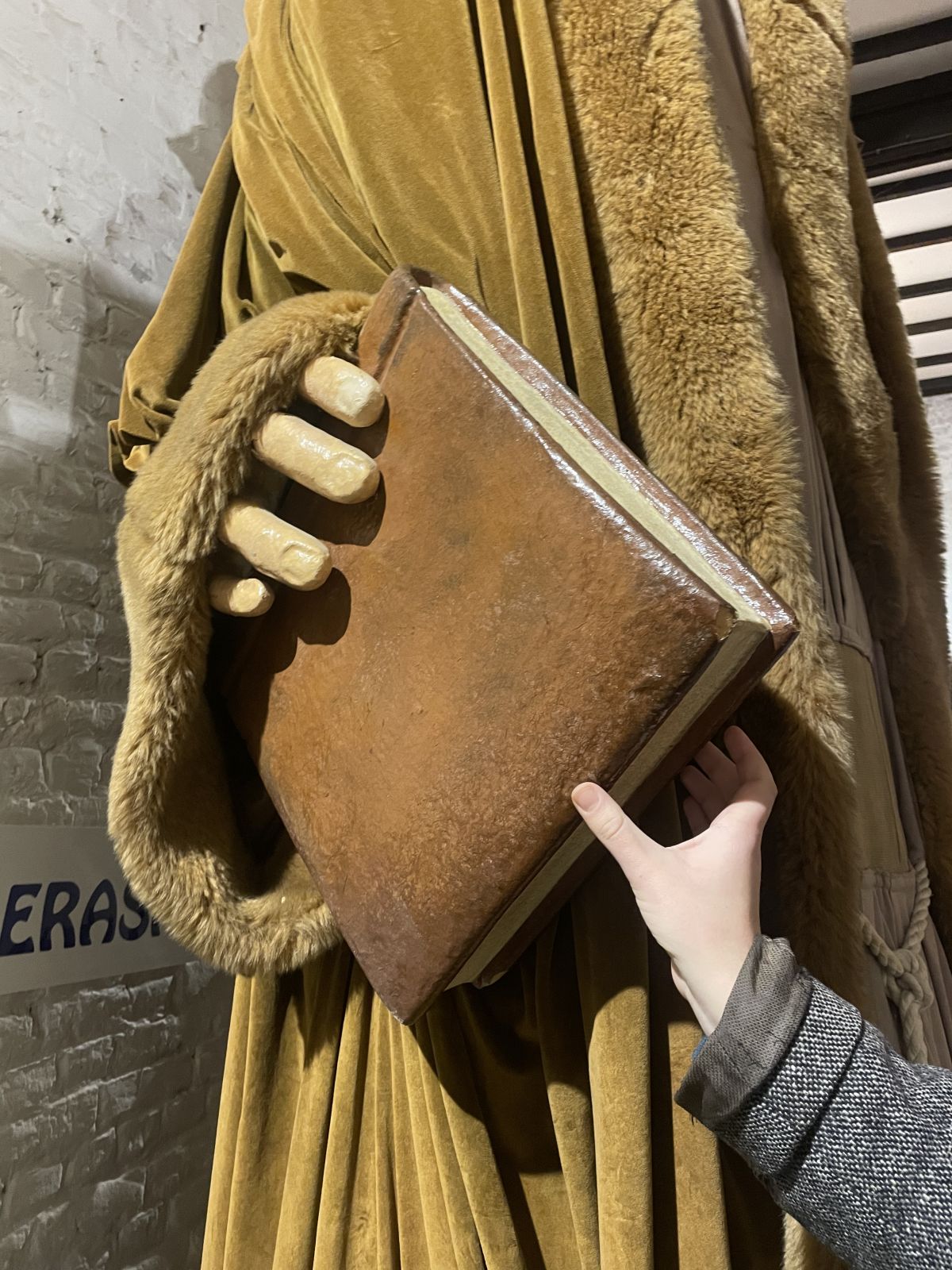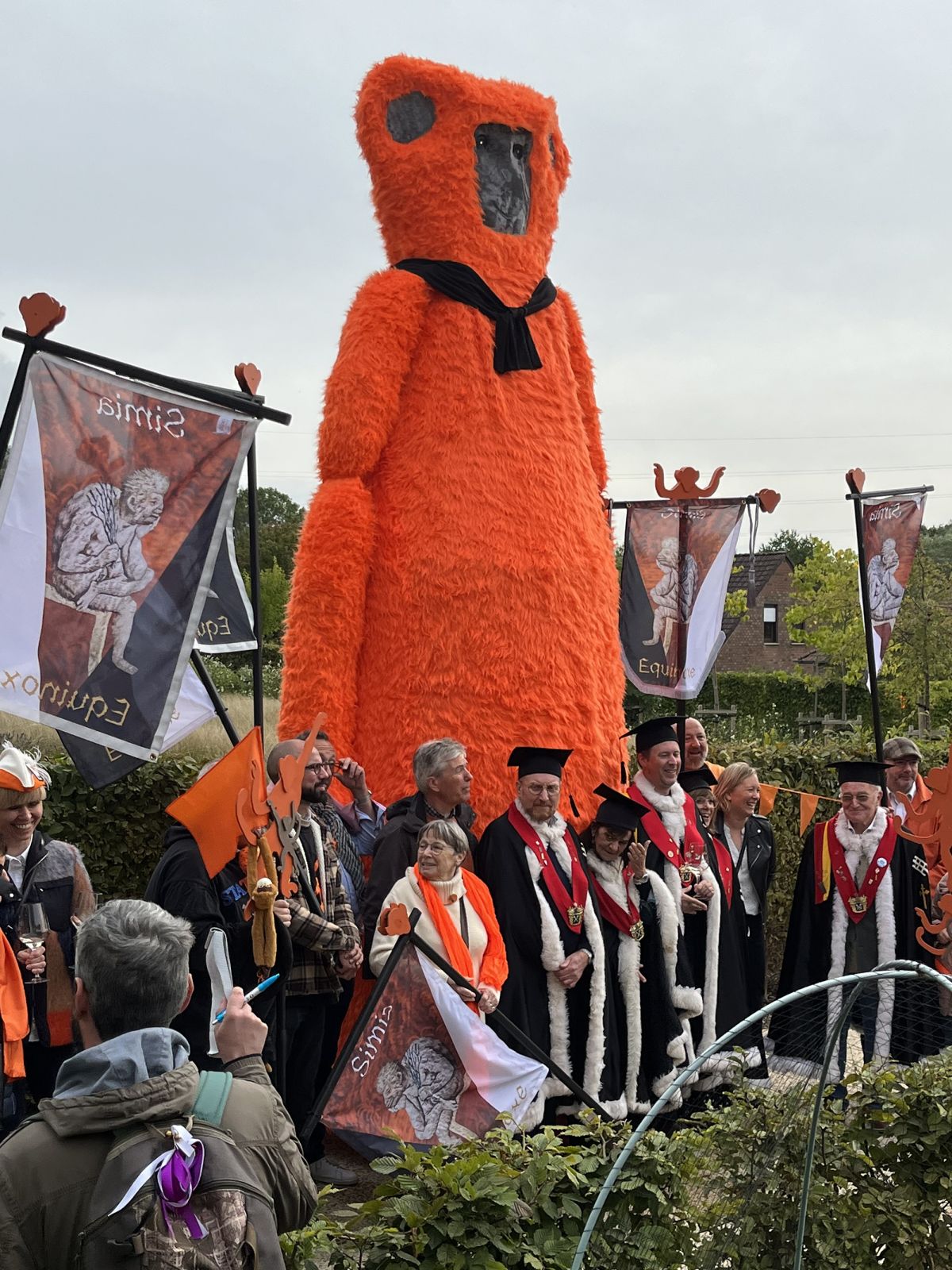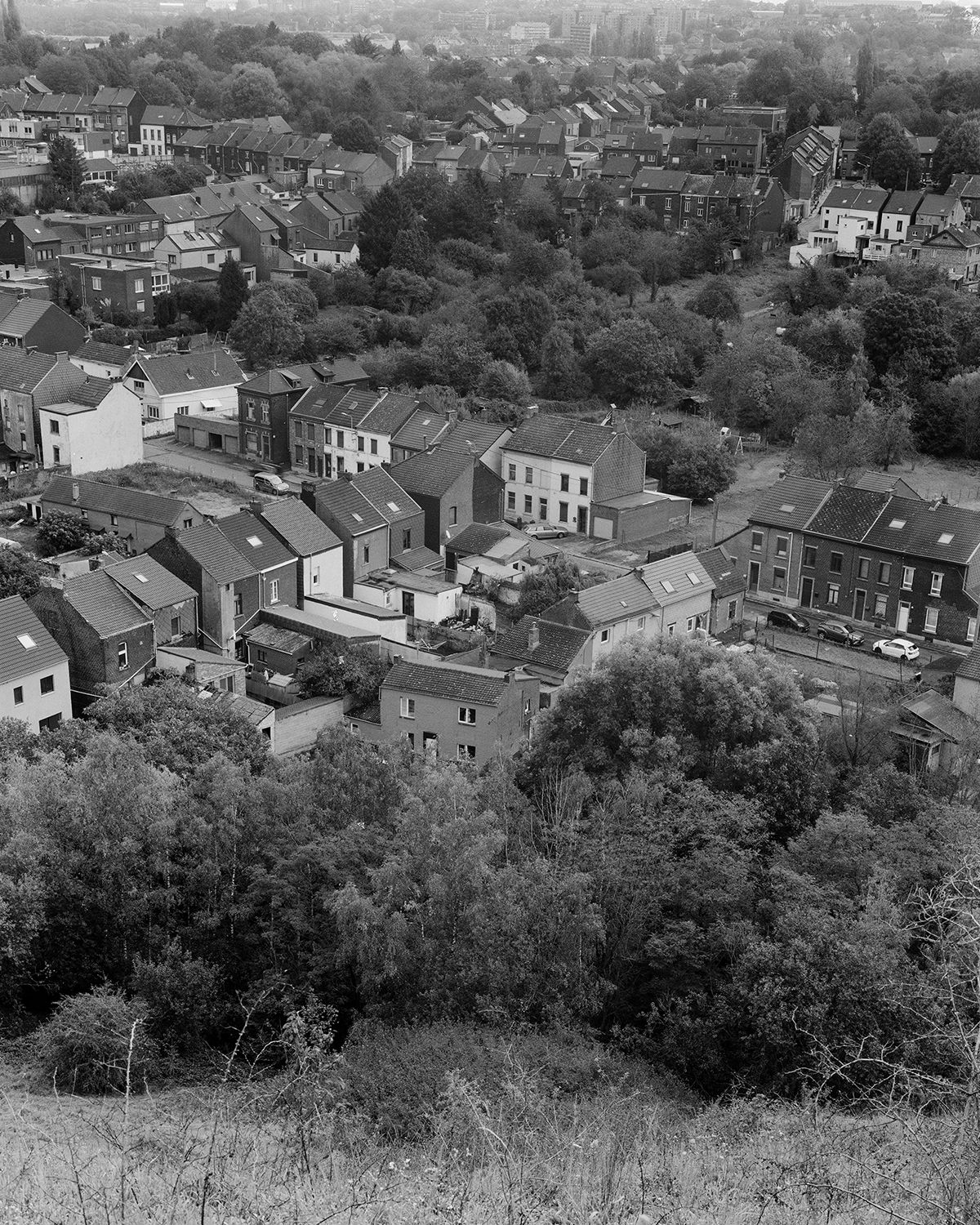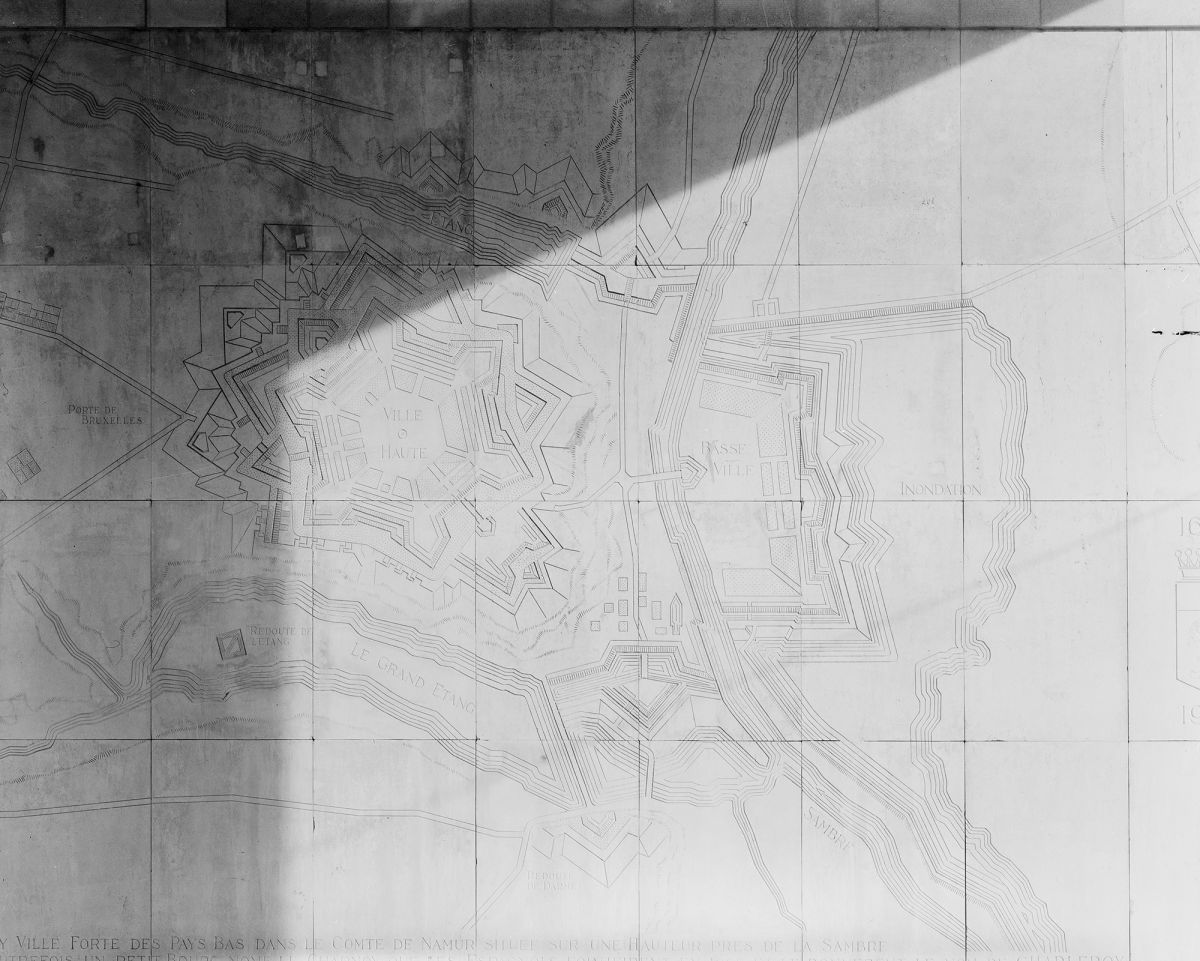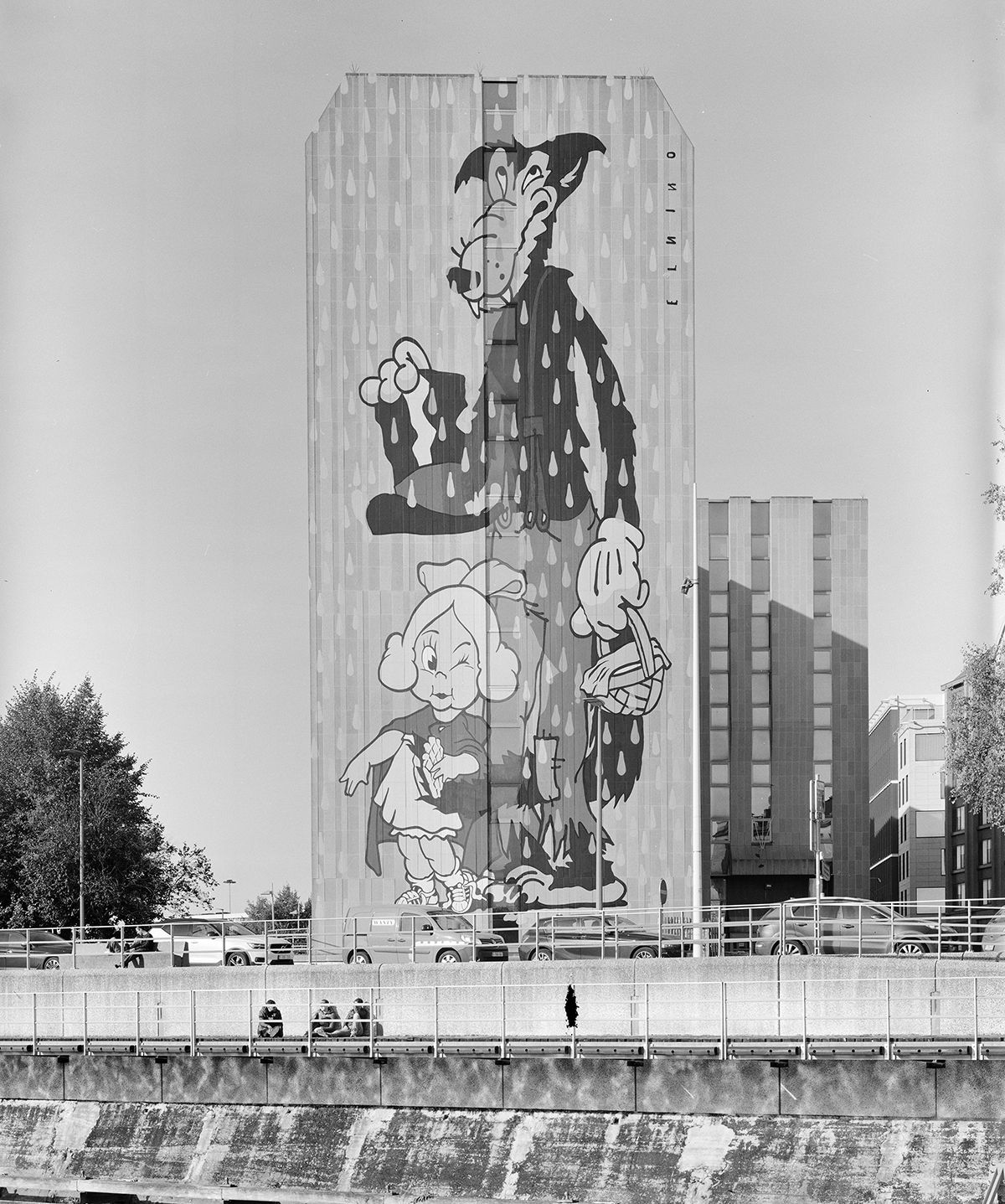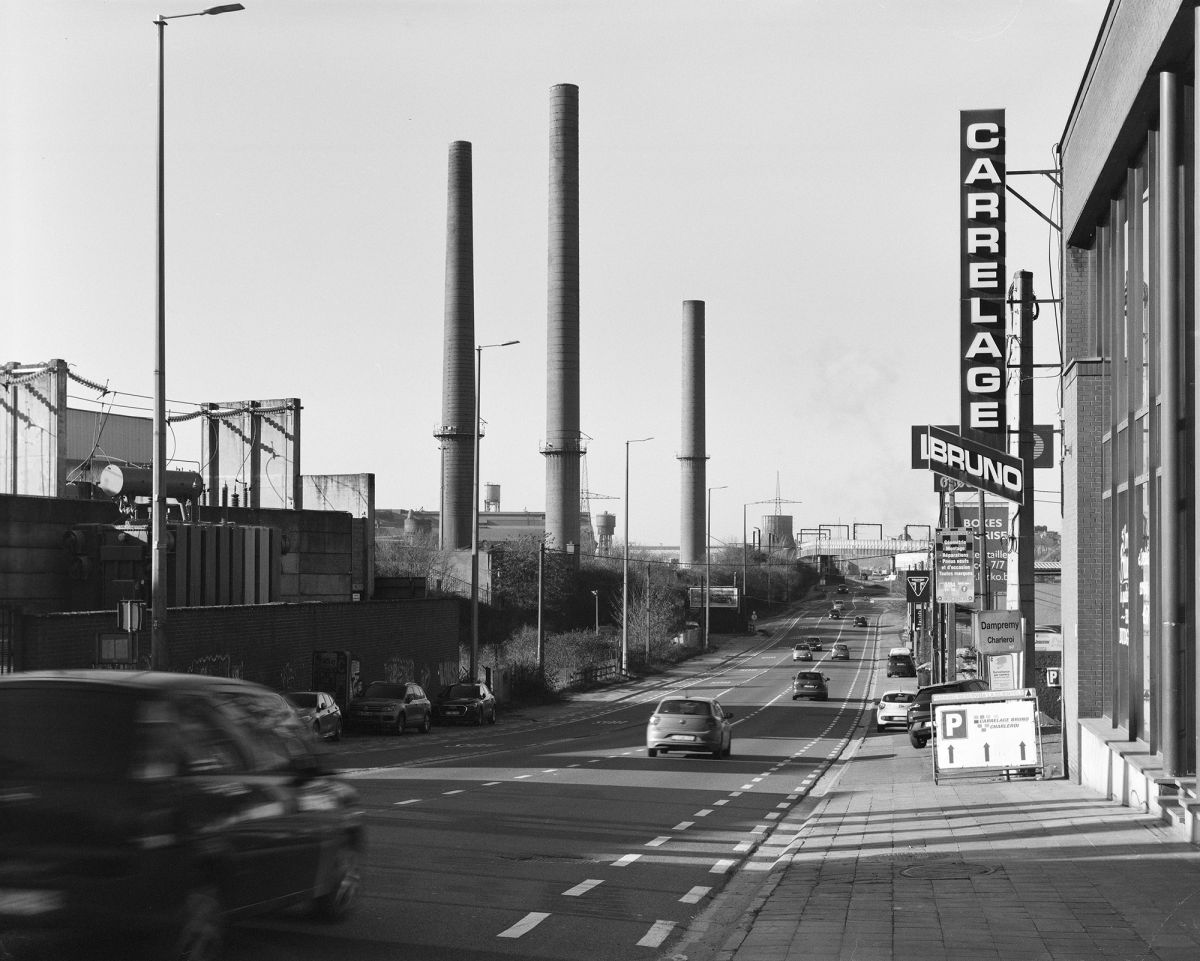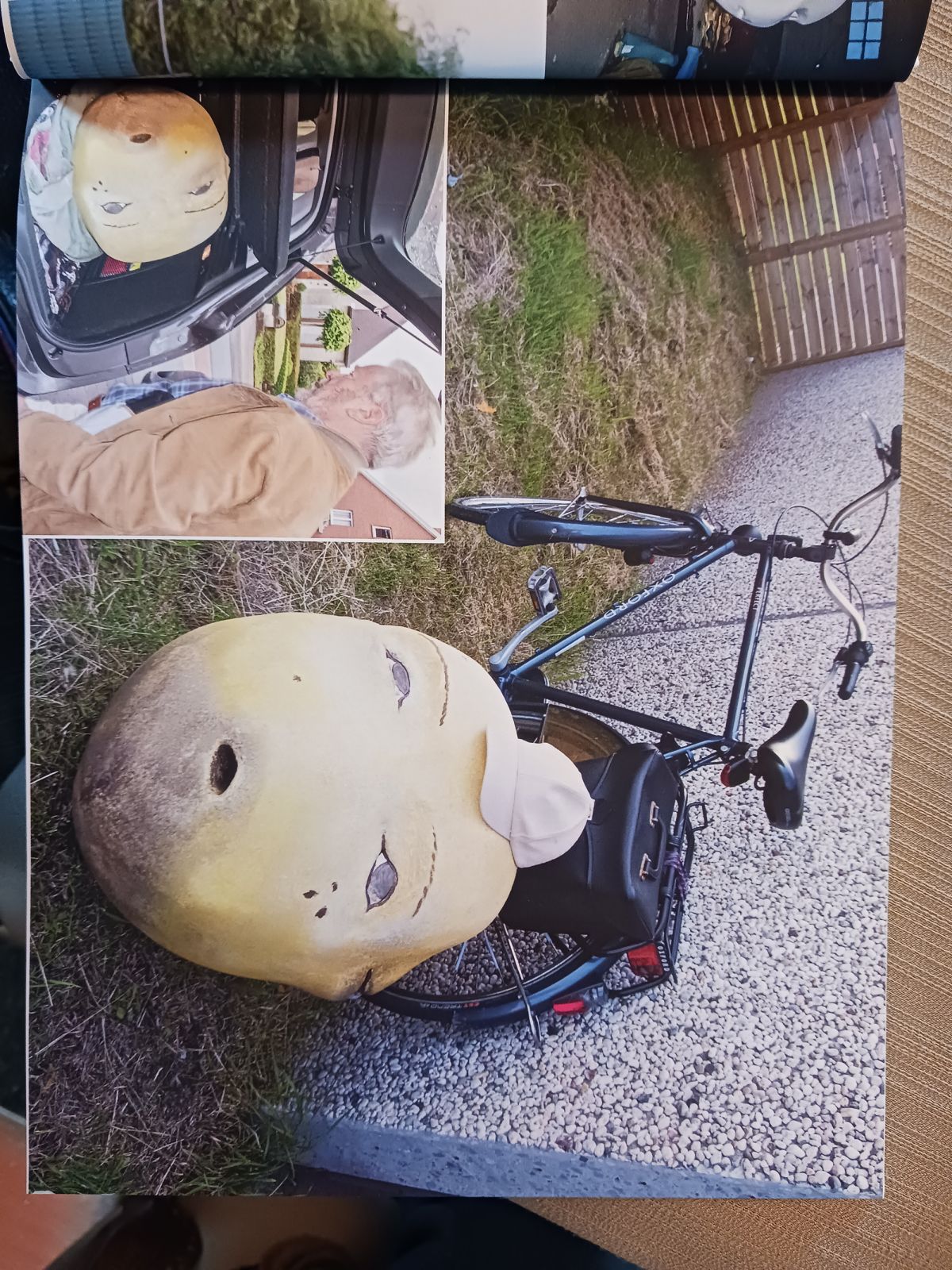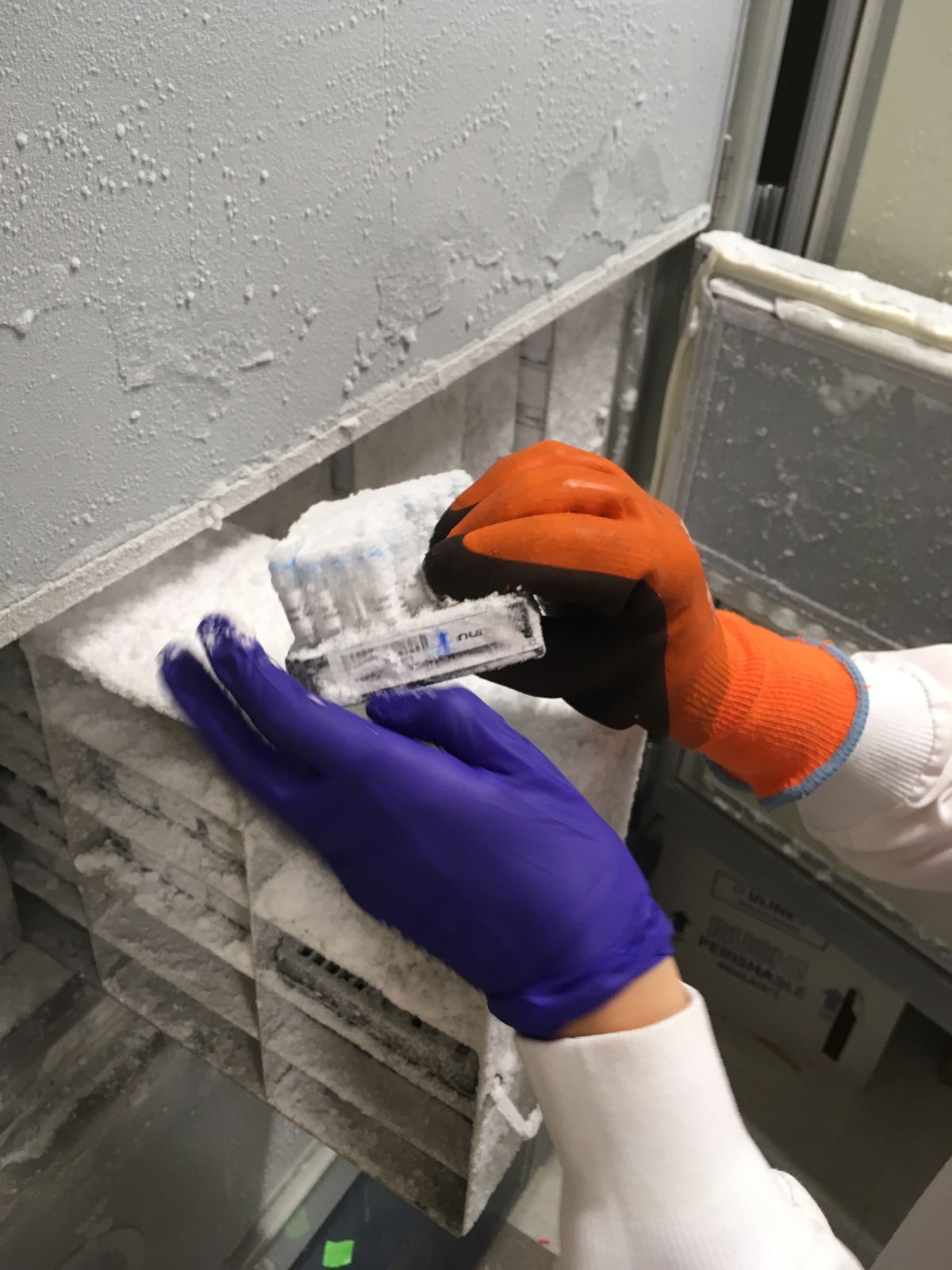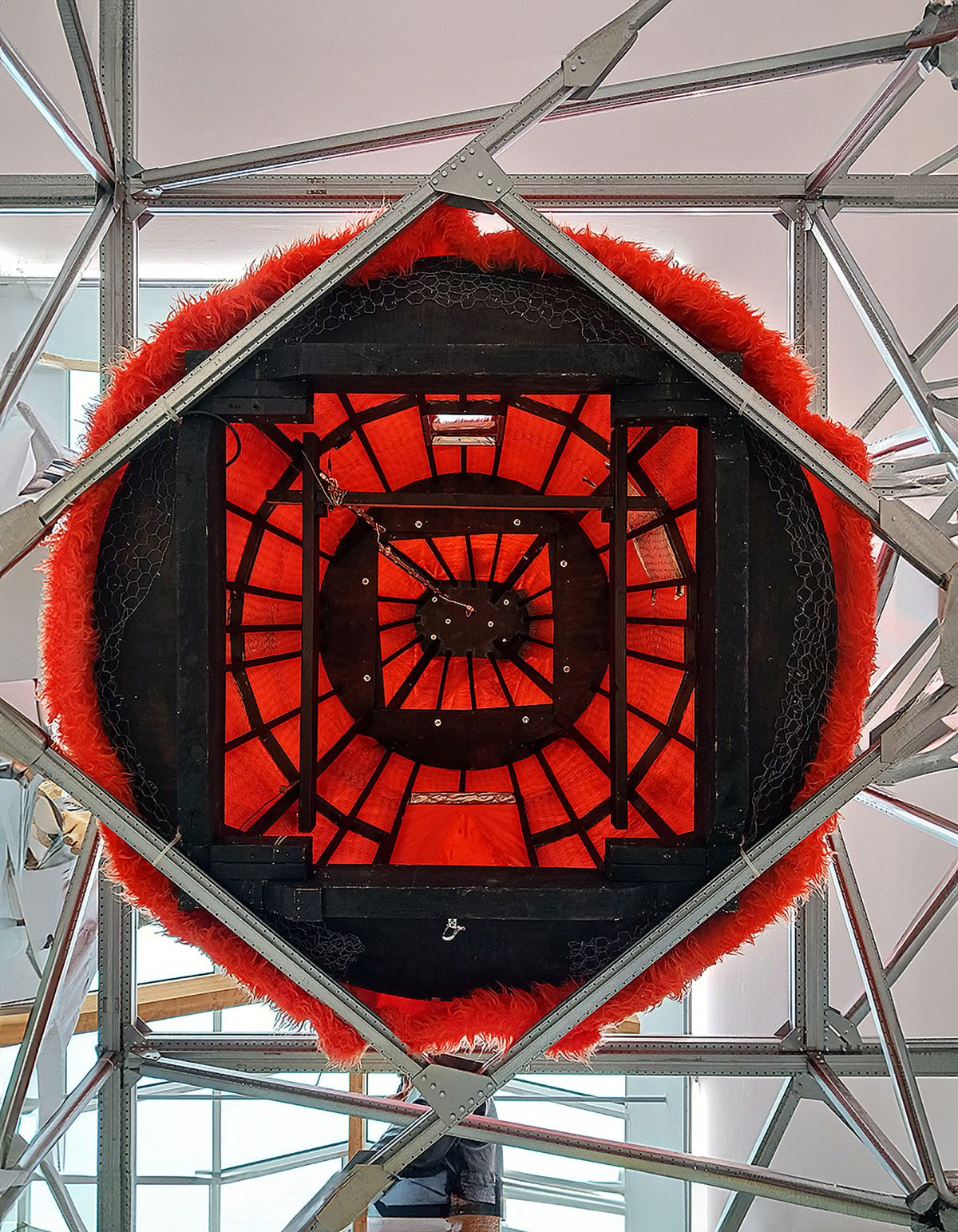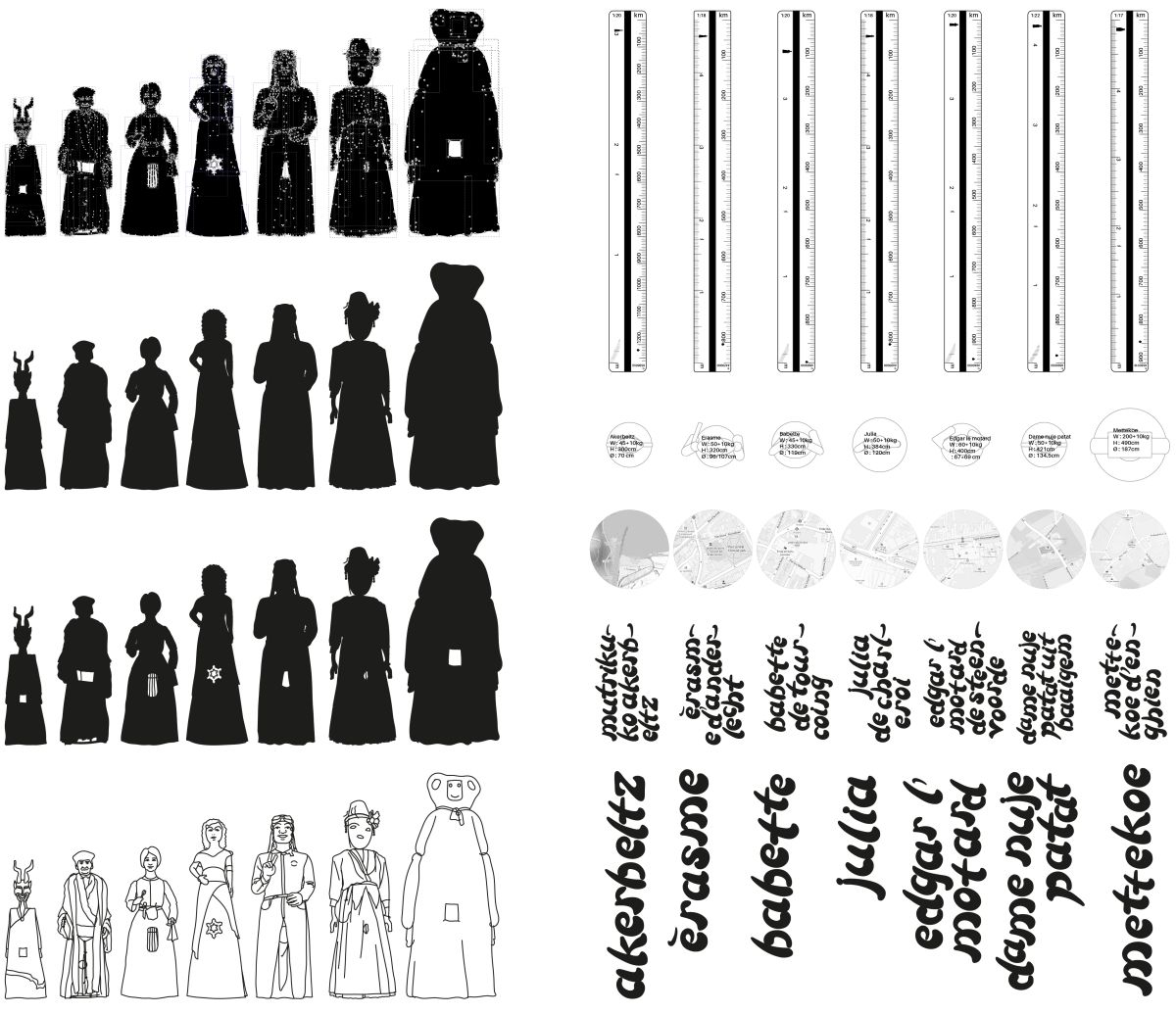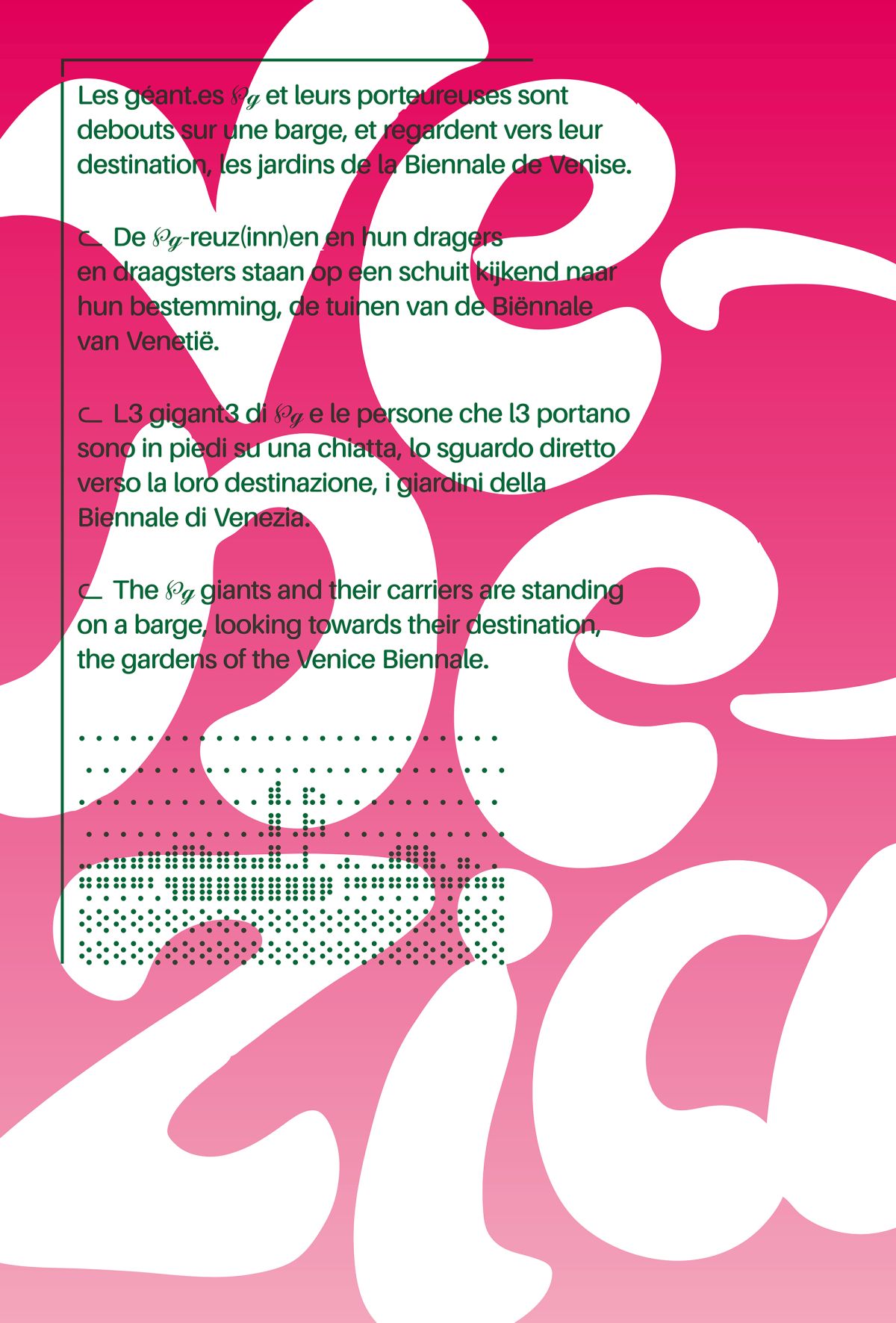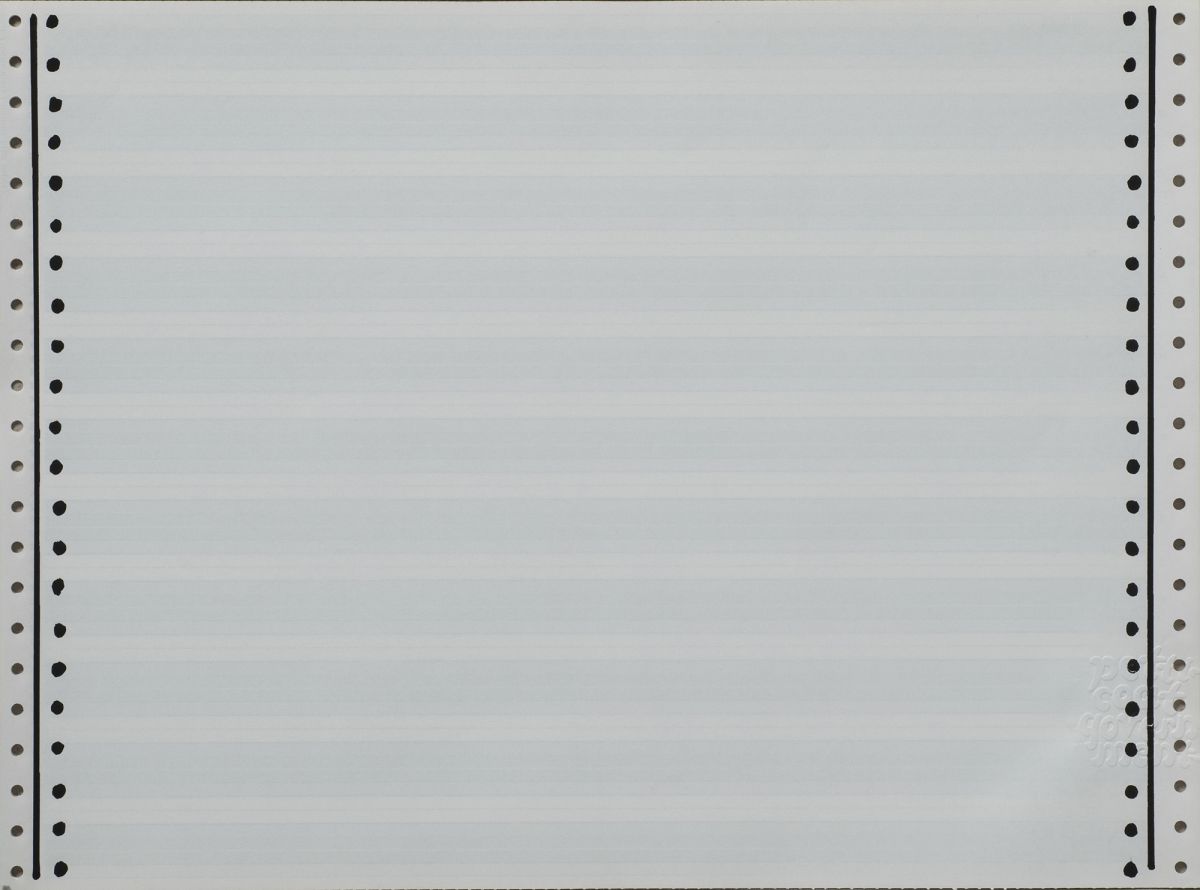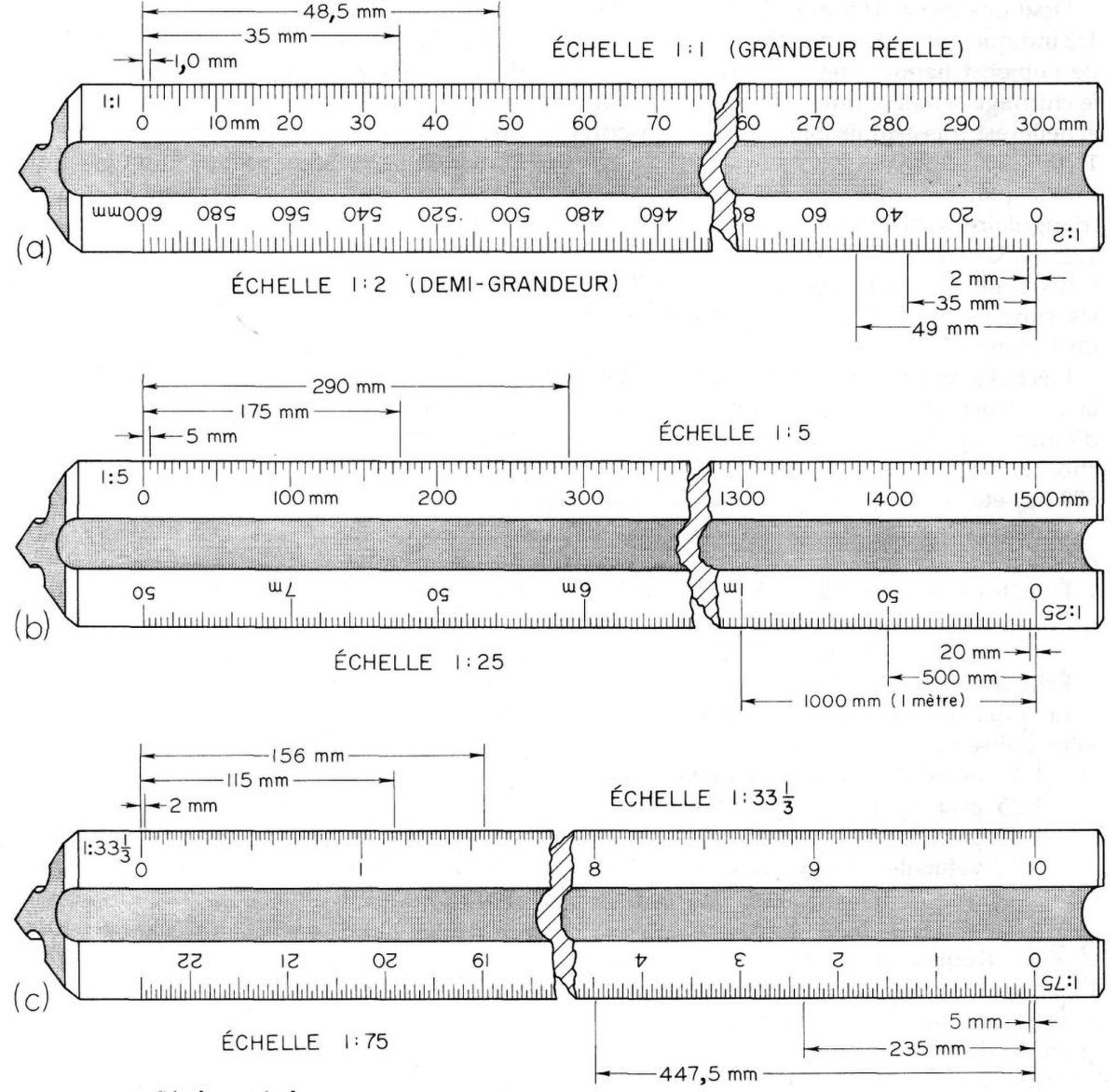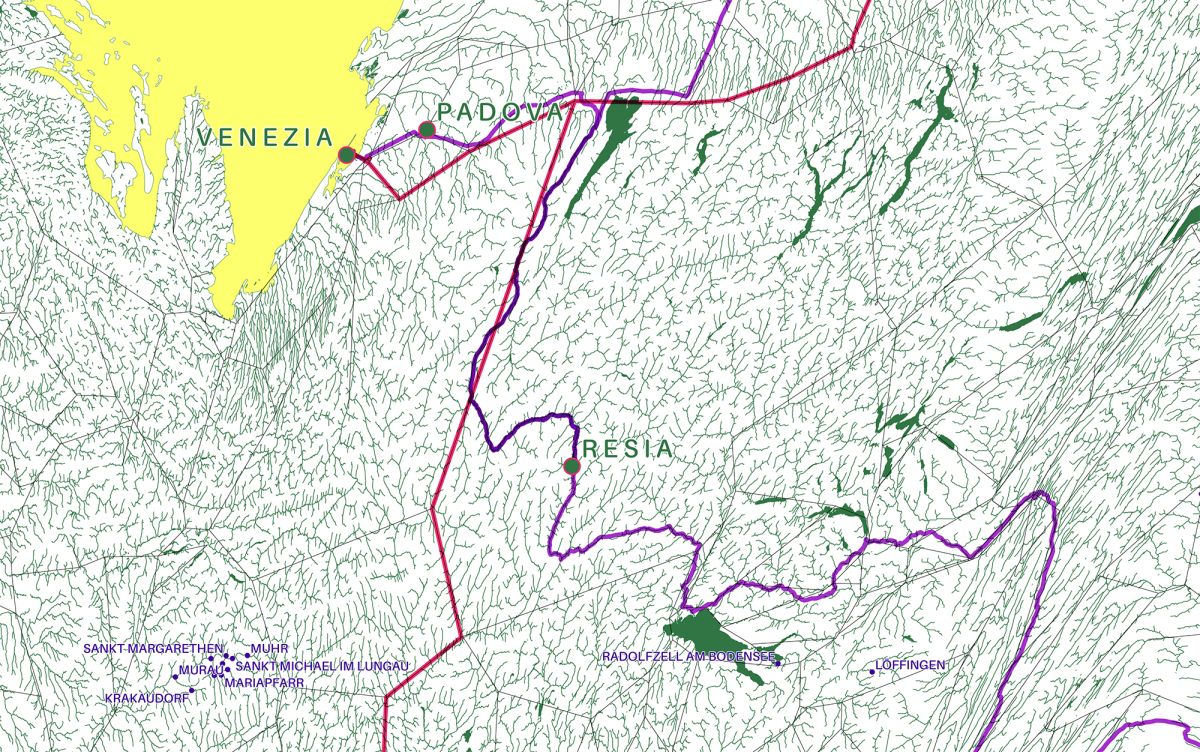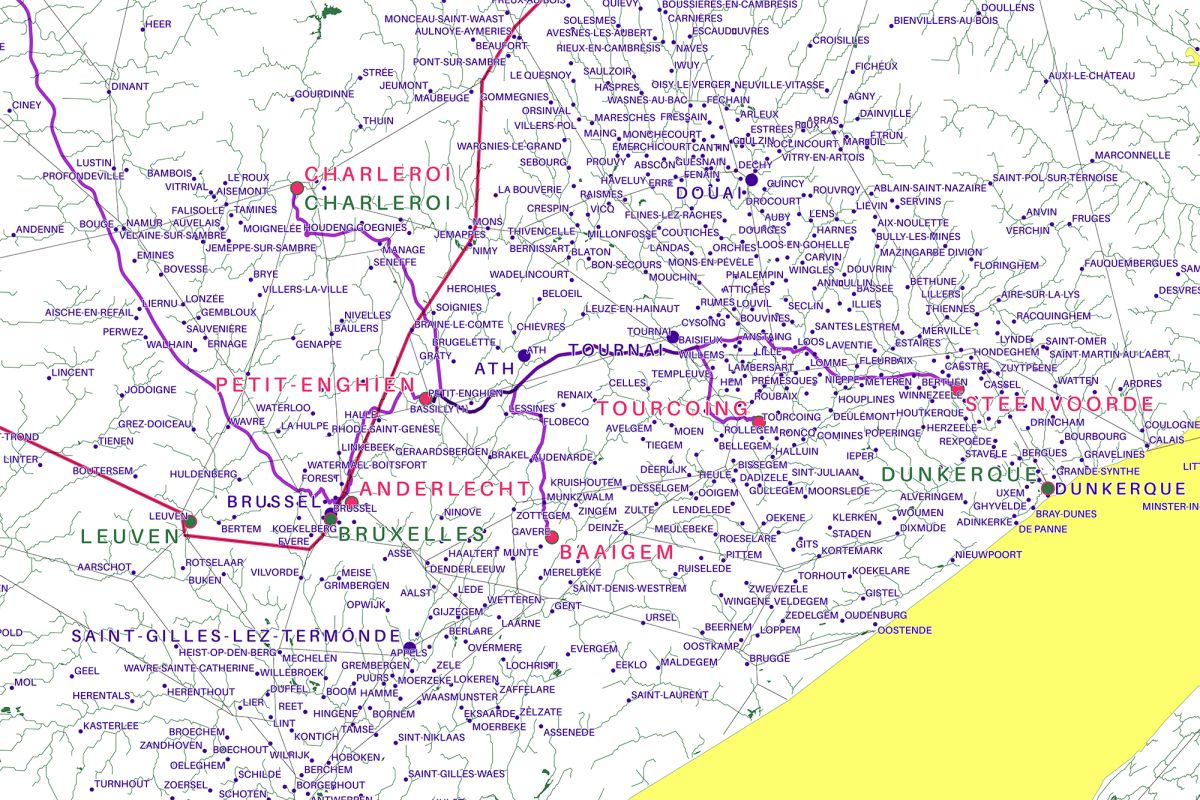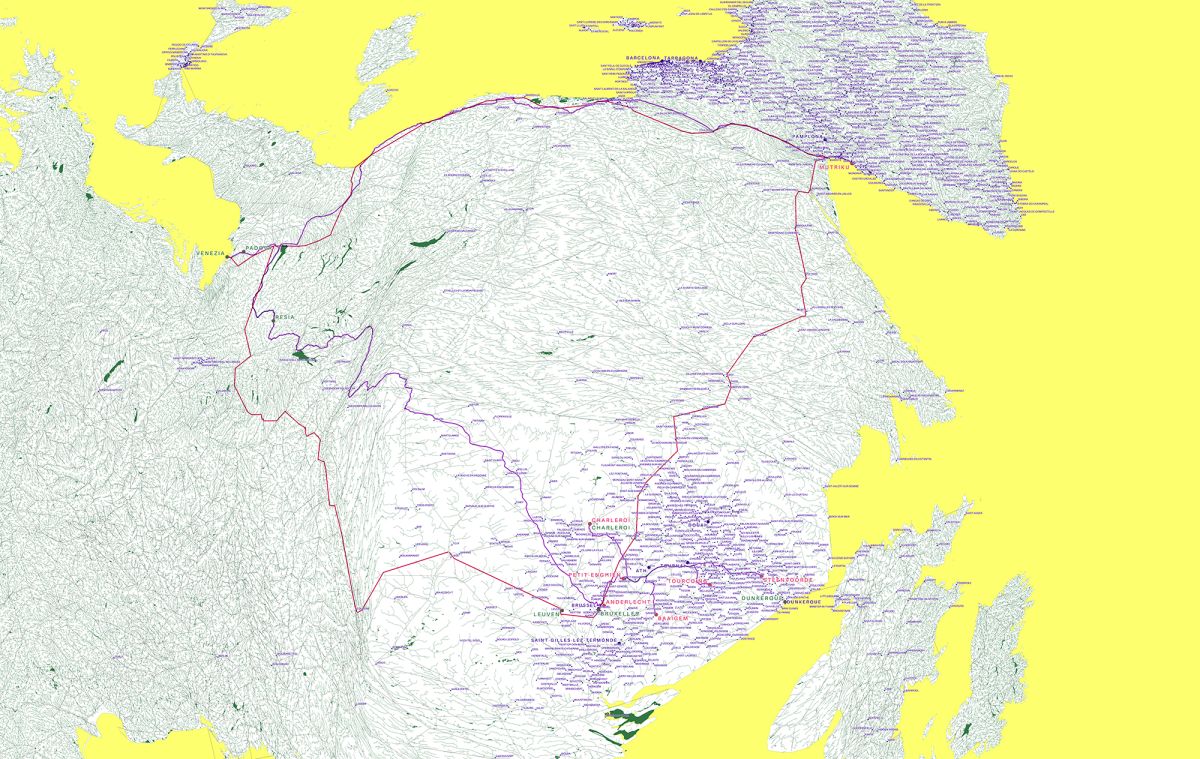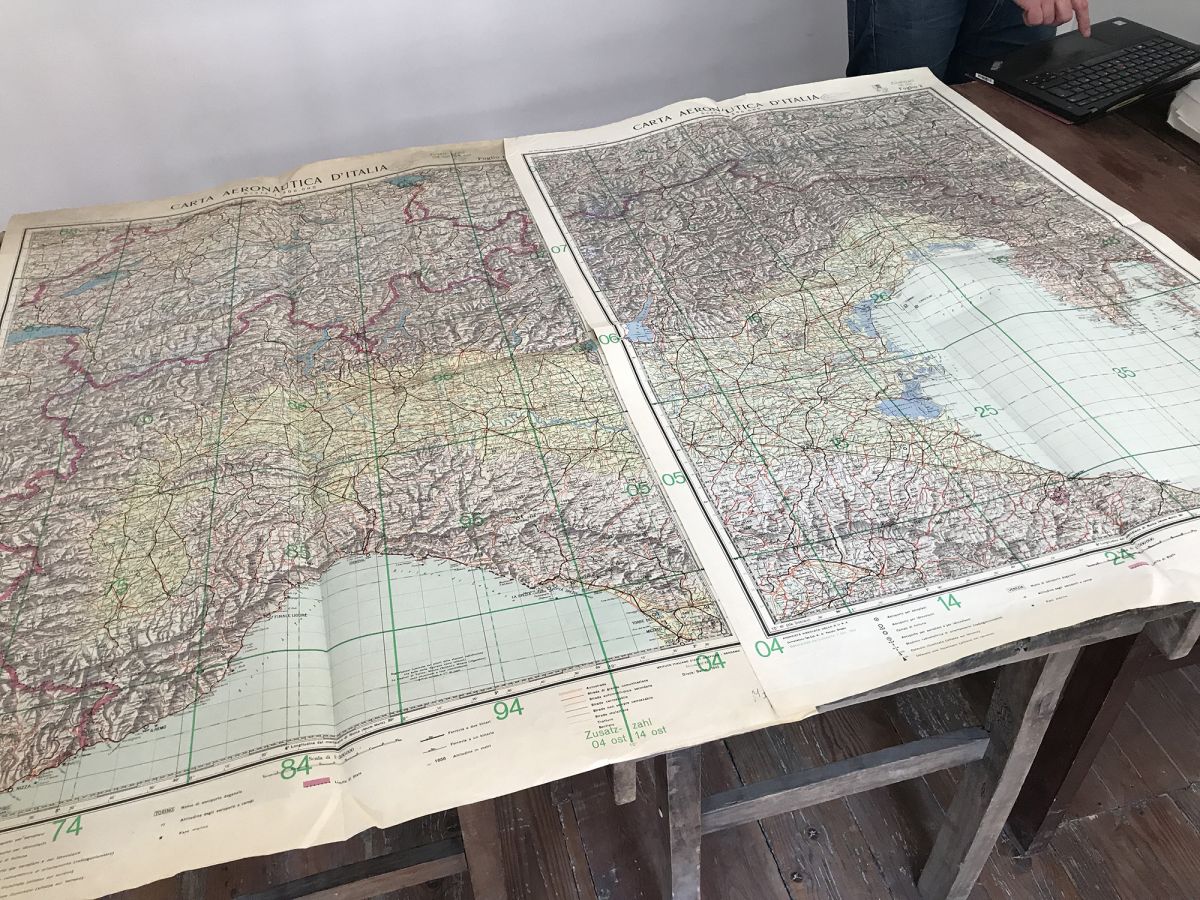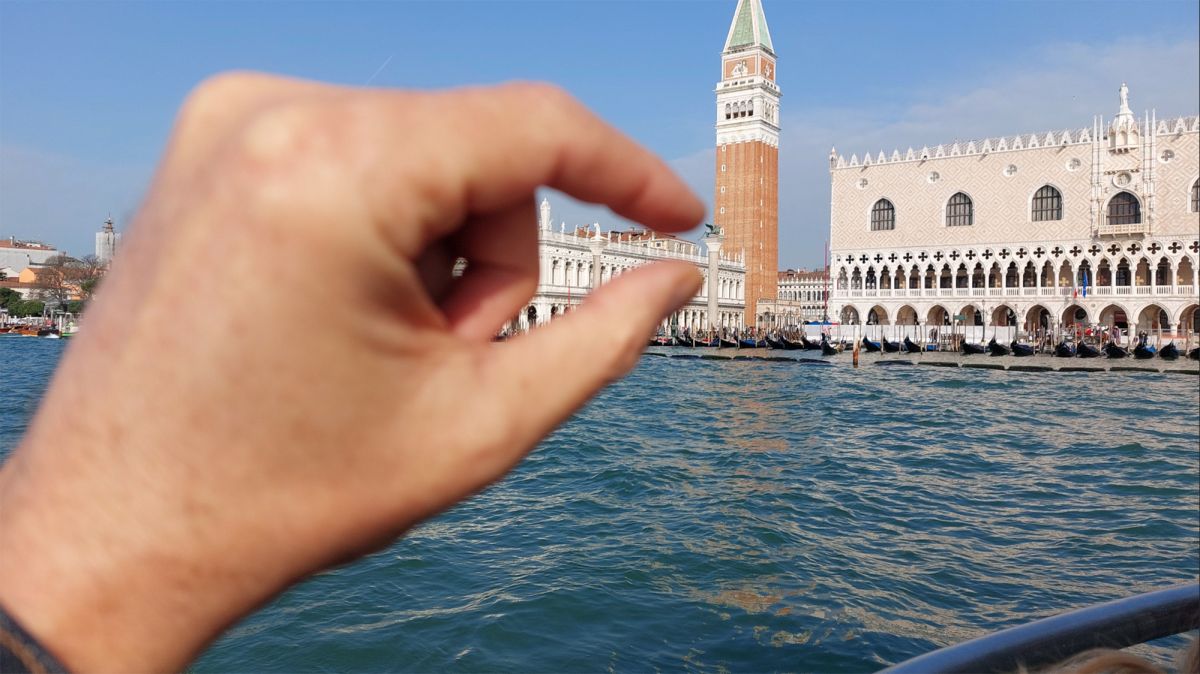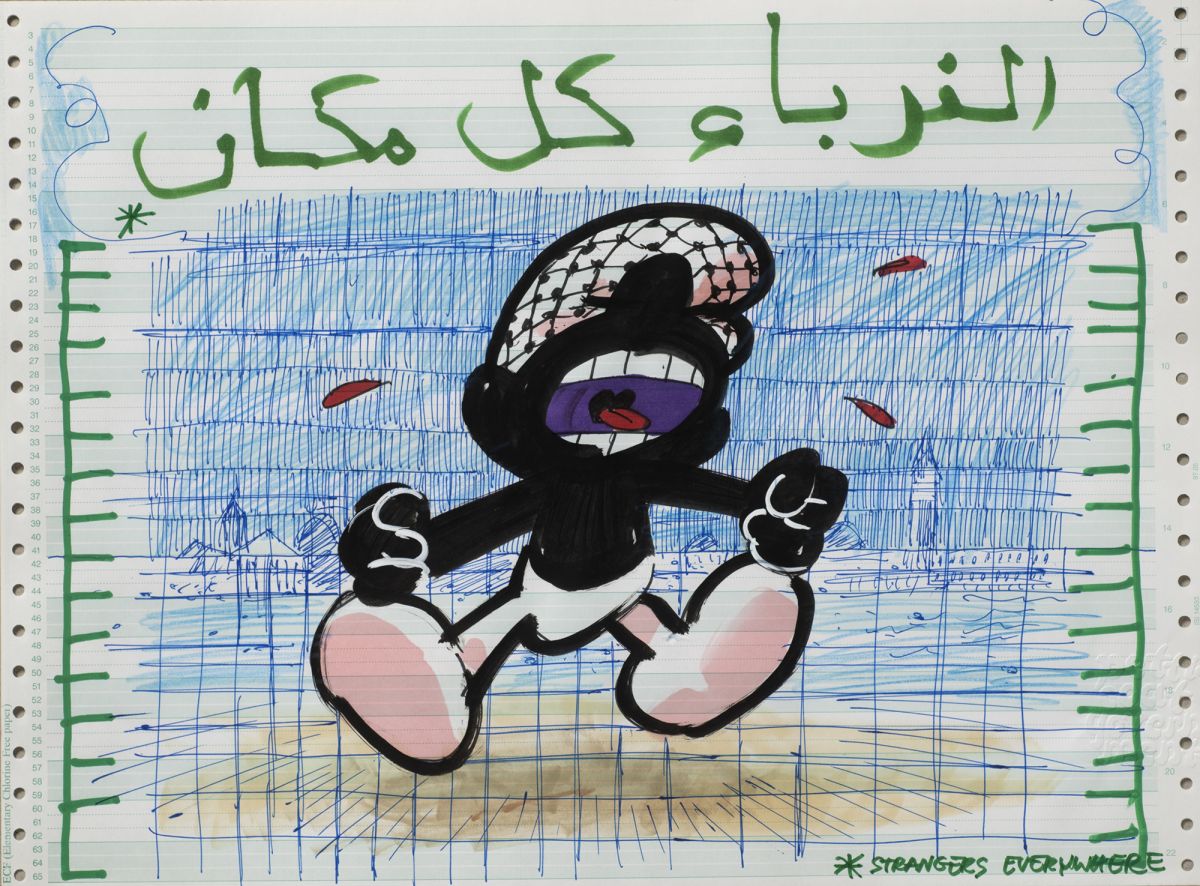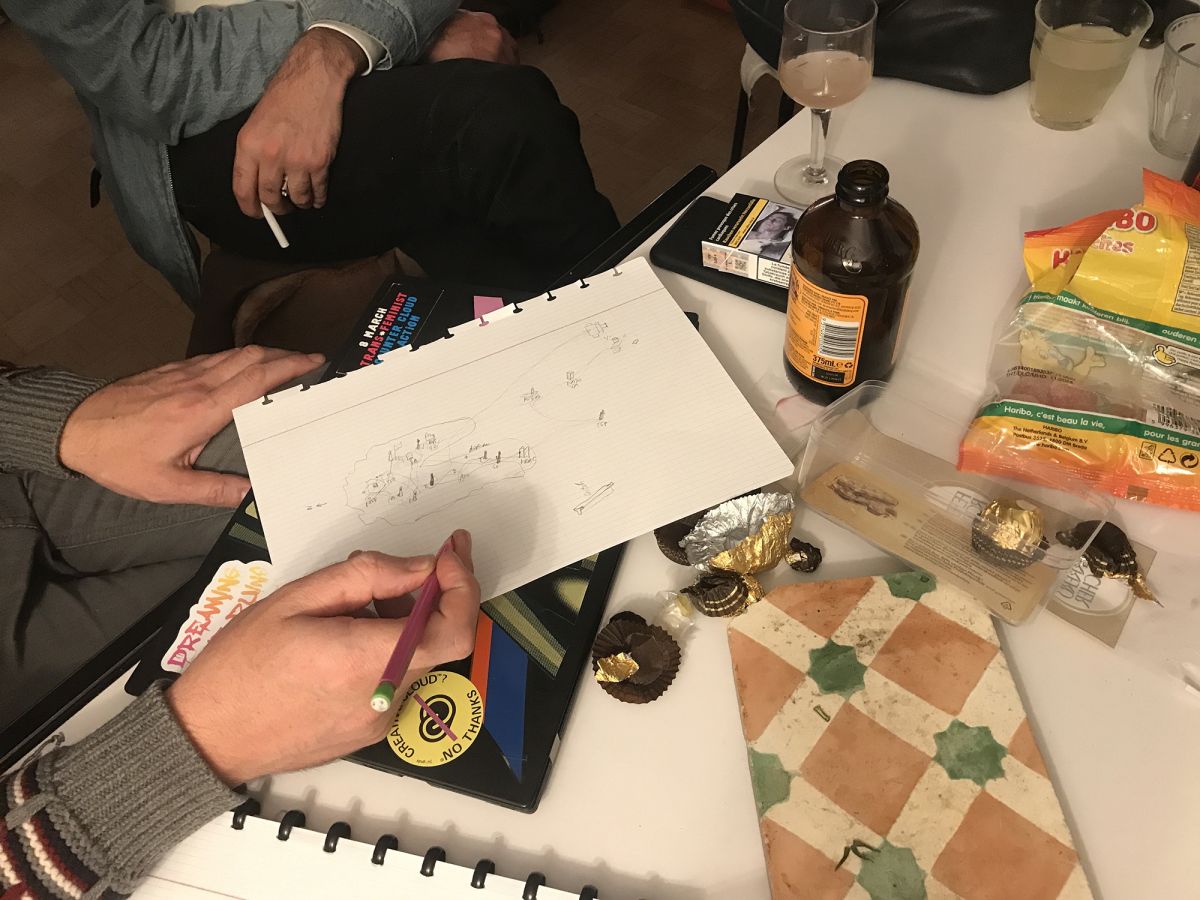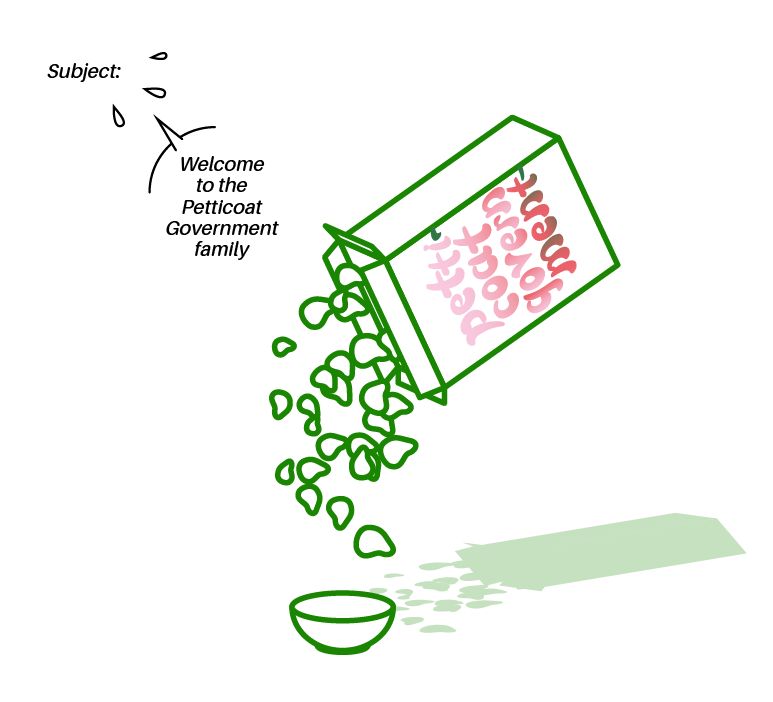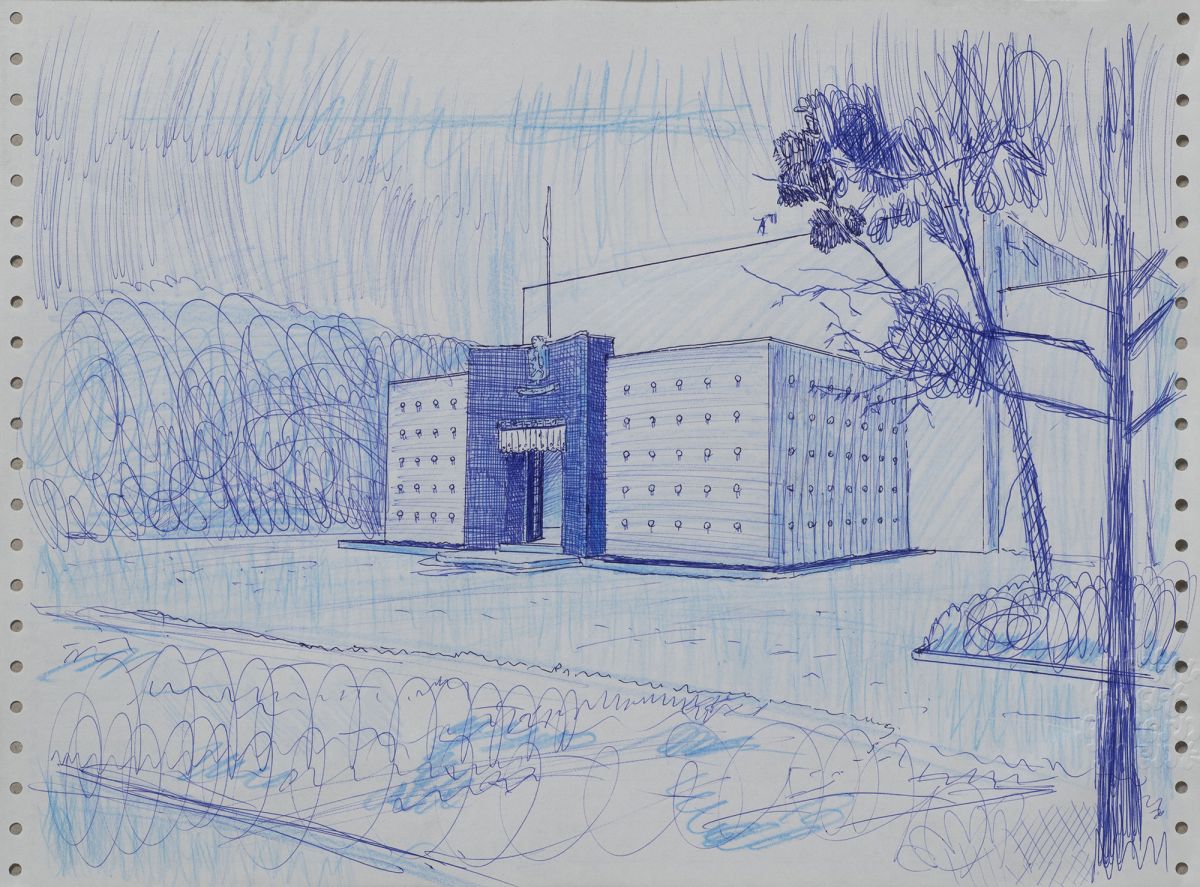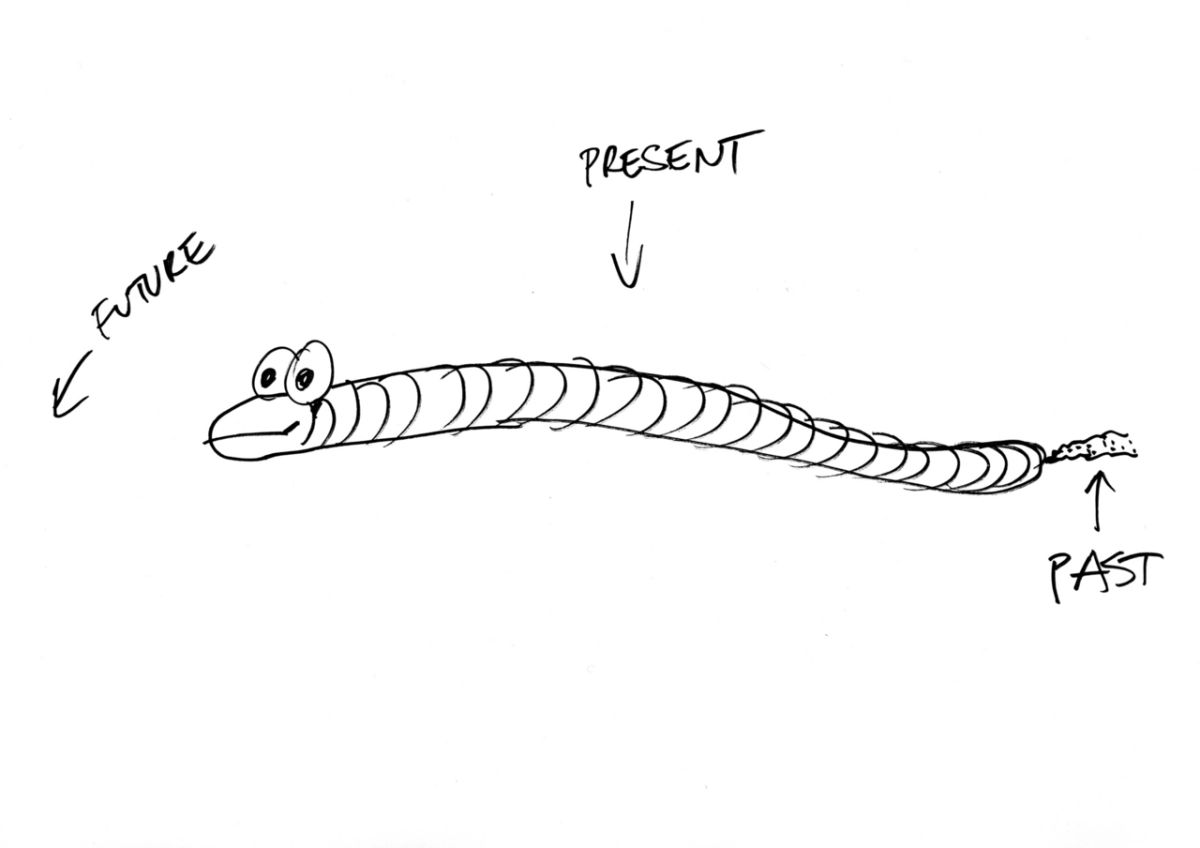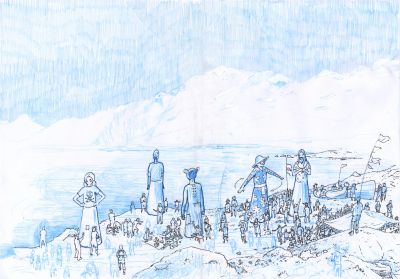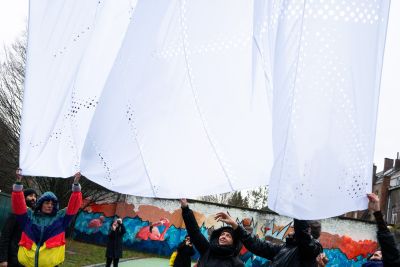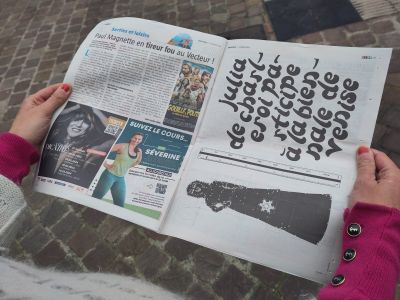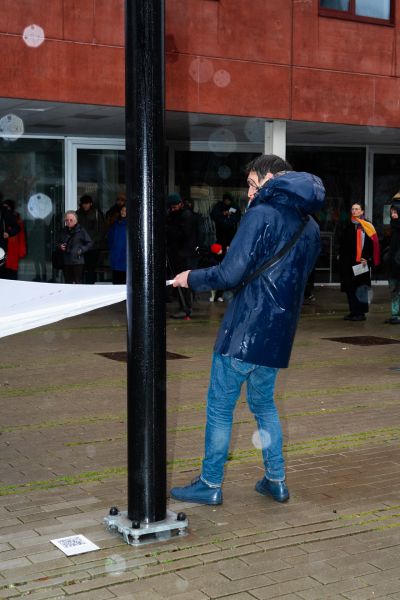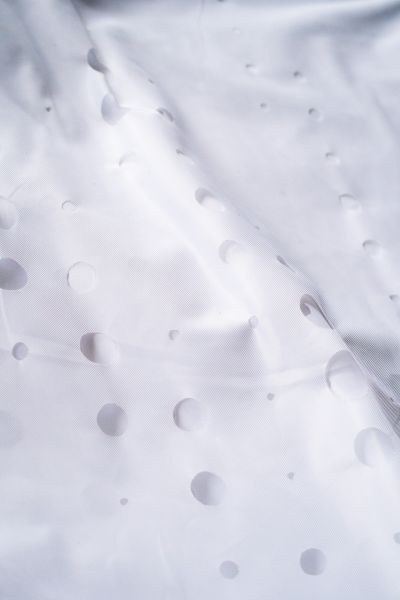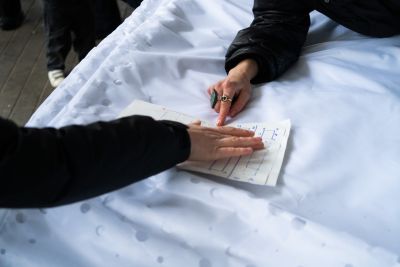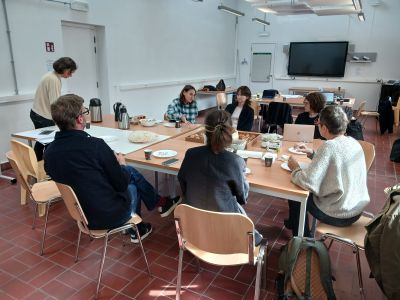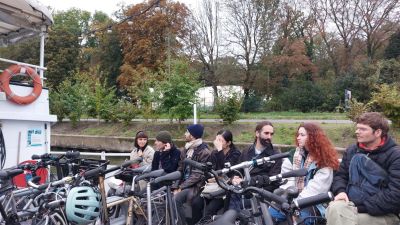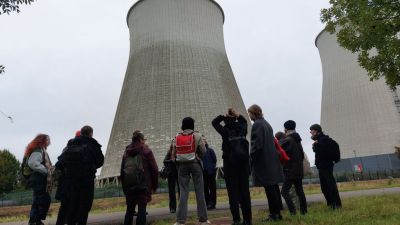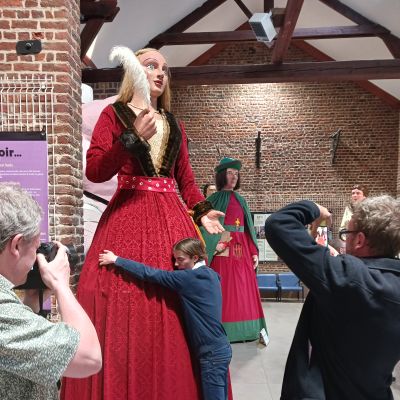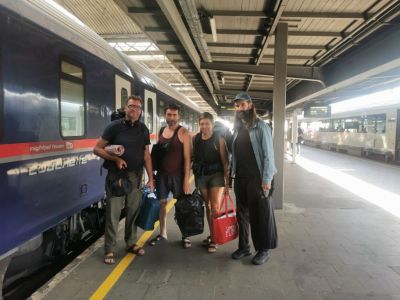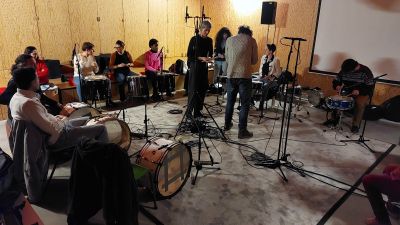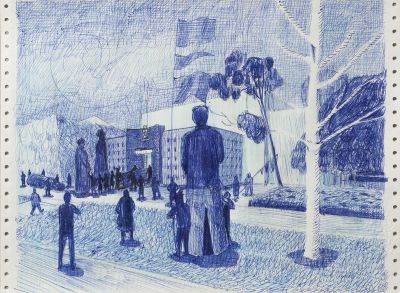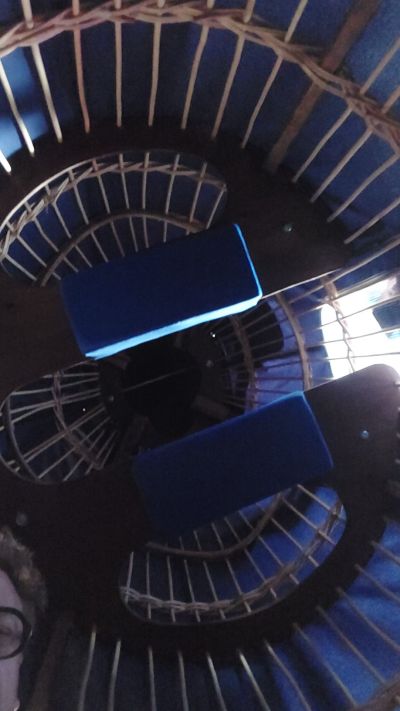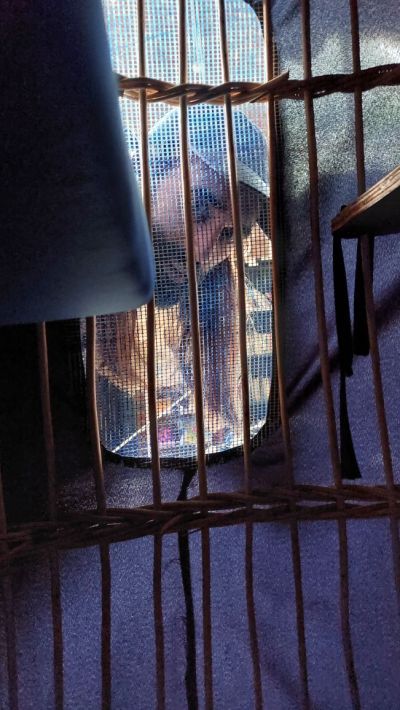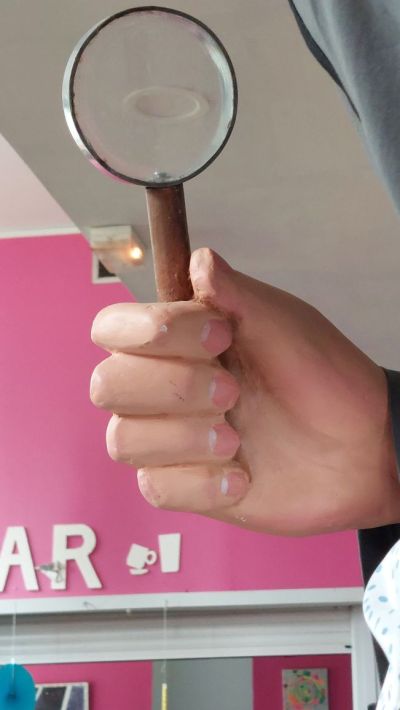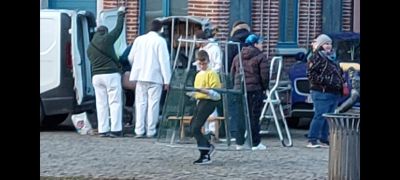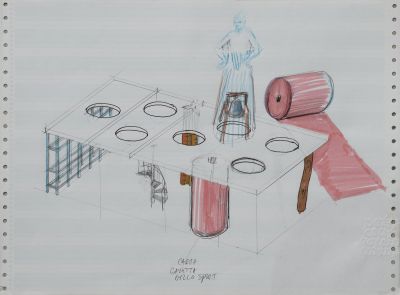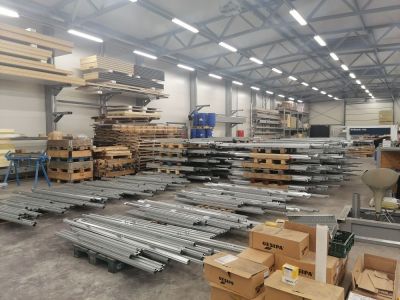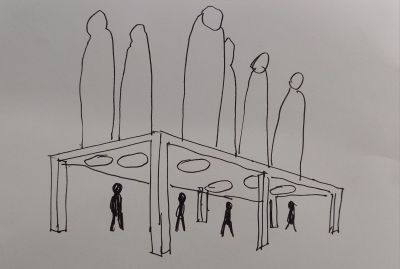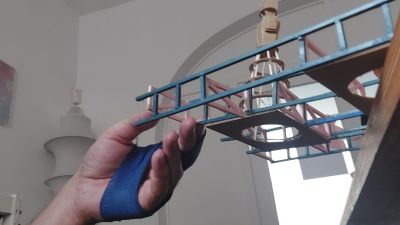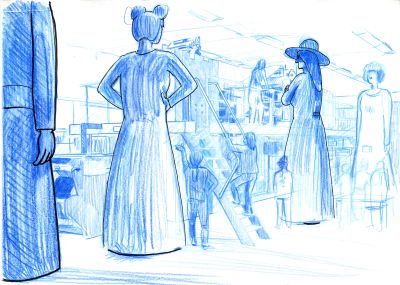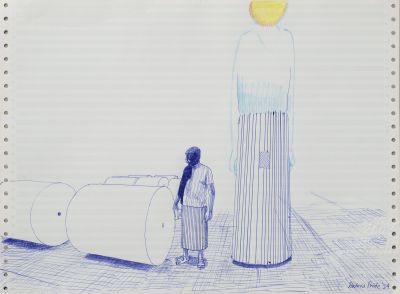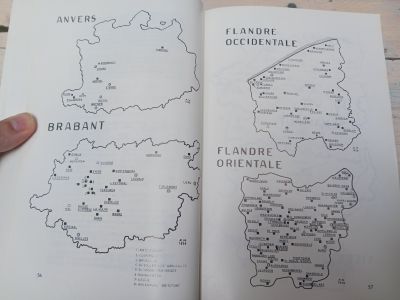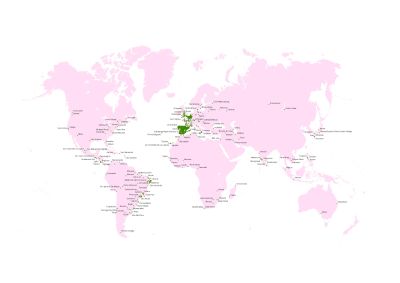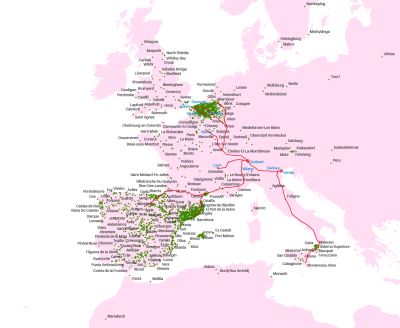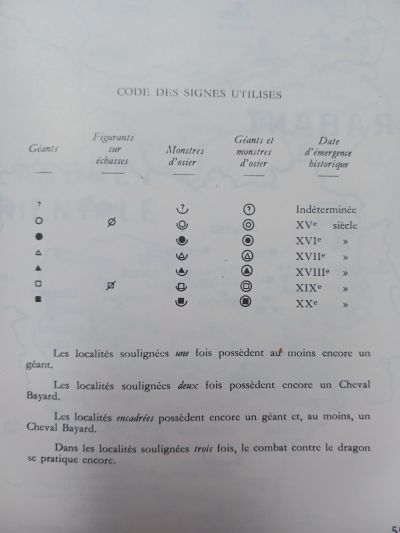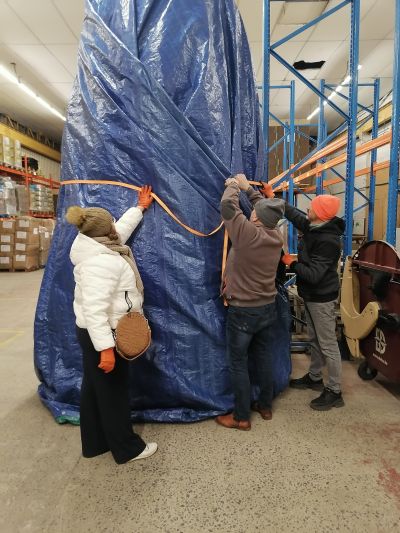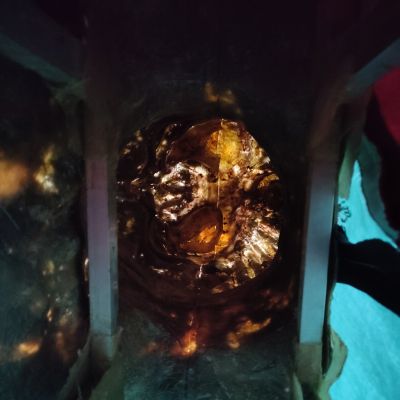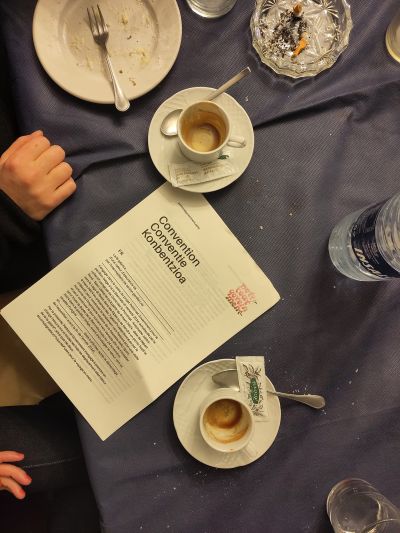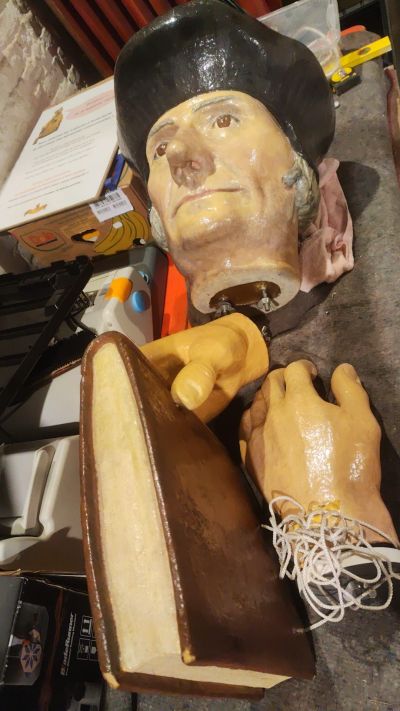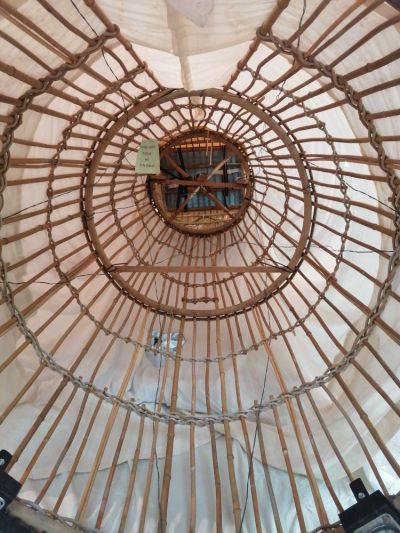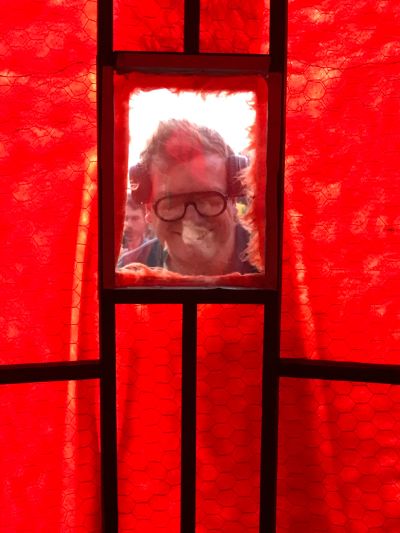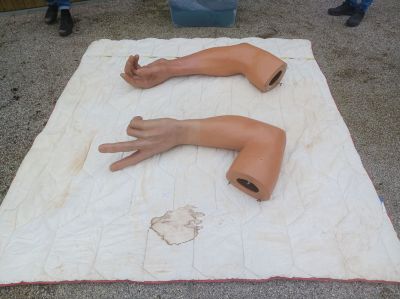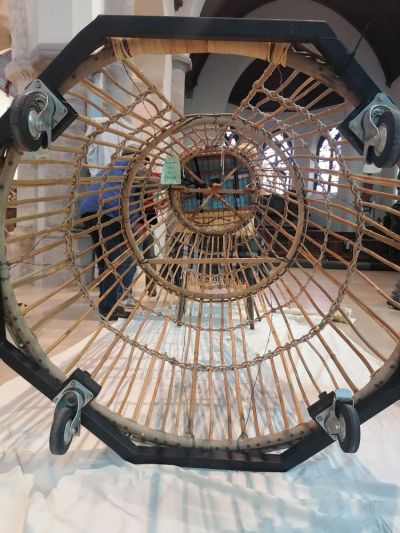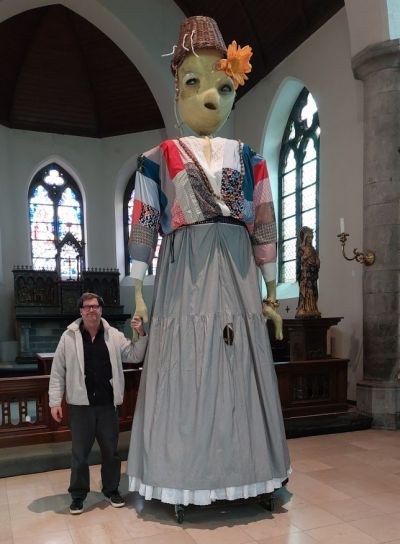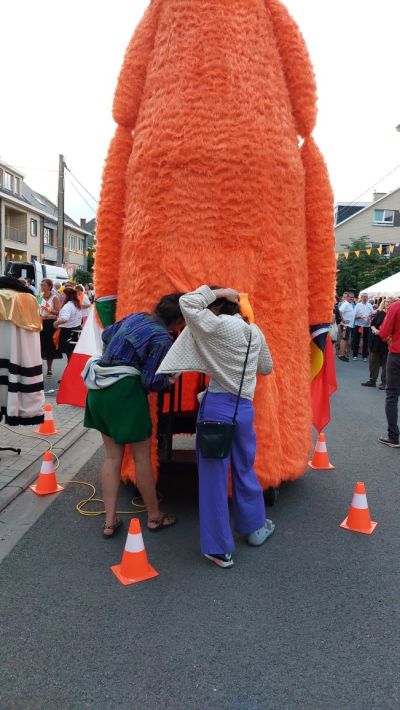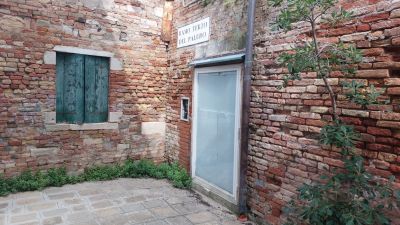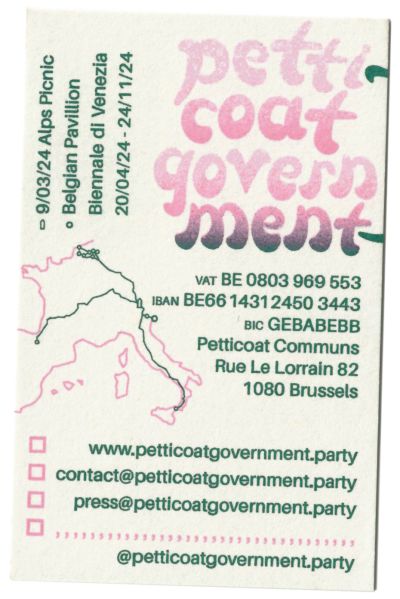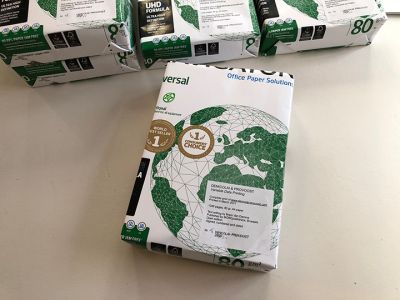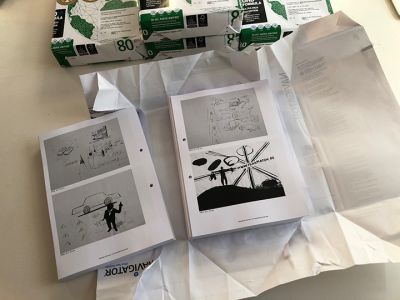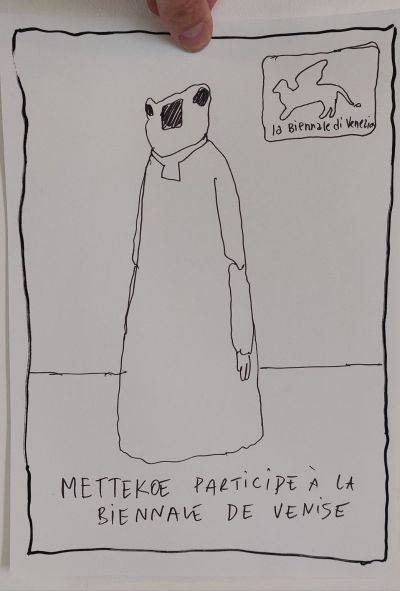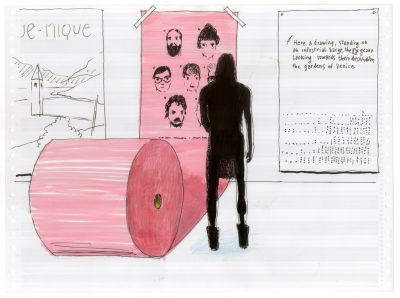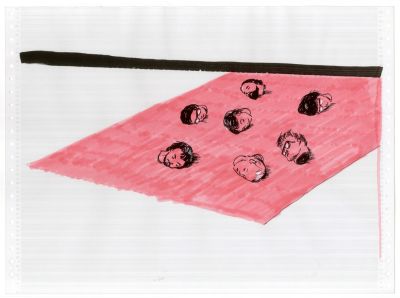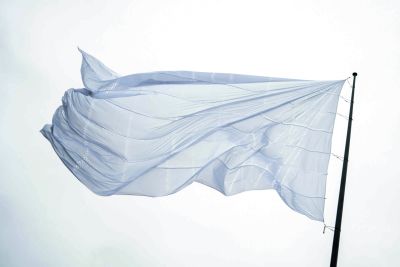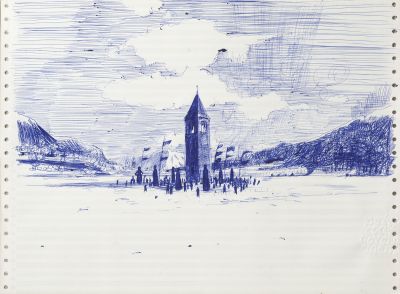❍ In order of appearance in the scenario
❍ 2022
Commissioner
Fédération Wallonie-Bruxelles
Organisation
Direction des Arts plastiques contemporains
Coordination
Pascale Viscardy
Institutional partner
Wallonie Bruxelles-International
Coordination
Pascale Eben, France Dosogne
❍ Winter
Collective
Sophie Boiron, Valentin Bollaert, Simona Denicolai, Pauline Fockedey, Pierre Huyghebaert, Antoinette Jattiot, Ivo Provoost
❍ 2023
Geantology
Tristan Sadones
Dancing boy
Hugo Mertens
Typography
Groupe de Recherche Crickx, OSP, MiratMasson, Bye Bye Binary
Expertise
Atelier des Géants (Dorian Demarcq)
Catalogue publishers
MOREpublishers (Amélie Laplanche, Tim Ryckaert)
Partner institutions
◡ BPS22, Charleroi
Direction
Pierre-Olivier Rollin
◡ FRAC Dunkerque
Direction
Keren Detton
❍ Spring
Gallery
LMNO
Direction
Natacha et Olivier Legrain-Mottart
Collaboration
Julie Gaillard
Accounting
C-ZAM (Gaëlle Meeus)
❍ Summer
Communities around the giants (travellers)
Gorka Arreitunandia Arinas, Arkaitz Arrizabalaga Astigarraga, Alex Baudin, Joseph Bernard, Corine Bogemans, Valérie Boignard, Sébastien Bracq, Julien Coget, Francis De Hertog, Éléonore De Hertog, Emiel De Smet, Joaquim Decoster, Lydwine Frennet, Olivier Gilkain, Mikel Iñarrairaegi Etxano, Karl Libeert, Karin Meskens, José Nuns, Delphine Patiny, Christian Rius, Anne Schumacher, Christophe Simon, Annie Tack, Linda Traets, Corinne Van Israël, Rosine Vankwikelberge, Laetitia Vansnick, Laurence Vits, Philippe Wery
Young Curators Programme (YCP)
Coordination
Laila Melchior
Participants
Giorgia Calamia, Louis Lallier, Thibaud Leplat, Davide Musco, Hugo Roger, Paula Swinnen, Camille Van Meenen, Joséphine Wagnier
Institutional partner
◡ ArBA-EsA, Académie royale des Beaux-Arts
Direction
Daphné de Hemptinne
⌒ CARE (Master pratiques de l’exposition)
Educational manager
Aurélie Gravelat
Legal and financial management
Dana Trama
◡ KASK & Conservatorium | Hogent
⌒ Curatorial Studies postgraduate programme
Direction
Laura Herman
Coordination
Isabel Van Bos
Mediation and inclusion advisor
Marijke van Eeckhaut
YCP with the support of
⌒ Fédération Wallonie-Bruxelles, Direction des Arts plastiques contemporains
Pascale Viscardy
⌒ Vlaamse Overheid
Stan Van Pelt
⌒ BIJ
Laurence Hermand, Marie‑Sophie Wéry
Young Storytellers
Partner schools
⌒ École supérieure d’art | Dunkerque‑Tourcoing
Direction
Thierry Heynen
⌒ ENSAV La Cambre
Direction
Benoît Hennaut
Participants
Lola Demazeux, Josepha Kinsella, Zoë Lambert‑Bernal, Théotim Leclerc, Guennadi Maes, Anselme Sargeni, Mingwang Wang
Production
Giulia Blasig, Marine Urbain
Engineer
SEA + partners (François Laurent)
❍ Autumn
Interns
Eva Georgy, Jules Playa‑Arruego, Soé Ponsonnaille
Principal partners
Degroof Petercam Private Banking
The Merode
LMNO Bruxelles
Partners
Eeckman
Mobull
Sigma Coatings
The Navigator Company
Vidisquare
visit.brussels
Paolo Boselli (Q3RN_Brussels)
Friends of the Pavilion
Super friends
Frédéric de Goldschmidt
Frederick Gordts
Peter and Nathalie Hrechdakian-Oghlian
Ines en Philippe Kempeneers
Joost en Ann De Vleeschouwer-Pieters
Friends
Artcurial, ETE78, Galila’s P.O.C, KU Leuven Commission for Contemporary Art, Ntgrate, The Art Society
And all those wishing to remain anonymous
Coordination of translations
Marianne Thys
Translation
Michael Lomax, Federica Romanini, Marianne Thys, Muriel Weiss, Martine Wezembeek
Editing
Françoise Osteaux, Federica Romanini, Marianne Thys, Sheri Walter
Supplier, architectural structures
Skellet (Jimmy Maes)
Web
variable.club (Nelson Henry, Constant Mathieu)
Guardian of the Pavillion
Giulio Piovesan
Flag partners
Cas-co Leuven, 019 Gent (Mirthe Demaerel, Koi Persyn, Valentin Goethals)
Laser cutting flag-tablecloth-curtain
Atelier CNC (Kenny Vanden Berghe)
Flag-tablecloth-curtain making
Visix
Technique and production (BE)
CMVD (Christoph Van Damme)
❍ Winter
Catalogue, contributions
Maximilien Atangana + eli lebailly, Jean‑Baptiste Carobolante, Manah Depauw, Benoit Dusart, Silvia Mesturini, Young Curators Storytellers, Alexis Zimmer, l’art même (Christine Jamart)
❍ 2024
Audiovisual
Vidisquare (Pascal Willekens, Quinten Verhelst)
Light
Licht (Chris Pype, Luc Van De Walle)
Textile expertise
Flore Fockedey
Ceasefire now !
Camera
Charlotte Marchal, Vincent Pinckaers
Sound recordist
Lazslo Umbreit
Photography
Lola Pertsowsky
Photographs of the drawings
Philippe Degobert
Scale ruler
Cutch Pro (Isabelle Goëtt)
Newspaper printing
RCS (Daniele Povelato, Marco Erriquez, Augusto Musi)
Paper catalogue
The Navigator Company
Telescopic flags
◡ Academie voor Beeld, Muziek en Woord Stad Menen
◡ Projectatelier
Yvan Derwéduwé
Participants
Marina Balloy, Johan Behaegel, Sebastien Delepaut, Vesna Dodic, Katrien Jacques, Veerle Kimpe, Luc Nichelson, Heidi Nolf, Rudi Onraedt, Linda Platteau, Patrick Vandaele, Rita Vandenbroucke, Klaas Verschoore
❍ Spring
Transport and logistics of giants
Anna Kolodziejczyk + Jacques Lejuste,
Entreprise de Travail Adapté
ETA Enghien (Patrick Godart), Dick Transport (Wim Dick, Jonas Gailly)
Resia
Logistics
APUS & Les cocottes volantes (Charlotte Lambertini), Voyages Léonard (Sylvie Darcis, Pascal, Cédric, Benoît, Marc), Reschenpass (Gerald Burger), Vinterra (Peter Grassl)
Fanfare Salamba, Molenbeek
ᕃ = Ateliers Claus, Brussels (recording)
ᓇ = Resia
Composition, direction, snare
Moha Ezzatvar ᓇᕃ
Piccolo trom
Wojciech Keblowski ᕃ, Nathalie Méllinger ᓇᕃ, Coline Ozenne ᓇᕃ, Mélanie Spinnoy ᓇ
Tom drum
Ihssan Amzib ᓇᕃ, Benedikte Coussement ᓇᕃ, Simona Denicolai ᓇᕃ, Erika Faccini ᕃ, Soki Kinanga ᕃ, Jan Ockerman ᓇ, Benjamin Tollet ᓇ
Large bass drum
Mustapha Belzaham ᓇᕃ, Babak Rahimi ᓇᕃ, Sébastian Strycharsky ᓇᕃ
Ganzà
Philippe Chatelain ᕃ, Meike De Roest ᓇ, Cécile Huge ᓇ, Sophie Lambert ᓇ, Elisabeth Lebailly ᕃ, Michela Sacchetto ᓇᕃ, Evelyne Scuflaire ᓇ, Peter Veyt ᓇ
Tambourine
Stéphanie Lejeune ᓇ
Recording
Roel Snellebrands
Sound design
Senjan Jansen
Fanfare Filharmonix, Jette
Artistic direction
Peter Veyt
Clarinet
Thierry Becker, Cécile Huge, Sophie Lambert
Transverse flute
Evelyne Scuflaire
Alto saxophone
Meike De Roest, Stéphanie Lejeune
Tenor saxophone
Pieter Vanden Heede
Baritone saxophone
Jan Ockerman
Pan del Doge
Toletta, Venezia
Beans
Cesare Tosi, Murano
Technique and production (IT)
Green Spin
Direction
MA Gaston Ramirez Feltrin, Arch. Dino Verlato, Arch. Michele Zordan
Team
Nicola Beraldo, Francesco Bernabé, Massimo Cogo, Chiara Cortivo, Fiorenzo Gomiero, Sandro Lazzari, Luana Masiero, Matteo Trentin, Tomasso Turchet
Security
Geom. Davide Cassandro
Accompaniment
Giulia Laudenzi, Ousman Seye
Tarot
Philippe Koeune
Mediation totebag
Eva Georgy
Drinks
Brasserie Silly, Enghien
Le Bertole
Festa Dedicata
Michele Perini (presidente Circolo Culturale 3 agosto, Venezia), Édouard Jattiot, Ludi Loiseau, Roberta Miss
❍ 2025
Intern
Adam Baillon
❍ Spring
Charleroi
Fermentation workshop (coordination & assistance)
Murielle Dasnoy, Simona Denicolai
Team Eden, Charleroi
Fabrice Laurent, Carmela Morici, Patrick Timmermans, Gaëtan Bourgy, Thomas Collu, Kevin Gomez, Justine Justine Balducci, Gaelle Pelgrims, Anne-Line Duez, Geoffrey Rousseau
BPS22, Assistance
Nadège Metzeler
Kutch, tablecloth - printing and vynil
Espace Plan, Bulle color
Display - Eden Main Room - printing
aboutmonday
Panelists
Maximilien Atangana, Jean-Baptiste Carobolante, Benoit Dusart, Manah Depauw, Vanessa Desclaux, eli lebailly, Silvia Mesturini, Alexis Zimmer
Moderator
Antoinette Jattiot
Fanfare Salamba, Molenbeek
Composition, direction, snare
Sara Moonen
Snare
Bert Lemmens, Nathalie Mellinger, Melanie Spinnoy
Mid drum
Karina Hadouchi, Jorine Ceulemans, Vangeit Mone, Laura Irene Bardella, Bea Bellavia (+ shake), Hebborn Sarah
Tom drum
Olivier Charlier, Simona Denicolai, Benjamin Tollet
Display - Street posters
Clearchannel
❍ Summer
❍ Autumn
Inflatable kutch
Luca Engels
Lille 3000
Charles Bonduaeux, François Breux, Lou Deiss-Veiniere, Eden Dureuil, Vanessa Duret, Pierre Gochard, Matéo Mullet, Sarah Saïfi
Communities around the giants (travellers) in Lille
Pascal Durieux, Maxime Saswalon
Caméra (additional help)
Marie Merlant
Catering
Affamés Assoiffés
Percussions Gnawa Molenbeeck
Dris Filali, Khaydin Nabih, Rakhis Abdelaziz, Souhib Nikachi, Hamza El Alloufi
FRAC Grand-Large, Dunkerque
Mathilde Carron, Pomme Harbonnier, Aurélien Knoff, Elodie Staes
Special thanks
Camille Abele, Bernard Baines, Sophie Baines, Agathe Baumont, Bento (Florian Mahieu, Corentin Dalon, Charles Palliez), Dominique Boiron, Martine Boiron, Céleste Bollaert, Orson Bollaert, Tocia (Marco Bravetti), Aubert Burlet, Café le Petit Lion, Mathieu Collet, Hugo Corbett, Wim De Pauw, Marie Desimpel, Justine Devergnies, Marianne Doyen, Eden Charleroi (Fabrice Laurent, Carmela Morici), André Fockedey, Cristina Galante, Quentin Gérard, Marilyne Grimmer, Julie Guiches, Bertrand Jattiot, Isabelle Jattiot, Félix Lhommel, Jeanne Lhommel, Benoit Lorent, Erwan Maheo, Iris Marano, Luce Marmier, Constant Mathieu, Vincent Mertens, MJC Tourcoing (Marjorie Arthus, Hana Hirti, Laurence Vanhecke), Andrea Montesi, Morion (Federica Bardelle), Annette Neve, Stéphane Olivier, Lorenzo Parretti, Pixie Provoost, Barnabé Provoost, R3B (Giulio Grillo), Antoine Rocca, Marius Rocca, Argentine Rocca, Louise Rocca, Edurne Rubio, Michela Sacchetto, Scalo Fluviale, Anne‑Claire Schmitz, Lepa Stanojevic, Michèle Valette, Luc Van den Eynde, Guilliana Venlet, Judith Wielander

